

Top 19 Things to Do and Places to Visit in Manila City The Philippine Capital & Nearby

- 1. Travel Back in Time at Intramuros
Fort Santiago
Manila cathedral, san agustin church, plaza de roma, casa manila, baluarte de san diego, bahay tsinoy, 2. visit rizal park, 3. explore the national museum complex, national museum of fine arts, national museum of anthropology, national museum of natural history, national planetarium.
- 4. Have a Food Trip at Binondo
- Binondo Church
5. Shop Until You Drop in Manila Stores
Greenhills shopping center, tiendesitas.
- SM Mall of Asia
SM Megamall
6. pray at quiapo church.
- 7. Hop-On Board the Unique Modes of Transport
8. Enjoy a Visit to The Ocean Park
9. spend a day at roxas boulevard, cultural center of the philippines complex, bsp money museum.
- 10. Marvel at the Malacañang Palace
11. Explore the Modern Cities of Manila
Bonifacio global city, taft avenue, 12. get artsy at cubao expo, 13. visit paco park and cemetery.
- 14. Enjoy the Nightlife
Bonifacio Global City (BGC)
Tomas morato, 15. have a gastronomic food trip, maginhawa street.
- 16. Join the Weekend Markets
Salcedo Market
Legazpi market, mercato centrale, 17. visit fun modern museums, the dessert museum, lakbay museo (permanently closed starting july 2022), art in island, upside down, mind museum, 18. explore university campuses, the university of the philippines-diliman, the university of santo tomas, 19. join a day trip from manila.
- Mt. Pinatubo
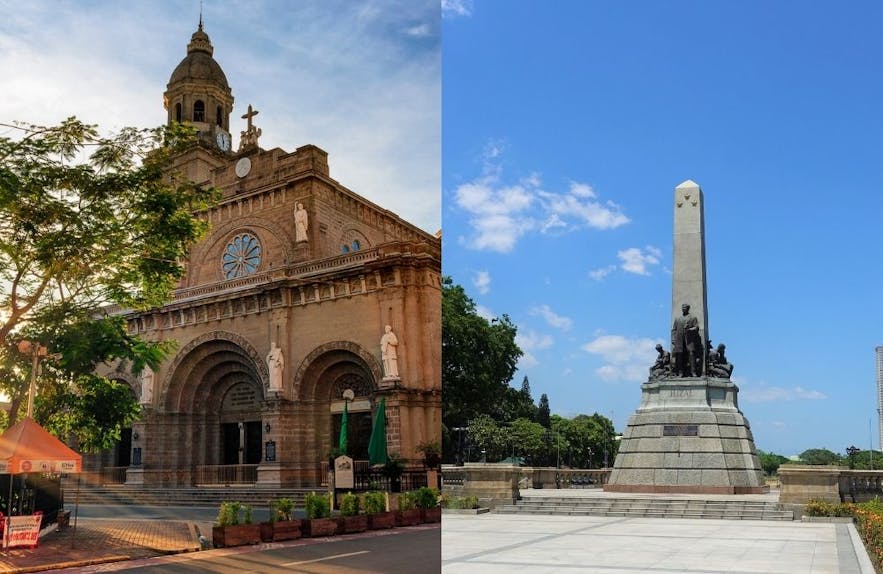
Discover Manila's lovely and vibrant city. Find out the best places to visit, the local delicacies you should try, and the different modes of transportation when visiting the metro.
The Philippines' capital city, Manila , is often the jump-off point to the country's incredible beaches, stunning islands, and unique natural wonders. However, there are many tourist spots to visit in Manila itself! It's a beautiful city full of surprises and amazing things to try.
See our popular Manila Tours & Activities
Manila intramuros historical express 90-minute tour in eco-friendly bamboo bike + optional upgrades, manila binondo shared walking food tour with guide, manila intramuros shared half-day walking tour with guide.
- Check out our article on Instagrammable cafes in Manila
For first-time visitors, Manila may seem overwhelming to explore. But it's quite manageable once you have a well-planned travel itinerary. You can also book a car rental in Manila if you want to explore at your own pace. Just make sure you have the requirements to rent a car in the Philippines .
- Find the best Manila hotels that you can book
- Book your flight ticket to Manila
You're bound to fall in love with Manila thanks to its interesting tourist spots, foodie destinations, and fun activities. Read on to find out the best things to do and places to see in the bustling capital of the Philippines and its neighboring cities:
1. Travel Back in Time at Intramuros
Intramuros , known as the "Walled City," is the oldest district and historic core of Manila. Intramuros tours are a must-try for history buffs because there are so many things to do in Intramuros .
This iconic Manila landmark is actually a walled area within the modern city. It was the seat of government and political power when the Philippines was still under Spanish rule.
Intramuros is Manila's only district where travelers can see complete architectural remnants of the Spanish Era. A day trip to Intramuros is enough for you to go sightseeing in this well-preserved historical attraction.
- Check out this San Agustin Church to Manila Cathedral tour
Wander along paved roads and visit historical monuments and sculptures. You can even join a bambike tour (you will explore via a bamboo bike), try riding a kalesa, or enjoy a horse-drawn carriage experience. Here are some of the must-visit attractions in Intramuros:

It's one of two significant squares in Intramuros. The plaza is regarded as the area's center of trade during the colonial past.
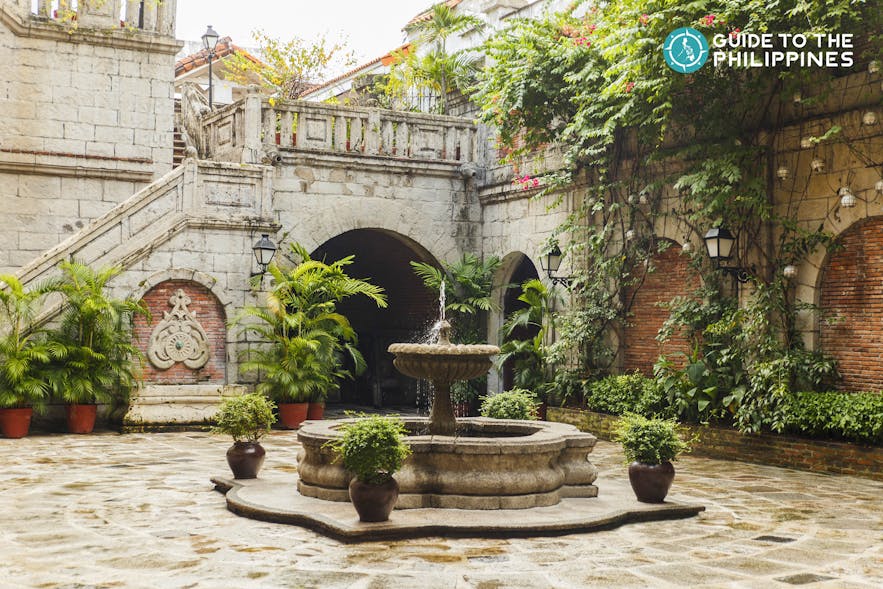
This building houses the Kaisa-Angelo King Heritage Center, a museum that documents the history, lives, and contributions of Chinese ethnicity in Philippine life and history.
See our popular Intramuros Tours
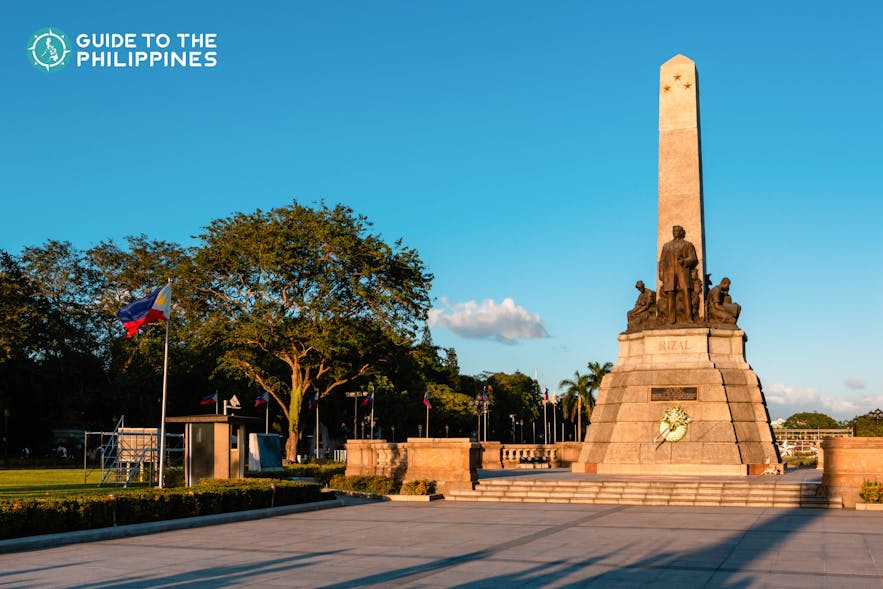
He was a doctor and novelist who was shot by firing squad at this site on December 30, 1896, on charges of fostering local rebellion against the Spanish government.
Rizal Park features monuments, squares and gardens, large stadiums, observatories, an open-air concert hall, sound and light theaters, shops, food kiosks, playgrounds, and many fountains.
The park is split into three areas, starting with the 16-hectare Agrifina Circle adjacent to Taft Avenue. It's where the Department of Tourism and the National Museum of Anthropology are situated.
Then there's the northeastern segment; followed by the 22-hectare park extending down to Roxas Boulevard. Lastly, the central section finishing at the southwestern part contains Burnham Green. Join a Rizal Park tour with Intramuros to get a full experience of this destination.
The National Museum of the Philippines has several sections included in National Museum trips: Art, Anthropology, Natural History, and the Planetarium.
All are within the same building complex and are home to permanent collections representing the various facets of art, culture, and history of the country. Joining a National Museum tour will take you around the best museums in the area.
The collection here contains both classical and contemporary Filipino paintings and sculptures. The famous paintings by the Philippine revolutionary artist Juan Luna, including The Spoliarium, are a must-see.
It features collections of artifacts of Anthropology and Archaeology. You can also have a look at the old Philippine script called "Baybayin," as well as a collection of cultural memories from native people throughout the nation.
This museum presents the rich biodiversity of the country, including Lolong's skeleton, which used to be the world's largest caught crocodile and placed in captivity. Another highlight is The Tree of Life, a glass elevator and a canopy-inspired roof.
It contains astronomic displays of celestial bodies and their real-life projections. They also offer displays, presentations, and demonstrations for travelers who would like to have a unique planetarium experience.
See our popular Museum Tours
Cebu city & lapu-lapu city top heritage attractions tour with transfers, baguio museum and arts tour with lunch & transfers, aklan calawag mountain resort & tibiao museum tour with lunch & transfers, 4. have a food trip at binondo .
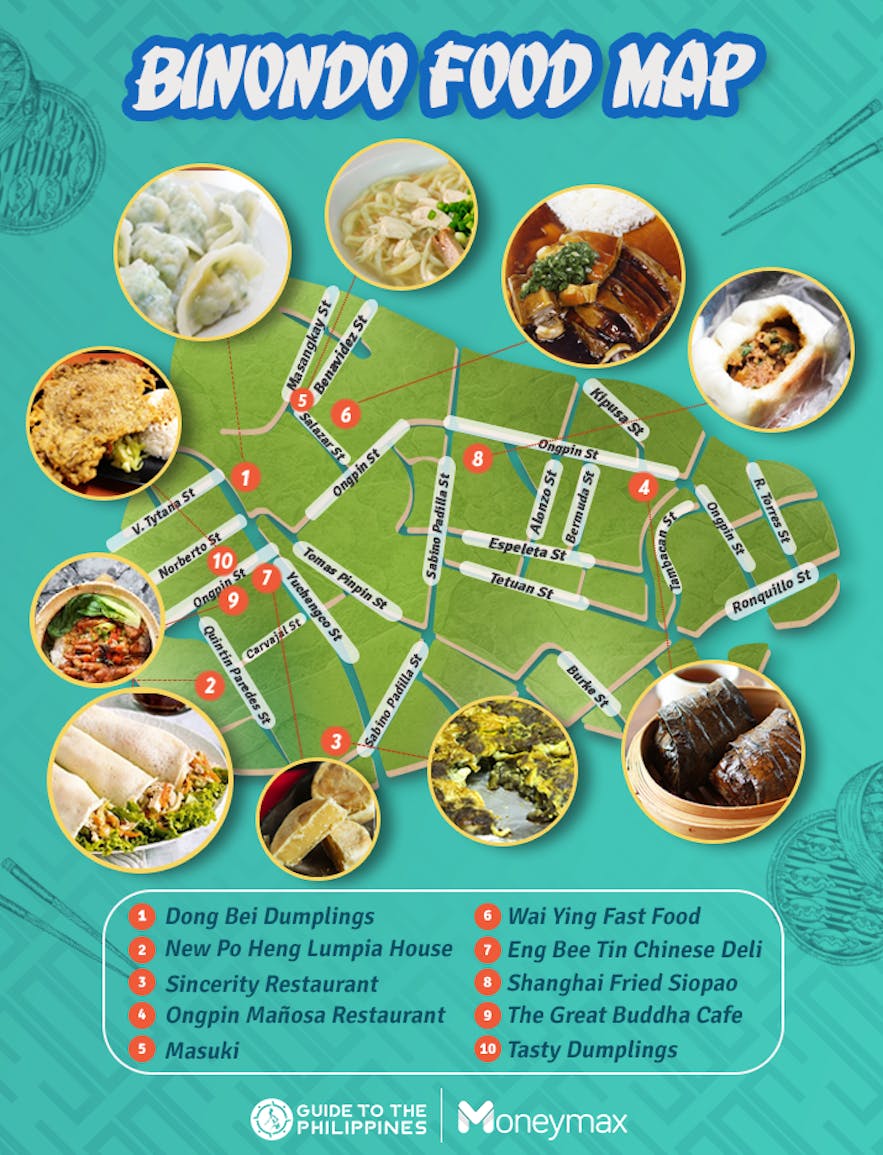
Binondo is a lively and historic Manila site. It was founded in 1594 and is considered to be the world's first Chinatown. Like the other Chinatowns, tours to Binondo restaurants are fun as the town is made up of tight and vibrant alleys with must-try foodie spots.
It is packed with hole-in-the-wall joints, traditional bakeries, and budget-friendly streetside shops. One of the best ways to see its beauty is by trying out a guided tour in Binondo .
See our popular Binondo Tours
Binondo church .
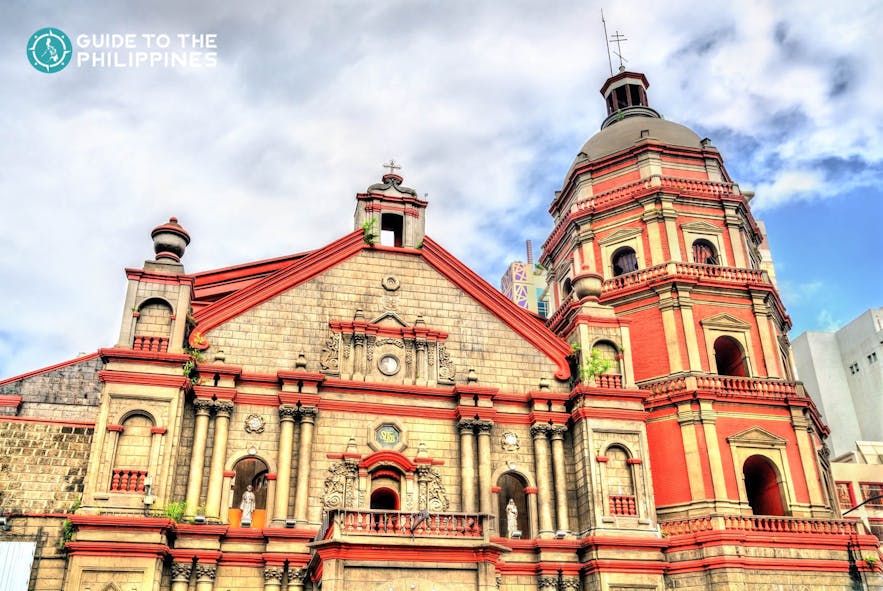
Mass generally takes place in English, Tagalog, and Chinese in this church. The church is also called the San Lorenzo Ruiz Basilica Minor.
Escolta
This used to house the stores of Chinese merchants during the galleon trade in Manila.
Food Trip
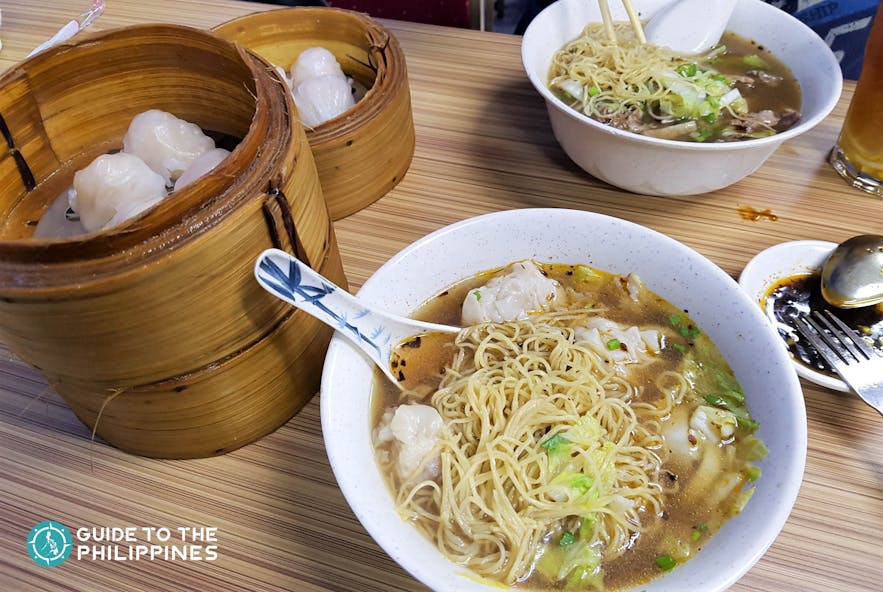
Shopping is one of the most enjoyable activities in Manila because of the multitude of malls here. Here are some of the best places to shop in the metro:
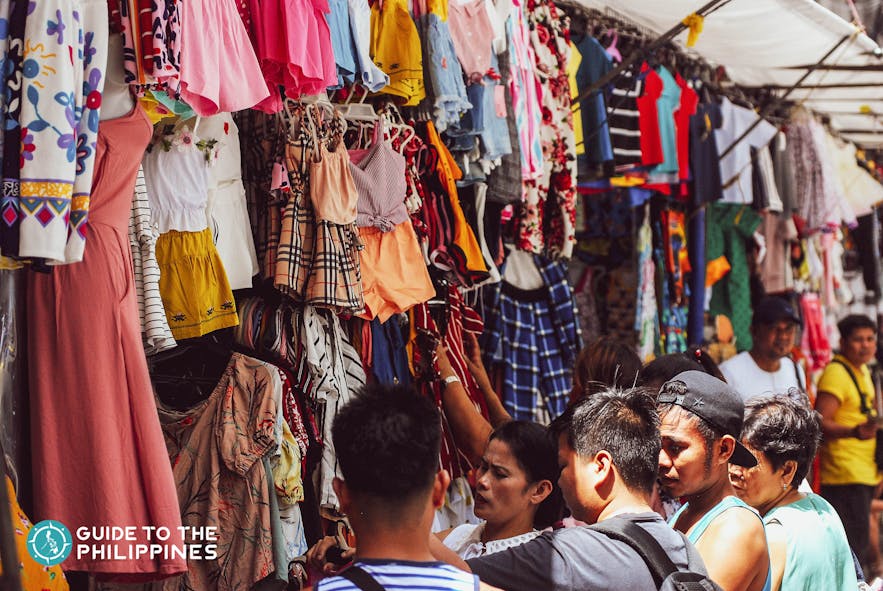
There are a lot of shops in Quiapo. For gadgets, you can go to Raon and Hidalgo Street. For arts and handicrafts, you can go to Palanca Street and Plaza Miranda. Go to Quinta Market and Carriedo Street for other necessities.
They have a big market. You can look through so many shops and stores. The stores have a variety of products, from very affordable to more costly.
It's a charming shopping mall and has a mix of thrift stalls and significant shops. There are also excellent restaurants around.
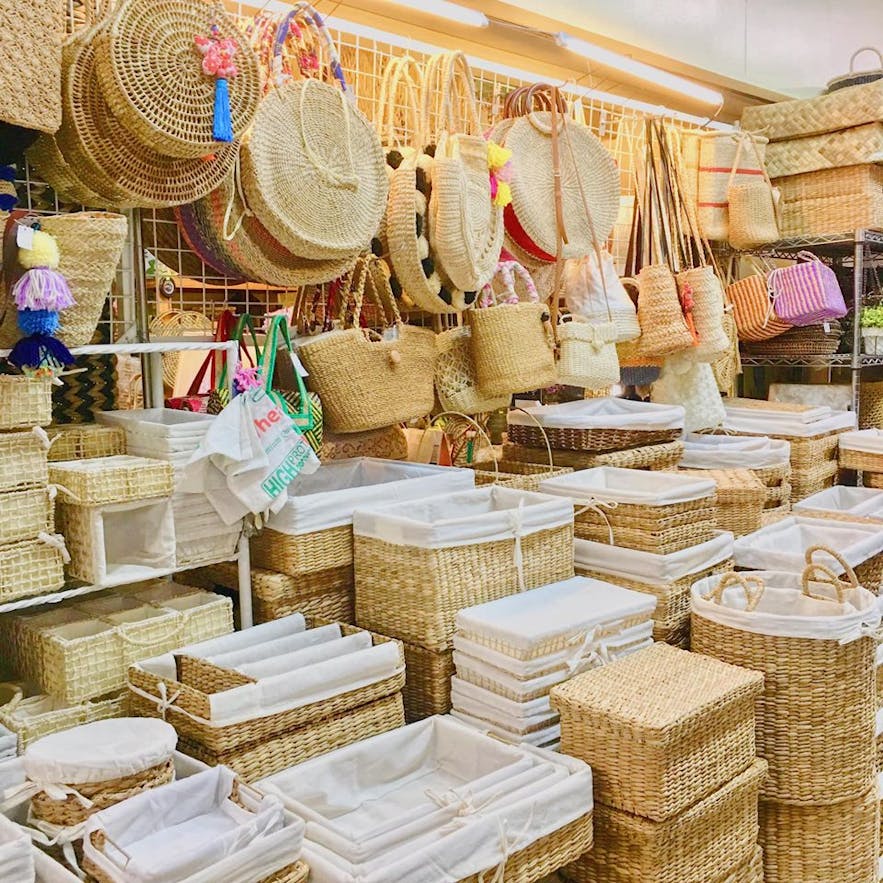
This place in Pasig City has it all, from indigenous cuisine and fashion to furniture, antiquities, arts and crafts. Tiendesitas has shops from over 450 merchants, most of whom offer specialty goods, mainly from Luzon, Visayas, and Mindanao.
SM Mall of Asia
SM Mall of Asia, or MOA, is particularly famous for both domestic and international visitors. It is the biggest shopping center in the Philippines and has several establishments. It's often part of a bargain shopping experience in Manila.
- Book a Gootopia 1-hour pass
- Make your own desserts with a Bakebe day pass
It's the third-largest shopping mall in the Philippines. Aside from their various stores in the different buildings, they have their own Mega Fashion Hall.
The establishment combines high-end boutiques, restaurants, shopping amenities, leisure areas, and entertainment halls.
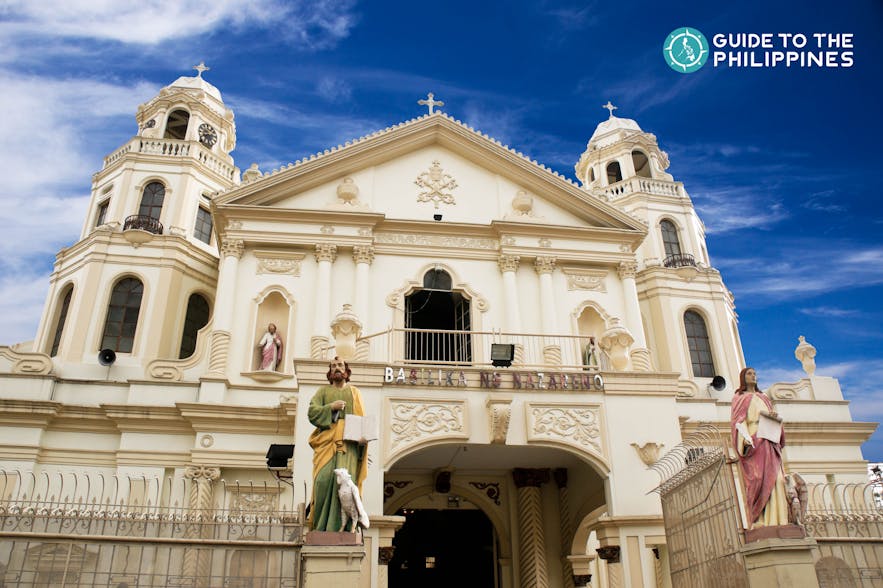
The façade of Quiapo Church, built in the baroque style, stands out from both sides with its rolling towers. A third of its column twists close to the foundation, while the bottom part has a soft surface.
The top of the four-story bell towers is adorned with balustrades and enormous scrolls. It’s a popular church included in most pilgrimage tours in the country.
In the early 1980s, a four-foil window in the center of the front of the church was screened, and a picture of the pope's crossed keys and tiara was substituted. Only the facade and the transept dome maintained the classic architecture with its latest refurbishment.
7. Hop-On Board the Unique Modes of Transport
There are distinctive transport modes that you can use to discover Manila . Jeepneys and tricycles are two of the most common transportation vehicles used by locals.

Inaugurated in March 2008, the park is famous for the Oceanarium, which has around 14,000 creatures belonging to around 277 different species native to the Philippines and Southeast Asia. A Manila Ocean Park ticket will allow you to see the Oceanarium and other park facilities.
The park is also highly informative and instructional, especially for sightseeing activities. If you want a hassle-free experience, you can book a 2-day Hotel H2O staycation package with a Manila Ocean Park day pass .
See our popular Philippine Zoos & Aquariums
Manila ocean park all-day pass with access to 8 attractions, cebu safari and adventure park private day tour with transfers, cebu safari and adventure park day pass with transfers.
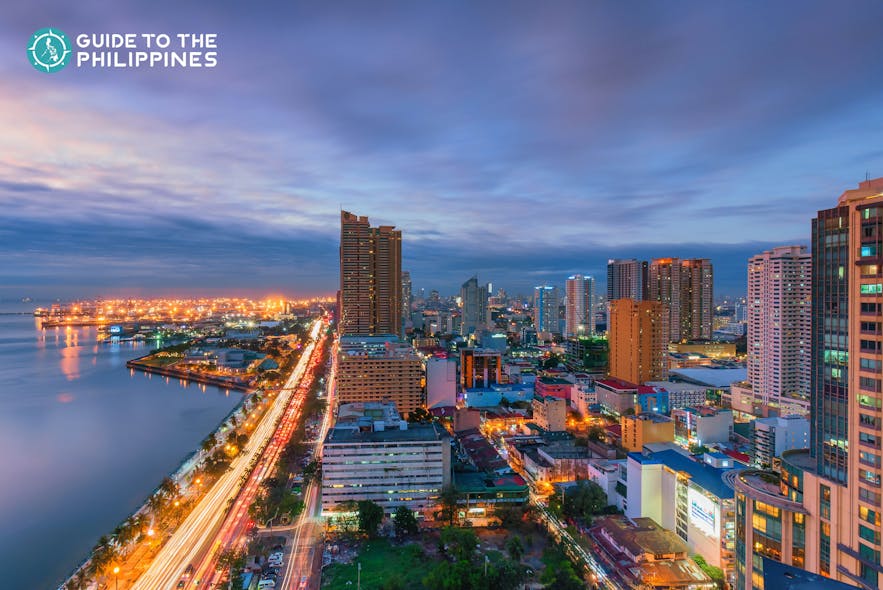
It has become famous for its country club, restaurants, eateries, commercial properties, parks, and gardens. It's also the location of the CCP Complex, Baywalk, Star City, and the BSP Money Museum.
The CCP Complex is an 88-hectare sport, cultural, and art playground. The National Theater, Folk Arts Theater, CCP Library and Archive, Philippine International Convention Center, and Manila Film Center can be found in the complex.
It's a promenade facing Manila Bay. The Baywalk is a two-kilometer path that starts at the US Embassy, and is close to Rizal Park and the Cultural Center of the Philippines, just past Manila Yacht Club.
The BSP Money Museum, located in central Bangko in the Philippines, shows the development of the Filipino economy and its past.
The displays are chronologically arranged from the Pre-Hispanic Period, Spanish, and Revolutionary Periods to the American, Japanese, and present-day Republic.
The museum is full of elegant barter coats, gold rocks, gold barter chains, old paper money, envelope bills, and silver banknotes.
See our popular Manila Vacation Packages
Family-friendly overnight lime resort manila staycation with buffet breakfast & dinner, fancy 3-day crimson hotel alabang package with daily breakfast & one-time dinner, enriching 10-day nature & heritage tour package to cebu, bacolod, negros & iloilo from manila, 10. marvel at the malacañang palace.
Malacañang Palace is the official building and principal department of the President of the Philippines. It's connected to Mendiola Street in San Miguel, Manila.
Malacañang includes many mansions and departments, primarily built in a neoclassical style. Among the many heritage trips in the country, visiting Malacañang Palace is one of the most recommended.
Originally built as a private household home, Malacañang has been transformed into a magnificent Spanish colonial home. It consists primarily of wooden buildings complete with courtyards and azoteas.
Visiting Malacañang Palace is a great opportunity to learn more about its contribution to the country’s history.
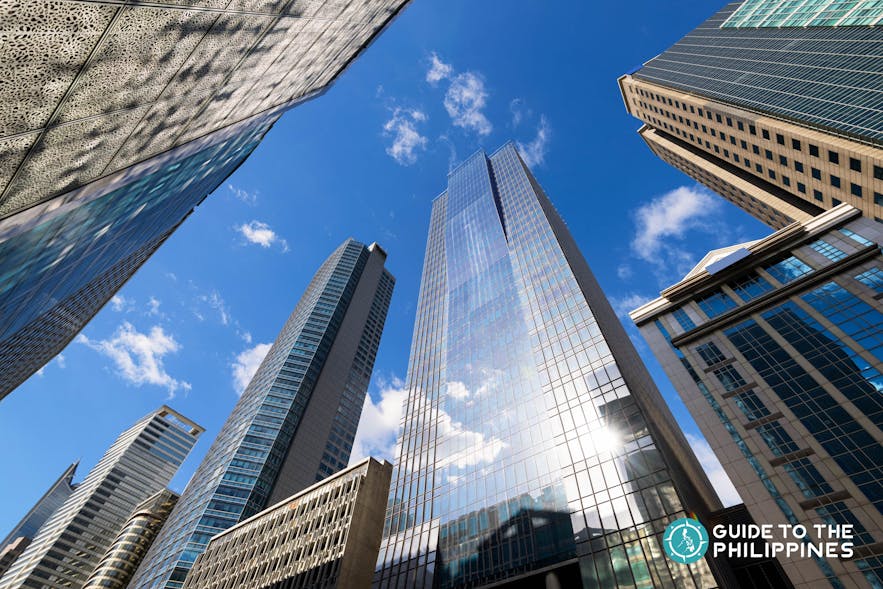
- Poblacion Makati rooftop hopping
- Poblacion Makati street party
- BGC game night
- Binondo Manila basic photography lessons
- Korean culture experience in Quezon City
There's much to learn from the remnants of the past and how it's incorporated into the present, which is why it's also great to join a Manila tour with modern and historical attractions . After all, the Philippines is a progressive country. Here are some of the modern cities of Manila you can visit during your trip:
In addition to being one of the significant financial, academic, and business institutions in all of Asia, it is the economic core of the Philippines.
- Enjoy a Sentro Spa massage in Manila
- Manila & Makati hop-on hop-off bus day pass
- Manila hop-on hop-off bus day pass
More known as BGC, it's a leisure district in Metro Manila. Besides the tall buildings, you'll also see high-end retail stores here. You can dine in world-class hotels and restaurants and be amused by several activities.
It's primarily considered to be a component of the University Belt, with several of Manila's leading colleges and universities nearby.
This, plus its closeness to primary forms of travel, provides Taft Avenue, the youthful atmosphere and accessibility it is known for.
Cubao Expo has housed aesthetic institutions, art galleries, thrift stores, and shoe shops for several years. One may lose oneself among vintage comics, knick-knacks, and unique finds in this place.
Cubao Expo also serves as a lifestyle center. Here you will discover a handful of options for lunch or dinner. The place also hosts events such as poetry reading, book sales, concerts, and different kinds of conventions.
Paco Park is a leisure and nature park that was constructed by Dominicans in the Spanish colonial era. It is on the main street of General Luna in Paco, Manila and the eastern part of Padre Faura Street.
During the reign of President Diosdado Macapagal, the reserve was transformed into a national park in 1966. Since then, the park has been progressively rebuilt and has been a government beach and community promenade.
14. Enjoy the Nightlife
Filipinos love to party! With their passion for singing and dancing coupled with excellent humor, you're bound to encounter some exciting and enjoyable events when visiting Manila's hot nightspots.
- Crimson Hotel Manila package
- Ascott Bonifacio Global City Manila package
- Ascott Makati package
- Somerset Millennium Makati package
- Somerset Central Salcedo Makati package
- Somerset Alabang Manila package
- Citadines Salcedo Makati package
- Citadines Bay City Manila package
- The Belamy House Makati Manila hotel package
- City Garden Hotel Makati package
There are various places throughout Manila, Makati , and Quezon City , where you can encounter all types of bars and restaurants to eat, drink, and chill at. Naturally, it's based on whether you want something lowkey or a full-on club scene. Here are some locations you should visit:
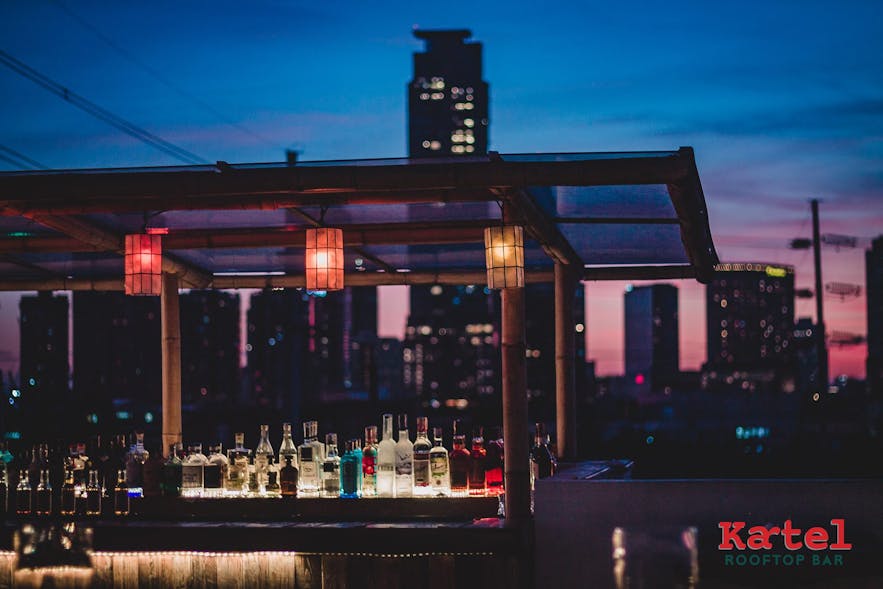
This is Makati's famous nightlife district, with a wide variety of beautiful hotels and bars to let individuals unwind from stress. Visiting this area is one of the fun activities in Makati .
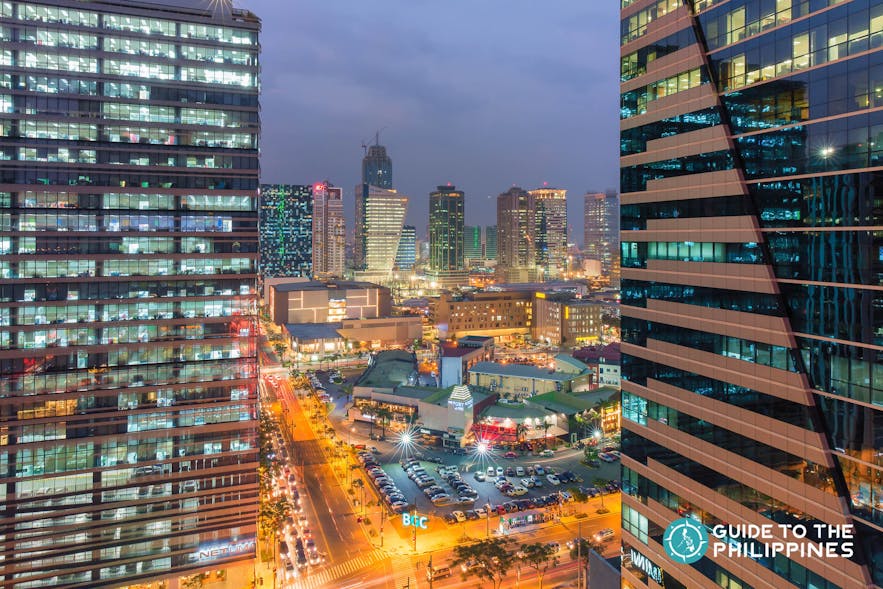
This is a famous place for amusement. There are many fine establishments and cafes along this street, including discotheques, karaoke joints, and comedy clubs.
One of the best things to do in Manila is to have a gastronomic adventure, and what better way try local cuisine than going on food trips ! Try street food such as the infamous balut.
- Read our article on the best buffets in Manila
There are also fish balls, kwek-kwek, kikiam, taho, and sorbetes that are generally marketed in tiny shops.
Try halo-halo, a famous Filipino dessert of shaved ice and evaporated milk, with several other components, for a delicious snack. Aside from Binondo, you can have a local food trip here:
Several local restaurants started on this 2.2-kilometer road as hole-in-the-wall food places before becoming increasingly popular due to locals loving the vibrant and trendy atmosphere.
This is the name of Makati's famous food trucks. They're affordable and found within area points in Makati. Local favorites are Sisig from Rada Street, Mang Lirio's from Palanca Street, and Bulalo and Pares from Esteban Street.
This is an area renowned for its charming and eclectic vibe. Kapitolyo has two primary roads. East Drive features cheaper, more inexpensive establishments, while West Drive offers more intimate date places and unique events.
16. Join the Weekend Markets
If you get excited about shopping for local products, an excellent activity is to join a city excursion at a weekend market in Manila !
Sample a combination of delicious meals and Philippine cuisine, observe local entrepreneurs selling products, and discover unique things visiting a weekend market, like those listed below:
This weekend market starts at 6 AM on Saturdays. There are delicacies from all over the world so that you can enjoy distinct global flavors as well as local culinary delights.
This market is available only at 7 AM on Sundays. What's unique about this market is its dry goods stalls. You can purchase many artsy items, from pictures to hand-crafted products.

This food night market is available during scheduled evenings in Makati, Pasig, Intramuros, and Rizal Park. You'll discover an enormous range of meals and snacks you can consume. Wash it down with your choice of drink.
Modern museums should be on your list if you're the type of traveler who wants to experience something new. It's a way for curators to present artwork in a different form. Here are some museum trips you can try in Manila:
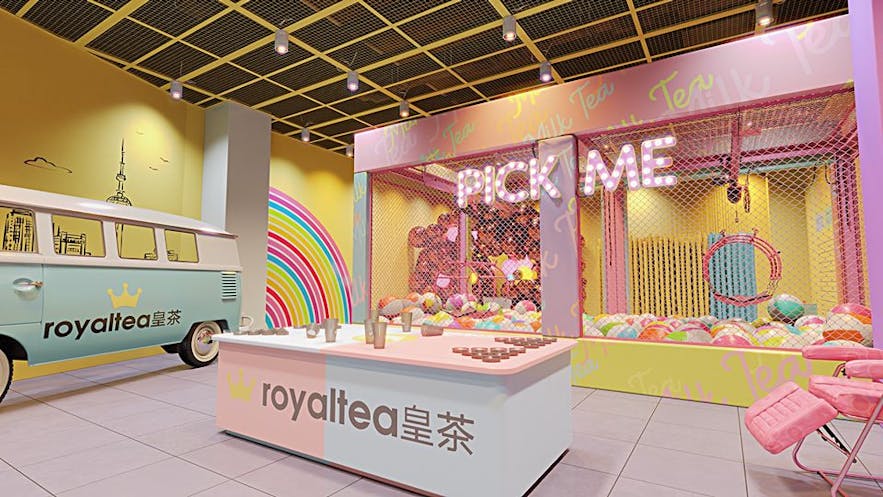
This is a great spot to see desserts, eat them, and take unique pictures as well. Buying an admission ticket to the Dessert Museum is worth it as it's different from other museums.
- Book a 2-hour Dessert Museum Ticket to 8 Themed Rooms & Complimentary Dessert
- See our other Philippine museum day passes

Art in Island, one of the world's largest animated 3D art museums, enables visitors to take beautiful photos with wall-to-floor sculptures. The employees can take your image as you give your best poses in each of the 12 areas.
If you like to take pictures in a unique manner, this museum will definitely surprise you. Discover creativity within yourself when you transform your pictures upside down.

The Philippines doesn't fall short of beautiful universities. These locations are not only home to academic institutions but are also notable Manila destinations.
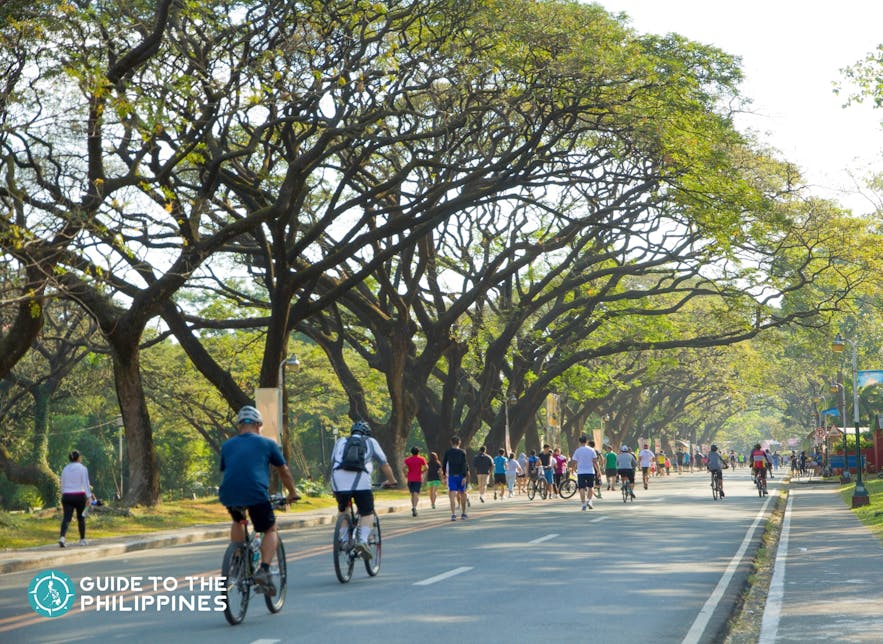
The University Academic Oval is a circular street lined with buildings with different architecture and shaded by a canopy of acacia trees. The University of the Philippines also has its own UP Cine Adarna next to the UP Theater and the UP Carillon tower.
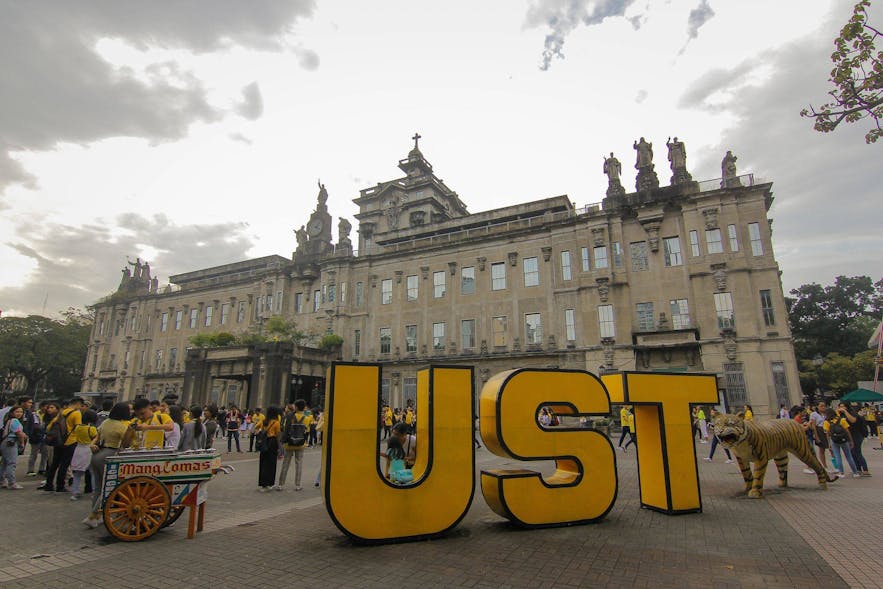
Known as one of Asia's oldest universities, UST has a wealthy heritage visible on its campus. There is even a magnificent museum full of memorabilia and pictures here.
After enjoying tours in Manila , you can venture out to nearby provinces. Whether you're a traveler wanting to discover more places beyond the metro or a local who wants to take some time off from the city, these are some great options:
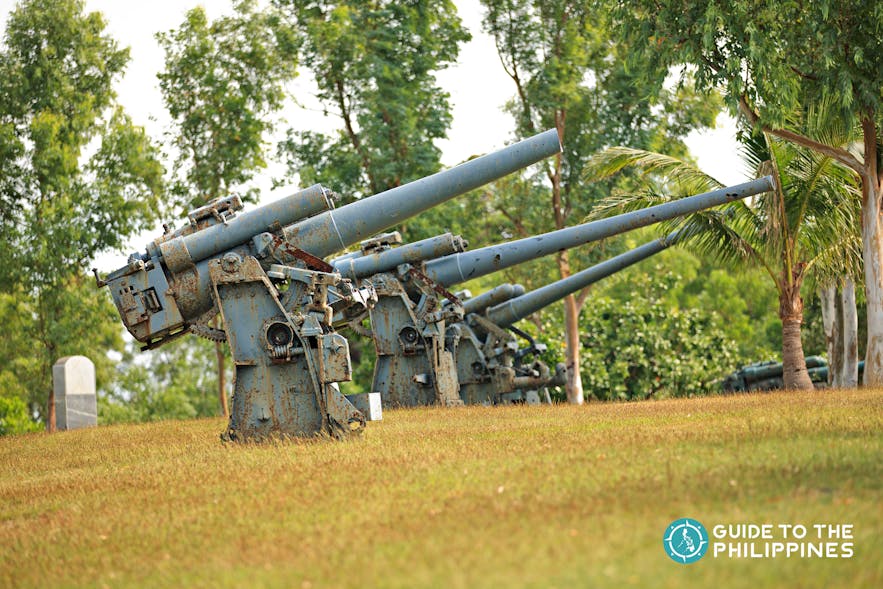
It's best to join a Corregidor experience to fully immerse yourself in this breathtaking piece of history.
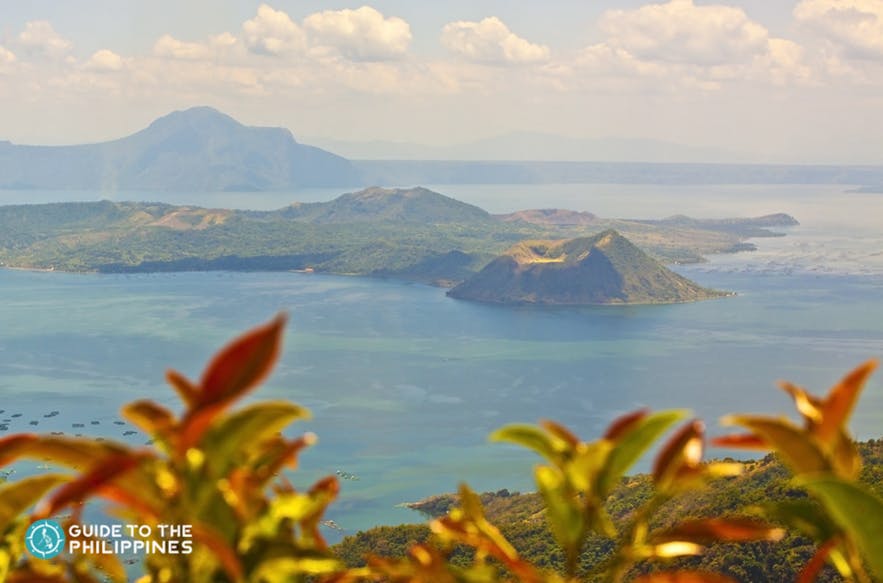
See our popular Tagaytay Tours and Activities
Tagaytay palace in the sky taal view & farms shared day tour with lunch & transfers from manila, tagaytay city sightseeing shared day tour with transfers from manila | picnic grove, twin lakes, coffee farm tour at amadeo cavite near manila & tagaytay with live brewing & tasting sampler.
This is the Philippines' third-largest lake. Taal Volcano, one of the smallest active volcanoes in the globe, is inside it. Make sure to enjoy and take photos of this fantastic destination.
Mt. Pinatubo
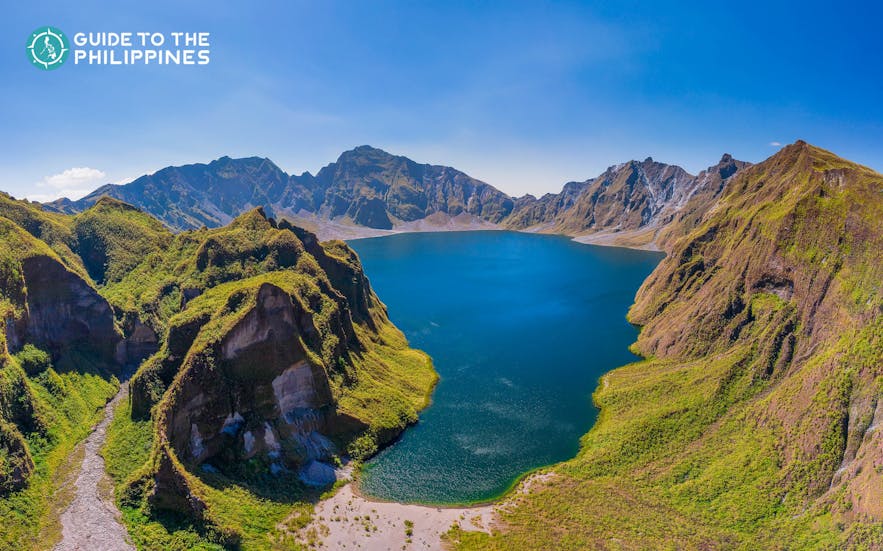
- 2-day Manila freediving advanced workshop
- 4-day Manila freediving Zero to Hero program
See our popular Mount Pinatubo Tours
Exciting 2-week history & adventure tour package to ilocos, mt. pinatubo, baguio & sagada, amazing 2-week heritage & scenic tour package to llocos, mt. pinatubo, baguio, sagada & bohol, exhilarating 10-day hiking adventure package to pampanga, cebu & baguio.
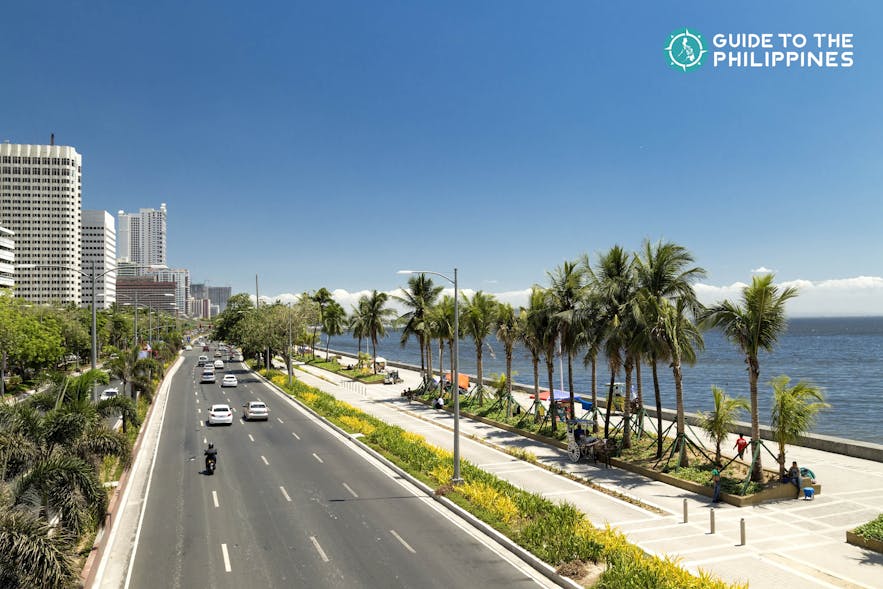
- Cebu to Manila flights
- Davao to Manila flights
- Tacloban to Manila flights
- Iloilo to Manila flights
- Bacolod to Manila flights
- Legazpi to Manila flights
- Boracay to Manila flights
- Bohol to Manila flights
It offers so many great things for both locals and internationals alike, such as sightseeing tours, food and culinary trips, museum-hopping excursions, biking trips, historical and heritage immersions, adventure and nature park visits, and hiking excursions.
Start planning your trip to Manila now! Explore Manila tours and activities that you can add to your itinerary for a complete and hassle-free travel experience.
Popular articles

Best Palawan Guide: Top Tours, Where to Stay, How to Get Around
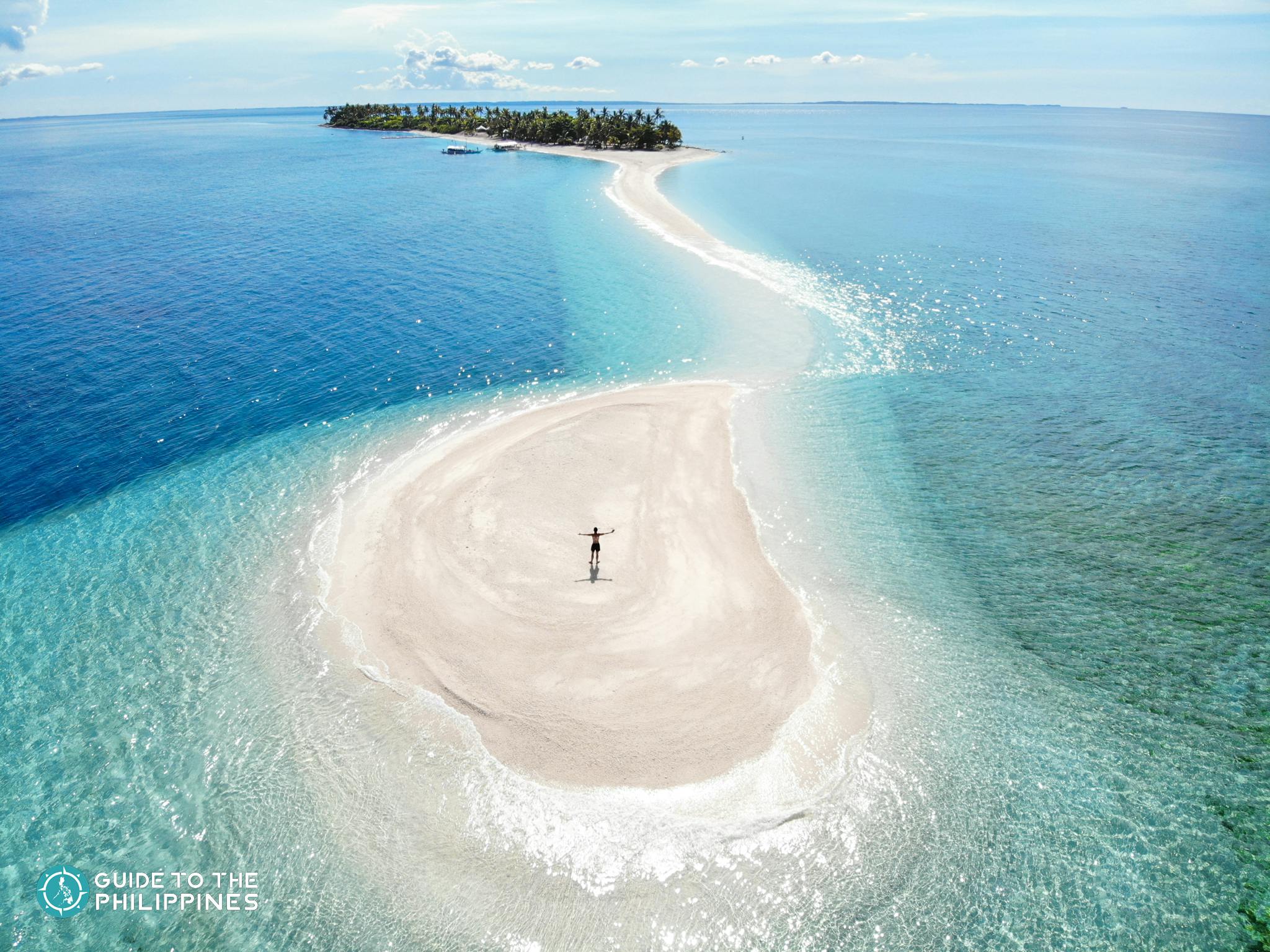
20 Most Beautiful Sandbars in the Philippines: White Sand, Longest, Vanishing
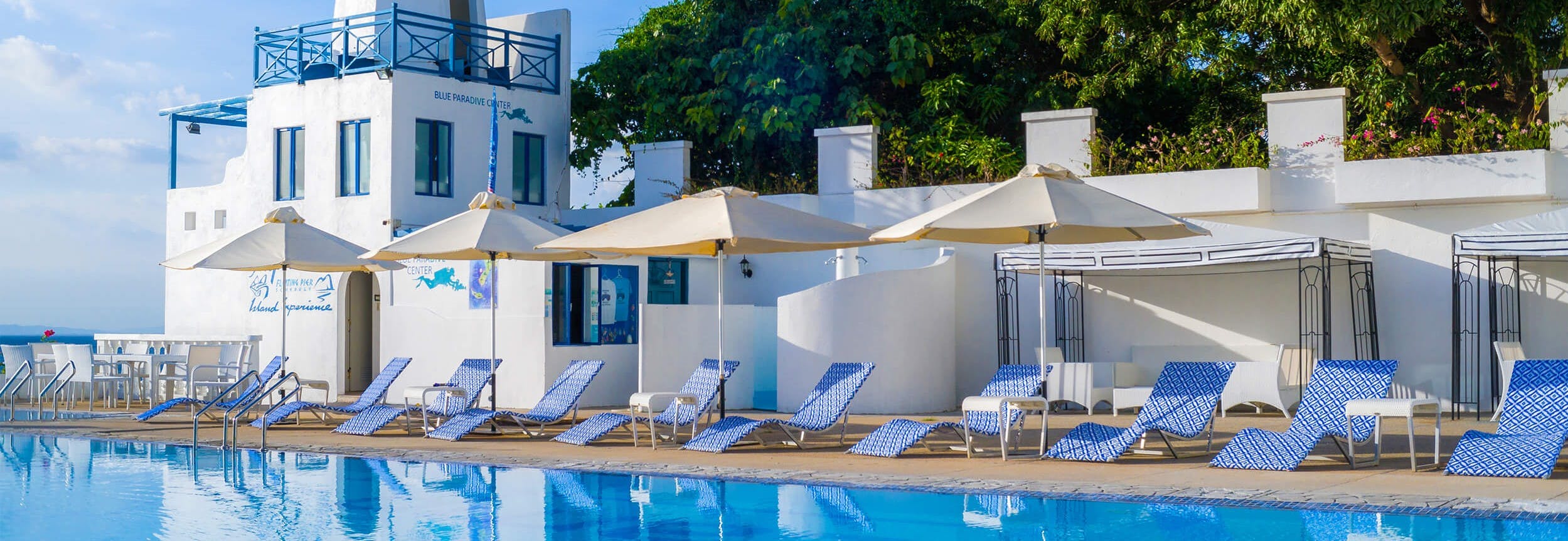
11 Best Santorini-Like Resorts in the Philippines: Near Manila, Cebu, Palawan, Vigan
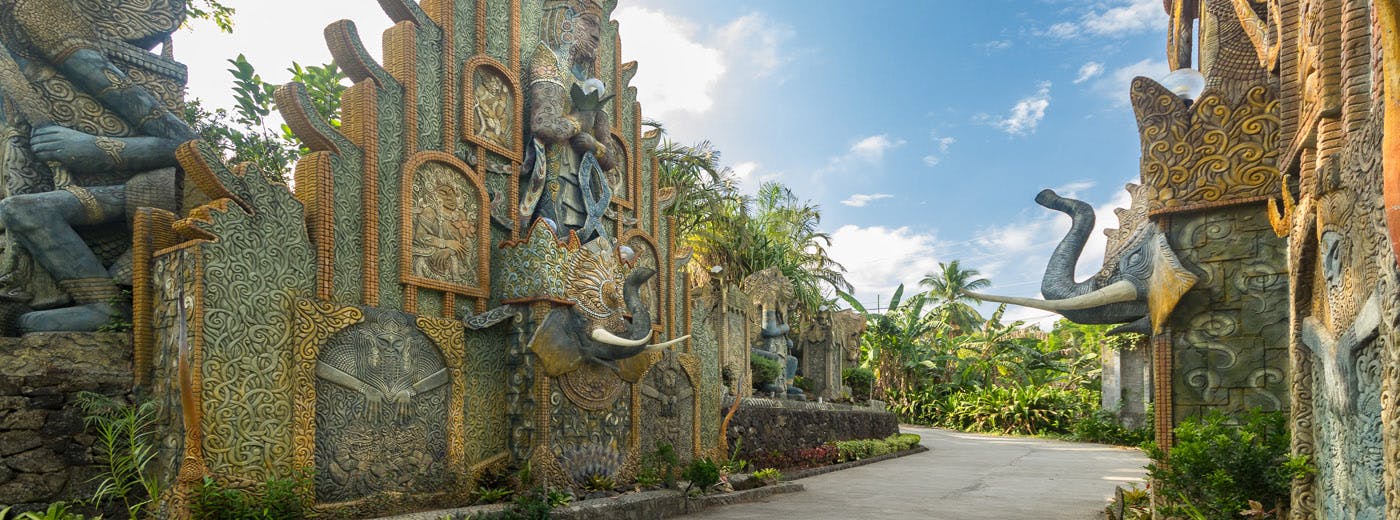
15 Best Tropical Bali-Like Resorts in the Philippines: Near Manila, Siargao, Cebu, Bohol
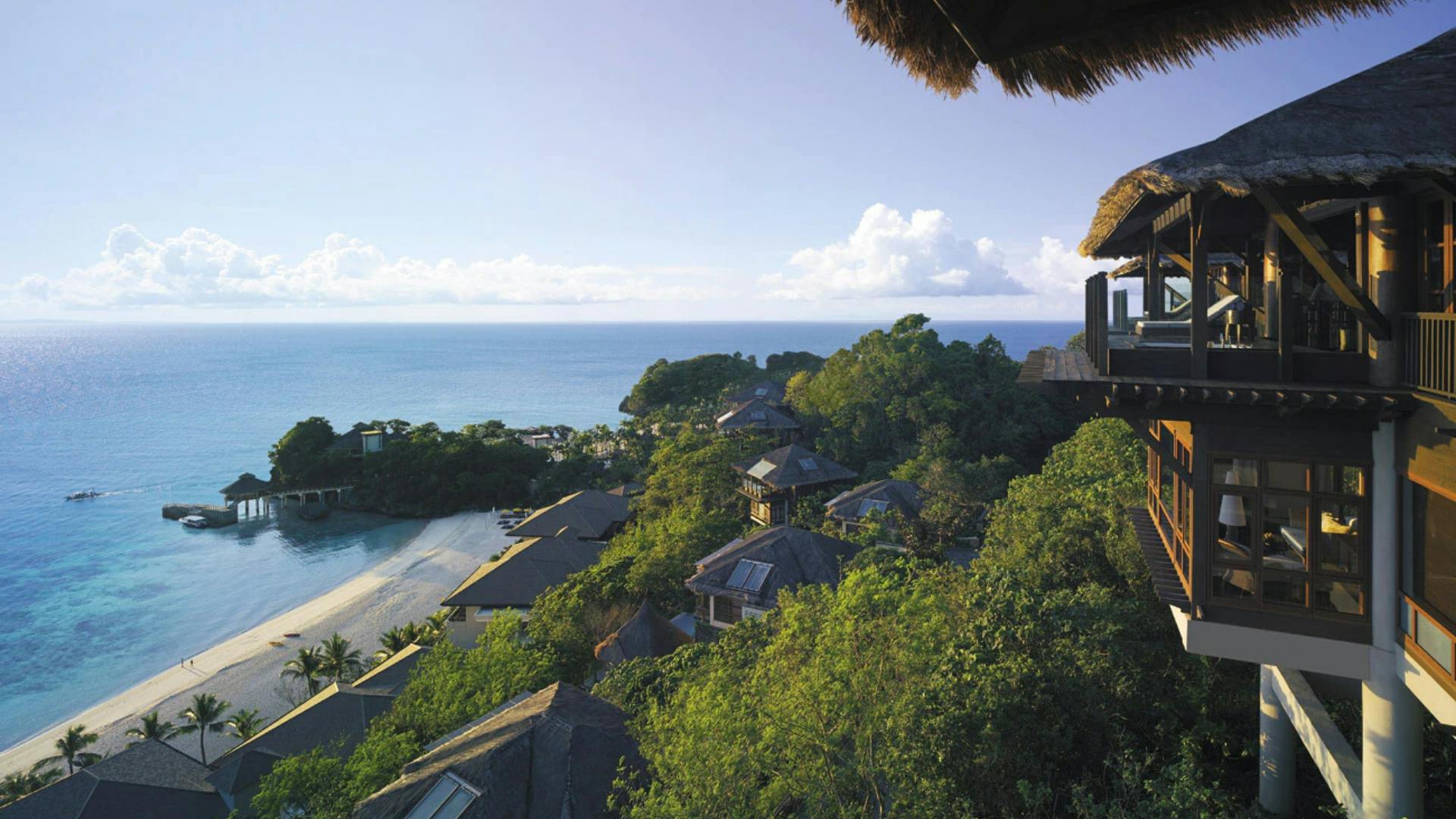
10 Best Treehouse Resorts in the Philippines for a Scenic Getaway at Mountains, Beaches & Rivers
Other interesting articles.
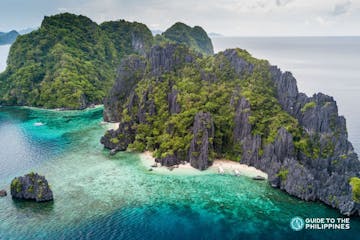
Best 2-Week Philippines Itinerary Guide: Visit Boracay, Palawan, Cebu and More!
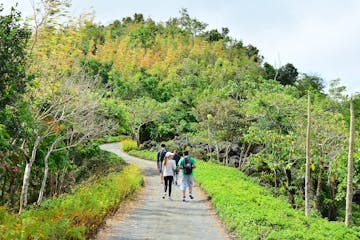
15 Best Rizal Province Tourist Spots: Nature & Adventure Parks, Mountains, Falls
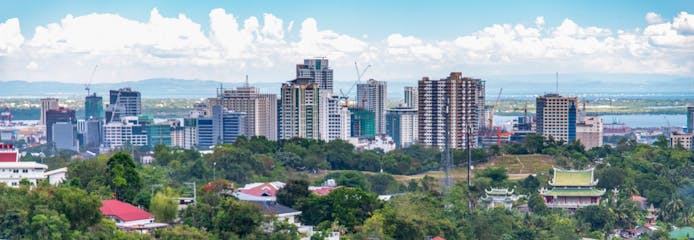
11 Cebu Halal Restaurants That You Should Visit

Download the Philippines’ biggest travel marketplace to your phone to manage your entire trip in one place
Scan this QR code with your phone camera and press the link that appears to add the Philippines’ biggest travel marketplace into your pocket. Enter your phone number or email address to receive an SMS or email with the download link.
Top things to do in the Philippines
Discover all the adventures you can experience in the Philippines
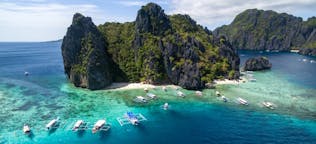
Philippines Tour Packages
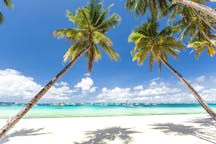
Boracay Island

Bohol Island
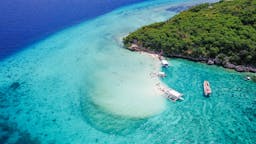
Cebu Island
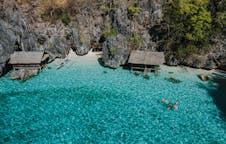
Coron Palawan
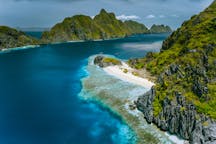
El Nido Palawan
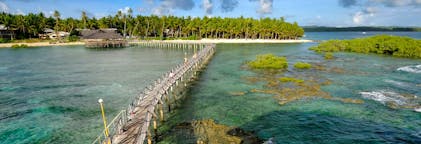
Siargao Island
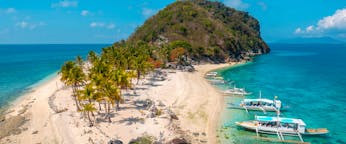
Iloilo City and Nearby

12 Top-Rated Tourist Attractions & Things to Do in Manila
Written by Anietra Hamper Updated Dec 23, 2023 We may earn a commission from affiliate links ( )
Author Anietra Hamper has traveled throughout Manila and the Philippines experiencing many of the top attractions and things to do off the beaten path.
The busy city of Manila, the capital of the Philippines , is an exciting and energetic metropolis. Hop on board any of the colorful and kitschy jeepneys to get around town. The iconic buses that usually pack in more people than they can hold are the main form of transportation and worth at least one ride during your visit, just for the experience.
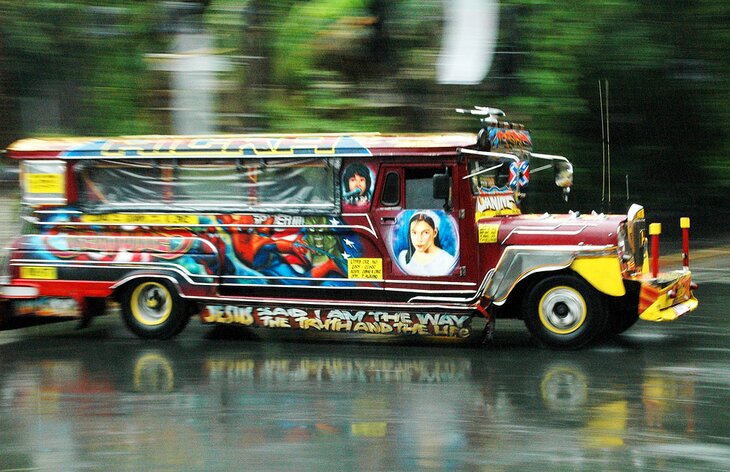
Manila has an eclectic mix of modern attractions and rich history , as evidenced by the many cathedrals and tributes to the city's 16th-century establishment alongside modern-day malls and amenities.
Some of the best places to visit in Manila are the churches, monuments, and impeccably landscaped public parks. Manila is full of restaurants that serve up local fare, including fresh seafood.
The city is a regular target for typhoons, so the best time to visit the Philippines is outside of the rainy season, which is May through November.
For other sightseeing ideas, read our list of the top attractions and things to do in Manila.
1. Experience Manila's Oldest Section in Intramuros
2. dive deep at manila ocean park, 3. san agustin church and museum, 4. stroll through rizal park, 5. walk the grounds at fort santiago, 6. admire quiapo church and public square, 7. view the skyline from manila bay, 8. discover filipino history at the national museum of the philippines, 9. robinsons place mall, 10. tour manila on bambike ecotours, 11. shop for bargains at divisoria market, 12. spend a day at the sm city manila super mall, where to stay for sightseeing in manila, map of tourist attractions & things to do in manila, manila, philippines - climate chart.
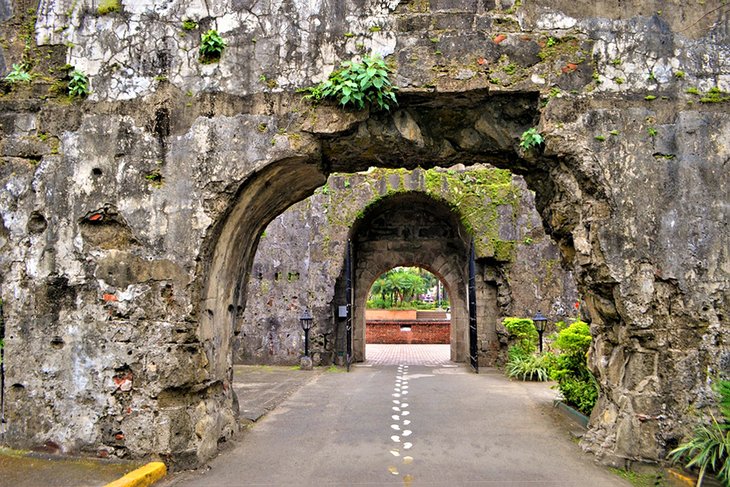
You will likely pass through the Intramuros whether you know it or not as you explore Manila. It is the oldest section of the city and characterized by its walled fortress. This section of Manila was once a walled city during Spanish Colonial times in the 1500s to the 1800s.
Walk around inside the three-mile-long stone wall that surrounds the district. While you can walk the grounds on your own, you might want to take a guided walking tour to learn more about the walled city and its significance to Manila.
Address: Bonifacio Drive & Padre Burgos Street, Manila, Luzon
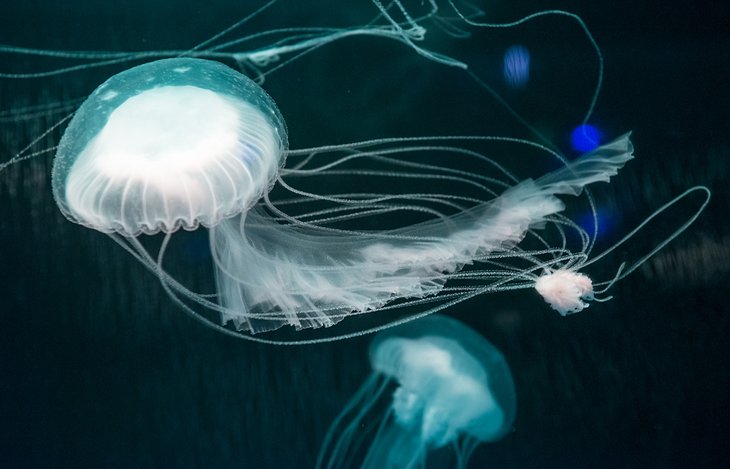
The Manila Ocean Park is one of the most unique adventures in the city and one of the top things to do for families visiting Manila. Get interactive with marine life with the Sharks and Rays Encounter; Trails to Antarctica exhibit; or the fish spa, where fish clean your feet in a small pool of water.
The park easily fills several hours depending on how many encounters you try. In addition to the state-of-the-art aquatic facility, you will see exhibits of birds and other animals.
The Manila Ocean Park is billed as a marine theme park . Besides the educational aquatic attractions, there is shopping, dining, and HOTEL H20 , where you can sleep surrounded by an aquarium.
Address: Manila Ocean Park Luneta, Manila
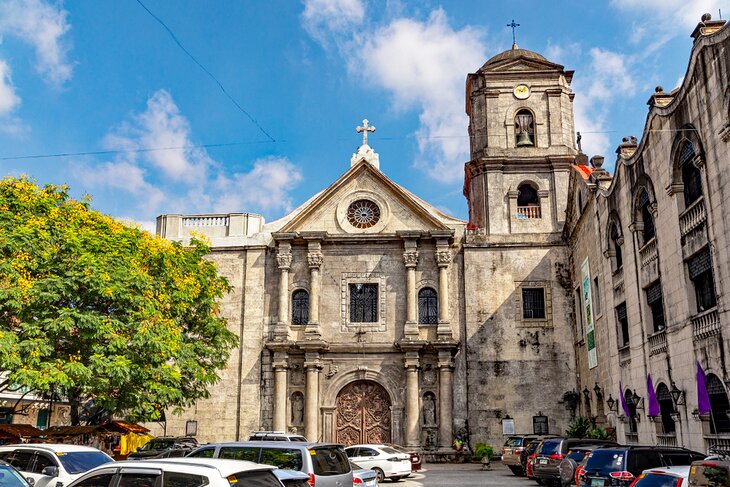
As a designated UNESCO World Heritage site , the San Agustin Church is a national treasure and one of the most popular places to visit in the Philippines .
This Catholic church has a unique history that is reflected in the details of the building. If you look closely, you will see both Chinese and Spanish influences in the design. The church has been rebuilt several times after battles and natural disasters.
Pay close attention to the carvings on the large wooden doors that open to the chapel. If you have an interest in history or architecture, it would be worth your time to hire a local guide who can take you on a walking tour of the area and describe intricate details of the church that you may not notice on your own.
Address: Gen Luna & Real Streets, Intramuros, Manila, Luzon 1002
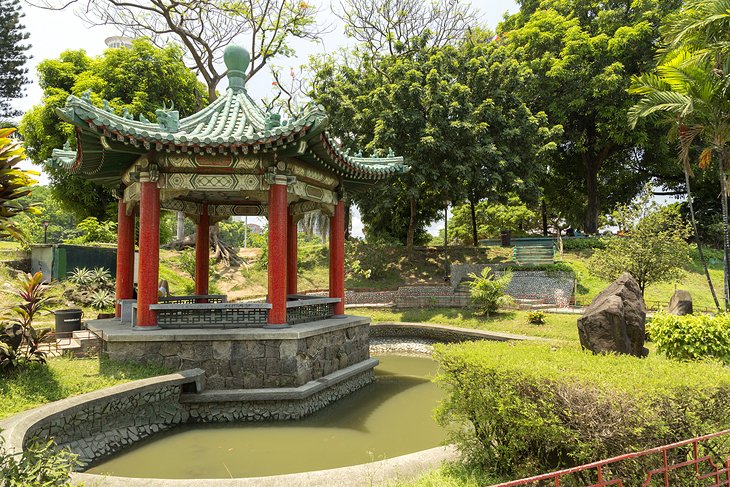
One of your first stops in Manila should be Rizal Park. Sometimes referred to as Luneta Park , this is a peaceful and manicured outdoor garden located in the heart of the city. The park is a social gathering place in Manila known for its open-air concerts and chess plaza .
The paved pathways through the park guide you through a lush landscape of blooming flowers, ponds, and more than 40 points of interest that range from statues to historical dedications. Of note is the century-old Monument of Rizal , which houses the remains of one of the Philippines' most celebrated heroes, Dr. Jose Rizal.
Be sure to stroll through the park to learn about the local flora and fauna. Keep your eyes open for the Narra tree, the national tree of the Philippines, and the small lake with an artistically raised archipelago structure in the middle.
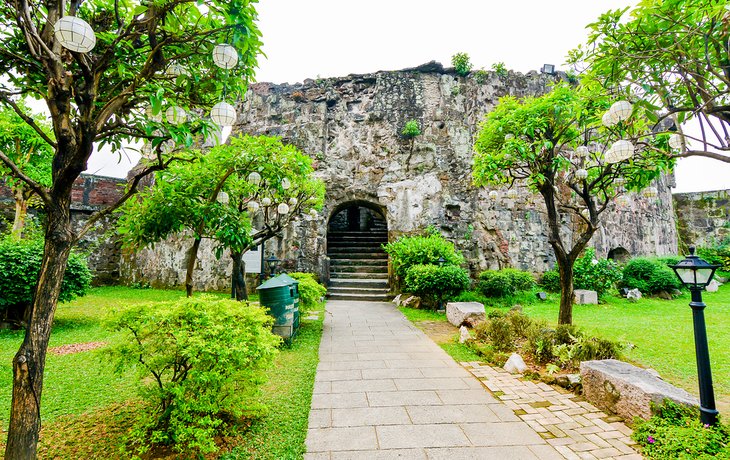
The site of Fort Santiago is an impressive stop if you are visiting the city and it is one of the most important historical sites in Manila . This 16th-century fortress was key in protecting the Intramuros, which is the oldest district in Manila, known historically as the Walled City.
You can explore the grounds at a leisurely pace. Be sure to take note of bullet markings that are still visible in the fortress walls and stop by the visitor center for more detailed information about the fort.
Address: Gen Luna Street, Intramuros, Manila, Luzon
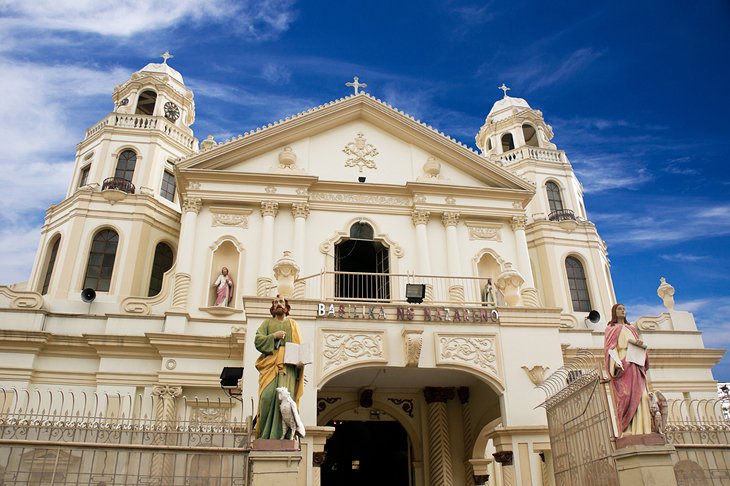
The Quiapo Church is one of the oldest and most admired Catholic churches in Manila. The more formal name of the church is the Minor Basilica of the Black Nazarene .
Depending on the time of day, the plaza surrounding the century-old church can be quite congested, which makes it an interesting place to visit to admire the devotion of the Filipino people.
Fridays are the busiest days, when thousands of people pile into the square and pray at the church for novena. Despite the large gatherings of church devotees, this is one of the top attractions in the city.
Take time to see the inside of the church, and stroll through the market stands outside to buy fresh peanuts, mangoes, or necklaces from local vendors.
Address: Plaza Miranda & Quezon Blvd., Quiapo, Manila, Luzon
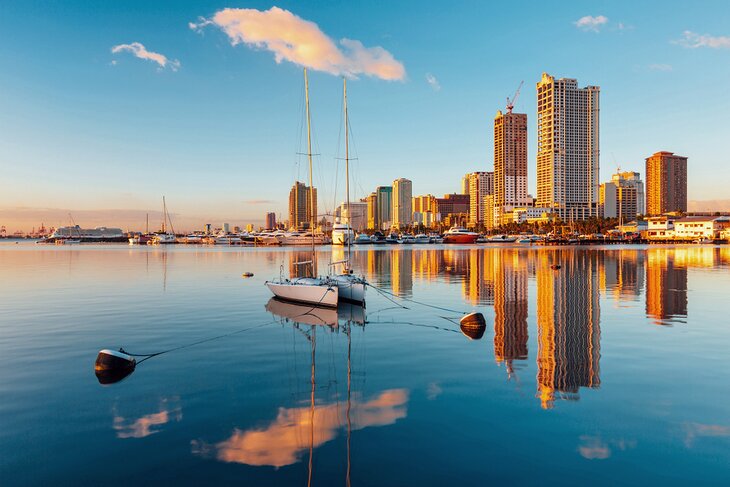
Strolling along the Manila Bay waterfront is one of the most enjoyable and scenic things to do in the city, and it does not cost anything to enjoy. The natural harbor is always bustling with activity. Take a walk along the Manila Baywalk at sunset for a great view of the city skyline.
The bayfront is accented by yachts and smaller boats anchored in the harbor, and open-air cafés where you can stop for a bite to eat. The bay front is also a popular place for locals taking in a morning jog.
Another relaxing way to enjoy Manila Bay is to book a sunset dinner cruise that will take you past local landmarks and includes dinner and live entertainment for an evening.
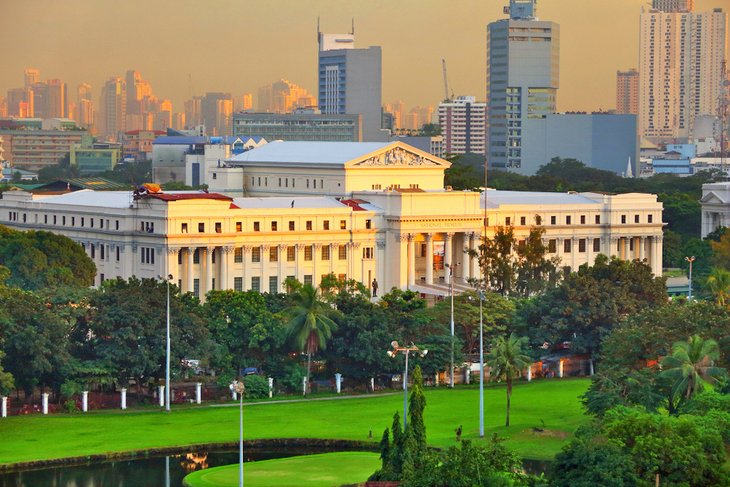
For a true exploration into the culture of the country, the National Museum of the Philippines is one of the best places to visit.
This museum has four main complexes including extensive collections and artifacts relating to art, archaeology, anthropology, zoology, biology, and natural history. The museum galleries help offer a sense of place, telling the cultural story beyond what you will find on your own visiting the city's many historical attractions.
Address: Padre Burgos Street, Manila, Luzon 2004
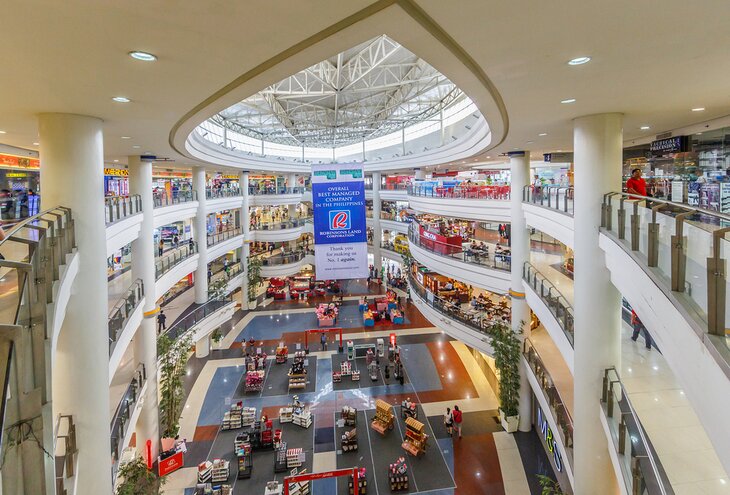
While a mall might not be on the top of your list for exploring the culture of Manila, Robinsons Place Mall has a surprising number of unique stores where you can find local items . While locals shop here, it's also a popular spot for tourists.
Be on the lookout for clothing, cosmetics, bags, and food that are unique to the Philippines. The mall is extensive, so plan time to walk the interior and explore the stores.
The mall's modern building is a stark contrast to the rustic and historic landmarks that surround it.
Address: Pedro Gil Corner Adriatico Street, Manila, Luzon
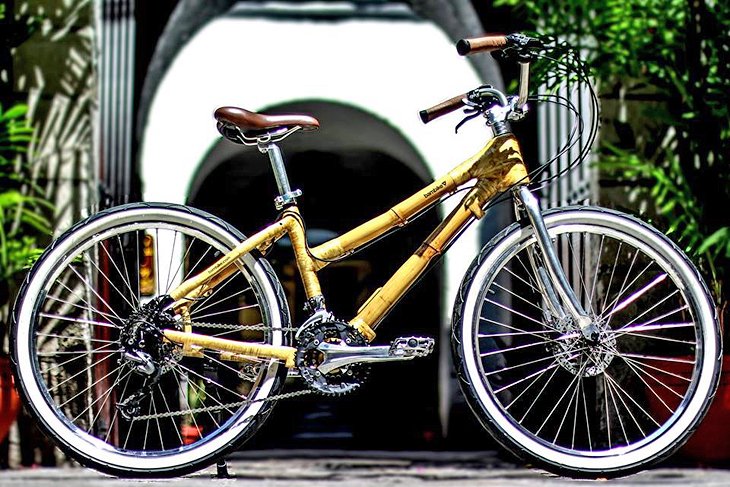
Manila is a pedestrian-friendly city , but if you want to explore the culture and history more efficiently, consider the Intramuros Bamboo Bicycle Ecotours .
These tours provide a unique, eco-friendly way to see urban Manila. By taking an ecotour, you are also supporting environmental sustainability efforts of local businesses.
Bambikes are locally hand-made bicycles custom-built from bamboo. The company has a social welfare initiative that employs villagers for the production of the bikes.
Address: Real Street, corner General Luna Street, Intramuros, Manila
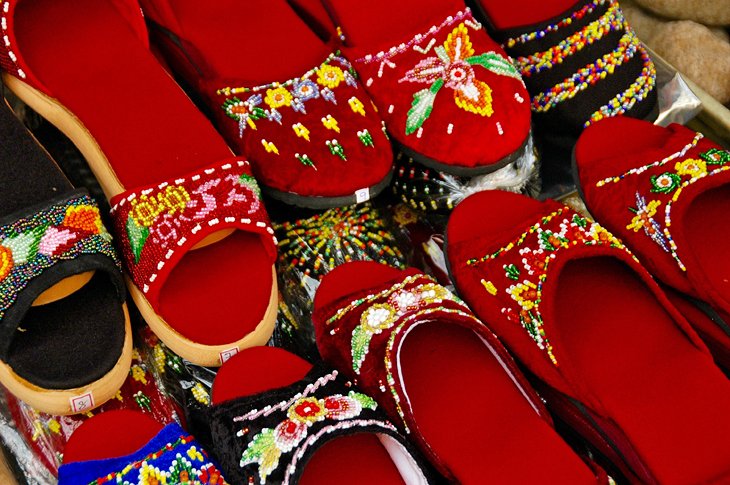
If you are in the mood to shop for a bargain, head to the lively Divisoria Market in Manila. It is located in the heart of Chinatown, where you will discover overflowing vendor stalls selling everything from fruit and spices to flip-flops and beads.
This is the best place to people-watch and take in the local flavor. The bustling atmosphere is like a flea market, and bargaining is the name of the game. You should only pay about 50 percent of the price of an item, and often you can get souvenirs for much lower.
Address: Claro M. Recto Avenue, Divisoria, Manila, Luzon
There's no shortage of places to shop in Manila, so if you want to fill your suitcase with treasures, plan a half day or full day at the SM City Manila Super Mall . It is like one-stop shopping for something to do in the city because the huge complex has retail stores, restaurants, and entertainment.
The SM City Manila is easy to spot. It has a mega globe structure on the grounds, which makes for a great selfie spot. This retail complex is popular with the locals, so it can get quite crowded.
If you are looking for more unique souvenirs, you might want to hit the smaller local markets but if you are after mainstream items, you are sure to find them at the super mall.
Manila hotels are quite affordable, even the high-end hotels. You will have no problem finding something in your budget on any side of town.
Luxury Hotels:
- One of the top luxury hotels in Manila is the Sheraton Manila Bay , which even provides all guests with butler service. It is a preferred choice for business travelers, but if you want a little extra pampering during your visit, the hotel offers top-of-the-line amenities.
- The luxury New Coast Hotel Manila sits on Manila Bay , so you have some of the best views in the city, and it is centrally located for easy walking downtown and to local restaurants.
Mid-Range Hotels :
- One of the most unique lodging experiences in Manila is Hotel H20 located at the Manila Ocean Park. Go to sleep in an aquarium-walled room and wake up next to marine life.
- The historic Manila Hotel is another mid-range lodging situated on Manila Bay close to many of Manila's attractions.
Budget Hotels :
- The affordable Red Planet Manila Binondo is highly rated and located close to Chinatown in Manila. The hotel is just a few blocks from several historic churches and the Divisoria Market .
- For a centrally located budget hotel the Ramada by Wyndham Manila Central is a good option. The Ramada is located close to many of the cultural sites and local transportation access points.
More Related Articles on PlanetWare.com
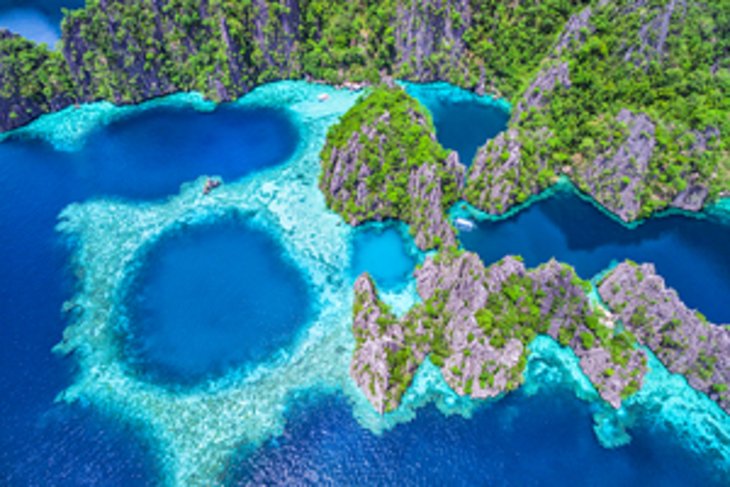
More of the Philippines: Manila is just one of the many great places to visit in the Philippines . There are so many additional side trips that you can add to your itinerary, from stunning beaches to other islands in the archipelago. Traveling throughout the Philippines is easy, so you can play it by ear as you review some of the top things to do in the country, from diving to exploring natural attractions like the Chocolate Hills on the island of Bohol.


Complete Guide to Manila, Philippines: The Best Things To Do
- Facebook 60
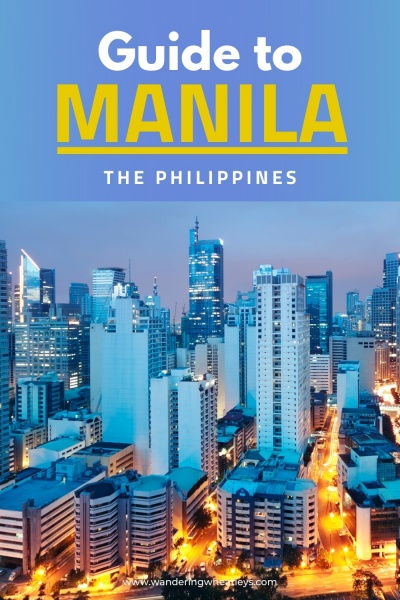
Most people visiting the Philippines fly into and out of Manila but spend very little time actually exploring this large, diverse, and thriving metropolis. And while there isn’t an abundance of touristy sites to see, the city is packed with delicious restaurants, lively bars, and world-class shopping.
It’s worth spending at least a few days in this bustling city before heading to the other islands (like Palawan , Cebu , & Siquijor ) for your relaxing beach vacation.
Check our list of the top things to do in Manila, as well as where to eat, where to stay, and where to drink. Enjoy!
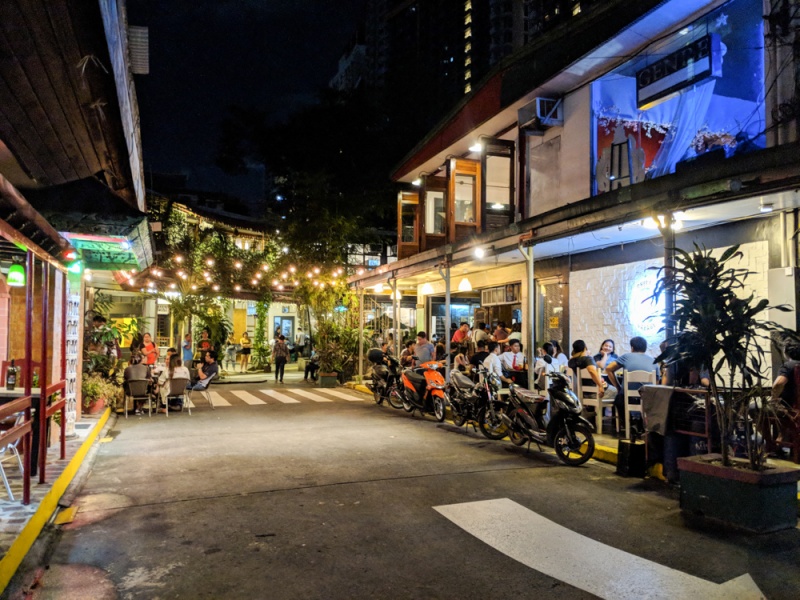
Disclaimer: This post may contain affiliate links. If you make a purchase or booking through one of our links we may earn a small commission (don’t worry, it’s at no extra cost to you).
The Top 10 Things to Do in Manila, Philippines
1. explore the “walled city”.
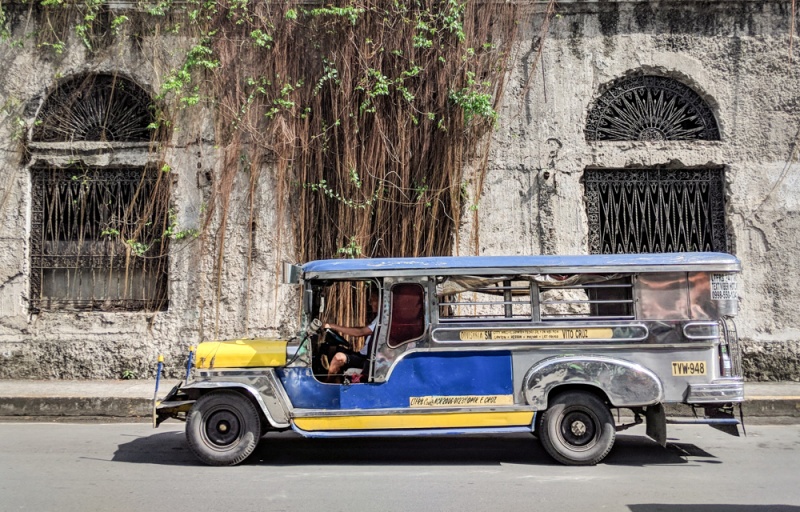
The Intramuros neighborhood also called the “Walled City”, is the most photogenic part of Manila. The defensive walls were constructed by the Spanish colonizers in the late 16th century to protect from invasion and it was guarded by Fort Santiago . The area was destroyed by the Battle of Manila in 1945 and in more recent years, the government has worked to rebuild and preserve the remaining landmarks.
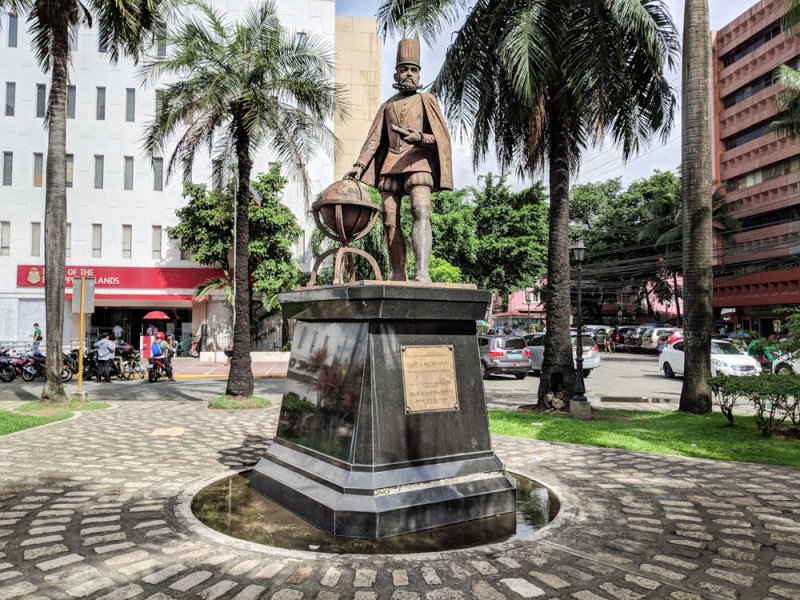
You can hire a tricycle driver and get a 30-minute tour and history lesson of the area. Highlights of Intramuros beyond Fort Santiago include the San Augustin Church , the Baluarte de San Diego, and the statue of King Philip II of Spain (the namesake of the Philippines).
2. Lounge in Rizal Park
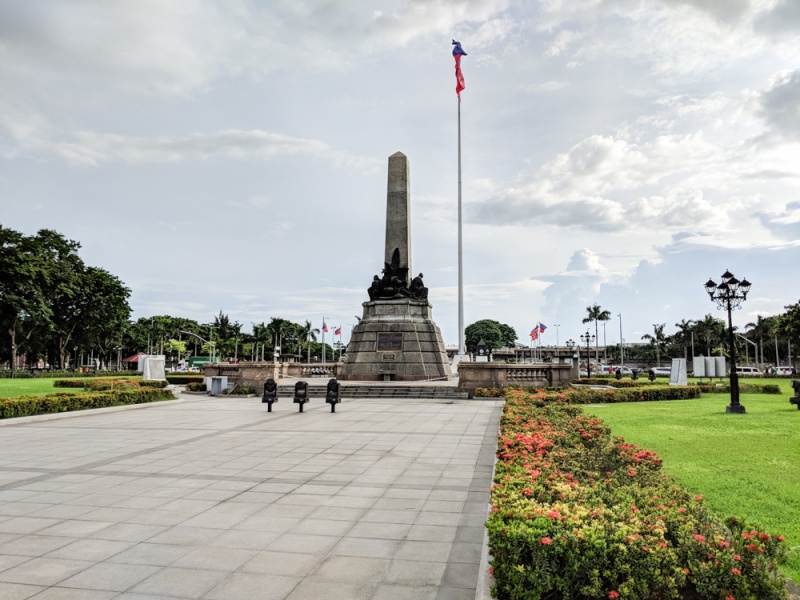
Just north of Intramuros is a favorite local hangout, Rizal Park . The park is named in honor of José Rizal whose writings helped to inspire the Philippine Revolution against the Spanish before he was executed here. The park is a perfect place to enjoy a leisurely afternoon stroll. A tranquil Chinese Garden is in the park as well.
And south of Intramuros you’ll find Binondo , the world’s oldest Chinatown. There’s a church that’s worth visiting, delicious restaurants, and some quirky Chinese shops and markets.
3. Shop at the Cubao Expo
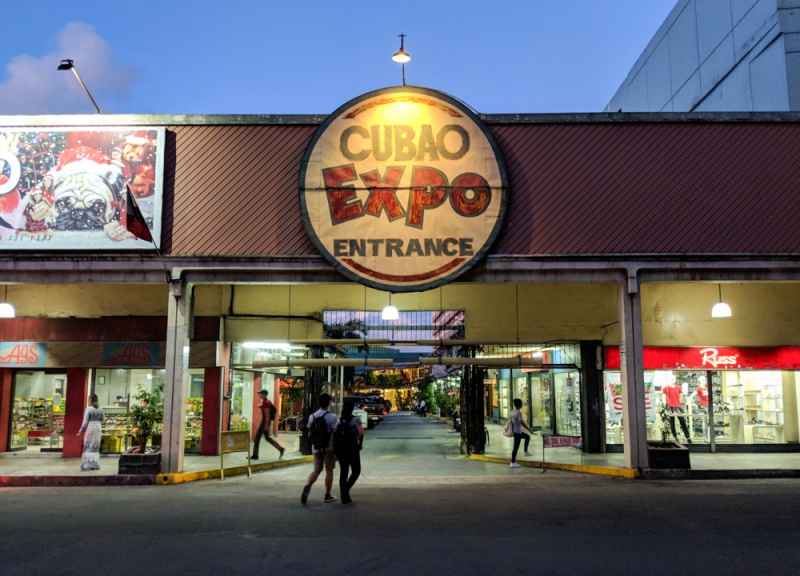
Cubao Expo is the hipster area of Manila. It is just a few blocks in size and has boutiques, antique shops, record stores, restaurants, and bars. It gets really busy at night with trendy locals vying for the outdoor tables to sip their craft beers and socialize. Get there around 7:00 pm if you want some time to peruse the shops but expect a long drive in heavy traffic from the Makati neighborhood.
4. Visit the Quezon City Memorial Circle
The area surrounding the Quezon City Memorial Circle is another great area for eating and drinking. You’ll find jazz bars, comedy shows, and karaoke bars in the South Triangle area. The Memorial Circle is also just a nice area to stretch your legs a bit.
5. Take a Walking Tour of Makati
The Makati neighborhood is the best place in the city to stay. It is up-and-coming but you can still find hotels, restaurants, and shopping to fit any budget. Most of our recommendations here are concentrated in the Makati neighborhood.
It’s a great neighborhood to wander around, stopping into the cute boutiques and quaint coffee shops when you want to escape the heat. We spent most of our time eating, drinking, and enjoying Makati.
Fort Bonifacio Global City is a pedestrian-friendly neighborhood located southeast of Makati. The streets are lined with trees, there are security guards sprinkled throughout, and it’s filled with restaurants and high-end shops.
6. Take a Day Trip from Manila
There are some incredibly cool places within a few hours of Manila. Once you have had your fill of the city make sure you check out some of these cool nearby spots:
Taal Volcano : Taal Volcano is by far the best day trip you can take from Manila (it’s actually one of the top activities in the Philippines). It’s a gigantic volcanic crater lake with a volcano cone in the center which contains a second lake. It’s about 2.5 hours south of Manila.
The easiest way to visit is by booking an organized tour but you can save money on a trip to Taal Volcano by just taking local transportation. And if you want the best photos to try sticking around for the night so you can experience sunset and sunrise!
- Hulugan Falls and Cavinti Falls : If you’re in a waterfall chasing mood then head southwest for ~3 hours to check out these two.
- Lake Pinatubo : This unbelievably photogenic crater lake was formed after the eruption of Mount Pinatubo in 1991. At about 2,000′ deep it’s the deepest lake in the Philippines. It’s located about 56 miles north of Manila.
7. Go on a Slum Tour
Smokey Tours offers several interesting tours of Manila, including a cemetery tour (where some locals have chosen to take up residence), a slum tour, a market tour, and a bicycle tour. The guides are very knowledgeable and will provide you with plenty of information about the areas you’ll be visiting.
8. Dine on the Delectable Cuisine
The food in Manila is out-of-this-world and you’d be doing yourself a disservice not to eat all of it! Check out our recommendations below of what to eat in Manila for breakfast, lunch, and dinner.
The Kismet Cafe ($$) is a darling little coffee shop in the Makati neighborhood. They have only a small menu but it’s perfect if you’re looking for a healthy alternative to the pork belly that is in so many dishes in the Philippines . They only offer vegetarian and vegan options. The jalapeño grilled cheese with tomato soup is a must-try!
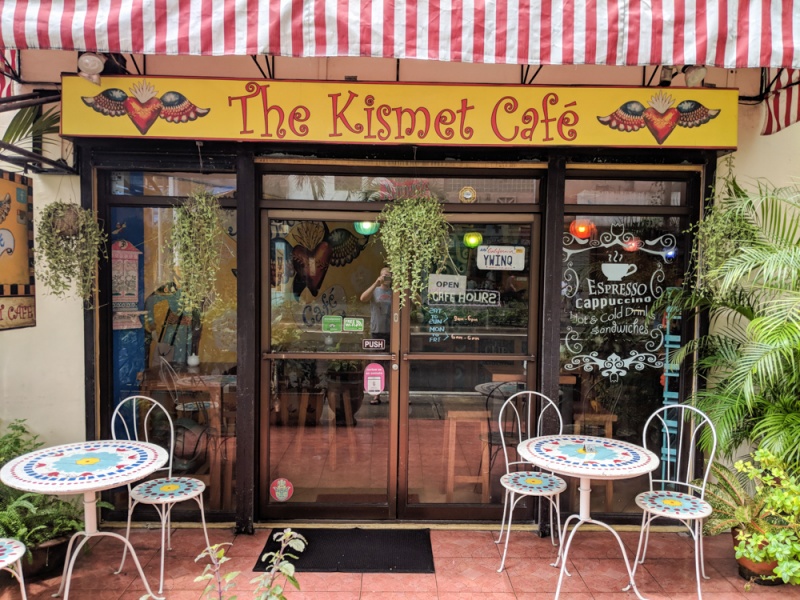
Corner Tree Cafe ($$$) is another small restaurant in Makati offering fresh, wholesome ingredients. The food takes a little while to prepare but it’s well worth the wait. Try the spinach and mushroom lasagna and the sweet potato fries!
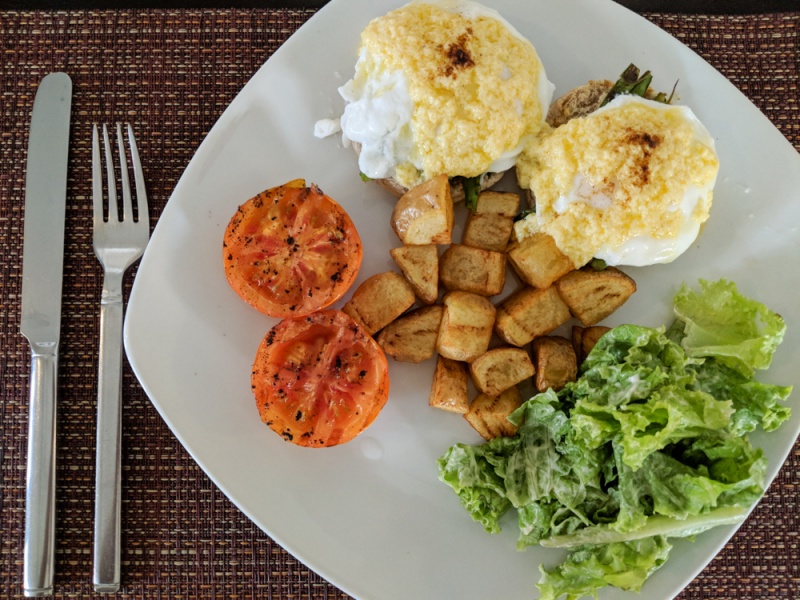
Hummus Elijah ($) serves up hearty portions of reasonably priced middle eastern delights. They have several hummus flavors to choose from, including mushroom and pine nuts, that is oh so delicious.
Ilustrado ($$) is a great stop for lunch while touring around the Intramuros area of Manila. They have a large cafe menu and their sandwiches and sliders are delicious.
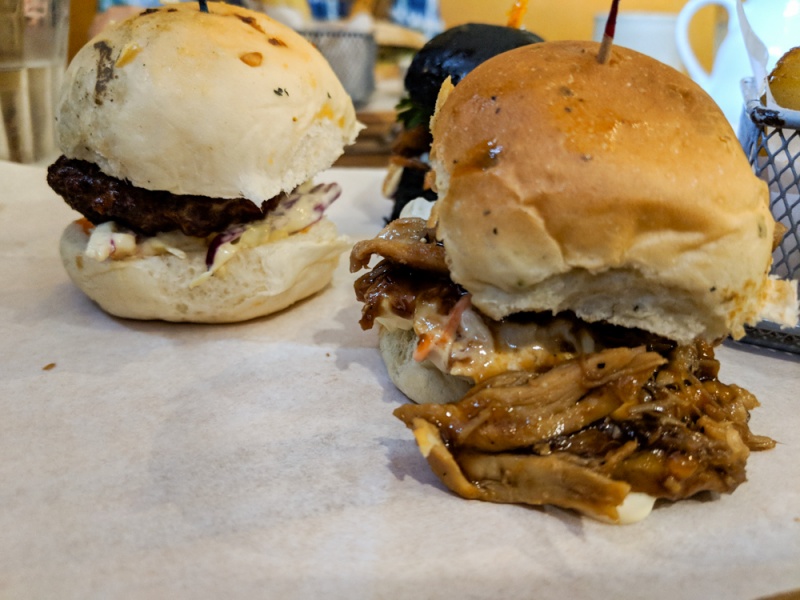
Wooden Spoon ($$$) is located in the Power Plant Mall which is an upscale shopping area. They specialize in Filipino food but put their own spin on common dishes. The Crab Pancit appetizer is rich and delicious and a must-order! The Stuffed Pechay is cabbage leaves stuffed with minced pork and covered in a savory cream sauce that is out of this world.
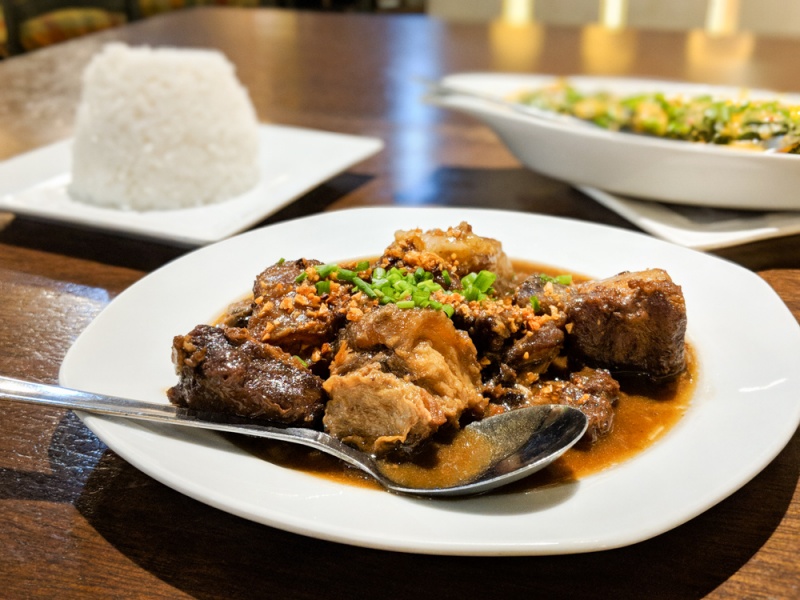
El Chupacabra ($$) is a popular Mexican restaurant for locals and foreigners alike. They have excellent nightly happy hour drink specials and a giant plate of cheesy, delicious nachos. You can’t go wrong with anything you order here!
Barrio Fiesta ($$) serves up traditional Filipino dishes that are spiced and cooked to perfection. The Lechon Kawali is splendid and they are known for their large helpings of Kare Kare.
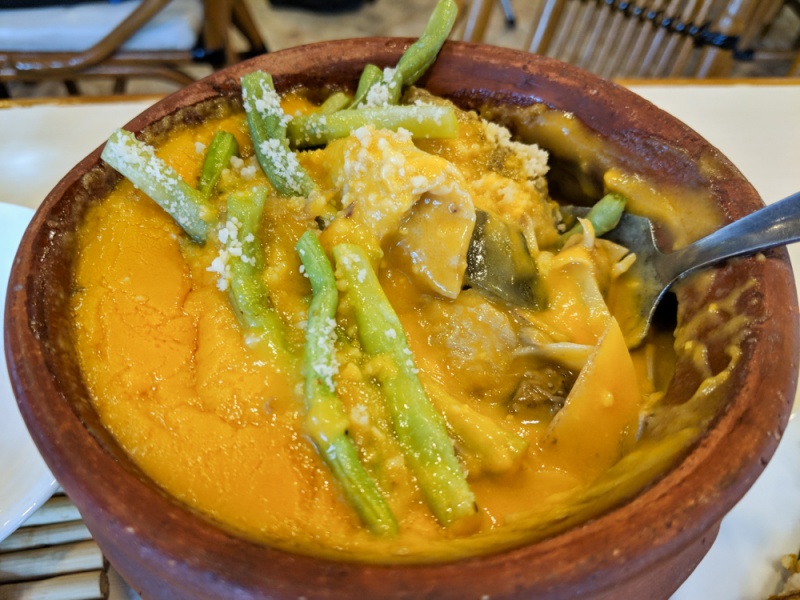
9. Experience the Nightlife
Manila has quite the nightlife scene and you’ll find plenty of late-night bars no matter what neighborhood you find yourself in.
- Nightclub – Valkyrie is a popular nightclub with both locals and ex-pats. The dance floor is small but it’s full of people having a great time. Expect to be held to a dress code and to pay a cover charge.
- Karaoke – Center Stage has a few locations, including one in Makati. There is an hourly rate for a room but it is consumable (meaning that you must spend a certain amount of money per hour on food and drinks). You’ll get a huge selection of songs and can belt them out in the privacy of your own room.
- Rooftop Views – Antidote is on the top floor of the I’m Hotel in the Makati neighborhood. Not only do they offer spectacular views of the city but also have lit-up aquariums filled with jellyfish as a backdrop for the bar. They have funky cocktails that aren’t expensive as you might expect and it’s the perfect spot to watch sunset.
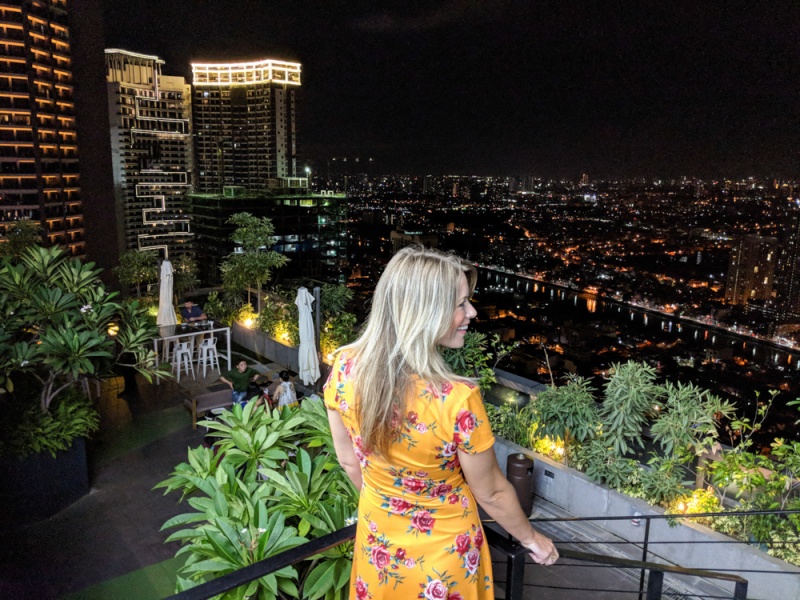
- Live Music – Strumm’s is a fun venue for an older crowd (the 30s, 40s, and 50s). They have lively bands and a great vibe. Expect to pay a cover but it’s consumable. Another great option for live music is Hobbit House, a quirky, hobbit-themed bar near Rizal Park.
- Cocktails – If you’re in the mood for a fancy cocktail then you’re in luck! A slew of speakeasy-style bars has opened up in Manila serving well-crafted adult libations. The Blind Pig has been around the longest and pioneered the Manila cocktail scene. Alcohol by Volume (ABV) is the most popular bar at the moment.
- Sports Bar – There are several lively sports bars in the Makati neighborhood. Check out H&J Sports Bar and Restaurant if you’re looking to catch an NBA game or soccer match.
10. Shop Til You Drop
The SM Mall of Asia is located right on Manila Bay and is the 12th largest shopping mall in the world. This massive complex isn’t just reserved for shops and restaurants. It also boasts the first-ever IMAX theater in the country, an Olympic-sized ice skating rink, a concert grounds, and an amusement park featuring 17 rides. You’ll need a full day to explore this behemoth mall!
Ayala Center is a large shopping mall complex located in the Makati neighborhood that contains several different malls (three of which are outlined below). You can find anything and everything you could ever want in this complex. However, the price points of the malls are quite different so you may want to concentrate your time on a specific one depending on your budget.
- Greenbelt Mall – This mammoth mall contains five sections – Greenbelt 1 through Greenbelt 5 that all have different offerings. The Greenbelt 5 is the poshest of the five with stores, including Kate Spade, Rolex, and Seven for all Mankind. Greenbelt 3 has mid-priced shops such as American Eagle, Asics, and Diesel.
- SM Makati – Located directly across the street from Greenbelt Mall but with less expensive stores including Forever 21 and H&M.
- Glorietta – Also located next to SM and Greenbelt mall but this one has plenty of local Filipino brands like Folded and Hung on the bottom floor.
Power Plant Mall is located at the center of Rockwell Center, a fully contained “city within a city” built on 15-acres of land previously occupied by a thermal power plant. It consists of condominium towers, office buildings, restaurants, and, of course, the mall. The area has limited entrances so if you’re on foot it can be difficult to figure out how to get there. The shops are high-end and there are quite a few good dining options on the basement level including Wooden Spoon (described above).
Bonifacio High Street is an open-air shopping area in Bonifacio Global City (Fort BGC ). There are plenty of shops and restaurants to suit all tastes. It’s a great place to enjoy a cup of coffee in the sunshine while watching other happy shoppers wander by.
Manila Travel Basics
Know before you go.
- At the time of writing, the conversion rate was 55.58 Philippine Pesos (PHP) to $1 USD. So if we say that something costs 250 PHP, that’s just under $5 USD.
- Filipinos learn both English and Tagalog in school. You’re unlikely to encounter anyone who doesn’t speak English. If you want to try your hand at Tagalog, “salamat” is “thank you” and “po” is a polite ending to a sentence. So you would say “salamat po” or “nice to meet you po” or “excuse me po”.
- You’ll be referred to as “sir” or “ma’am” by pretty much everyone you meet. It’s a sign of respect and Filipinos are very polite.
- Filipinos LOVE basketball and especially the NBA. If they ask where you’re from, it’s easier to say “do you know the Portland Trailblazers?” than “I’m from Oregon”. They definitely know the Blazers but have no idea what Oregon is.
- Manila is the world’s most densely populated city so expect traffic to be horrendous, especially during rush hour!
Getting Around Manila
You’ll find plenty of car taxis around Manila that you can hail at any time. There are also many “habal-habal” stands if you’d prefer to take a motor taxi. If you want an entertaining but crowded experience, hop in a Jeepney but be sure to holler when you want to get off.
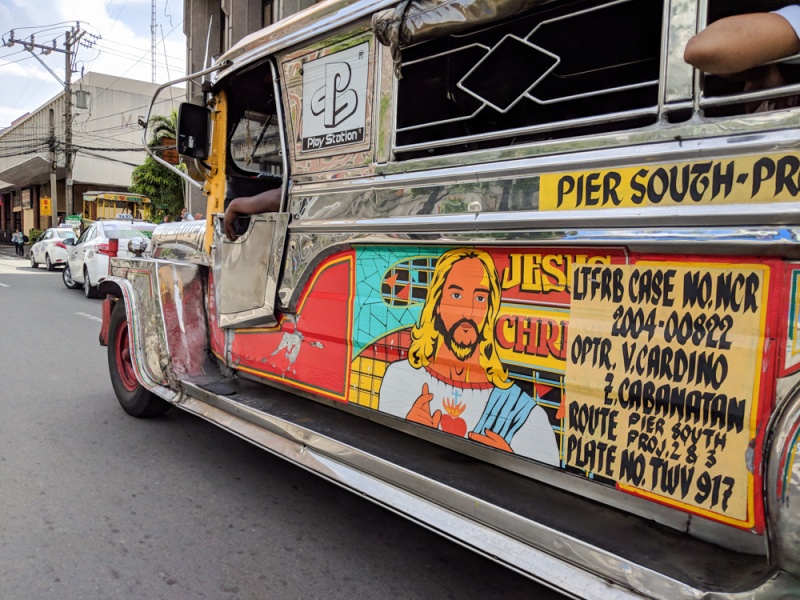
The easiest form of transportation in Manila is Grab. It’s similar to Uber but you can choose to pay the driver in cash or you can connect your credit card and make it a cash-less experience. Keep in mind that you’ll probably wait at least 10 minutes for your driver to arrive and the estimated price does not include any tolls.
What to Pack for Manila
Manila is a metropolitan city and you’ll find plenty of name-brand stores in the more upscale areas of the city. While some countries in Asia can be quite conservative, the Philippines seems to be free to dress as they please. No need to cover your knees or shoulders anywhere here. However, if you choose to visit a fancy restaurant or nightclub, you’ll likely need to adhere to the dress code. This typically means no shorts, tank tops, or sandals.
Read all about what to pack for your trip here!
Safety in Manila
As with all large cities, opportunistic crime can be common, especially at night. Women should refrain from walking alone at night and should hold onto their bags as motorbikes can be known to grab them as they drive by. Keep a tight hold on your cell phone as well. Pickpockets are a problem in crowded areas as well. Keep extra money and any expensive jewelry locked in your room safe, just in case.
Although, the biggest danger in Manila is singing a poor karaoke rendition of My Way .
Weather in Manila
You are likely accustomed to enjoying four yearly seasons – summer, winter, spring, and fall. The Philippines only has two – wet and dry. Wet season lasts from June until October and dry season is November through May. If you visit during the wet season, you can expect to experience the occasional daily torrential downpour.
The temperature year-round is hot, but the hottest months of the year are April and May when temperatures average around 34 °C.
Visa and Passport Requirements for the Philippines
Most countries in the world do not require a visa for a 30-day stay in the Philippines (a few exceptions include India, Iran, Jordan, and a few others). Check your visa requirements here . Be sure to purchase your return flight to your next destination prior to arriving at the airport or you may be denied boarding (as there is no option to exit by land crossing).
Where to Stay in Manila
Manila is a huge city so deciding where to book your hotel can be challenging. The Makati neighborhood is an up-and-coming area that is full of great restaurants and fantastic shopping. Most of the places that we recommend here are in the Makati area. You may find that you’ll be less excited to check out some of the other areas of the city because traffic is so congested, and Makati offers everything you need within walking distance!
Here are a few of our favorite spots to stay in Makati:
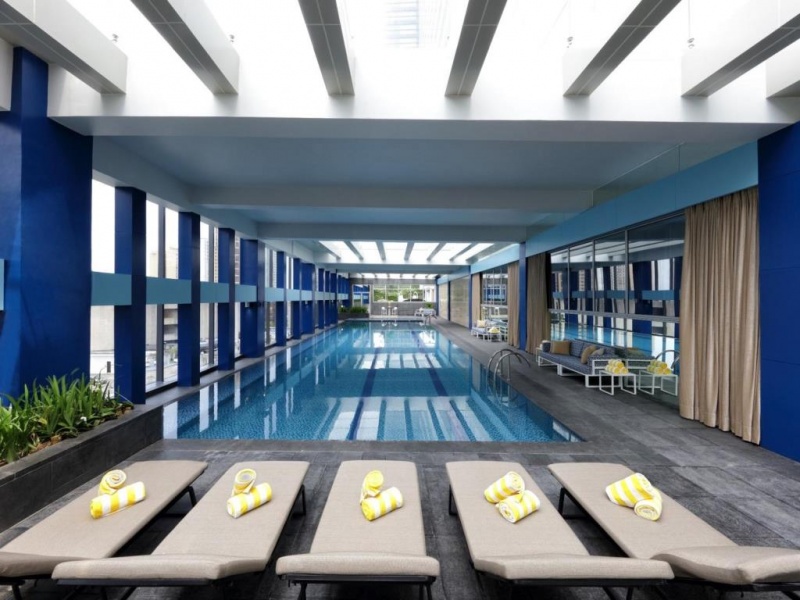
Makati Diamond Residences
Makati Diamond Residences is a premier hotel located right by the Greenbelt Mall. They offer large, spacious, and well-equipped rooms and a stunningly beautiful indoor pool. You’ll be treated like royalty by the friendly and helpful staff here.
Check Prices on Booking.com
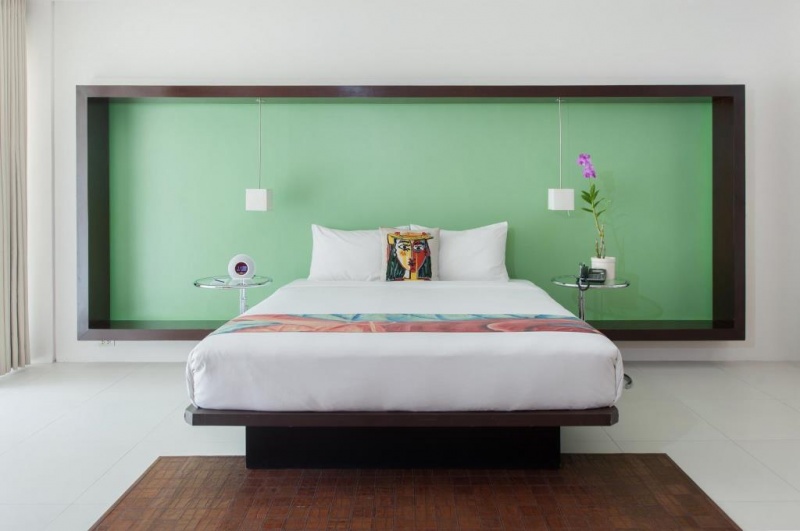
Picasso Boutique Serviced Residences
The Picasso Boutique Serviced Residences has large, incredibly clean rooms that are vibrantly colored and have a modern design. They also have a delicious restaurant and fitness center, and the location is perfect as it is centrally located in the Makati neighborhood.
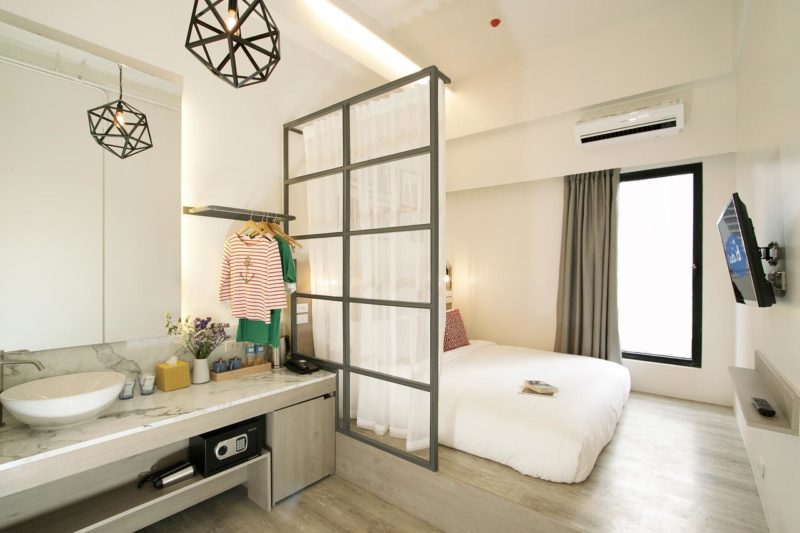
Lub D Philippines Makati
Lub D Philippines Makati offers low-cost private rooms and co-working spaces all in the same hip and trendy building. They have nightly activities, including game night and a pub crawl for any travelers looking to make some new friends. The rooms are bright and new, the lobby area is a fun space to hang out, and everyone on staff is cheery and helpful.
We can’t wait to go back to Manila and explore more of the hip neighborhoods. Have you been? Do you have a favorite hidden gem?
Share this on pinterest.
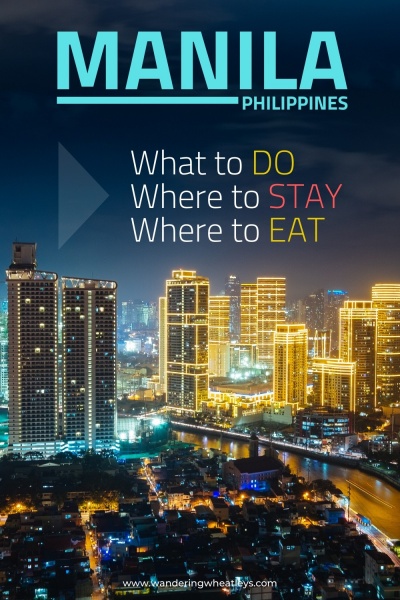
Val grew up in Portland, Oregon but moved to Oahu on a whim back in 2013. She sold her house and all of her belongings and bought a one-way ticket. Since then she’s taken two around-the-world trips and has visited 60-ish countries while living out of a duffel bag. Val started documenting the Wandering Wheatleys travels back in 2013 as a way to update friends and family about her whereabouts and to relay humorous daily interactions. The only readers were her mom and her mother-in-law but that didn’t stop her! These days you’ll find Val dreaming up future trips, creating new travel content, managing a team of amazing travel enthusiasts, and chasing around her two adorable but naughty kids.
Related Posts
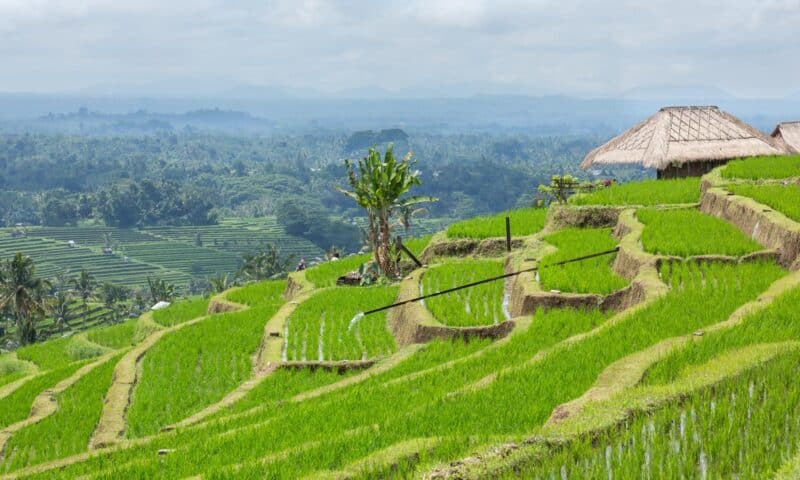
The 10 Best Restaurants in Ubud for Adventurous Foodies!
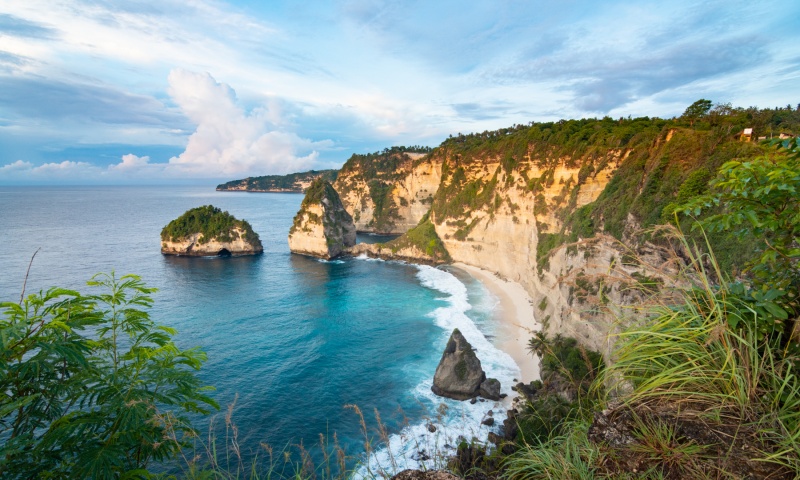
3-Day Trip to Nusa Penida, Indonesia: A Perfect Tour Itinerary
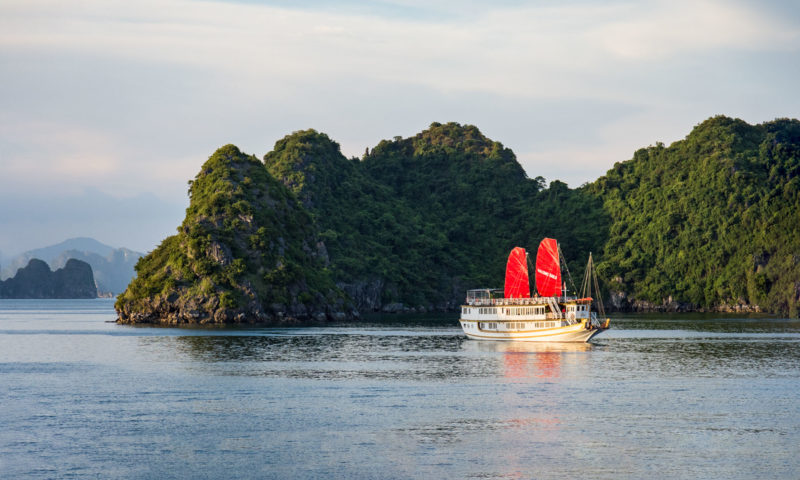
Vietnam Travel Tips: 15 Things to Know Before Going to Vietnam
Leave a comment cancel reply.
Your email address will not be published. Required fields are marked *
Must-see attractions in Manila

Fort Santiago
Guarding the entrance to the Pasig River is Intramuros' premier tourist attraction: Fort Santiago. Within the fort grounds is an oasis of lovely manicured…
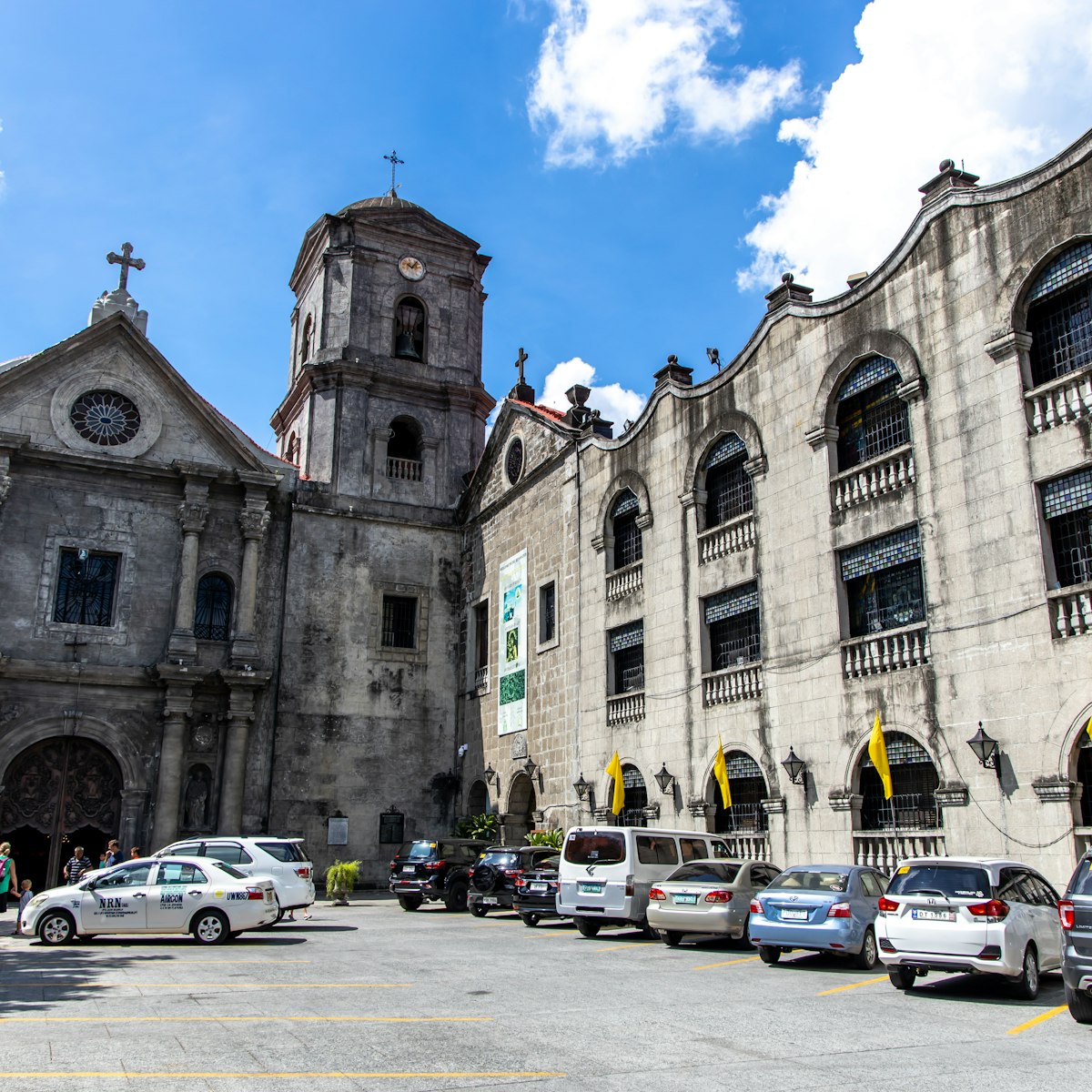
San Agustin Church
The San Agustin Church was the only building left intact after the destruction of Intramuros in WWII. Built between 1587 and 1606, it is the oldest church…

Pinto Art Museum
This fantastic museum in Antipolo, in the hills just east of Metro Manila, showcases some of the Philippines' best contemporary artists. There are six…

Chinese Cemetery
As in life, so it is in death for Manila’s wealthy Chinese citizens, who are buried with every modern convenience in the huge Chinese Cemetery. It's far…

Ayala Museum
This gleaming museum features four floors of superbly curated exhibits on Filipino culture, art and history. At the heart of the collection is a brilliant…

National Museum of Anthropology
Within a resplendent neoclassical building, this superb museum houses a vast and varied collection, including the skullcap of the Philippines’ earliest…

Manila American Cemetery
A poignant and peaceful spot, this sprawling war cemetery on a grassy, beautifully manicured plot is the resting place of 17,206 soldiers killed in battle…

Metropolitan Museum of Manila
The 'Met' is a world-class gallery tracing the evolution of Filipino art from the early 20th century to the present. Virtually all great Filipino painters…

Marikina Shoe Museum
A must for Imelda Marcos junkies is the Marikina Shoe Museum. There's the footwear of various Filipino luminaries on display here, but it's Imelda’s shoes…

Casa Manila
This beautiful reproduction of a Spanish colonial house offers a window into the opulent lifestyle of the gentry in the 19th century. Imelda Marcos had it…

Rizal Monument
Fronted by a 46m flagpole and guarded by sentries in full regalia, the Rizal Monument contains national hero José Rizal’s mortal remains and stands as a…

Bamboo Organ of Las Piñas
This famous organ, designated a national culture treasure, was built between 1816 and 1824 in the St Joseph Parish Church of Las Piñas on the southern…
Rizal Shrine
The building where José Rizal was incarcerated has been turned into a shrine-museum dedicated to his life. There's a re-creation of his cell block, the…

Still widely known as 'Luneta' (its name until the 1950s), Manila’s iconic central park is spread out over some 60 hectares of open lawns, ornamental…

Cultural Center of the Philippines
The centrepiece of the CCP Complex is this bombastic building designed by noted Filipino architect Leandro Locsin. Inside attractions include the country…

Quiapo Church
Quiapo Church is a 1933 replacement of an older structure destroyed by fire. One of Manila’s best-known landmarks, Quiapo is the home of the Black…
Malacañang Palace
Perched overlooking the Pasig River, this sprawling palace complex dates to the mid-18th century, when it was built as the residence of a Spanish…
North Cemetery
If you thought Manila's Chinese Cemetery was different, you clearly haven't made it to its abutting North Cemetery. While significant for being the burial…
Ayuntamiento
Once the grandest building in all of Intramuros, the Ayuntamiento was destroyed in WWII and spent years as a parking lot before a faithful recreation of…
Metropolitan Theater
This stunning piece of art deco opened as the city’s premier opera theatre under the Americans in 1931. Today it’s in a state of utter disrepair, but…
Quezon Memorial Circle
The heart and soul of Quezon City is this vast park at the centre of a roundabout where several major avenues merge. There's all sorts of local flavour…
National Museum of Natural History
As well as being an excellent, comprehensive look at the Philippines' flora, fauna, geography and geology, Manila's latest and greatest museum is an…
Manila Cathedral
First built in 1581 (and rebuilt seven times since, most recently in 1951 following its destruction in WWII), Manila Cathedral's present edifice looks…
Karrivin Plaza
Busy Don Chino Roces Ave (Pasong Tamo) has evolved into an art district of sorts, and this hip collection of galleries, furniture shops and design labs is…
First United Building
Not only is this one of Manila's finest pieces of surviving pre-WWII art deco, but it's also the centrepiece of the Escolta St revival. Inside are…
Bahay Nakpil-Bautista
Built in 1914, this beautiful ancestral home is the former residence of Perona Nakpil, the widow of Andrés Bonifacio ( father of the Philippine Revolution…
University of the Philippines Diliman
If you have a spare half-day, make the trip out to the lovely, leafy University of the Philippines Diliman campus. It has a genuine American university…
Art In Island
This is an art museum where you become the subject. It contains scores of three-dimensional murals and paintings designed to play tricks on your camera…
Site of Rizal’s Execution
At the entrance to the site of Rizal’s execution is a black granite wall inscribed with Rizal’s ‘Mi Ultimo Adios’ (My Last Farewell). Eight tableaux of…
Yuchengco Museum
A mismatch among Makati's corporate high-rises, this fantastic art and design gallery was established by prominent businessman and former UN diplomat,…
This gallery in the colonial Casa Tesoro mansion features regular changing shows of experimental art and installations in its 2nd-floor gallery…
Ninoy Aquino Parks & Wildlife Center
This park and wildlife rescue centre (open 9am to 4pm Tuesday to Sunday) runs a mini-zoo where confiscated animals and injured wildlife are nursed back to…
San Agustin Museum
This museum provides access to the attached 16th-century San Agustin Church, a Unesco Heritage site. The museum itself is no slouch, offering tantalising…
Calvo Museum
In the historic, beaux-arts Calvo Building (1938), this little museum houses a treasure trove of pre-WWII photographs and memorabilia. Of particular…
National Museum of Fine Arts
This proud museum contains many of the Philippines’ signature works of art, including Juan Luna’s seminal Spoliarium, a colossal painting that provides…
Mind Museum
This excellent science museum succeeds in balancing education with fun, with plenty of cool interactive exhibits, including a planetarium, a printing…
Vargas Museum
This art museum on the leafy University of Philippines Diliman campus has a mix of changing modern and experimental art shows, and a permanent collection…
Splendid sunset views of Manila Bay can be had from the pedestrian Baywalk that runs along Roxas Blvd. There's plenty of local colour here as well,…
Museo ng Sining
A classy CCP gallery housing an extensive collection of contemporary and classic Filipino art.
Coconut Palace
The Coconut Palace was one of Imelda Marcos' great white elephant projects in the 1970s. It was so named because of the extensive use of coconut building…
More destinations you need to see


- Visa Application Helpline
Subscribe to our newsletter
Learn how to live a sustainable long-term travel lifestyle.
By signing up, you agree to the our terms and our Privacy Policy agreement.
Top 27 Places to visit in Darjeeling, Explore the Beautiful Hills of Darjeeling
Top 10 things to do when traveling to shimla: shimla travel guide, the ultimate paris travel guidelines for first timers | top attractions & things to do.

Top 27 Places to visit and things to do in Manila, Philippines
Who doesn’t love to visit the world’s great destinations? A travel lover always seeks new experiences and places to explore . For those travellers’ Manila, the capital of the Philippines is undoubtedly the best gateway.
I have been to the Philippines so many times, and Manila is certainly one of the most incredible destinations in Southeast Asia. Manila is the host of the culture and customs of the Philippines. Some love this buzzing city, and some hate it. But if you ask my advice, I would say embrace the chaos.
If you are a first-time visitor to Manila , it can be overwhelming for you to explore the city. Here, I have listed the 27 best places to visit & things to do in Manila to make your vacation plan easier. If you are one of those need a visa for visiting The Philippines, you can read how you can get a Philippines visa easily here.
WHAT IS COVERED IN THIS ARTICLE?
Places to Visit & Things to Do in Manila
1. travel back in the old-world at intramuros.

Are you a history seeker? If you are, then Intramuros is the must-visit place for you. Known as the “Walled City”, it carries the history and architectural landmarks of the Spanish Era. A day trip is enough to go sightseeing these historical monuments and sculptures.
Here are some of the best attractions in Intramuros that you must not miss.
Fort Santiago
Fort Santiago is one of the oldest and most impressive historical sites in Manila. Built-in 1571, this Hispanic stone castle was occupied by the British, Japanese, and Americans. Now it is a museum and the most visited tourist attraction. You can explore the place by sightseeing and walking.
Address: HXVC+M5V, Intramuros, Manila, 1002 Metro Manila
Opening Hour: 08:00 am to 07:00 pm
Entrance Fee: Adult PHP 75.00 (U$1.49)|Student PHP 50.00 (U$0.99)
Manila Cathedral
Manila Cathedral is the religious centre of the Archdiocese of Manila. It is not only famous for its historical importance but its incredible intricate design. Make sure you take photos of this outstanding architecture.
Address: Beaterio St, Cabildo St, Intramuros, Manila, 1002 Metro Manila
Opening Hour: 07:00 am to 05:00 pm
San Agustin Church and Museum
San Agustin Church is the UNESCO World Heritage Site. So you can imagine how much treasure you can explore here. The architecture design has a mixture of Spanish and Chinese styles. The church has been rebuilt many times after World War Ⅱ and the earthquakes.
Address: General Luna St, Manila, 1002 Metro Manila
Opening Hour: 08:00 am to 12:00 pm & 01:00 pm to 06:00 pm
Entrance Fee: Adult PHP 200.00 (U$3.99)|Student PHP 160.00 (U$3.19)
2. Visit the Rizal Park, Dedicated to the Country’s National Hero

Located in the heart of Manila, Rizal Park is a tribute to the Philippines national hero, Jose Rizal. You’ll get to see several monuments and statues throughout the park, which are the symbols of Manila’s history. The park is placed in an outdoor garden, so you’ll also see several local flora and fauna here. If you keep your eyes open, you may also notice the Narra tree, the national tree of the Philippines.
Address: Ermita, Manila, 1000 Metro Manila
Opening Hour: Daily 05:00 am to 09:00 pm
Entrance Fee: PHP 50.00 (U$0.99) per person
3. Manila Zoo

It’s well known that Manila Zoo is one of the most popular tourist spots in this city. But the question is why it’s tourists’ favourite attraction?
Well, the answer can not be given in a word. Spreading over a huge area, the zoo is not only the home of hundreds of species of mammals, birds, and reptiles but also houses the Wildlife Rescue Centre, Arboretum, Botanical Garden, and several kids’ Playgrounds.
In Manila Zoo, you will encounter the Asian Elephant, hippopotamus, the Great Philippine Eagle, Malayan Civet, Bengal Tiger, peafowl, herons, monitor lizard, goose, and so many other animals. The zoo is rich in flora and fauna.
Not only that, you can navigate the zoo with a rental boat. And before leaving the zoo check out its souvenir shops to pick up some memories back home.
Address: M. Adriatico St, Malate, Manila, 1004 Metro Manila
Opening Hour: Everyday 08:00 am to 06:00 pm
Entrance Fee: Manila Residents: PHP 50.00 for adults & PHP 30.00 for children (below 4)|Foreigners: PHP 100.00 for adults & PHP 60.00 for children (below 4)
4. Enjoy the Golden Hour at Manila Bay
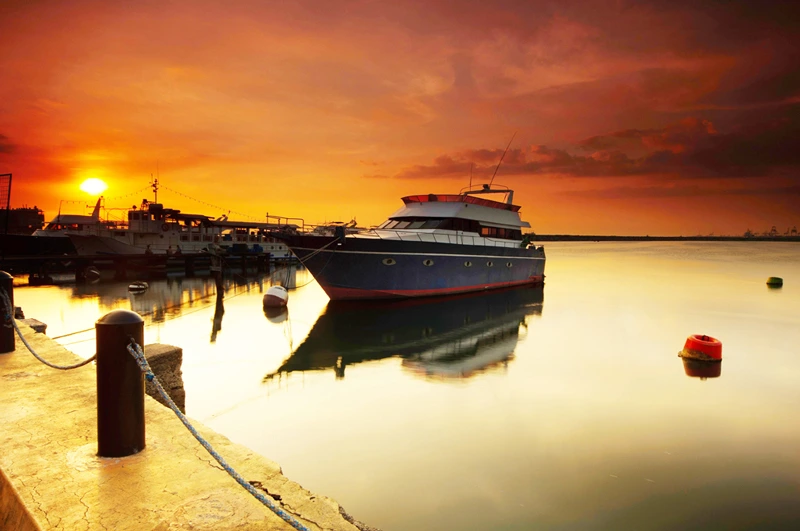
Nothing is more beautiful than the breathtaking sunset view of Manila Bay. People come here for relaxation and tranquillity. The crazy shades of the sky will force you to take outstanding pictures. Make sure you bring your camera. There are many restaurants lining the waterfront, so you can have some snacks or drinks while enjoying this scenic view.
Address: Manila Bay
5. Robinsons Place Mall
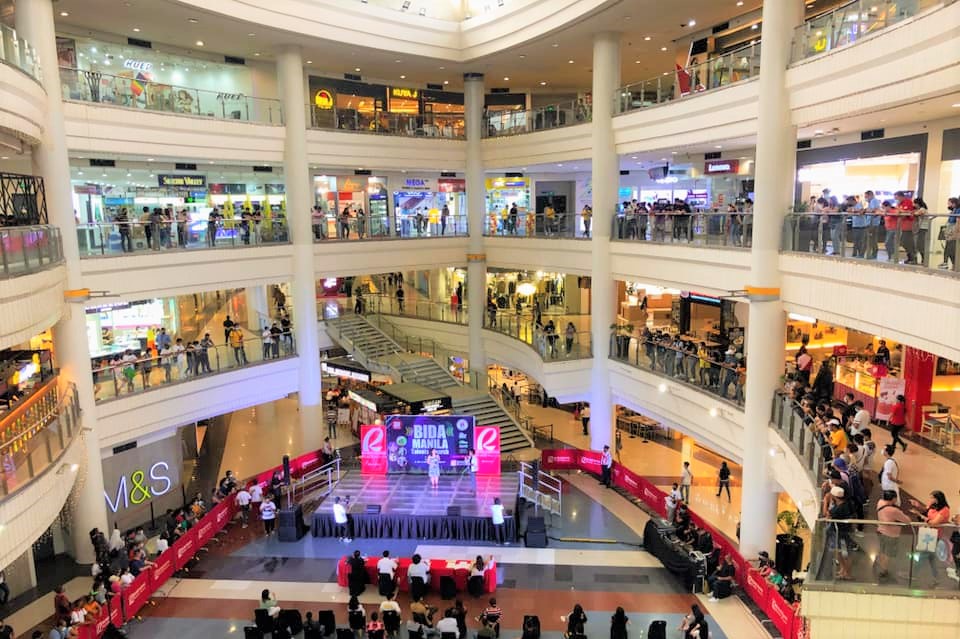
If shopping is not your travel purpose, it’s okay! Robinsons Place Mall can change your purpose by influencing via its massive size and unique stores.
What? If you don’t trust my words, you can go by yourself and explore the seven-storeyed mall, Robinsons Place which is currently the largest serving mall in Manila.
Spread over 240,000 square meters, the mall has a surprising number of unique stores where you’ll get all the premium merchandise, cosmetics, fashion accessories, apparel, shoes, bags, and many more things. Not only that, the building has a plethora of entertainment facilities, a gaming zone for kids, and an enormous food court.
So apart from shopping, you can have a family fun time here. And don’t worry about parking space, the mall has multi-storey parking.
Address: Pedro Gil, cor M. Adriatico St, Ermita, Manila, 1000 Metro Manila
Opening Hour: Sunday to Thursday 10:00 am to 09:00 pm|Friday & Saturday 10:00 am to 10:00 pm
6. Arroceros Forest Park

Manila is the capital city of the Philippines so you must have seen many commercial sites and attractions in this city. Modern buildings are everywhere in Manila but Natural parks are very rare.
Thanks to Arroceros Forest Park which is also known as “Manila’s last lung” because it’s the only Nature park in this city. It is the hidden gem of Manila. Whenever people of Manila get bored and frustrated from the hustle and bustle of the city and want a green environment, they come to Arroceros Forest Park.
The park has nearly 3500 trees of diverse species including acacia mangium, acacia auriculiformis, mahogany, molave, African tulip tree, eucalyptus, Indian tree, and many more. The park also has no shortage of fruit trees and ornamental plants such as avocado, santol, mango, macopa, and rare species of avifauna like pied fantail, brown shrike, long-tailed shrike, Pacific swallow, etc.
Address: 659 A Antonio Villegas St, Ermita, Manila, 1000 Metro Manila
Opening Hour: Everyday 08:00 am to 05:00 pm
Entrance Fee: Free
7. Try Fresh Seafood at Dampa Seaside Market
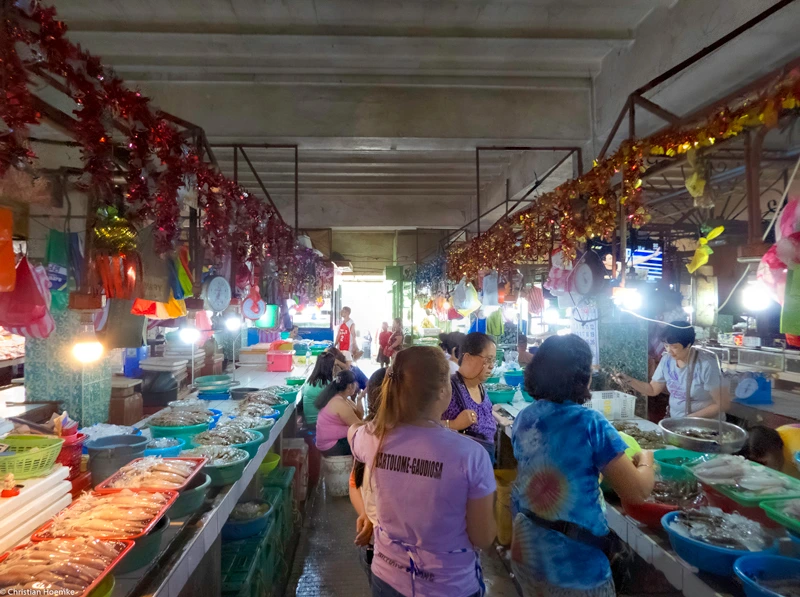
After visiting the sunset at Manila Bay, it is worthwhile to have some fresh seafood. Just hit up the Dampa seaside market and take whatever seafood you like. Here you’ll get fresh crabs, shrimps, prawns, mussels, lobsters, and all sorts of fishes from tuna to blue marlin at a very reasonable price. Then take this seafood to a nearby restaurant and have it cooked according to your taste. You hardly can forget the taste of these delicious foods.
Address: Diosdado Macapagal Blvd, Pasay, Metro Manila
Opening Hour: Daily 10:00 am to 10:30 pm
8. See the Ocean Life at Manila Ocean Park
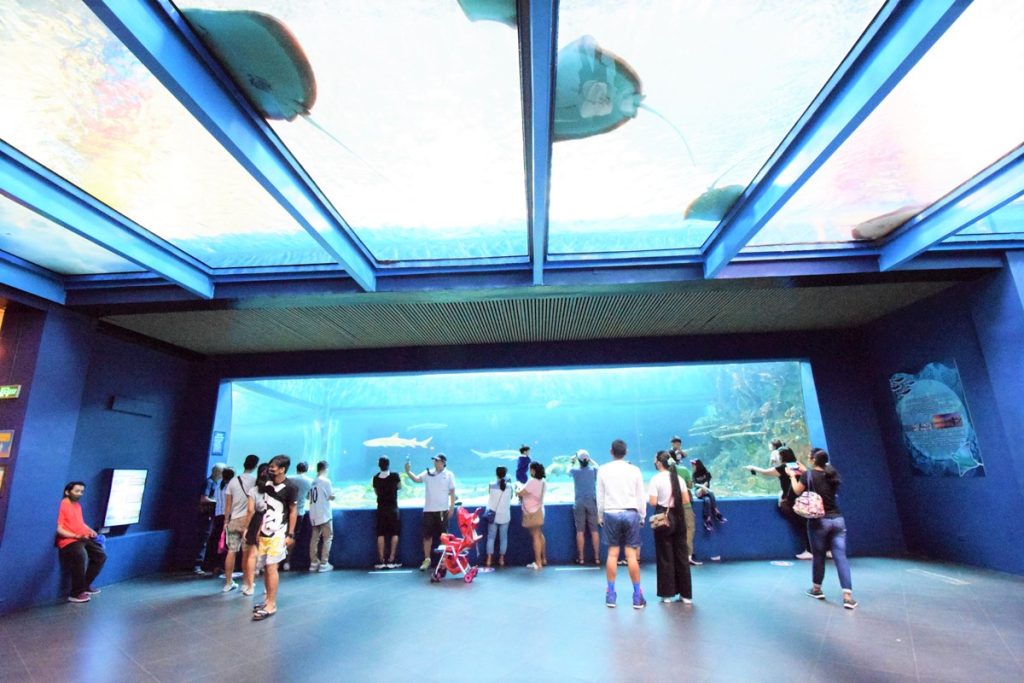
One of Manila’s best attractions is the Manila Ocean Park. It is an aquarium-themed park that exhibits more than 14,000 aquatic animals, including stingrays, sharks, Jellyfishes, and many more. To have a great view of underwear life, you’ll get to walk through its 25-metre curved glass tunnel. The Oceanarium also offers a couple of educational tours to teach you about marine biodiversity and how to protect them.
Address: Quirino Grandstand, 666 Behind, Ermita, Manila, 1000 Metro Manila
Opening Hour: Daily 10:00 am to 06:00 pm
Entrance Fee: PHP 400.00 (U$7.99) per person
9. Malacañang Palace
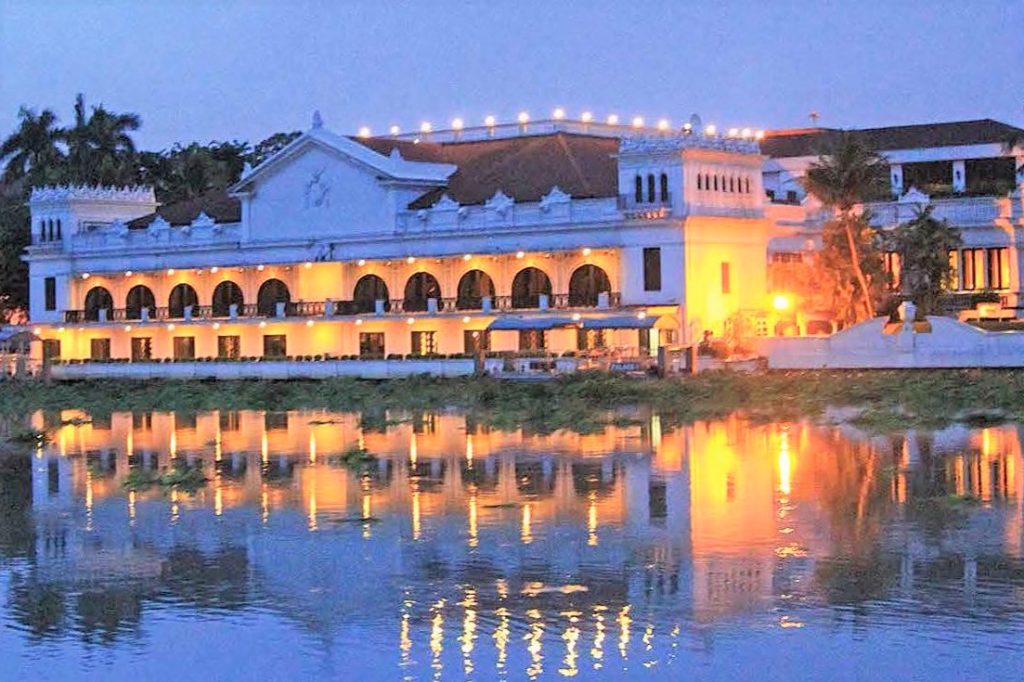
There is no shortage of historical landmarks in Manila and Malacañang Palace is undoubtedly one of the greatest historical landmarks in this capital city. It’s an official residence and principal workplace of the President of the Philippines.
This beautiful building was built in the mid-eighteenth century, so it carries the neoclassical architectural style which is rare in the Philippines. But only one part of this complex is open for public visits and that is the Museo ng Malacañang or the museum inside the building. This museum showcases the history of the Philippines and its government via several artefacts and pictures.
Apart from this, the complex also has several beautiful gardens, Kalayaan Hall, an American-era guest house, and a golf course.
Address: Malacañan Palace, JP Laurel Street, San Miguel, Manila
Opening Hour: Monday to Friday 08:00 am to 05:00 pm (closed on Saturday & Sunday)
10. Casa Manila

Intramuros is the city where most of the historical landmarks of Manila are situated. And Casa Manila is one of the historical landmarks in Manila that is located in Intramuros. It’s a stately museum in Manila that was built in 1980 by Imelda Marcos.
The building is a replica of San Nicolas House and shows the colonial lifestyle of the Filipinos during the Spanish colonisation. It’s a three-storeyed building that has several rooms named cuartos, comedor, sala, despacho, etc. All the rooms are finely decorated with period furniture that has come from Chinese and European.
You are not allowed to take pictures and touch any of these displays.
Address: HXQG+V52 plaza sans luis complex, General Luna St, Intramuros, Manila, 1002 Metro Manila
Opening Hour: Tuesday to Sunday 09:00 am to 05:00 pm (closed on Monday)
Entrance Fee: PHP 75.00 for adults & PHP 50.00 for children
11. Bahay Tsinoy
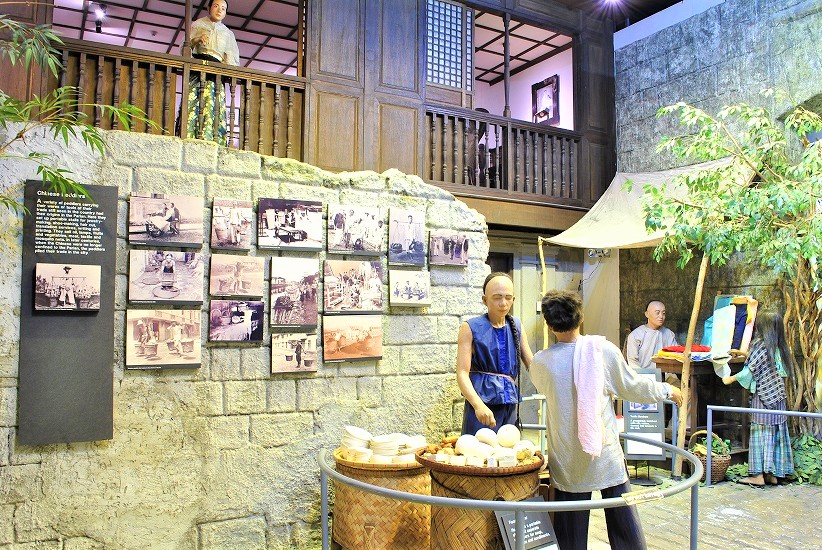
Bahay Tsinoy is another museum that is located in the walled city of Intramuros. The museum is also known as the Kaisa-Angelo King Heritage Center and showcases the documents and history of the ethnic Chinese lives, struggles, and their contribution to the Philippines.
It’s the ideal attraction for history buffs as the museum shows the growth of the Philippines and how the Chinese influenced the Filipinos in several different aspects. Here you’ll see statues, mannequins, and portraits of different events that tell the story of Filipino-Chinese history and culture.
Address: 32 Anda St, Intramuros, Manila, 1002 Metro Manila
Opening Hour: Tuesday to Sunday 01:00 pm to 05:00 pm (closed on Monday)
Entrance Fee: PHP 100.00 for adults & PHP 60.00 for students and children
12. Do Shopping at Divisoria
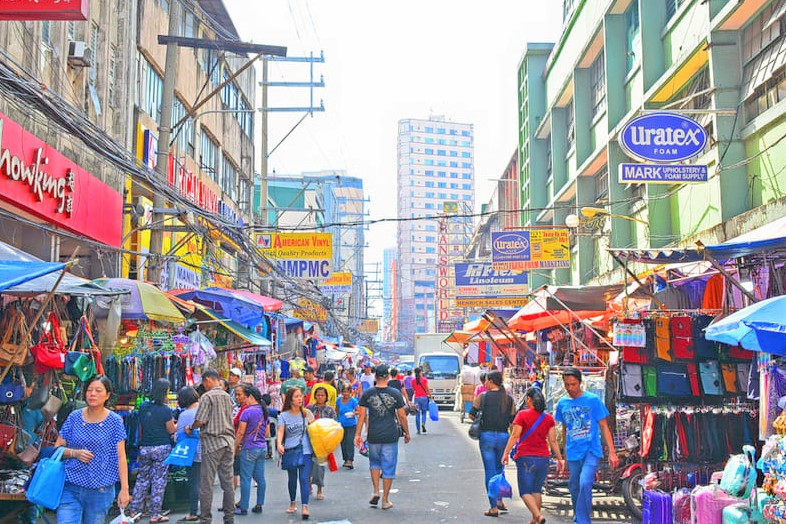
If you are good at bargaining, then head down to the Divisoria Market. Situated in the middle of Chinatown in Manila, the market is well-known as a crowded and chaotic place. You’ll get anything here from clothes, textiles, bags, accessories and electronics to household stuff, religious items, office supplies, fruits and vegetables, and toys. These products are cheap, but you just need to know how to bargain. And those who do not like crowds and busy streets avoid the place.
Address: 557 M. De Santos St, San Nicolas, Manila, 1010 Metro Manila
Opening Hour: Daily 07:00 am to 09:00 pm
13. Paco Park and Cemetery
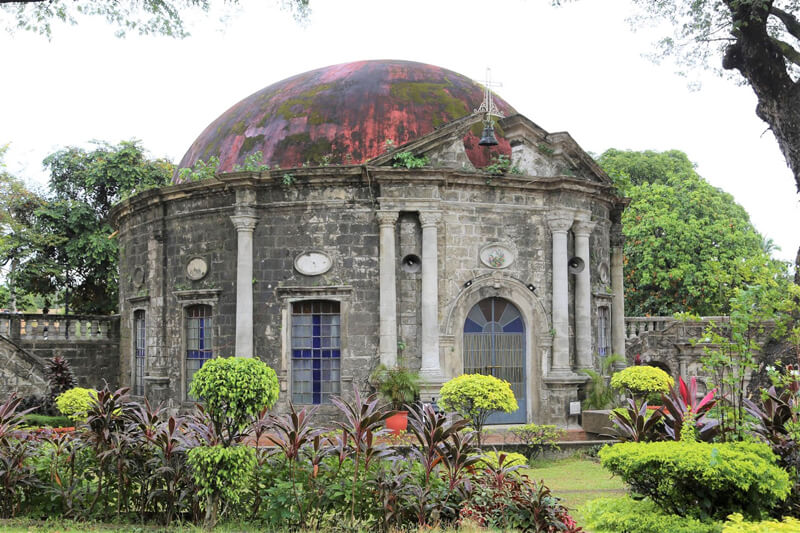
Paco Park is one of the most popular landmarks in Manila not only for locals but for tourists as well. It also has historical significance for being the cemetery during the Spanish colonial period.
The cemetery was known as the Cementerio General de Dilao and it was built by the Dominicans to bury the Spanish elites. Now the park has turned into a great tourist attraction because of its beautiful surroundings and lush greenery.
Paco Park is so beautiful that it is often used as a wedding, events, and party venue. Not only that, many music concerts and live band performances take place here.
The park also houses a shrine that is dedicated to Dr José Rizal and a Roman Catholic Chapel dedicated to St. Pancratius.
Address: HXJQ+99M, Belen, Paco, Manila, Metro Manila
Opening Hour: Everyday 06:00 am to 05:00 pm
Entrance Fee: PHP 10.00 per person
14. Explore the Amazing Architecture, Art, and History at the National Museum
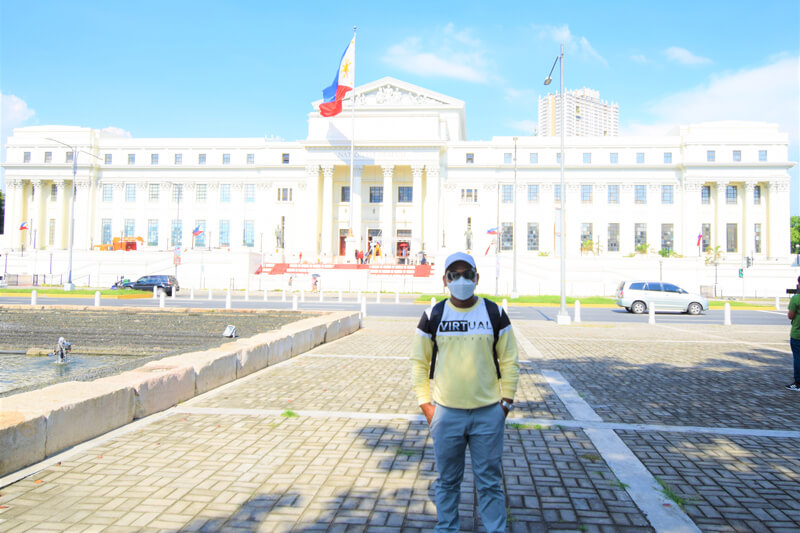
Located next to Rizal Park, the National Museum of the Philippines is a vast area with four main complexes. It offers you a rich collection of art, history, anthropology, biology, and zoology. The museum galleries also contain the cultural heritage of the country.
Here you’ll get to see the Fine Arts of renowned Filipino painters of the 19th and 20th centuries. “Spoliarium” by Juan Luna is the largest and most famous painting of this museum.
Address: Padre Burgos Ave, Ermita, Manila, 1000 Metro Manila
Opening Hour: Tuesday to Sunday 09:00 am to 12:00 pm & 01:00 pm to 04:00 pm
15. Money Museum
Money Museum is one of the tourist hotspots in Manila that showcases the transformation of money in the Philippines over time. On the 3rd January 1999, the museum was founded by the Central Bank of the Philippines as a part of the 50 years celebration of the bank. Since then the museum has become the most popular tourist attraction in the city.
The museum has several galleries namely the Pre-Hispanic Period, Spanish Period, Colonial Period, Revolutionary Period, the American Regime, Japanese Occupation, and the present Republican Period. And all these sections exhibit the rare collection of money of the Philippines such as gorgeous gold barter rings, envelope-sized banknotes, vintage circus-designed paper money, piloncitos, and the silver dos Mundos( the rarest coin).
Temporarily closed
Address: HX6Q+J2V, Ocampo St, Malate, Manila, 1004 Metro Manila
Opening Hour: Monday to Friday 09:00 am to 04:00 pm (closed on Saturday & Sunday)
16. Quiapo Church

Formerly known as the Minor Basilica of the Black Nazarene, Quiapo Church is one of the oldest and most admirable Catholic Churches in Manila. This church is so popular among the devotees as well as tourists because of the giant statue of Black Nazarene .
It is believed that the Black Nazarene is a miraculous statue which is the black image of Jesus Christ holding a cross in a kneeling posture. It is the principal structure of this church and it is carved with wood and ivory.
Thousands of believers come to this church only to watch this miracle statue and attend the feast of Black Nazarene. The festival is held on the 9th of January and it’s believed that the participants of this festival will get rid of their past sins. Apart from this, every Friday, the church host a novena to gather the devotees and attend the prayer meeting together.
Address: 391, Quiapo, Manila, 1001 Metro Manila
17. Don’t Miss Halo-Halo
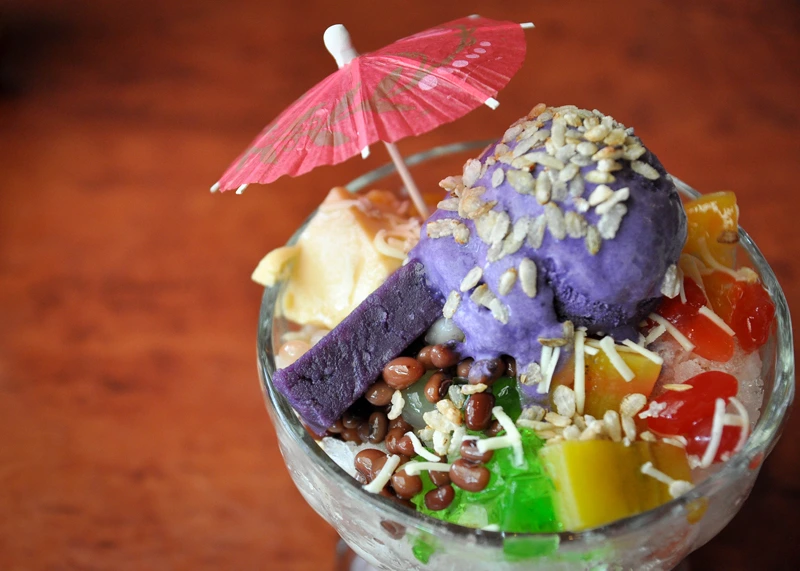
To get acquainted with any place, city or county, you must visit the local food market. And your vacation in Manila would be incomplete if you miss its famous dessert Halo-halo. It is a sweet dish made with ube ice cream, shaved coconut meat, fruit, jelly, sweet beans, sweetcorn, leches flan, and ice.
You can get Halo-halo anywhere in the city, from street vendors to expensive restaurants. The best places to get Halo-halo in Manila are Milky Way Café , Kabigting’s Halo-halo , and Razon’s Halo-halo, but if you have a budget problem, head to Chowking .
Milky Way Café : Milkyway, 900 Antonio Arnaiz Ave, Makati, 1200 Metro Manila
Kabigting’s Halo-halo : TDK Bldg, Congressional Ave, Bago Bantay, Quezon City, 1105 Metro Manila
Razon’s Halo-halo : 790 A Maria Clara St, Quezon City, 1114 Metro Manila
18. Take Pictures with Life-Size Toy Collection at Yexel’s Toy Museum

Are you a fan of Star Wars or Marvel heroes? Yexel’s Toy Museum will give you a chance to take pictures with the life-size toys of your favourite heroes. The museum offers an extensive collection of toys, including Barbie Dolls, Disney cartoons, and Movie figures. The most famous life-size toys are Iron man suits, Star Wars, Simpsons, and Optimus Prime.
Address: 52 Sampaguita Rd, Las Pinas, 1740 Metro Manila
Opening Hour: Daily 10:00 am to 05:00 pm
Entrance Fee: PHP 300.00 (U$5.99) per person
19. Star City Amusement Park

Whatever you do in Manila but don’t miss the Star City, Amusement Park . I repeat, don’t miss Star City, Amusement Park! Whether you think it’s a word of caution or a piece of advice. Just don’t you dare to miss it.
Star City is the biggest amusement park not only in Manila but in the Philippines as well. This air-conditioned amusement park is capable of entertaining people of all ages and suitable for all weather.
The park has over 30 crazy rides and attractions to entertain you and among them, Pirate Adventure, Snow World, Dungeon of Terror, Gabi ng Lagim, and Time Tunnel are prominent attractions.
But nothing can match the high Ferris wheel which is the star attraction of this amusement park. This Ferris wheel will give a terrific view of the city and it becomes more magical at night.
Address: Star City, Roxas Blvd, CCP, Pasay, Metro Manila
Opening Hour: Thursday to Sunday 12:00 pm to 08:00 pm (closed on Monday to Wednesday)
Entrance Fee: PHP 80.00 for adults & PHP 64.00 for senior citizens|Rides-All-You-Can (entrance included): PHP 490.00 for adults & PHP 357.00 for senior citizens
20. Jeepney Rides
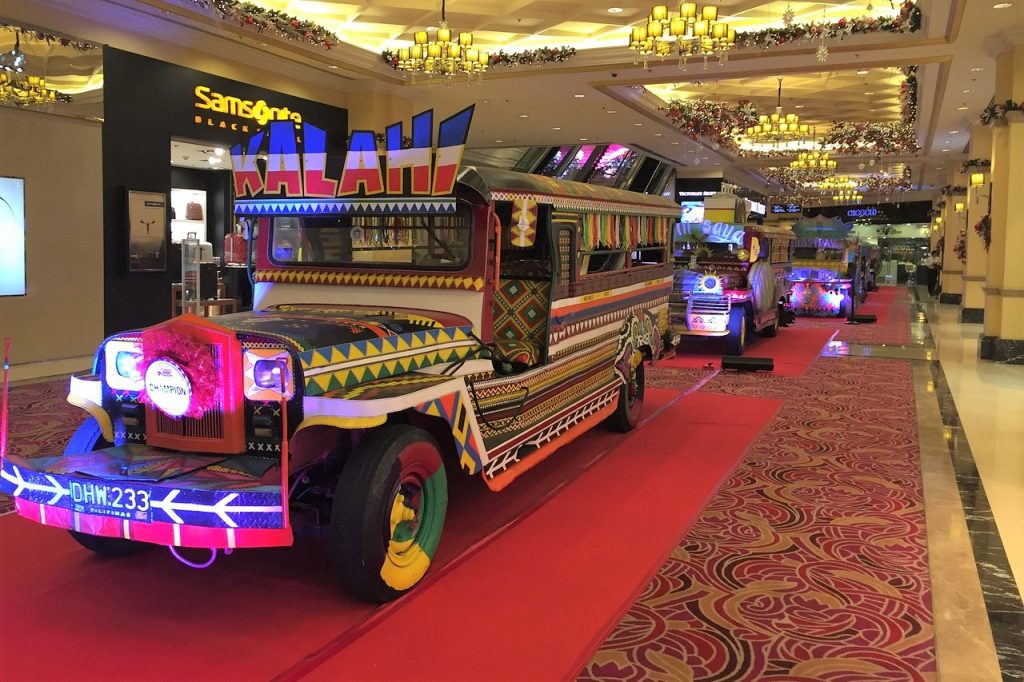
One of the most interesting things to do in Manila is Jeepney Riding . Jeepney is the most common and popular public transport in Manila. If you want to be friends with locals, Jeepney rides can be a great way.
These Jeepneys or jeeps were initially produced by the U.S military to use during the Second World War. From that time, these iconic and traditional Jeepneys were used as public transport in the Philippines.
The most unique and attractive part of this jeepney is its decoration with colourful ornaments. And the ornaments showcase pop culture and Pinoy architecture.
21. Visit World’s First Chinatown Binondo

Established in 1594 by the Spanish government, Binondo is considered the world’s first Chinatown. The actual vibrant and variegated business of Manila is here. Make sure you come to Binondo with an empty stomach because you’ll get a lot of mouth-watering Chinese food to eat.
Address: Binondo, Manila, 1006 Metro Manila
Escolta Street
You can’t complete your Manila trip without visiting Escolta Street. Escolta is the hotspot of commerce, finance, and trade for all types of businesses. Clothes, foods, or restaurants, no matter what you are searching for, this place contains all of them.
Maybe you come with an empty stomach at Binondo, but surely you have to go back with full. Binondo is the place where you’ll find tasty and affordable Chinese eateries at almost every corner. You can’t leave Binondo without trying Filipino-Chinese signature dishes, including mami (noodle soup), lumpiang Shanghai (egg roll with meat, fish, and vegetables), and hopia (bean-filled pastry).
22. The Nightlife of Manila

Filipinos are passionate about singing and dancing and the Nightlife of Manila is the best evidence of that. No activities can match the excitement of the Nightlife of Manila.
Manila is a metropolitan city and a prime spot for tourist destinations. Apart from this, the city has its popularity for dazzling and bustling nightlife. It has no shortage of clubs, pubs, and late-night restaurants to make the nightlife exciting and enjoyable.
The live music bars and busy clubs attract tourists all over the world to come here and enjoy the nightlife of this city. Here are some renowned nightspots where you can enjoy the nightlife of Manila.
Bonifacio Global City
Bonifacio Global City or BGC is a commercial hub and “Home of Passionate Minds”. You’ll find here everything you want to make your nightlife dazzling and memorable. From high-quality lounges to super bars and cocktail clubs, there is no shortage of nightclubs, pubs and bars.
Furthermore, BGC also houses some of the most remarkable late-night restaurants and shopping malls where you can also opt.
Black Market
Black Market club in Manila is one of the most popular and trendy nightclubs of this city. The club is designed like a warehouse and offers more than just a dancing club.
The crowds are mostly young and a mixture of locals and tourists. The music is so vibrant here and a mix of hip-hop, drum & bass, recent hits, and all-time classics. Though the club has no dress code, you probably should not wear flip-flops and singlets here as that’s not allowed.
Address: 2723 Sabio St, Makati, 1233 Metro Manila
Opening Hour: Wednesday to Saturday 10:00 pm to 04:00 am
The Aristocrat Restaurant
How about a barbecue night? Doesn’t it sound fun? There are many late-night restaurants in Manila that offer delicious barbecue and The Aristocrat Restaurant is the best of them.
The restaurant has the best chicken barbecue that you’ll not get anywhere else. You certainly can’t resist the aroma of freshly prepared food. At night the atmosphere of this restaurant becomes more enchanting and alluring.
Address: 432, 1004 San Andres St, Malate, Manila, 1004 Metro Manila
Opening Hour: Everyday 06:00 pm to 01:00 am
23. Visit Weekend Markets
One of the most excellent things to do in Manila is visiting the Weekend Markets . Through these markets, you can get acquainted with local products, Philippine cuisine, and the warm-hearted people of the Philippines.
Here are the two most incredible and popular weekend markets in Manila.
Greenfield Weekend Market
Since March 2014, Greenfield Weekend Market has been making a great impact on the weekend markets in Manila. Its massive size attracts thousands of sellers and market goers to have an evening of hunting and bargaining.
The market is rich with unique products, food, vintages, art, music, and fortune tellers. Trust me, it could be a different kind of Saturday if you make a visit to the Greenfield Weekend Market.
Address: H3H3+JMM, Unnamed Road, Mandaluyong, Metro Manila
Opening Hour: Friday to Sunday 02:00 pm to 12:00 am
Salcedo Saturday Market
To get fresh vegetarian or vegan-friendly products, you have to come to the Salcedo Saturday Market . The market is located in the heart of Makati City and unlike the crowded markets of Manila, it has an easy and relaxing atmosphere which is suitable for children as well. Here you’ll get over 50 suppliers and delicacies from all over the world.
Address: Salcedo Village, Jaime C. Velasquez Park, Makati, Kalakhang Maynila
Opening Hour: Every Saturday 07:00 am to 02:00 pm
24. Greenbelt Chapel
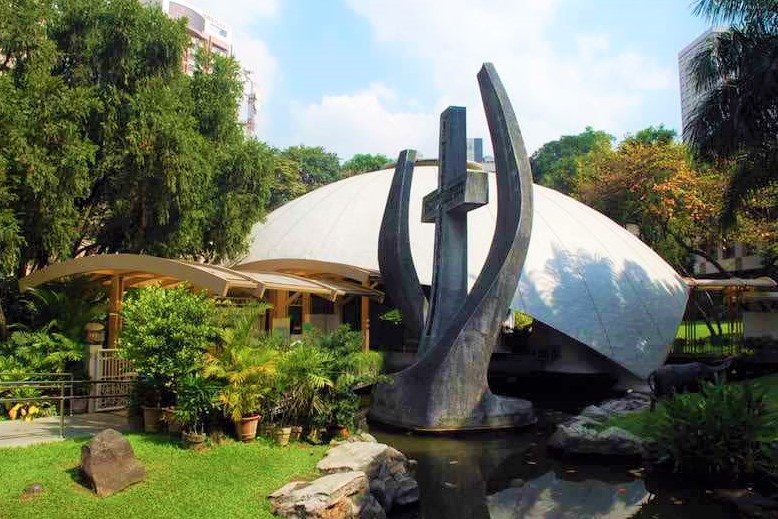
Manila is a vibrant metropolitan city but that doesn’t mean you will not see religious aspects here. The Filipinos are very devoted to their religion and you will see that in their churches and chapels.
Greenbelt Chapel is one of the most prominent and renowned religious centres in Manila not only because it’s religiously rich but because of its marvellous architecture and green surroundings. The chapel is also known as the Chapel of Santo Niño de Paz.
Unlike the traditional Catholic chapels, this one is the most unique and impressive building in the city because of its pavilion-style architecture with thick enclosed walls. Apart from this, the chapel is also surrounded by a tranquil pond, spectacular sculptures, and green plants.
Address: Ayala Center, Makati, Metro Manila
Opening Hour: Monday to Saturday 07:00 am to 08:00 pm|Sunday 07:00 am to 09:00 pm
25. Chinese Cemetery

To get the historical, architectural, and cultural enlightenment about the Philippines, you must visit the Chinese Cemetery . This cemetery was built to bury the wealthy Chinese during the Spanish colonial period. These Chinese citizens were refused to be buried in the traditional Catholic cemetery. So they built this Chinese Cemetery.
The cemetery is flanked by lavish villas which are actually mausoleums, at the same time, they are full of functioning households. Besides, the cemetery also houses Chong Hock Tong Temple, Martyrs Hall (Liat See Tong), Ruby Tower Memorial, and Carlos Palanca Memorial (Tan Quien Sien).
Address: JXMM+2V7, Santa Cruz, Manila, Metro Manila
Opening Hour: Everyday 09:00 am to 03:00 pm
26. Ayala Museum
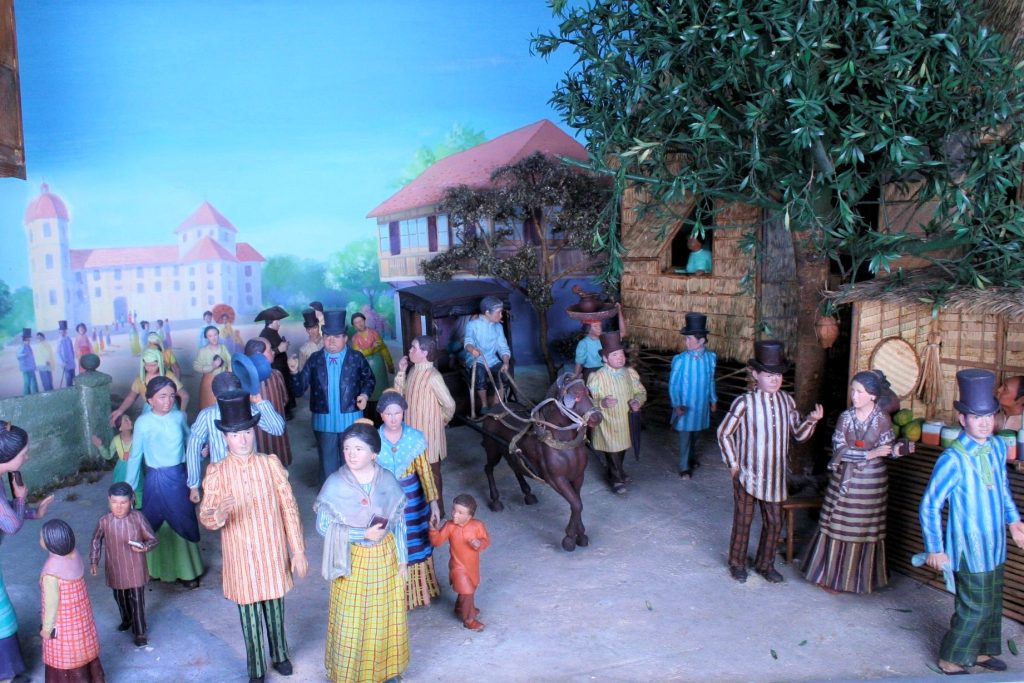
The Philippines is rich in culture, history, and art. And the best way to explore this history, art, and culture is by visiting the museums.
Ayala Museum is one of the most extensive museums in Manila and it’s also a tourist hotspot. It is a four-floor museum that has a huge range of displays, showcasing the journey of the Filipinos from ancient history to the present day.
This majestic museum attracts both locals and tourists as well through its magnificent exhibition of 60 incredible dioramas. The museum showcases Maritime Vessels, pre- Hispanic gold jewellery, Embroidered Multiples, Pioneers of Philippine Art, and many more.
Not only that, but the Ayala Museum also houses an educational centre where you can attend lectures, discussions, workshops, etc.
Address: Greenbelt Park, Makati Avenue, corner Dela Rosa Street, Ayala Center, Makati, Metro Manila
Opening Hour: Wednesday to Sunday 10:00 am to 05:30 pm
Entrance Fee: PHP 425.00 for adults & PHP 300.00 for students and children
27. Rejuvenate yourself in the Spas of Manila
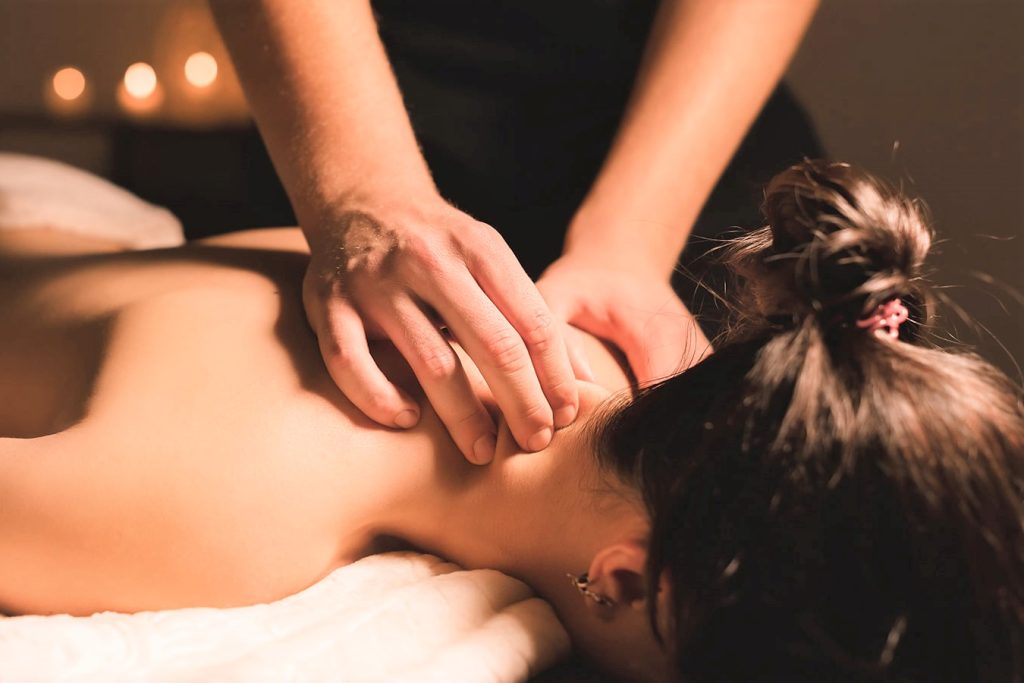
You probably get tired of doing lots of exciting and fun activities in Manila. Now it’s time to relax and rejuvenate yourself by simply taking a spa and massage. A therapeutic massage not only makes you relax and reenergize but its curative power benefits your mind and spirit.
So without waiting further, let’s find out the best spas in Manila where you’ll get the most satisfying services.
I’M Onsen Spa
Located in the heart of Makati City, I’M Onsen Spa is the largest spa in the Philippines and the country’s first sento-style spa.
The specialization of this spa is the “Art of Onsen”. Onsen is the traditional Japanese hot spring bath which will give you an ethereal experience. Onsen has been practised in Japan for centuries and it is said that Onsen bathing activates the body’s systems, stimulates circulation, and speeds up metabolism.
Apart from this, I’M Onsen Spa also offers Japanese Shiatsu massage, healing stone therapy, jet lag recovery massage, and so on.
Address: I’M Hotel, UG Floor, Makati Avenue Corner, Kalayaan Ave, Makati, 1210 Metro Manila
Opening Hour: Wednesday & Thursday 12:00 pm to 02:00 am|Friday to Sunday 11:00 am to 02:00 am (closed on Monday & Tuesday)
Chi, The Spa, Edsa Shangri-La
Get ready to have a luxurious spa in Manila at Chi, The Spa, Edsa Shangri-La . Chi is an ancient practice of the Filipinos for the well-being of the body and mind. This spa will give you an amazing experience through its superb ambience and service. At the same time, the staffs are so friendly that you would like to come back here every time.
Address: 4 & 5 Floor, Garden Wing, 1 Garden Way, Ortigas Center, Mandaluyong, 1650 Metro Manila
Opening Hour: Everyday 10:00 am to 08:00 pm
Prea Wellness Spa
Prea Wellness Spa is a colourful paradise where you’ll get a well-deserved self-care experience through its various types of massages, body therapies, and beauty treatments.
This spa provides highly professional therapists to give you the best treatments. Not only that, they prefer to blend traditional remedies and modern techniques to have the best outcome.
Address: ITC Building Unit F Timog Ave, corner Panay Ave, Quezon City, Metro Manila
Opening Hour: Tuesday to Sunday 01:00 pm to 02:00 am
Where to Stay in Manila

Being the capital city of the Philippines, Manila offers various options of accommodation with different prices and facilities. Here I have recommended a luxury, a mid-range, and a budget hotel. Choose what suits you best.
Luxury Hotel- Raffles Makati
To have the comfort and enjoy the luxury, you can book Raffles Makati. Here you will get an outdoor swimming pool, a gym, business centres, and free Wi-Fi in the entire hotel. This accommodation has a 4.5-star rating and provides excellent services.
To check prices and other facilities, visit Booking or TripAdvisor
Mid-Range Hotel- The Peninsula Manila
Not everyone can afford a luxury hotel. For those who are finding mid-range hotels, The Peninsula Manila can be the best option. It has a 5-star rating and offers an outdoor swimming pool, eight dining options, a spa, and free Wi-Fi throughout the hotel.
Budget Hotel- DG Budget Hotel
A budget hotel with good facilities is not so rare in Manila. Backpackers can easily access DG Budget Hotel, which is situated just a 10-minute walk from the Ninoy Aquino Airport. This accommodation comes with air-conditioned rooms, a tea/coffee maker, a flat-screen TV, and free Wi-Fi access. You can get really good services at a very reasonable price.
To check prices and other facilities, visit Booking .
With my experience and proper research, I always try to give you valuable and acquired information to make your travel easy. If you find this article helpful, let me know in the comment section and show your support.
Related Posts
Top 30 places to visit in baguio, philippines: explore the amazing city, the best 1 to 3 days manila itinerary & budget guide for first-time visitors, experience the best of the tagaytay day tour, the top 10 malaysian restaurants in manila for an appetizing menu.
Save my name, email, and website in this browser for the next time I comment.
This site uses Akismet to reduce spam. Learn how your comment data is processed .
Type above and press Enter to search. Press Esc to cancel.

15 Awesome Things to do in Manila (Itinerary for First Time Visitors)
At first glance it may seem that there aren’t many interesting things to do in Manila, but that couldn’t be further from the truth.
Manila is a huge megacity that’s home to millions of people, a sprawling metropolis that few travelers hang around in for long.
For many visitors, the Filipino capital is just a transit point on their way to tropical islands, but give any Manila itinerary a chance and you’ll realize that there’s more to this city than just traffic jams and chaos.
To understand the Philippines as a whole, then you have to visit the capital. This is where you’ll find the best museums in the country, alongside the walled city of Intramuros that’s full of historic, colonial relics.
The city is incredibly diverse too, and you can explore the culinary delights of Chinatown, shop at the seemingly endless Divisoria Market and experience the late-night delights of the up and coming Makati district.
There are a lot of great things to do in Manila, and here are our favorites!
Don’t leave home without: Lonely Planet Philippines (Travel Guide)
15 Things to Do in Manila (Itinerary for First Time Visitors)
Table of Contents
1. Explore the Intramuros

Intramuros is the most historic area in Manila. The name means ‘Within the Walls’, a Spanish reference to the fact that this was the walled city built to defend the city’s colonial elite from outside revolt or attack.
This was the capital of the Spanish Philippines for 300 years, from the 16th century onwards and it was around Intramuros that the modern metropolis you find today grew.
You can walk along the tall walls that still stand around Intramuros, strolling past Spanish cannon and reading the intriguing historical plaques on the way.
There are countless heritage-listed buildings, you can visit Manila Cathedral and explore the ever imposing Fort Santiago.
Our top recommended tours of Intramuros:
- Private Old and New Manila City Tour
- Manila Old and New: Sightseeing Tour Including Intramuros and Fort Santiago
- Private Half-Day Manila Tour by Jeepney
2. See the Manila Cathedral

Visiting Manila Cathedral – or The Minor Basilica and Metropolitan Cathedral of the Immaculate Conception, as it’s officially known – is one of the best things to do in Manila.
The cathedral dates back to 1571, but it’s gone through many changes since the Spanish first founded it as they attempted to spread Christianity across the Philippines.
The church has been destroyed on at least 7 occasions and the structure you see today is the 8th reincarnation, with war and natural disasters have taken their toll.
Our top recommended tours of Manila Cathedral:
- Manila City Intramuros Tour
- Manila Sightseeing plus Tagaytay Tour with Taal Volcano
3. Fort Santiago

Fort Santiago is an impressive colonial relic that forms part of the walled city, and it’s one of the best things to do in Manila if you’re interested in history.
The fort was built when Manila was declared the capital of the Spanish Philippines and it would quickly become a symbol of Spanish power in the city.
When the Spanish left, the Americans took over, followed by the Japanese during World War II, until Filipino independence saw it turned into a museum.
Many Filipino heroes have been held in the prison cells within the fort, including Jose Rizal, the famed writer who lost his life to the Spanish. You can see a shrine dedicated to his life and death within the fort.
Our top recommended tours of Fort Santiago:
4. Rizal Park

One of the best things to do in Manila is to stroll through Rizal Park. This is the city’s most famous park, and it’s dedicated to the hero of the Filipino Revolution, Jose Rizal, who was executed here by the Spanish in 1898.
It’s an important place, flanked by museums and full of statues and busts of historical characters from Filipino history.
In the late afternoon as the sun begins to set and the temperature lowers, then all of Manila seems to visit Rizal Park to enjoy the laid back atmosphere and cool evening breeze.
Our top recommended tours of Rizal Park:
- Intramuros Manila Tour
5. The National Museum Complex

One of the best things to do in Manila if you’re looking to delve into the country’s history is to visit the National Museum Complex.
The complex comprises several individual museums that are found in grand, neoclassical buildings in Rizal Park.
You can easily spend the day exploring all the different exhibits and departments, which include the National Museum of Fine Arts, the National Museum of Anthropology and the National Museum of Natural History.
6. Manila Bay

Manila Bay is the large, natural harbor that the city is built around, and it’s perhaps the most important feature of the capital.
The wide bay has been the site of naval battles through history, many of which have decided who ruled over the Philippines.
These days though, the bay is best known for its beautiful sunsets and long boardwalks.
You can stroll along the edge of the bay at the forefront of the city, and it’s a favorite spot amongst locals for exercising or just getting out and about, while you can also enjoy evening dinner and sunset cruises across the water for spectacular views of the city skyline.
Our top recommended tour of Manila Bay: Shared Manila Sunset Cruise by the Bay
7. Corregidor Island

One of the best things to do in Manila is to take a boat tour across to Corregidor Island.
This is one of the largest islands that’s found in Manila Bay, and due to its strategic position at the entrance to the bay itself, in the past, it was always one of the most heavily fortified parts of the city.
Today, much of the island is still the site of bunkers, barracks and gun emplacements, and it makes for a great day out from the city.
World War II saw fierce fighting on Corregidor Island when the Japanese invaded, and many of the fortifications are now in ruins.
You can find a memorial to those who died on all sides, while many of the siege tunnels can be explored.
Our top recommended tours of Corregidor Island:
- WWII and Corregidor Island: Historical Sightseeing Tour from Manila
- Corregidor Day Trip from Manila
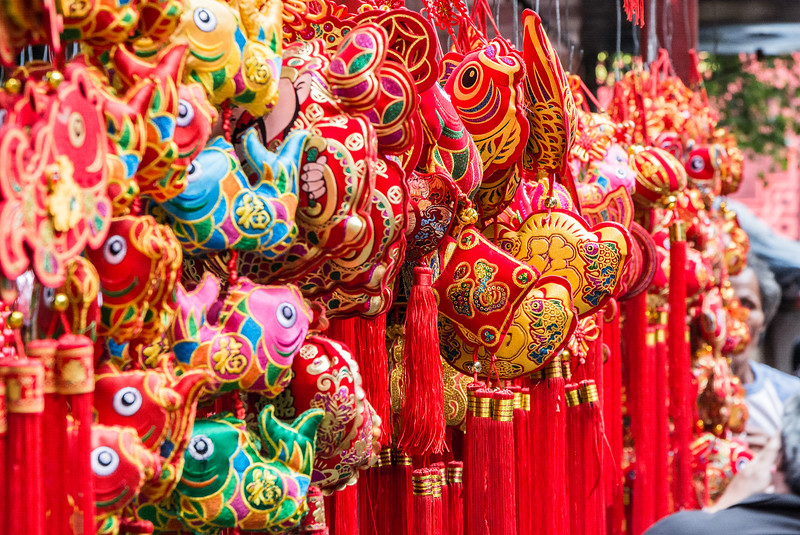
Exploring Binondo, otherwise known as Chinatown, is one of the best things to do in Manila to learn more about the city’s mixed heritage and culture.
For centuries, Chinese immigrants have shaped Manila, but while the Spanish colonizers lived in Intramuros, the Chinese were forced to live outside the walls, in what became the Binondo district.
Binondo Church is one of the oldest in the country, but the real highlight of a trip to Binondo is the food.
This is one of the best places in the city to delve into the culinary scene, as the mixed Filipino-Chinese history has given Binondo some of the best restaurants and dishes in Manila.
Our top recommended tours of Binondo:
- Binondo Food Tour
- A Taste of Binondo-Chinatown
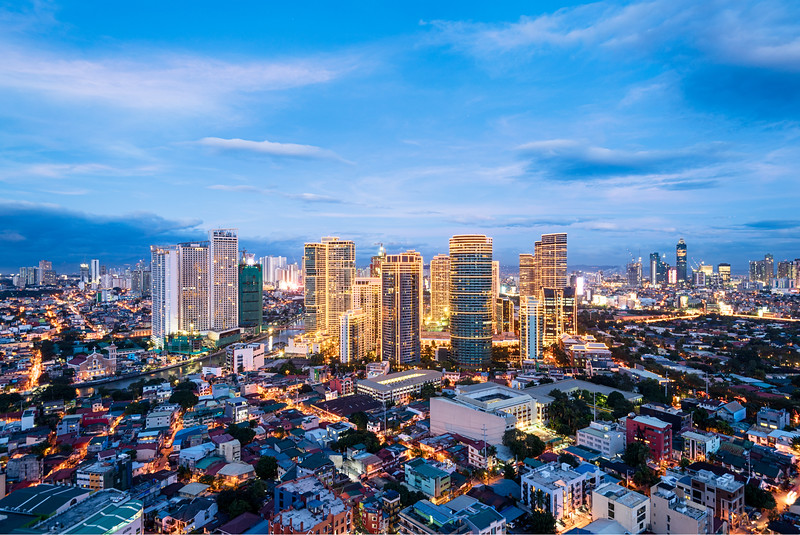
Makati is Manila’s most up and coming district, a relatively new part of the city that is home to big business and finance. This is where you’ll find skyscrapers and shopping malls, as well as the lovely Ayala Triangle Gardens.
Makati is also renowned for its nightlife, and if you are looking for a few drinks then the many upmarket bars and clubs that are found here are the place to go.
10. Ayala Museum
The Ayala Museum is found in the Makati district, and it’s one of the best things to do in Manila to learn more about Filipino history.
The modern museum houses a wonderful collection of historic artifacts collected from around the Philippines ranging from ancient pottery to prehistoric excavations.
It’s a great place to learn more about the country’s vast number of different ethnic groups too, and their unique history, culture and heritage.
11. Villa Escudero

Just outside of Manila, you can find Villa Escudero, a coconut plantation that offers you the chance to visit the countryside and to experience the local culture .
You can visit an onsite museum, enjoy entertainment shows, ride a bamboo raft across the lake and best of all, enjoy a gourmet dining experience beneath a waterfall.
Our top recommended tours of Villa Escudero:
- Villa Escudero Tour with Lunch From Manila
- Private Tour: Villa Escudero with Lunch from Manila
- Villa Escudero Coconut Plantation Day Trip from Manila
12. Pagsanjan Falls

One of the best day trips from Manila is to Pagsanjan Falls, a spectacular waterfall that will blow you away with its size and location.
It’s a great way to escape the bustling streets of the city and to get back to nature, as you’ll be immersed in the forest on your way to the waterfall.
The only way to reach the falls is by hiking from the nearest town or by taking the popular local dugout canoes along the river, to see the triple cascades from below.
Our top recommended tours of Pagsanjan Falls:
- Pagsanjan Falls from Manila
- Pagsanjan Falls Adventure from Manila
- Pagsanjan Falls Day Tour from Manila
13. Taal Volcano

Despite being a huge mega-city, Manila makes for a surprisingly good base to reach nearby natural attractions, and one of the best places to visit is the Taal Volcano.
The Philippines is rife with volcanic activity, and the Taal Volcano is one of the second most active in the country.
It’s also one of the most beautiful volcanoes, as here you can find a volcano within a volcano, as a large water-filled crater on an even larger lake surrounds the active cone. It’s a spectacular sight, and perfect for outdoor activities.
Our top recommended tours of Taal Volcano:
- Full-Day Taal Trekking Shared Trip from Manila
- Private Taal Volcano Trekking with Lunch from Manila
14. Tagaytay

Taal Volcano is found in the Tagaytay region to the south of Manila, but there’s plenty more to do here on your day out, and it makes for a popular trip from the city for a variety of reasons.
Tagaytay is found in the highlands, and if you’re over the sweltering humidity of Manila, this makes for a cool and blissful retreat. There are hiking opportunities, scenic viewpoints and plenty of spas offering relaxation treatments!
Our top recommended tours of Tagaytay:
- Tagaytay Ridge Tour from Manila: Palace in the Sky, Taal Volcano and Las Pinas Bamboo Organ
- Private Half-Day Tagaytay Tour from Manila
15. Malacanang Palace

Back in Manila, a visit to the Malacanang Palace will give you a chance to see where and how the President lives in the city.
The grand building dates back to the 1750s when it was built by the Spanish to serve as the residence for their governors, in a prime position on the river.
More on the Philippines:
- Coron Palawan: The Only Guide You Need
- 30 Must Visit Tourist Spots in the Philippines
- 36 Philippines Photos To Inspire Your Next Vacation
- 25 Amazing Drone Photos of the Philippines
- 24 Bohol Tourist Spots & Things to Do That You Cannot Miss
- Travel Recap: 4 Weeks in the Philippines
- Crowning Glory Reef: World Class Snorkeling off Culion Island, Philippines
- Scuba Diving in Puerto Galera, Philippines
- Glimpses of Culion Island in the Philippines- B&W Photo Essay
- Exploring Busuanga and Getting Off the Beaten Track in the Philippines
- Mountain Biking Adventure Busuanga, Philippines
- Finding a Piece of Africa on Calauit Island, Philippines
- Philippines: How to Get From Manila to Puerto Galera
Did you like this story? Share it!
Travel planning resources, about lina stock.
Lina is an award-winning photographer and writer that has been exploring the world since 2001. She has traveled to 100 countries on all 7 continents. Member: SATW, NATJA, ATTA, ITWA
Leave a Comment Cancel reply

13 Best Things to Do in Manila, the Philippines
:max_bytes(150000):strip_icc():format(webp)/mike_borobudur-5b6d3ea446e0fb0025fcb683.jpg)
simonlong / Getty Images
Most tourists heading to the Philippines tend to skip over Manila, choosing instead to head straight to tropical beach destinations like Palawan , Boracay , or Bohol . However, the sprawling Filipino capital city and surrounding metro area offer a completely different side of the country away from the touristy resorts, and it's an especially popular stop for backpackers traveling throughout Southeast Asia for its affordability and rich culture, expressed in architecture, natural beauty, and delicious cuisine.
Immerse Yourself in Filipino Culture
Ayala Museum
For an overarching introduction to Filipino art, culture, and history, spend a day exploring the Ayala Museum in the Makati Business District. The building includes six stories of exhibits ranging from pre-colonization artifacts to contemporary art, so visitors can really get a grasp of the Philippines in one condensed lesson.
Sixty individual and elaborately designed dioramas give a visual archive of some of the most important milestones throughout Filipino history, dating all the way back to prehistoric times and leading up to the Philippines independence from the U.S. in 1946. Other exhibits focus on the tumultuous years since independence, while entire floors are dedicated to the works from some of the most important Filipino artists.
Dive Under the Sea at the Manila Ocean Park
If Manila is just a pitstop on your way to other beach destinations in the Philippines, you'll see plenty of sea life while snorkeling in the Pacific. But you can get a comprehensive preview at the Manila Ocean Park, which includes a massive Oceanarium of nearly 300 different marine species native to the Philippines and Southeast Asia. At the heart of the aquarium is a giant tunnel that lets visitors walk through the tank for a 220-degree view of the animals around them.
While the Oceanarium is the main attraction at Manila Ocean Park, it's not the only one. Get hands-on with reptiles and insects at the World of Creepy Crawlies exhibit, or visit some feathered friends at the Birdhouse. The Manila Ocean Park is right on the water of Manila Bay and conveniently located at the edge of Rizal Park.
Visit the Birthplace of Manila at Intramuros
Bertrand Gardel / Getty Images
Once upon a time, "Manila" referred only to the parts of the city within the walls of Intramuros. This fortified wall dates back to the arrival of Spanish colonizers, who ruled the rest of the Philippines from inside this self-contained world. While many of the bygone structures have been destroyed over the centuries by war and natural disasters, some of the original structures can still be found, like the San Agustin Church , the Governor-General's Palace, and the fearsome Fort Santiago .
Today, the Walled City of Intramuros is now open for tourists. Visitors can explore relics of Spanish rule in the Philippines, including museums like the Bahay Tsinoy, which is dedicated to telling the story of the Filipino-Chinese community.
Enjoy Wide-Open Space at Rizal Park
The massive public park facing Manila Bay called Rizal Park has something for everyone. In a place like Manila—the most densely populated city in the world—finding open space to enjoy isn't easy to come by, but the huge Rizal Park is a welcome exception. The park's namesake—Jose Rizal—is a national hero who helped lead the country toward independence from Spain and was executed, and he's buried underneath the towering obelisk. Every evening, there's a light and sound show at the exact spot he was martyred.
Beside just taking a stroll through the 140-acre park, visitors can also take part in kali martial arts lessons, watch the changing of the guard at the Rizal Monument at noon, or take scenic photos of colorful orchids and butterflies at the Orchidarium.
Hear the Echoes of War at Corregidor Island
Shanenk / Getty Images
Once a heavily-armed fortress guarding the entrance of the bay, Corregidor Island served as Manila's final line of defense during the Japanese invasion of World War II. The Battle of Corregidor killed countless U.S. and allied Filipino soldiers before General Douglas MacArthur surrendered to the Japanese and famously promised, "I shall return."
A number of memorials stand on Corregidor, standing among the ruins of the American settlement that stood on the island between 1900 and 1941. American-era fortifications and gun batteries can be reached by tourist buses traveling on winding concrete roads. Most tours culminate in a visit to the Malinta Tunnel, an underground shelter that housed General MacArthur before his retreat to Australia.
Cast a Spotlight on History at Manila's Public Museums
Tripsavvy / Mike Aquino
Three American-era government buildings near Rizal Park were converted into museums showcasing Philippine culture and history. Similar to the Smithsonian Institution, the National Museum of the Philippines is the umbrella organization that includes a number of public museums in Manila.
The former Finance Building is now the National Museum of Anthropology , and its hallways now display ethnographic relics from the Philippines' many Indigenous cultures. Rescued relics from the wreck of the Manila galleon "San Diego" can be seen on the museum's second floor.
The former Agriculture Building was transformed into the Museum of Natural History , where the Philippines’ rich biodiversity sits on display around a giant lobby centerpiece sculpted to resemble DNA.
The former Senate Building now serves as the National Museum of Fine Arts , where priceless artwork by famous Filipino artists stand alongside images of Catholic saints rescued from the Philippines' many old churches .
Visit Southeast Asia's Oldest Chinatown
rweisswald / Getty Images
The district of Binondo was founded as a home for Manila’s Christianized Chinese population during the era of Spanish colonization. Today, the hodge-podge of skyscrapers and ancient shophouses nonetheless remains the cultural center of Manila's "Chinoys," the Tagalog expression for the Chinese-Filipinos.
Binondo Church represents the paradox of Chinese culture in the Philippines—a Catholic Church with distinct Chinese influences, the Binondo Church caters to the spiritual needs of local Catholics.
Walk deeper into Binondo's narrow streets to experience awesome food and culture , where you can experience the unique noodle stylings of Masuki , feng shui tips at Sunrise , and the Chinese-inspired sweets and pastries of Eng Bee Tin , among others.
Watch a Manila Bay Sunset
Carlo Zamora / EyeEm / Getty Images
Don't leave Manila without witnessing one of its spectacular sunsets over Manila Bay. The best place to see it is along the Manila Baywalk, a beachfront promenade that's over a mile long and is one of the most popular places in the city for grabbing a drink, eating with a view, or just taking a scenic stroll. The Baywalk is lined with bars, cafes, and restaurants with outdoor seating, oftentimes with live music or other activities in the evenings.
Browse and Buy from Manila's Weekend Markets
Even the biggest city in the Philippines craves for fresh-from-the-market goods; Manila's weekend markets serve that hefty demand. On weekends, tourists hit Makati’s Salcedo Village Market (open on Saturdays) and the Legazpi Village Market (open on Sundays) to buy homemade fish paste, the rice sweets called suman , and handmade crafts.
The most well-known market in Manila, however, is Divisoria Market. There are many high-end shopping malls around Manila, but Divisoria Market is the place to go for bargain deals and haggling. The huge marketplace is more like a small neighborhood, so plan to spend some time walking through the stalls and taking a gander at all of the local goods.
See Manila’s Futuristic Side at Bonifacio Global City
Joseph Oropel / Getty Images
Bonifacio Global City, or just"BGC," feels almost foreign to Manila: a parklike business area with almost as many museums and open-air shopping districts as office buildings. Bars and restaurants can be found almost everywhere throughout BGC, but most of them are located along Bonifacio High Street, a main-street-style shopping district housing some of the world's finest retail and dining brands. High-end hotels also dominate the BGC skyline—the Shangri-La at the Fort is but one example.
A patriotic detour (for U.S. citizens anyway) can be found at the Philippines' counterpart to Arlington Cemetery nearby: the 152-acre Manila American Cemetery holds the graves of 17,202 American and allied servicemen.
Go Antique Shopping at Cubao X
Formerly a shoe emporium called Marikina Shoe Expo, its takeover by creative types spurred its transformation into the cutting-edge Cubao X, where the cross-pollination of vintage stores and indie artists produce a uniquely Filipino brand of retro magic.
You can find old-school toys, movie merch, and handmade Filipino souvenirs in Cubao X’s vintage shops, such as Grey Market Vintage and My Breathing Space . Studio Soup sells zines from the Philippines and across Asia. Vinyl collectors can browse collections curated by Gold Digger and Vinyl Dump . Ateliers like Kendo Creative sell artisanal stickers, enamel pins, bags, and maps created by up-and-coming artists.
Foodies can also dig into Cubao X’s restaurant and bar scene, ably held up by Bellini’s for Italian food, Fred’s Revolucion for craft beers and Filipino food , and Habanero Kitchen Bar for adventurous world cuisine.
Traveling with kids? A detour next to Bellini’s leads out to an interactive art museum, Art in Island , where you can pose for selfies against fantastic backdrops.
Cool down at Tagaytay and Taal Lake
Luca Tettoni / robertharding / Getty Images
Manila's heat can be intolerable between March and July, and Manila residents and tourists escape the heat at Tagaytay, located 34 miles south of Manila at a higher elevation overlooking the Taal Lake and volcano.
The laid-back town is home to a number of mountain resorts and hotels boasting excellent vantage points for viewing Taal Volcano. If you want to visit the volcano itself, that can be arranged, too: you'll need to take a "jeepney"—the ubiquitous and quirky public transportation around Manila — to the lip of the lake and negotiate a trip with one of the many touts waiting for travelers.
Drink and Dine in Poblacion’s Hipster Scene
Immediately north of the hyper-modern Ayala business district in Makati, the proudly bohemian Poblacion district keeps it real for hipsters and backpackers. Called “WilliamsBurgos” by locals (a portmanteau of the area’s Burgos Street with Brooklyn's Williamsburg), Poblacion mixes the seedy with the cutting-edge thanks to go-go bars, hostels, watering holes, and restaurants that show a more experimental and authentic side of Manila.
The food and drink scene in Poblacion seems to change from month to month, but a few names stand out. For example, Wantusawa Oyster Bar provides fresh oysters from Aklan and other Asian-influenced seafood dishes and A'Toda Madre serves top-shelf tequilas and mixtos.
Top 10 Indispensable Intramuros, Philippines Stops
This Itinerary Covers the Philippines' Best in 2 Weeks
Philippines' Top Churches
10 Things to Do in Luzon, the Philippines
Travel Guide to Metro Manila, Philippines
Top Places to Visit in the Philippines
I Survived a 15 Hour Food Frenzy in the Philippines
Ninoy Aquino International Airport Guide
Guide to Fort Santiago, Intramuros, Manila
Philippines Fiestas
Guide to San Agustin Church, Intramuros, Philippines
Exploring The Philippines Cordilleras' Rice Terraces
13 Best Things to Do in Iloilo, Philippines
Asia's Arlington: The Manila American Cemetery in the Philippines
Top UNESCO World Heritage Sites in Southeast Asia
14 Best Things to Do in Macao
Manila, Philippines
Book your individual trip , stress-free with local travel experts
Select Month
- roughguides.com
- Philippines
- Travel guide
- Itineraries
- Travel Ideas
- Local Experts
- Related Articles
- Travel Advice
- Accommodation
Plan your tailor-made trip with a local expert
Book securely with money-back guarantee
Travel stress-free with local assistance and 24/7 support
If you like big cities you’ll love Manila: it’s a high-speed, frenetic place, where you can eat, drink and shop 24 hours a day and where the Filipino heritage of native, Spanish, Chinese, and American cultures is at its most mixed up. Like many capital cities, Manila bears little resemblance to the rest of the country – something to remember if this is your first taste of the Philippines.
The best travel tips for visiting Manila
Top attractions and things to do in manila, best areas to stay in manila, best restaurants and bars in manila, how to get around manila, how many days do you need in manila, best time to visit manila, how to get to manila, travel ideas for philippines, created by local experts.

Tropical Escape to Palawan
Only have a few days to discover the island paradise of El Nido? Fly into Manila and take a domestic flight the next day to enjoy the white sandy beaches. Take a full day boat tour to discover the Bacuit Bay before enjoying a last dinner on the island and heading out to Manila on Day 4.

Island Paradise Palawan
Explore the island paradise of Palawan: From the Underground River in Sabang to feeling like Robinson Crusoe on Flower Island to the popular dive and beach hang-out El Nido, this itinerary shows you the variety Palawan has to offer.

Paradise Islands: Boracay & Palawan
Discover two paradise islands in the Philippines: world-famous Boracay and El Nido on Palawan. Enjoy luxurious hotels, white sandy beaches, a fascinating underwater world and the hospitality of the local population.

A Palawan Beach Dream
Endless white beaches, a fascinating underwater world, snorkeling, kayaking, diving - this itinerary is a dream for all the beach bums out there. Discovering Modessa Island, El Nido and Coron, you will see highlights of Palawan with plenty of time to relax and sip coconuts on the beach.

Total immersion - Visayas
Explore the fascinating Visayas: First you will get to know Cebu with its waterfalls and islands before heading to Dumaguete to swim with turtles and over to Bohol: known for its chocolate hills and tarsiers, this island never ceases to amaze. A few more beach days in Siquijor conclude this trip.

A diving adventure in Palawan
A fascinating underwater world is ready to be explored. Coron is known for its wreck diving while El Nido has beautiful islands, hidden lagoons, and hundreds of species of coral and marine life. This itinerary allows you to discover both places, above and below the water.
Technically sixteen cities and one municipality make up what is officially known as Metro Manila, covering a vast 636 square kilometres.
Travelling around the city takes some effort; its reputation as an intimidating place stems from its size, apparent disorder, and dispiriting levels of pollution, exacerbated by the equally fierce heat and humidity.
To see the sights you will have to sweat it out in traffic and be prepared for delays, but the main attractions are essentially confined to Manila proper: the old walled city of Intramuros .
Don’t miss Binondo – Manila’s Chinatown – north of the Pasig River; and the museums and parks grouped along the crescent sweep of Manila Bay and Roxas Boulevard. Makati and Ortigas to the east are glossy business districts best known for their malls and restaurants.
Quezon City on the city’s northern edge is a little out of the way but boasts some lively nightlife, most of it fuelled by students from the nearby University of the Philippines.
Indeed, Manila prides itself on the quality of its restaurant, bar, and clubs and the ability of its residents to whip up a good time – for many tourists, this will be their enduring memory of the place.
Need a hand planning your trip? Our local experts can help you out!

© Jon Bilous / Shutterstock
Manila is not the reason you visit the Philippines , but there is more to see and do, than most people think. Especially the old part of the city is worth a visit. We have selected the best things to do in Manila.
#1 Take a walking tour around Intramuros
The old Spanish heart of Manila, Intramuros is the one part of the metropolis where you get a real sense of history. It was established in the 1570s and remains a monumental, if partially ruined, colonial relic – a city within a city, separated from the rest of Manila by its overgrown walls.
It’s not a museum; plenty of government offices are still located here, and many of Manila’s poorest call the backstreets home.
The main drag is General Luna Street, also known as Calle Real del Palacio. A good way to see the area is by arranging a walking tour with Old Manila Walks (Woldmanilawalks.com).
#2 Marvel at the oldest stone church in the Philippines
Dominating the southern section of Intramuros, San Agustin Church boasts a magnificent Baroque interior, trompe l’oeil murals and a vaulted ceiling and dome.
Built between 1586 and 1606, it’s the oldest stone church in the Philippines, and contains the modest tomb of Miguel López de Legazpi (1502–72), the founder of Manila, to the left of the altar.
The church was the only structure in Intramuros to survive the devastation of World War II, an indication of just how badly the city suffered.
Access to the church is via the adjacent San Agustin Museum, a former Augustinian monastery that houses a surprisingly extensive collection of icons and artefacts, including rare porcelain, church vestments and a special exhibition on Fray Andrés Urdaneta (who led the second voyage to circumnavigate the world in 1528, and pioneered the Manila–Acapulco sea route).

San Agustin church, Manila © Shutterstock
#3 See the Rizal Shrine at Fort Santiago
The remains of Fort Santiago stand at the northwestern end of Intramuros. The first log fortress was built by Spanish conquistador Miguel López de Legazpi in 1571 on the ruins of Rajah Sulaiman’s base but was rebuilt in stone twenty years later.
The seat of the colonial power of both Spain and the US, Fort Santiago was also a prison and torture chamber under the Spanish regime and the scene of countless military police atrocities during the Japanese occupation (1942–45). Most of what you see today has been rebuilt in stages since the 1950s, after being virtually destroyed in 1945.
The real highlight is the Rizal Shrine, occupying a reconstruction of the old Spanish barracks (the brick ruins of the original are next door). It is edicated to José Rizal, the writer and national hero who was imprisoned here before being executed in what became Rizal Park in 1896.
#4 See Filipino masters at the National Museum of Fine Arts
Just to the north of Rizal Park is the National Museum of Fine Arts, the foremost art museum in the Philippines, housed in the grand old Legislative Building (completed in 1926 and home of the Senate till 1996) on the northern edge of Rizal Park.
Galleries are laid out thematically in a rather desultory fashion over two floors, but each one is relatively small and easy to digest.
The highlights are paintings by Filipino masters including Juan Luna (1859–99), Félix Hidalgo (1855–1913), José Joya (1931–95) and Fernando Amorsolo (1892–1972), with the most famous works displayed in the Hall of the Masters near the entrance.
Other galleries are dedicated to National Artist award winners (Amorsolo was the first in 1972), showcasing Joya’s Origins and Amorsolo’s Portrait of President Manuel Roxas.

National Museum Fine Arts Building, Manila, Philippines © Shutterstock
#5 Find sunken treasures at the National Museum of Anthropology
The absorbing National Museum of Anthropology occupies what used to be the Department of Finance Building, a stately Greek Revival edifice completed in 1940. Much of the priceless collection of artefacts on display have been retrieved from shipwrecks, most notably the San Diego, a Spanish galleon that sank off Fortune Island in Batangas after a battle with the Dutch in 1600.
Recovered in 1992, the ship yielded over five thousand objects, not all intrinsically valuable: you’ll see chicken bones and hazelnuts from the ship’s store, as well as tons of Chinese porcelain, storage jars, rosaries and silver goblets.

National Museum of Anthropology in Rizal Park - Manila © Shutterstock
#6 Sip a martini at the Manila Hotel
The Manila Hotel, just northwest of Rizal Park, is the most historic of the city’s luxury hotels, though now a little careworn.
It’s still the best place to get a sense of early twentieth-century Manila, those halcyon days when the city was at its cultural and social zenith; you can even stay in the General Douglas MacArthur Suite, residence from 1936 to 1941 of the man Filipinos called the Caesar of America.
If staying the night is beyond your means, you can at least sip a martini in the lobby while listening to a string quartet and watching the capital’s elite strut by. When the hotel opened in 1912 it represented the epitome of colonial class and luxury.
Lavish dances known as rigodon balls were held every month in the Grand Ballroom, with high-society guests dancing the quadrille in traditional ternos (formal evening dresses) and dinner jackets.
#7 See more than 1,000 gold objects at Ayala Museum
Makati’s one must-see attraction is the Ayala Museum, by far the best place in the Philippines to get to grips with the nation’s complex history. The mighty Ayala family donated much of the initial collection in 1967, and this modern building was completed in 2004.
There are no dreary exhibits here, or ponderous chronological approach – the permanent exhibitions just highlight the key aspects of Philippine history beginning on the fourth floor with an extraordinary collection of pre-Hispanic goldware, created by the islands’ often overlooked Indigenous cultures between the tenth and thirteenth centuries.
Over one thousand gold objects are on display, much of it from the Butuan area in Mindanao, including the “Surigao Treasure”. Don’t miss the astonishing Gold Regalia, a huge 4kg chain of pure gold thought to have been worn by a datu (chief).
#8 Try the barbecue chicken at Aristocrat
Aristocrat, Manila’s most famous restaurant, still knocks out the best barbecue, along with a full roster of Filipino favourites.
Established out of an old van in 1936, Aristocrat is an institution among Filipinos for its justly lauded barbecued chicken and pork, as well as the whole spread of Filipino comfort food. The special halo-halo here is an extravagant concoction of taro ice cream, sliced banana, beans, nata de coco, ice and evaporated milk.
#9 Have a night out in Makati
From megaclubs to pubs, there’s a good night out to suit everyone in Makati . The nightlife here used to revolve around office workers spilling out of the nearby banks and skyscrapers, but these days much of middle-class Manila parties in the bars and clubs here, with plenty of expats and travellers thrown in – it’s generally smarter, safer, and more fashionable than Malate where the LGBTQI+ nightlife scene is centred.
The area around P. Burgos St is a bit seedier, though the go-go bar scene here is being driven more by Korean and Japanese KTV-style joints these days, and there are several genuine pubs in between offering cheap beers and snacks.

Roof top dining in Makati, Philippines © Shutterstock
#10 Haggle at Manila’s markets
Manila’s vibrant and chaotic street markets offer the best bargains. Taking a taxi from one of Manila’s opulent malls to a more traditional market district such as Quiapo or Divisoria is like going from New York to Guatemala in thirty minutes – the difference between the two worlds is shocking.
Prices in Manila’s markets are a lot cheaper than in the malls. Try labyrinthine Baclaran, a street market that spreads tentacle-like around the Baclaran LRT station. The focus throughout is cheap clothes and shoes of every hue, size and style, though you’ll also come across fake designer watches and pirated CDs and DVDs.
Or sprawling Greenhills Tiangge, north of Makati, which is notorious for its illegal bargains: fake designer goods as well as pirated software and DVDs. There’s also attractive costume jewellery on sale, and an area full of stalls selling jewellery made with pearls from China and Mindanao.
#11 See Casa Manila's ‘gossip toilets’
The splendid Casa Manila, a sympathetic replica of an 1850s colonial mansion, offers a window into the lives of rich Filipinos in the nineteenth century.
Redolent of a grander age, the house contains an impressive sala (living room) where tertulias (soirees) and bailes (dances) were held.
The upstairs family latrine is a two-seater, which allowed husband and wife to gossip out of earshot of the servants while simultaneously going about their business.
Although it’s a faithful reproduction of period Spanish styles, Imelda Marcos commissioned the house in the early 1980s, during her “edifice complex”
#12 Visit Manila Cathedral
Originally just a nipa and bamboo structure, Manila Cathedral was officially raised in 1581 but destroyed numerous times down the centuries by a combination of fire, typhoon, earthquake and war.
The seventh version was comprehensively flattened during World War II but the Vatican contributed funds to have it rebuilt.
The present Byzantine-Romanesque inspired structure was completed in 1958 from a design by Fernando Ocampo, one of the nation’s finest architects, and is similar in style to the cathedral that stood here in the nineteenth century.
The cathedral lacks the rich historical ambience of San Agustin, but the interior is impressive in its simplicity, with a long aisle flanked by marble pillars, stained-glass rose windows and a soaring central dome.

Facade of Manila Cathedral, Manila, Philippines © Shutterstock
#13 See 20,000 creatures at Manila Ocean Park
At the far western end of Rizal Park, along the bayfront, lies Manila Ocean Park, one of the city’s most popular attractions. The undoubted highlight is the Oceanarium, a huge saltwater tank viewed via a 25m-long walkway, packed with some twenty thousand sea creatures. Depending on what entry package you choose, it may include spectacular light shows, musical fountains, sea lion shows, a bird of prey exhibit, a trippy jellyfish installation and a penguin park.
#14 Gawp at the extraordinary Kamagi necklaces at Metropolitan Museum
The Metropolitan Museum is best known for the Central Bank’s astounding collection of pre-colonial gold and pottery, which lies in the basement.
Most of this stunning ensemble of magnificent jewellery, amulets, necklaces and intricate gold-work dates from between 200 BC and 900 AD, long before the Spanish Conquest.
Look out for the extraordinary Kamagi necklaces (long threads of gold), Islamic art from Lake Maranao, ancestral death masks and items from the Surigao Treasure.
The museum also houses a fine permanent collection of contemporary and historic artworks from Asia , America, Europe and Africa (including Egypt ), plus temporary displays from high-profile contemporary Filipino artists.
#15 Explore the faded glamour of Escolta Street
The shopping thoroughfare Escolta Street, which leads southwest off Plaza Santa Cruz, was named after the horse-mounted military escorts of the British commander-in-chief during the British occupation of 1762.
In the nineteenth century this was where Manila’s elite promenaded and shopped, but its dizzy days as a Champs-Élysées of the Orient are long gone.
Only a few examples of the street’s former glory remain; just across the river on the right is the First United Building, a pink and white Art Deco gem designed in 1928 by Andres Luna de San Pedro, the son of painter Juan Luna.
Opposite is another of his buildings, the all-white Regina Building of 1934, at 400–402 Escolta, with its Art Nouveau cupolas. Both buildings are occupied by eclectic shops and small businesses today.
#16 Tour Malacañang Palace
Home of the governor-generals and presidents of the Philippines since the 1860s, the Malacañang Palace (also “Malacañan” Palace) is a fittingly grand and intriguing edifice, well worth the minor hassle involved in arranging a visit (you can also join a tour).
Much of the palace is permanently off-limits to the public, but you can visit the wing that houses the Malacañang Museum.
Housed in the beautifully restored Kalayaan Hall, completed in 1921, the museum traces the history of the palace and of the presidency from Emilio Aguinaldo to the present day.
The origins of the Malacañang go back to a smaller stone house dating from 1750, which was bought in 1825 by the Spanish government and, in 1849, made into the summer residence of the governor-general of the Philippines.

Malacanang Palace, Manila © Shutterstock
As the capital, Manila has the best and biggest range of accommodation in the whole of the Philippines. From swish boutique hotels in the historic heart of the city to stylish historical stays, plus plenty of hostels and budget spots too. Here's where to stay in Manila:
Most of Manila’s budget accommodation is in the Manila Bay area, specifically in Ermita and Malate , which also have a high density of cheap restaurants, bars and tourist services. In recent years a number of reasonably priced mid-range hotels have sprung up, as well as several five-star places along Manila Bay, joining the historic Manila Hotel .
In the business district of Makati, there’s some midrange accommodation in and around P. Burgos St at the northern end of Makati Ave, beyond the Mandarin Oriental Manila. This is close to the red-light district, so if you want somewhere else in Makati try the somewhat anaemic but comfortable chain hotels in Arnaiz Ave (formerly Pasay Rd), behind the Greenbelt mall.
Quezon City
The hotels in Quezon City are almost all around Timog Ave and Tomas Morato Ave, close to the nightlife; if you’re planning to catch an early bus from Cubao, it might be worth staying here. If you have an early flight and a bit more cash to spend, try one of the convenient upmarket options close to the airport.
Browse all Manila accommodation options.

Jellyfish aquarium in Manila Ocean Park Philippines © Shutterstock
Eating in Manila is a real treat; there’s a full range of international and Filipino cuisine on offer, and budget eats are available on every street corner and in every mall in the form of vast food courts.
Everywhere you go, you’ll see evidence of the Filipino love of fast-food franchises, with national chains such as Jollibee, Chowking, Mang Inasal (with unlimited rice) and Max’s (for fried chicken) dotted all over the city.
Manila also offers a full range of fun, from the offbeat watering holes of Malate to the chic wine bars of Makati. Here are the best restaurants and bars in Manila:
- Ilustrado, Intramuros The floors are polished wood, the tables are set with starched linen, ceiling fans whirr quietly and the cuisine is grand. Signature dishes include creamy bagnet (deep-fried pork) and tender lengua con setas (ox tongue with brown sauce).
- Market! Market!, Bonifacio Global City This spotless high-end mall comes with tempting fresh-fruit stalls and a massive covered food court.
- Quick Snack, Binondo Tucked away down a side alley crammed with market stalls, it doesn’t get better than this for a cheap, home-cooked Hokkien-style meal. It’s best known for its lumpia (jumbo-size spring rolls).
- Lydia’s Lechon, Quezon City The lechon at this local favourite is delicious (especially the boneless variety with paella), but the secret is the sauce – a sweet, barbecue concoction that will have you hooked. The meat is priced per quarter kilo.
- Conspiracy Garden Cafe, Quezon City This wonderful little performance venue and café is a meeting place for artists, musicians, poets, songwriters and women’s groups.

© Richie Chan / Shutterstock
There are so many vehicles fighting for every inch of road space in Manila that at peak times it can be a sweaty battle of nerves just to move a few hundred metres, let alone get around easily. There are buses and jeepneys but visitors usually use Manila’s inexpensive, mostly airconditioned taxis.
Manila’s two light railway lines, the Manila Light Rail Transit (LRT) and the MetroStar Express (MRT) are cheap and reliable but badly integrated.
Trains are best avoided during rush hour (Mon–Fri 7–9.30am & 5–8pm) when you may have to line up just to get into the stations, and carriages will be jam-packed. Here’s how to get around Manila:
Metrostar Express (MRT)
The MetroStar Express (daily 5.30am–11pm, every 3–6min) is also known as MRT-3 (or yellow line). It runs for 17km along EDSA from Taft Ave in Pasay City in the south to North Ave, Quezon City in the north, connecting with LRT lines at the southern end and in the middle, and in the future at the northern end too.
You can buy a single journey ticket, or purchase a stored-value “beep card” (Wbeeptopay.com): these are available from station ticket offices, and from machines at the main entrances of stations.
Manila Light Rail Transit (LRT)
The LRT has two elevated rail lines: the 17.2km Green Line (LRT-1); and the 13.8km Purple Line, which, confusingly, is known as MRT-2.
The Green Line runs from Baclaran in the south to Roosevelt in the north, connecting with MRT-1 at Taft Ave/EDSA, and is due to connect at North Ave when the line on from Roosevelt is completed.
The Purple Line runs from Santolan in Pasig City to Recto in Quiapo, close to the Green Line’s Doroteo Jose station.
Tickets can be bought at most station offices, or “beep cards” are valid on both the LRT and MRT.

Food stall at Quiapo market in Manila, Philippines © Shutterstock
Philippines National Railway
The vintage 1892 Philippines National Railway line is gradually being brought back into service and should eventually have trains from Tutuban station north to Malolos.
At present all it has are a few infrequent and not tremendously useful services down the South Luzon Expressway as far as Calamba.
While sometimes useful (linking SM Mall of Asia and Baclaran station, for example), jeepneys can be incredibly cramped, and traffic congestion can make even short journeys last hours. Jeepneys are the cheapest way to get around, and they run back and forth all over the city.
You’ll also see tiny minivans or “FX taxis”, usually labelled UV Express, that zip between fixed points, usually without stopping.
Buses go along all major thoroughfares, such as Taft, EDSA and Gil Puyat (Buendia) Avenue, but are not allowed on most side streets. The destination is written on a sign in the front window. Most vehicles are ageing contraptions bought secondhand from Japan or Taiwan, and feature no particular colour scheme; it’s a matter of luck whether a bus has air conditioning.
Most Manila taxi drivers are honest these days and use the meter, though some may still try to set prices in advance or “forget” to switch it on (insist on the meter).
Taxis come in a confusing mix of models, colours and shapes; most metered taxis are white (and often called “white taxis” to differentiate them from the yellow airport taxis that have higher fares). Fares are good value and you’ll save time using white taxis over other road transport.
It is worth spending at least 3-4 days in Manila to get a good feel for the city and its attractions. You'll need at 2-3 days to see the historic Intramuros walled city, the National Museum of the Philippines, and the Rizal Park, but Manila could drag you in for weeks with its malls and markets, vibrant nightlife and incredible food scene. If you want to explore a number of neighbourhoods too, stay for 7-10 days.
Not sure how to plan your trip to the Philippines? Let our local experts help you out.

© PH Tourism Promotions Board
Manila has a hot and humid tropical climate with a wet season from May to October and a dry season from November to April. The best time to visit is during the dry season, although the city can get quite a lot of rain till February, and even the wet season sees many sunny days with short, intense downpours at dusk.
January and February are the coolest months and good for travelling, while March, April and May are very hot: expect sunshine all day and temperatures to peak at a broiling 36°C. As well as higher humidity, the wet season also brings typhoons, with flights sometimes cancelled and roads impassable.
The first typhoon can hit as early as May, although typically it is June or July before the rains really start, with July to September the wettest (and stormiest) months.
Find out more about the best time to visit the Philippines .

Fort Santiago, Manila © Shutterstock
Almost everyone visiting the Philippines arrives at Ninoy Aquino International Airport, on the southern fringes of Manila, named after the anti-Marcos politician who was assassinated here in 1983. But you can get to Manila by ferry and bus as well.
Ninoy Aquino International Airport has four separate and unconnected terminals, making it seem, confusingly, as if there are several different airports (you may hear locals refer to them this way).
Most international flights arrive at Terminals 1 and 3; Terminal 2, relatively nearby, serves only Philippine Airlines (international and domestic); the tiny Domestic Passenger Airport Terminal (aka Terminal 4) is 3km away on the other side of the airport.
An “airport loop” shuttle bus connects all the terminals, running frequently throughout the day, but traffic congestion means transfers can take over an hour in some cases – leave plenty of time.
2GO Travel ferries (incorporating Negros Navigation, SuperFerry, Cebu Ferries and SuperCat) use the passenger terminal at Pier 4, North Harbor (along Marcos Rd, a few kilometres north of Intramuros), from where you can catch a taxi to Ermita.
Departures include: Bacolod (4 weekly; 20hr); Butuan (1 weekly; 23hr); Cagayan de Oro (4 weekly; 34hr); Cebu City (5 weekly; 23hr); Coron (2 weekly; 15hr); Dipolog (1 weekly; 32hr); Dumaguete (1 weekly; 26hr); Iligan (1 weekly; 42hr); Iloilo (4 weekly; 28hr); Ozamiz (1 weekly; 35hr); Puerto Princesa (2 weekly; 32hr); Zamboanga (1 weekly; 42hr).
Dozens of buses link Manila with the provinces. As a general rule (and to avoid extra time negotiating Manila’s gridlock), for points south, you’re best off going to or from Pasay, in the south of the city around the junction of Taft Ave with EDSA, while for the north you’re better off using terminals in Cubao (Quezon City), towards the northern end of EDSA.
From Pasay, you can take the LRT or a taxi north to the Malate area or the MRT northeast to Makati and beyond. It’s a short walk to the Cubao MRT station from most bus stations in Cubao; taxis from Cubao to Makati are easy to flag down.
Leaving Manila by bus can be confusing as there’s no central bus terminal – each company has its own station, albeit clumped together in Cubao and Pasay (a third cluster lies on Rizal Ave, known as “Avenida”, in Quiapo). Usually, if you tell your taxi driver your destination, they will bring you to the right station.
Plan your trip to Manila with our guide to the Philippines .
Discover more places in Philippines
The rough guides to philippines and related travel guides.
In-depth, easy-to-use travel guides filled with expert advice.

Find even more inspiration here

Planning your own trip? Prepare for your trip
Use Rough Guides' trusted partners for great rates
written by Rough Guides Editors
updated 21.03.2023
Ready to travel and discover Philippines?
Get support from our local experts for stress-free planning & worry-free travels.
- Where to stay
- Travel advice
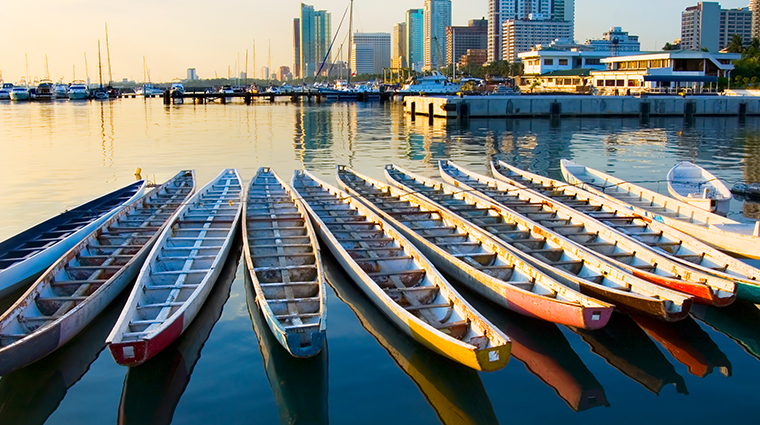
- Attractions and Landmarks
- Food and Wine
- Restaurants
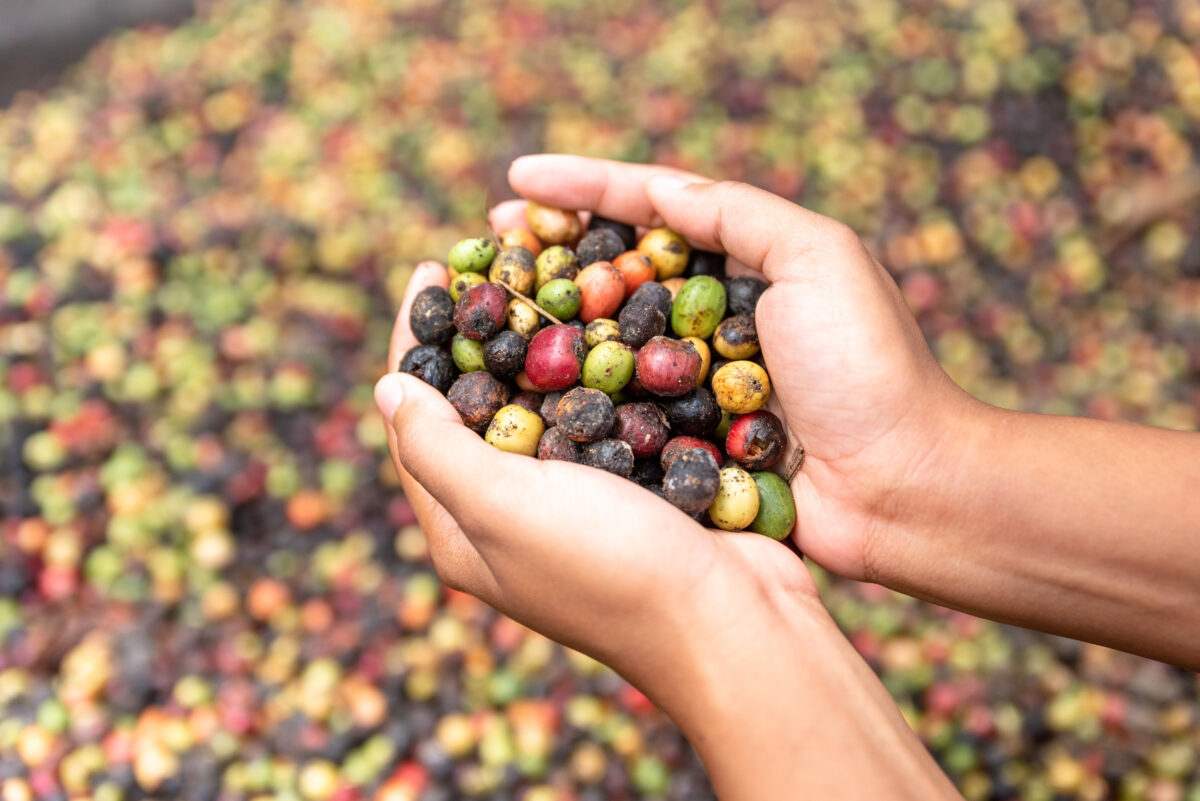
Dreaming of your next trip?
I agree to the Forbes Travel Guide Privacy Policy , Terms , and Cookie Policy . I understand I can withdraw my consent at any time.
Sign up for our newsletter
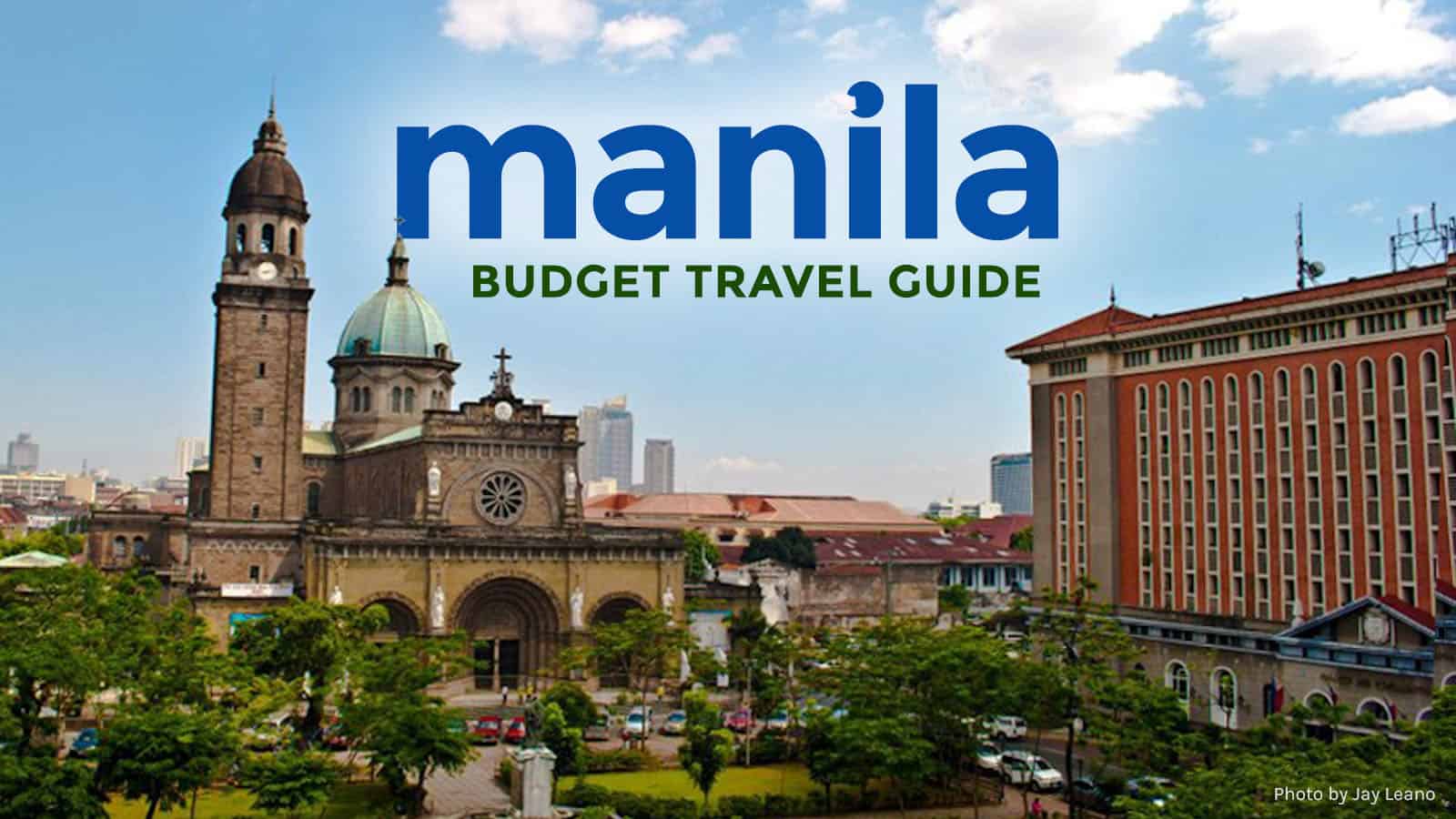
MANILA TRAVEL GUIDE with Sample Itinerary & Budget

It’s easy to dismiss Manila as a tourist destination. Most travelers see it only as a jump-off point to the country’s stunning islands. Outsiders may find it inexplicable, but I love Manila. It’s not perfect — far from it — but it is my home. It has been for 15 years now. Even when most of my friends have moved on to other places, I stay. Even now that I work online and I can choose to be anywhere else, I stay . Why? Because there’s much to love about Manila and its surrounding provinces.
Sure, Metro Manila is big, dense, and crazy. Just when you have just started exploring, you get lost in the crowd, choke in the pollution, or drown in her constant nagging. But those who make it past her sins are rewarded with an opportunity to appreciate her virtues. So here’s a travel guide to help you get close and personal with this underrated city.
WHAT'S COVERED IN THIS GUIDE?
UNDERSTANDING MANILA
Manila is the capital of the Philippines. But it is just one of the many cities that make up the National Capital Region , which is more commonly called Metro Manila . Outside this hub, what people refer to when they say “Manila” isn’t just Manila City but the region as a whole.
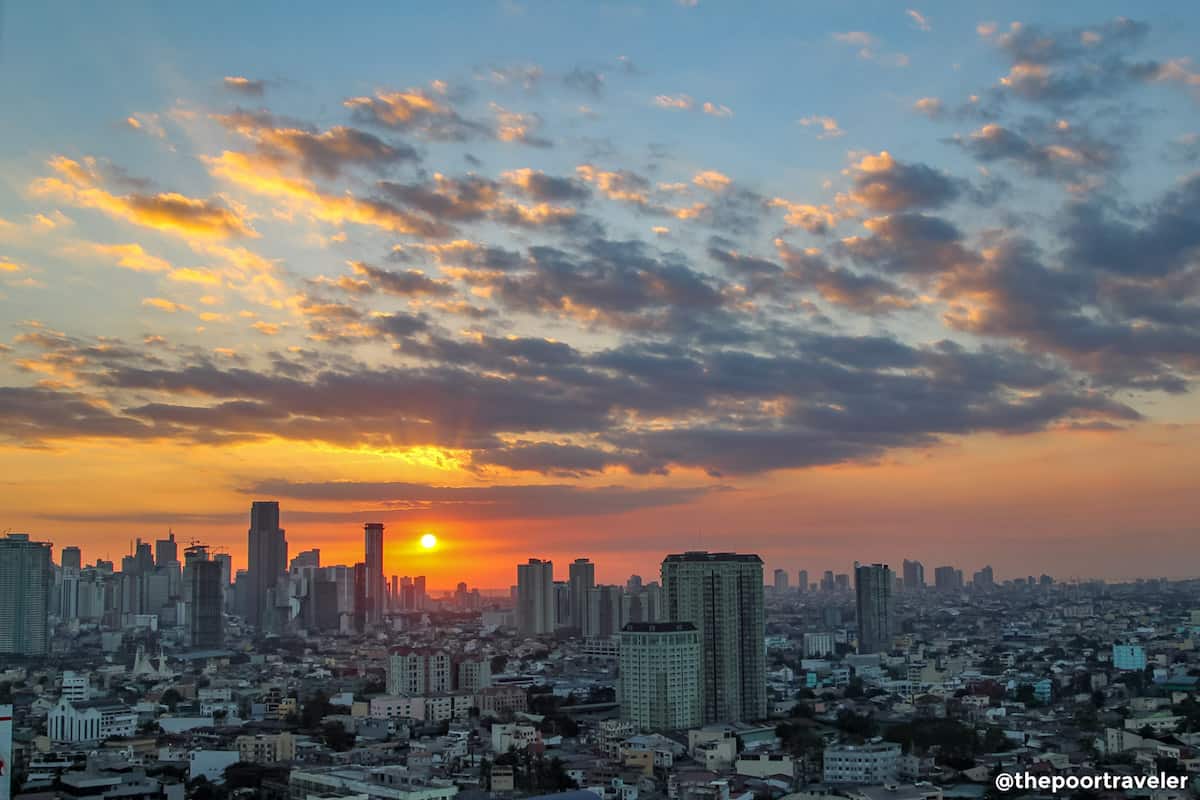
Metro Manila is composed of 16 individual cities and one municipality. It is the political, economic, academic and transportation center of the country. Its registered population is at 12 million, but the reality is, because many workers from surrounding provinces also study or work here, there are way more people moving around at any given time. The problem is, there is no reliable transportation system in place. This is a big problem.
Metro Manila is vast, and there is so much to see in many of its corners. However, getting from point A to B often proves challenging if you don’t know your way around. But what it lacks in this aspect, it makes up for with its people. Like most Filipinos, Manila residents are friendly, helpful, and hospitable. Language barrier isn’t a concern because almost everyone understands and speaks English.
Manila has been trading with the Chinese and Indians way before Western colonization. Because of its strategic location, it has been invaded many times: by the Spaniards, the British, the Americans, and the Japanese. It became the most heavily destroyed city after World War II, next only to Warsaw. Today, influences from all these groups are still visible. The city is still predominantly Roman Catholic, which is Spain’s doing. Chinese and Indian elements are engraved in the language and cuisine. Give yourself a minute here and you’ll find that the American influence is all around, from the educational system to pop culture.
Here’s more info about Manila:
- Language : Tagalog and English are the most widely spoken.
- Time zone: UTC+8 (Philippine Standard Time). Same time as Singapore and Malaysia; one hour behind Japan.
- Currency : Philippine Peso (PHP, ₱). PHP100 = USD 2, EUR 1.75, SGD 2.75, MYR 8.25, IDR 28,200 (as of March 2020).
- Modes of payment : Cash. Many restaurants, hotels, and stores accept credit cards, but public transportation and smaller establishments accept only cash.
WHERE TO STAY IN MANILA
Best area to stay in manila.
As mentioned earlier, Metro Manila is huge! And key attractions are a bit far apart, which makes it even harder to choose where to stay.
But let’s narrow it down to four ideal options:
- Manila , the capital city and seat of government. It’s where historic sites, like Intramuros, can be found. Most cheap accommodations are concentrated in Malate and Ermita areas.
- Makati , where the central business district is located. Makati is always my top recommendation to those traveling to Manila for the first time. It’s close to the airport and is not too far from Manila’s historical core. Its streets are lined with awesome dining selections, from fancy restaurants to weekend markets. Its mall strips make it a great shopping destination, too. And best of all, a wide array of accommodations, from hostels to luxury hotels.
- Mall of Asia and Bay Area , along Manila Bay and near the airport.
- Bonifacio Global City , another business district in Taguig.
Most affordable non-BnB accommodations, however, are in Makati and Manila. Although there are a few exceptions, the Mall of Asia area and Bonifacio Global City are generally pricey.
If I were to pick a specific area, I would say Poblacion in Makati would be great for backpackers and budget travelers. A backpacking culture is also starting to flourish here, near the streets of Burgos/Jupiter/Kalayaan. Lots of lodging and dining options. And drinking options too. Haha. I always find myself in this area for the booze and food.
Best Budget Hotels in Metro Manila

- Hotel Durban (Makati). Check Rates and Availability Here
- OYO 103 Artina Suites Hotel (Makati). Check Rates and Availability Here
- Red Planet Makati . Check Rates and Availability Here
- Red Planet Amorsolo . Check Rates and Availability Here
- Rothman Hotel (Manila). Check Rates and Availability Here
- Red Planet Binondo . Check Rates and Availability Here
- Regency Grand Suites . Check Rates and Availability Here
- Oasis Paco Park Hotel . Check Rates and Availability Here
Best Hostels in Metro Manila

- Z Hostel (Makati). Check Rates and Availability Here
- Lokal Hostel (Makati). Check Rates and Availability Here
- Tambayan Capsule Hostel & Bar (Malate, Manila). Check Rates and Availability Here
- Urban Hostel Makati . Check Rates and Availability Here
Search for more Metro Manila Hotels!
How to get to manila.
Manila has one busy airport — the Ninoy Aquino International Airport , more commonly called NAIA (Nah-eeh-yah). Almost every commercial airport in the Philippines is directly connected to NAIA, which is why even when your destination is the islands, you’re most probably still gonna find yourself in Manila.
NAIA has four commercial passenger terminals:
- NAIA Terminal 1 . Used by foreign carriers except All Nippon Airways, Cathay Pacific, Delta Air Lines, Emirates, KLM, and Singapore Airlines. A few Philippine Airlines (PAL) flights also use this.
- NAIA Terminal 2 . Used exclusively by Philippine Airlines and PAL Express. (Note that some PAL/PAL Express flights operate in other terminals too.)
- NAIA Terminal 3 . Used by Cebu Pacific Air (most flights), AirAsia (international), All Nippon Airways, Cathay Pacific, Delta Air, Emirates, KLM, and Singapore Airlines. PAL Express flights operate here too. Some Cebu Pacific flights also use Terminal 4.
- NAIA Terminal 4 . aka Domestic Terminal. Air Asia (domestic), Skyjet, and a few Cebu Pacific flights use this terminal.
HOW TO GET FROM NAIA TO CITY CENTER
“City center” isn’t really the best phrase for this because the airport is also in the city center. Your points of interest, however, are most likely in Makati and Manila City.
To get out of the airport, you have plenty of options: taxis, buses, and Uber/Grab. You might also be approached by those offering private transfer services, but the rates are so infuriatingly high, I won’t even bother.
The past couple of years saw the launch of P2P buses. Genesis Transport operates the buses to Clark (via Resorts World and Robinsons Galleria, Ortigas) and UBE Express runs the rest. Here are the routes, fares, and operating hours.
There are four routes that are clearly illustrated on this map.
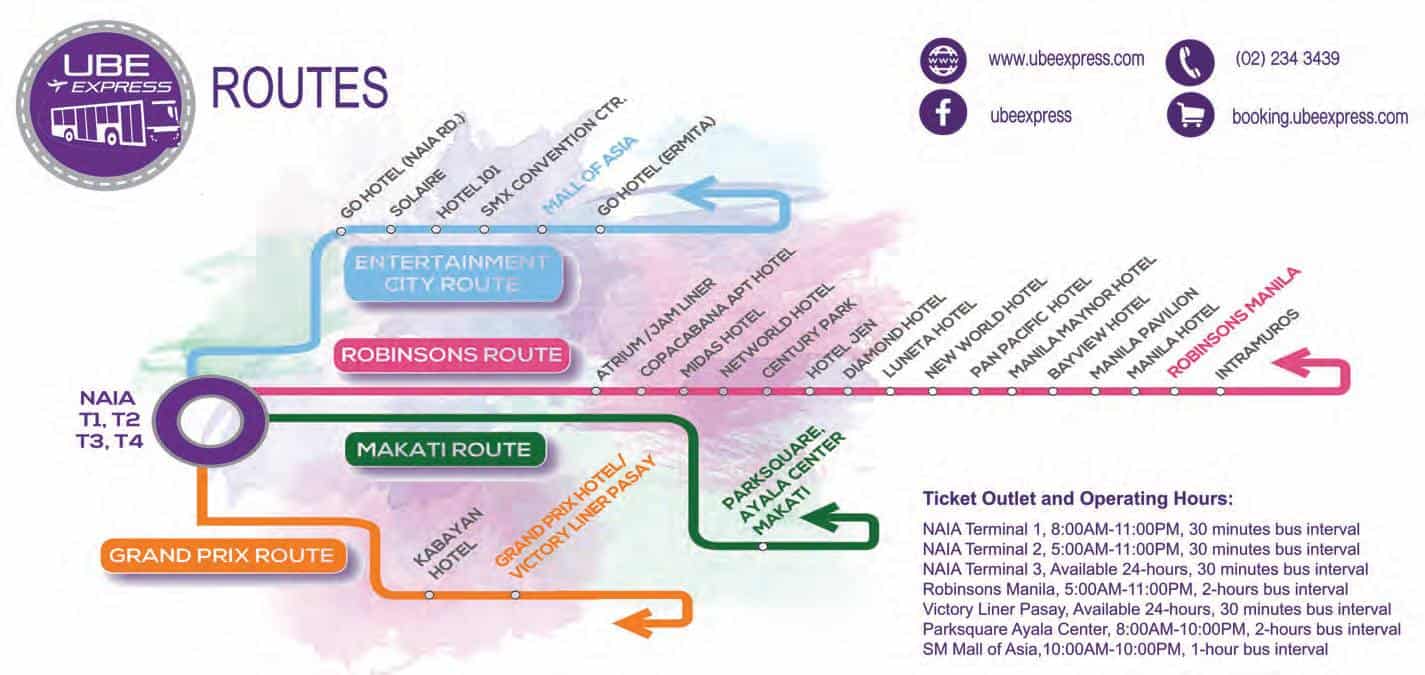
Operating Hours:
- NAIA Terminal 1 : 8am-11pm, 30 mins interval
- NAIA Terminal 2 : 5am-11pm, 30 mins interval
- NAIA Terminal 3 , available 24 hours, 30 mins interval
The fare is fixed at P150 ($3) .
If you’re headed to Clark, ride the Genesis P2P Bus. Fare: P350. More info about that here: Manila-Clark P2P Bus Schedule
NAIA has allowed Grab vehicles to pick up passengers within the airport vicinity. If you’re a group or your hotel/destination is not anywhere close to any P2P stop, this is a good option. This has been a reliable transportation option for many travelers and locals alike. Although there’s still price surge every now and then, these apps are generally safe and convenient.
Without the price surge/traffic (early morning or around noon), expect to pay between P130 and P150 if your destination is in Makati or Mandaluyong. But if there is surge, it should be around P250 , unless the traffic is on a standstill, which can push the price even higher.
There are three types of taxis operating around the airport:
- Airport Taxi . These are the yellow cabs that you’ll see immediately after exiting any of the terminals. Hard to miss. These are a bit pricier than the regular white cabs, but generally in better condition. Flag-down rate is P70, plus P4 every 300 meters. If your hotel is in Makati, the could would probably be P200-300 ($4-6). If you’re going much farther, say Quezon City, it will set you back around P450 ($9).
- Regular Taxi . The white ones. Flag-down rate: P40, plus P3.50 every 300m and every 2-minute waiting time. Many of the taxi units roaming Manila have seen better days, and drivers do not have a sterling reputation. Because of the traffic conditions, many cab drivers would try to ask for more pesos on top of the meter.
- Fixed Rate Taxi (Coupon Taxi) . I haven’t tried this because every time I consider this, I get enraged at the prices. Maybe there are situations wherein it makes sense but I don’t know yet, so let’s pretend this isn’t even an option.
HOW TO GET AROUND MANILA
Taking public transportation within Metro Manila is unpredictable, to say the least. For first-timers, commuting requires a great deal of planning. You have plenty of options — MRT, LRT, cab, bus, jeepney — but none of them guarantee a hassle-free journey. Manila has so much to offer to tourists, but the problem is getting from one destination to another. The simple truth is, Manila’s transportation system is highly disorganized. Except for outbound buses, none of these options work around a fixed, reliable schedule.
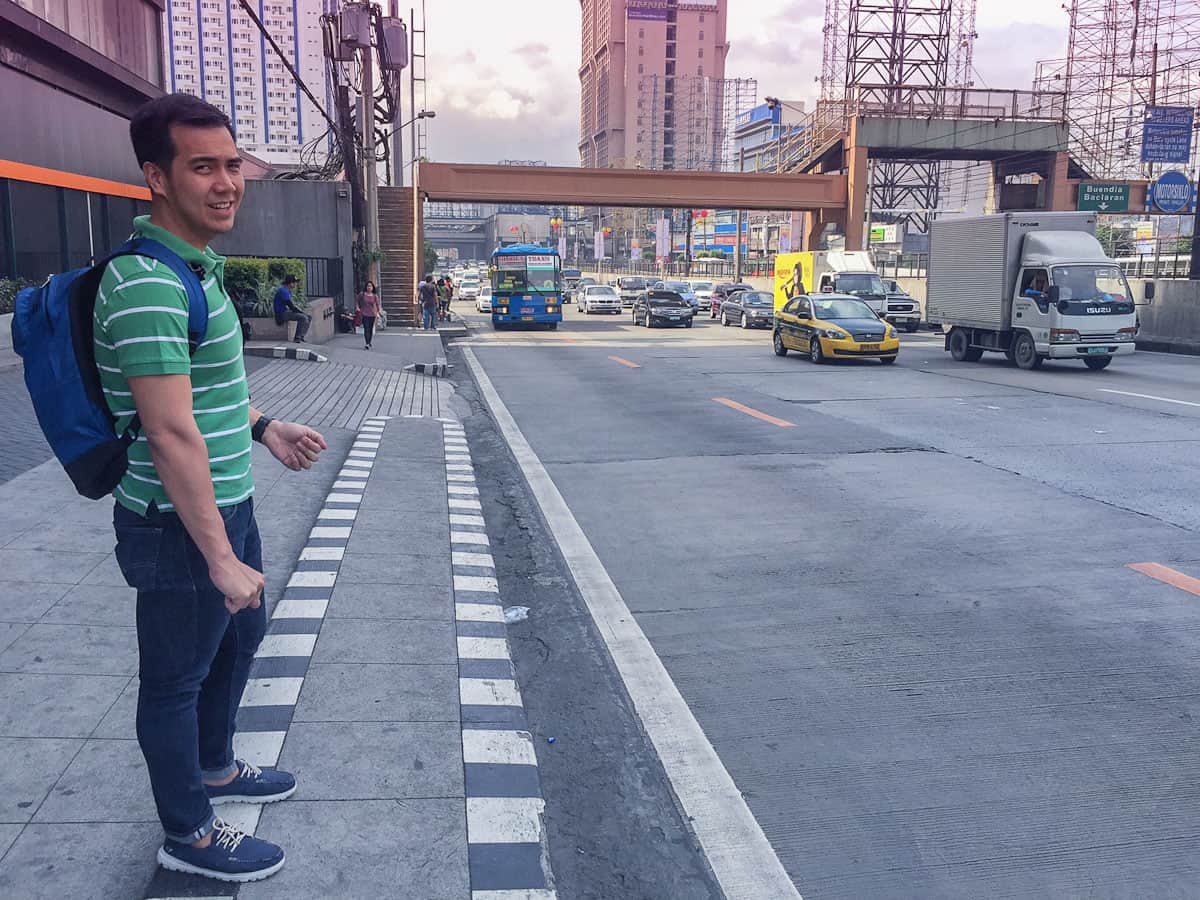
Here’s the thing, if it’s your first time in Manila and you’re spending only a few days, taking public transportation might not be a good idea. It’s complicated and it might eat up much of your time and derail your plans. If you’re on tight schedule or you’re a group of two or more, the most comfortable and convenient options are commuter apps like Uber and Grab . Locals have relied on these two apps too.
But if you insist on taking public transpo, I previously wrote a guide to that here:
✅ GETTING AROUND MANILA BY PUBLIC TRANSPORTATION
PLACES TO VISIT IN MANILA
Here are some of the tourist spots around Metro Manila that are worth your time. Many of these can be explored on your own so I provided links to DIY guides. But if you want to join group tours instead, I also added links to Klook tours.
If you have a local friend who is very familiar with the history of these sites, the most cost-efficient way is to have them tag along and do the tour on your own. But if you don’t, joining tours is great too. Either way, I highly recommend that you have someone explaining to you the background and significance of each attraction so you won’t be just looking at buildings that mean nothing to you. Local insight could make all the difference.
If Manila had a soul, you’d find it hiding inside any ancient structure in Intramuros. The historic core of the capital, it was built in 1571, making it the oldest district in the city. It has survived waves of foreign invasions, a world war, and even booming, unrelenting threats of overdevelopment. But it continues to stand silently amidst the roaring metropolis outside its fortified walls.
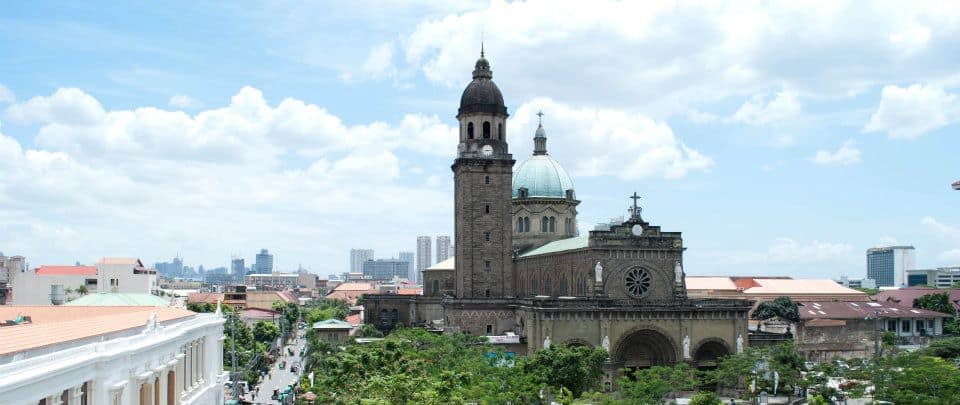
You can explore Intramuros on your own, but if you want to appreciate it better, it’s best to join a guided tour. Klook has two Intramuros offers: a walking tour and a bamboo bicycle tour.
Binondo (Manila Chinatown)
Almost every major city in the world has a Chinatown. But the one in Binondo is worth a visit for two reasons. First, it is the first Chinatown in the world . It was established in 1594 by Governor Luis Perez Dasmarinas for Chinese settlers who were converted into Catholicism. Second, unlike many Chinatowns which became more of a tourist attraction, Binondo is as real as it gets . You’ll see Filipino-Chinese continue to live and work here, with all the joys, the sounds, and the dirt of a typical third-world district.
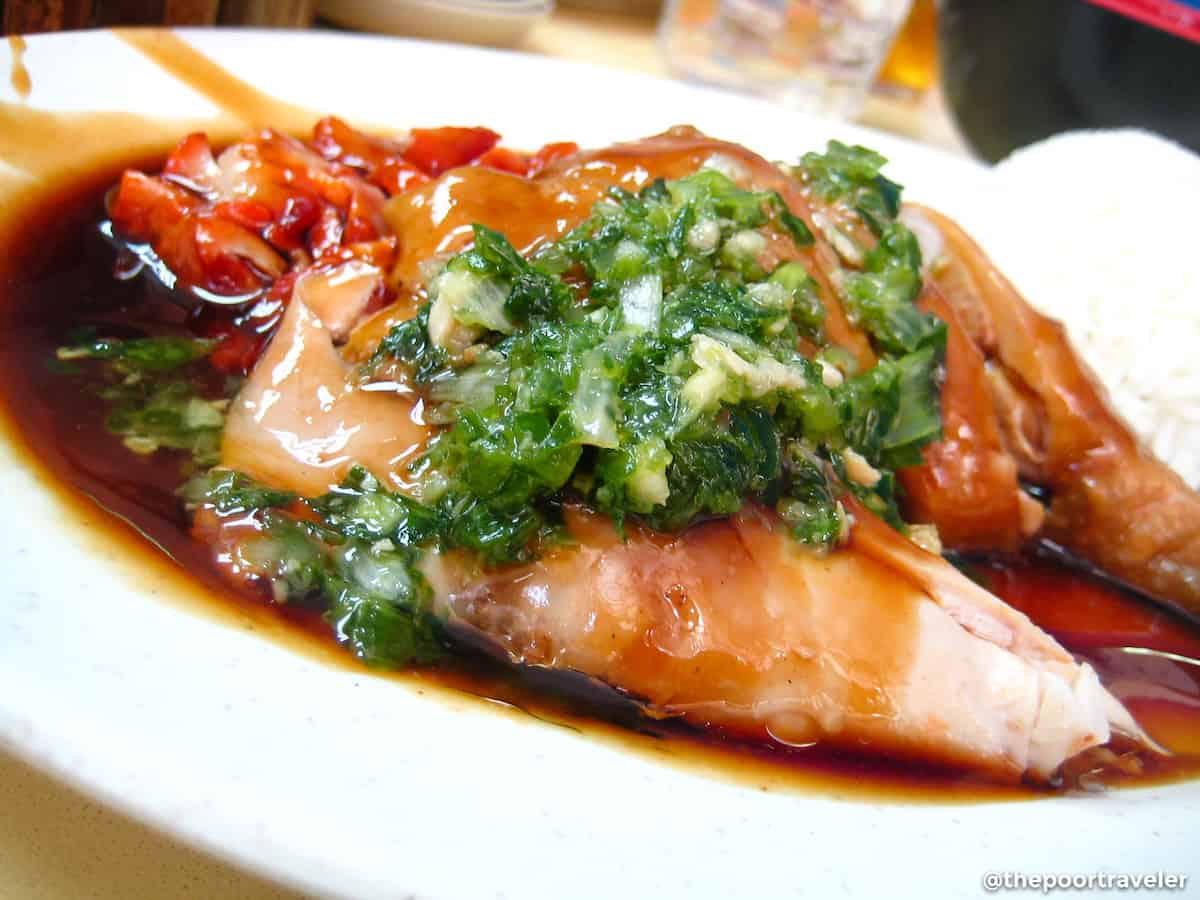
But one thing that most local tourists come here over and over again for is the food. Binondo is a giant food court. A walk along its streets isn’t complete without filling your face with authentic Filipino-Chinese dishes.
Ayala Museum
Metro Manila has numerous private museums, but Ayala Museum is my favorite because of its GOLD. Established in 1967, the museum has been cradling important cultural and historical artifacts that will change how you look at Philippine societies in the past. Aside from countless pieces of art, its most valuable collection is the “Gold of Ancestors” exhibit, with over a thousand gold artifacts on display, an undeniable proof of our forefathers’ highly sophisticated way of life that burgeoned and flourished in the 16th century, even before the Spanish era.
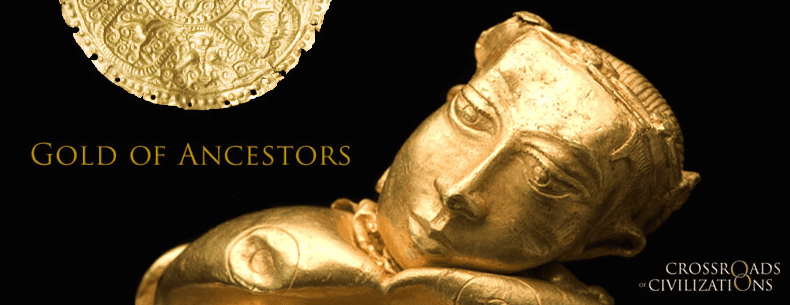
Opening Hours : Tuesdays to Sundays from 9 am to 6pm Entrance Fee : P425 (Full access)
Poblacion, Makati
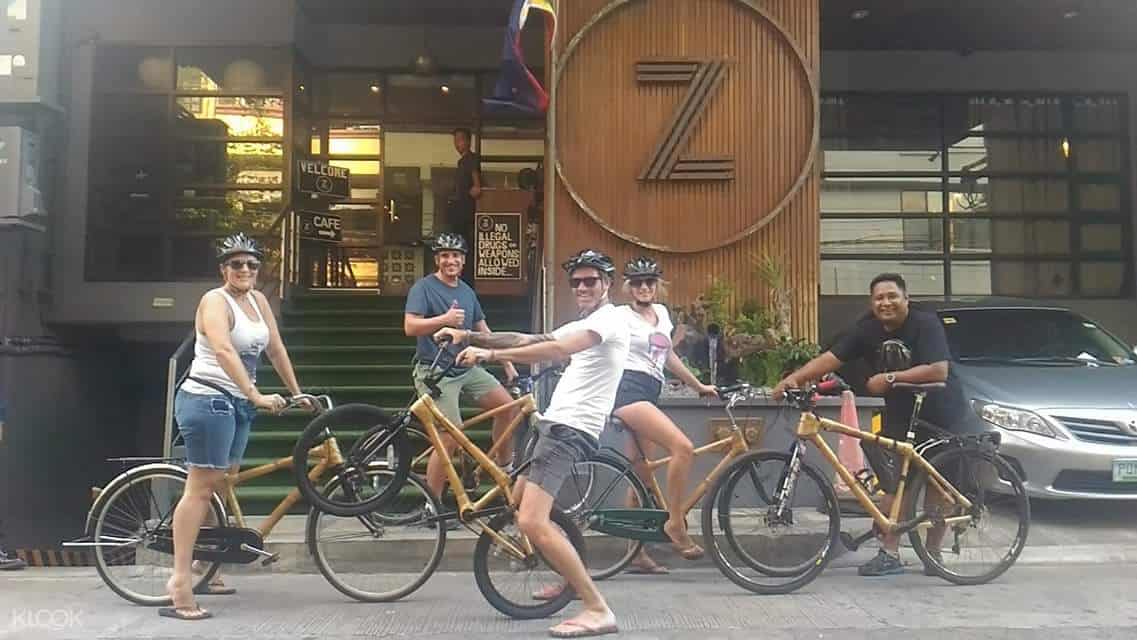
Makati’s Poblacion area has become the “place to be” for both tourists and locals over the past few years. It has rows of bars and restaurants that young locals frequent. It has also seen budget-friendly lodging options sprout along its streets, nurturing a backpacking culture.
In the daytime, you can explore Brgy. Poblacion and stop at the following:
- Sts. Peter and Paul Church
- La Casitas Mercedes, a heritage home
- Pasig River Park
- Salcedo Market (Saturday only)
- Legazpi Market (Sunday only)
Bonifacio Global City (BGC)
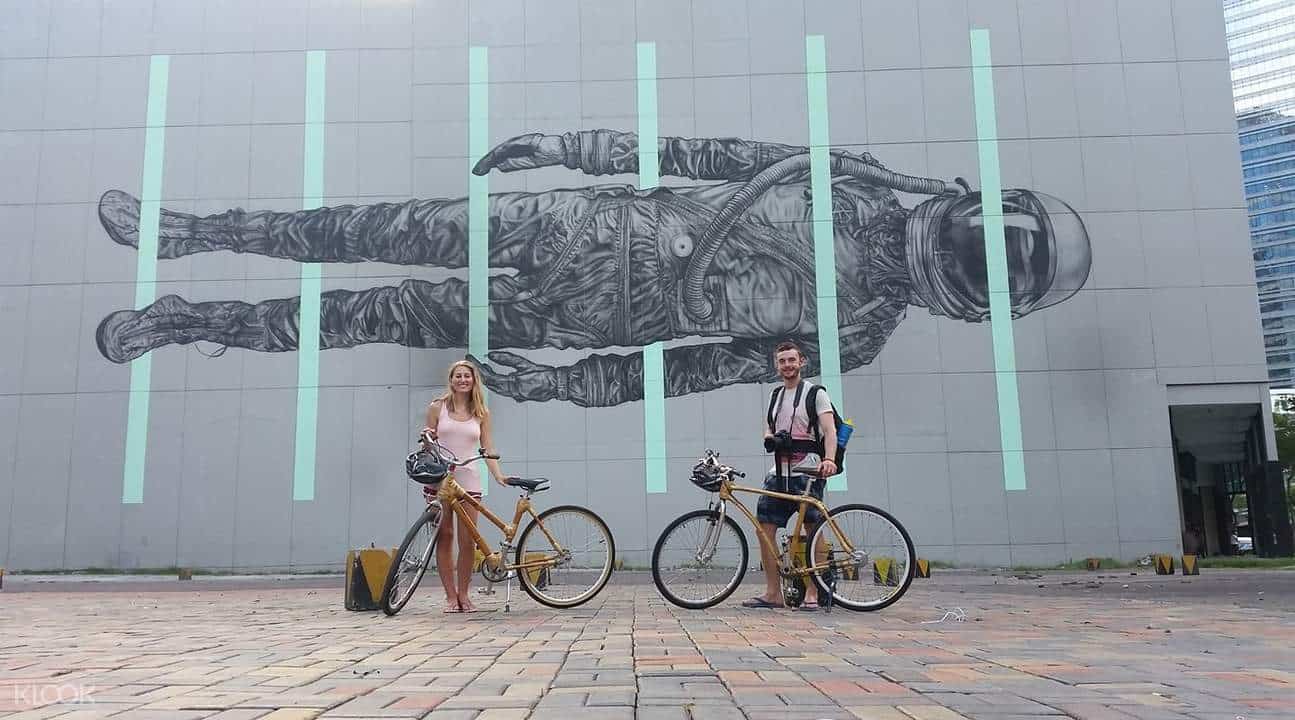
Home to many corporate offices and high-end restaurants and shops, Bonifacio Global City in Taguig is Manila’s premier business and shopping district. But it’s also hip and trendy. Put on your most comfortable footwear and find 17 of the attention-grabbing works of art like wall murals and installations.
How to Get There: From EDSA Ayala, ride a bus to BGC. You can also ride a jeep from EDSA-Guadalupe. BGC is also accessible from C5.
Malacañang Palace
Malacañang is the official residence of the President of the Philippines, but some parts of it are open to visitors. This guided walking tour will take you around this historic house of power and narrate the stories (and scandals) of those who lived in it. Then, you will be taken to the other parts of Brgy. San Miguel (where Malacanang is located) including San Rafael Street and Legarda Mansion, one of the first art deco houses in Manila, for a merienda.
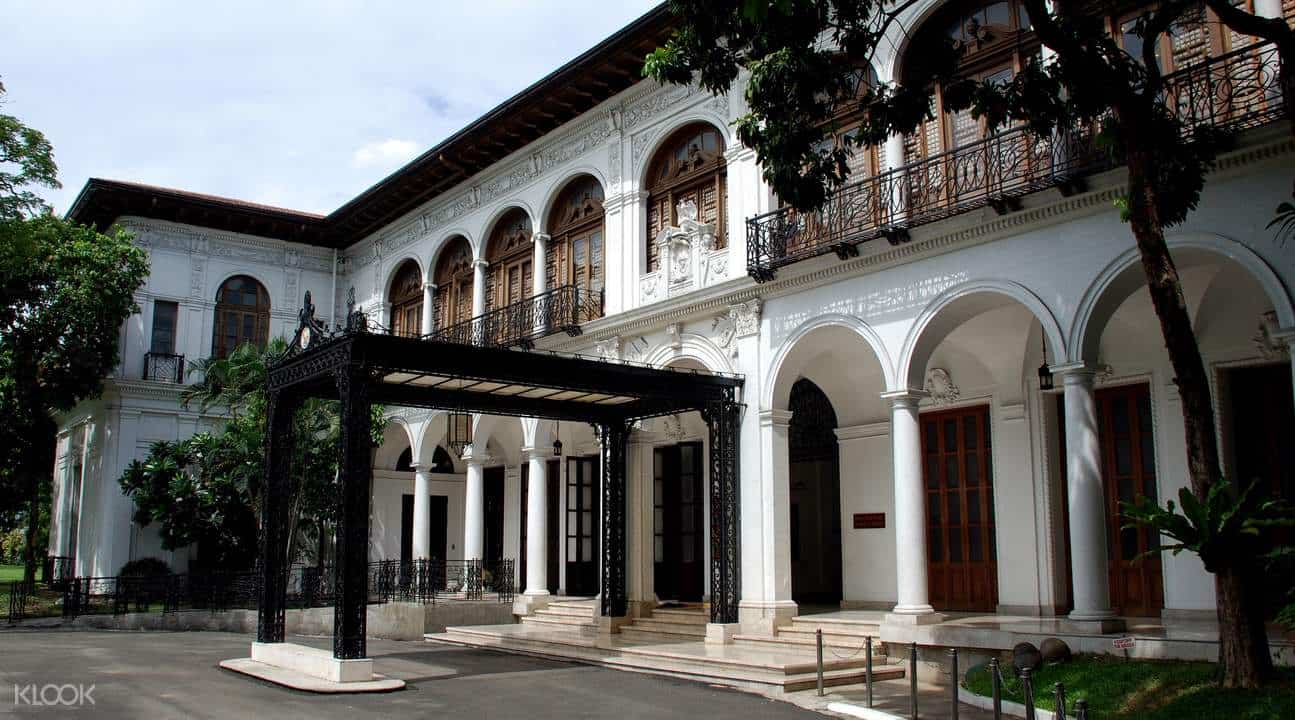
Important! If you’re booking this tour, you need to reply to the confirmation email with a copy of your passport and other details.
The University of the Philippines-Diliman is not just an academic institution but a completely different world, sheltered from the deafening noise and the busy jolt of the rest of the city. Take a jog and see the many old buildings that incubate some of the best young minds, coming from different parts of the country.
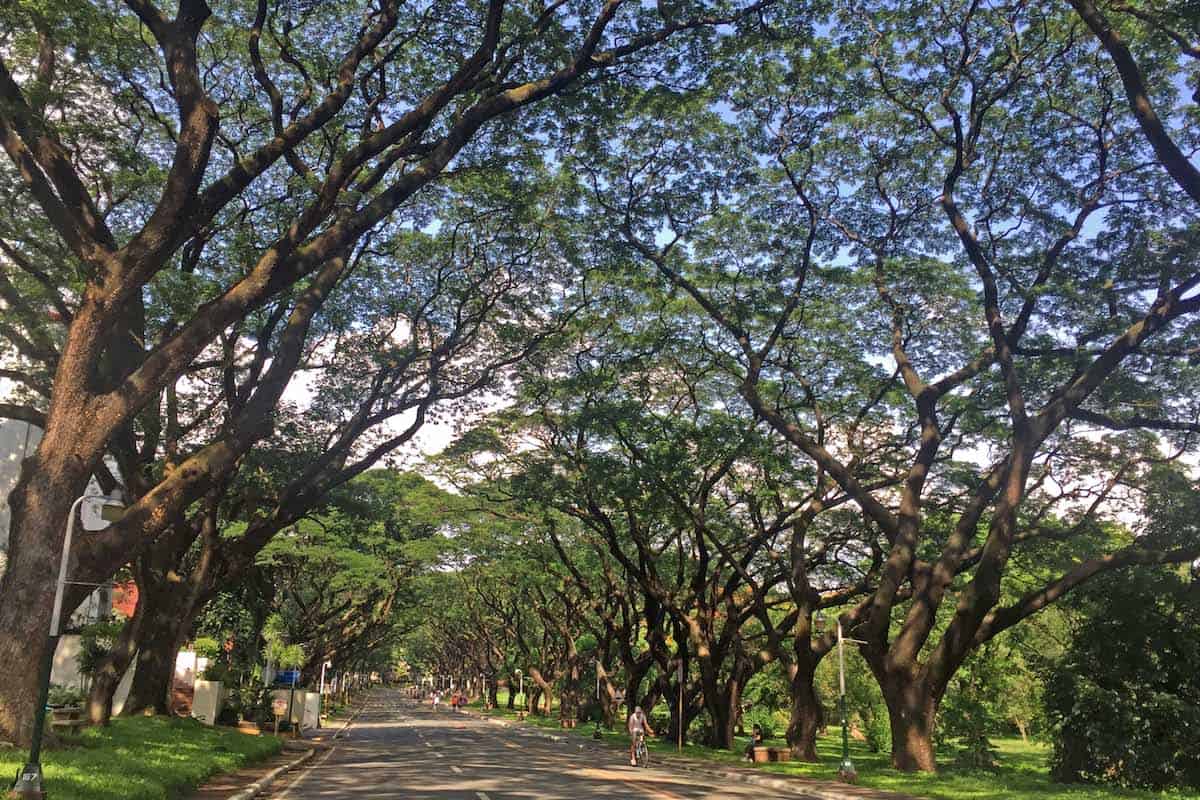
Watch a student film at Cine Adarna. Step into the Vargas Museum. Check out Maginhawa Street, a food-lover’s paradise dotted with countless restaurants that offer a variety of cuisines — from streetfood (balut, isaw, and kwek-kwek) to home-cooked meals to gourmet treats.
National Museum Complex
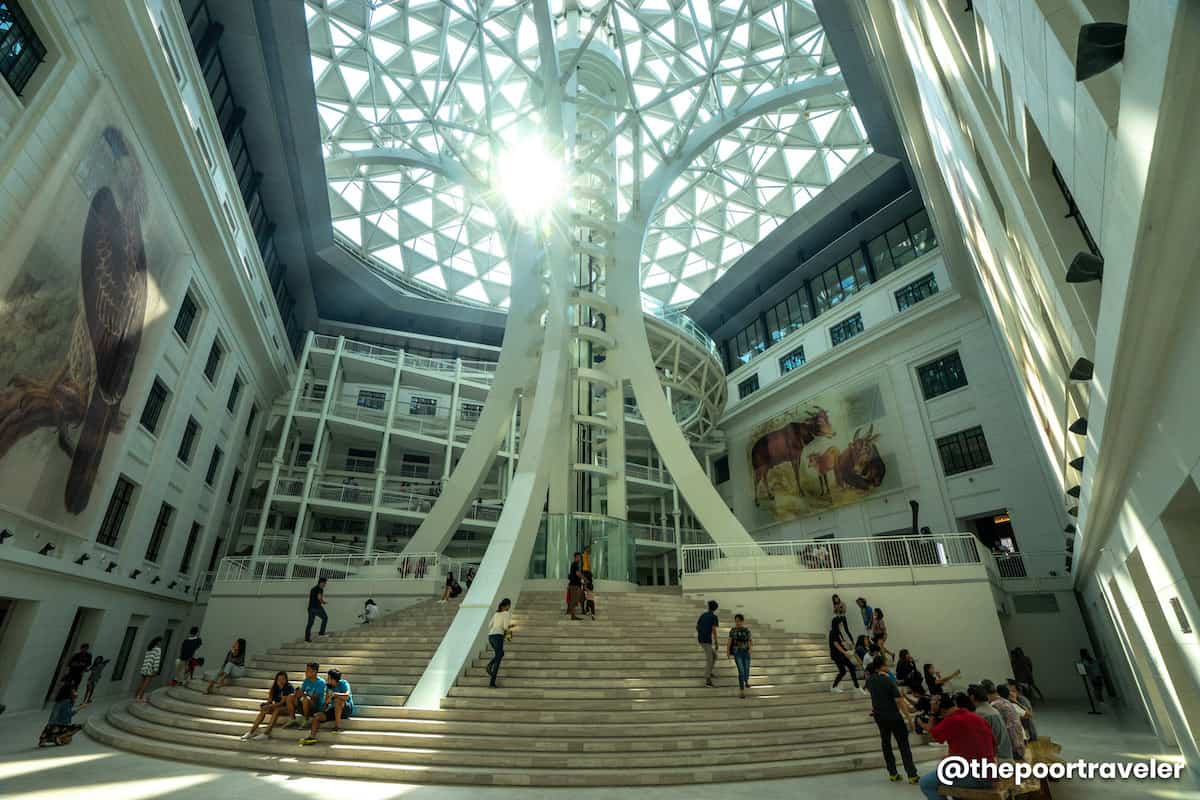
The National Museum complex is composed of four separate buildings adorning Rizal Park:
- National Museum of Fine Arts
- National Museum of Natural History
- National Museum of Anthropology
- National Planetarium
The most celebrated piece inside the National Museum of Fine Arts is Juan Luna’s Spoliarium , a painting that depicts the bodies of gladiators being pulled away while onlookers watch. The artwork won a gold medal at the Exposición Nacional de Bellas Artes in 1884 in Madrid, Spain.
Museum Entrance : FREE Opening Hours : Tuesdays-Sundays, 10am-5pm
Other Manila Tourist Spots
- Greenhills Shopping Center . For cheap finds.
- Salcedo Saturday Market , Makati. A community market featuring a wide range of products including artisanal treats. Open every Saturday 7am-2pm.
- Legazpi Sunday Market , Makati. Open every Sunday 7:30am-2pm.

DAY TOURS FROM MANILA
Oh there are lots! Metro Manila is surrounded by provinces blessed with natural wonders. Here are just some of them.
We’re providing links to more info on how to visit the site yourself (DIY) and to a Klook page, where you can join a guided tour. Guided tours include hotel pickup and drop-off too.
Mt. Pinatubo Hike
Ride a 4×4 jeep and trek to the crater of Mt. Pinatubo! It’s a long way but the view is definitely worth the time and effort. See the rim of the crater slope up from a lakeful of rainwater, accumulated over the years!
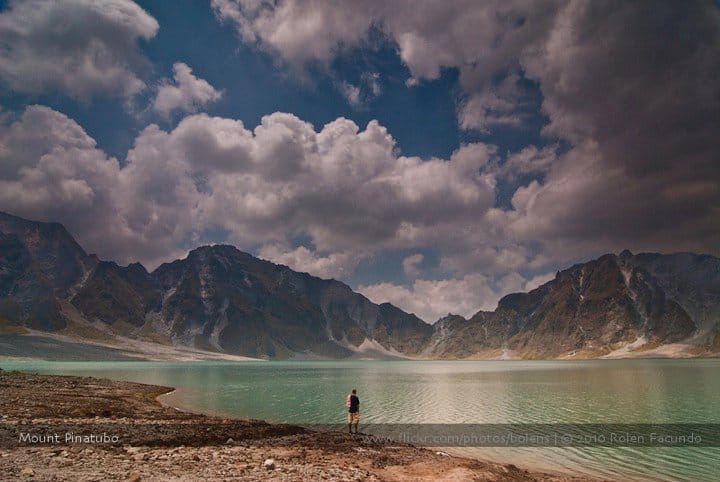
Corregidor Island
The historic island of Corregidor is just an hour ferry ride away from Manila. Strategically located at the mouth of Manila Bay, it is the biggest of the heavily fortified islands that make up the harbor defenses of the capital. It played a pivotal role during the Pacific War, with its fall signaling Japanese victory and the start of their occupation of the Philippines (1942-45).
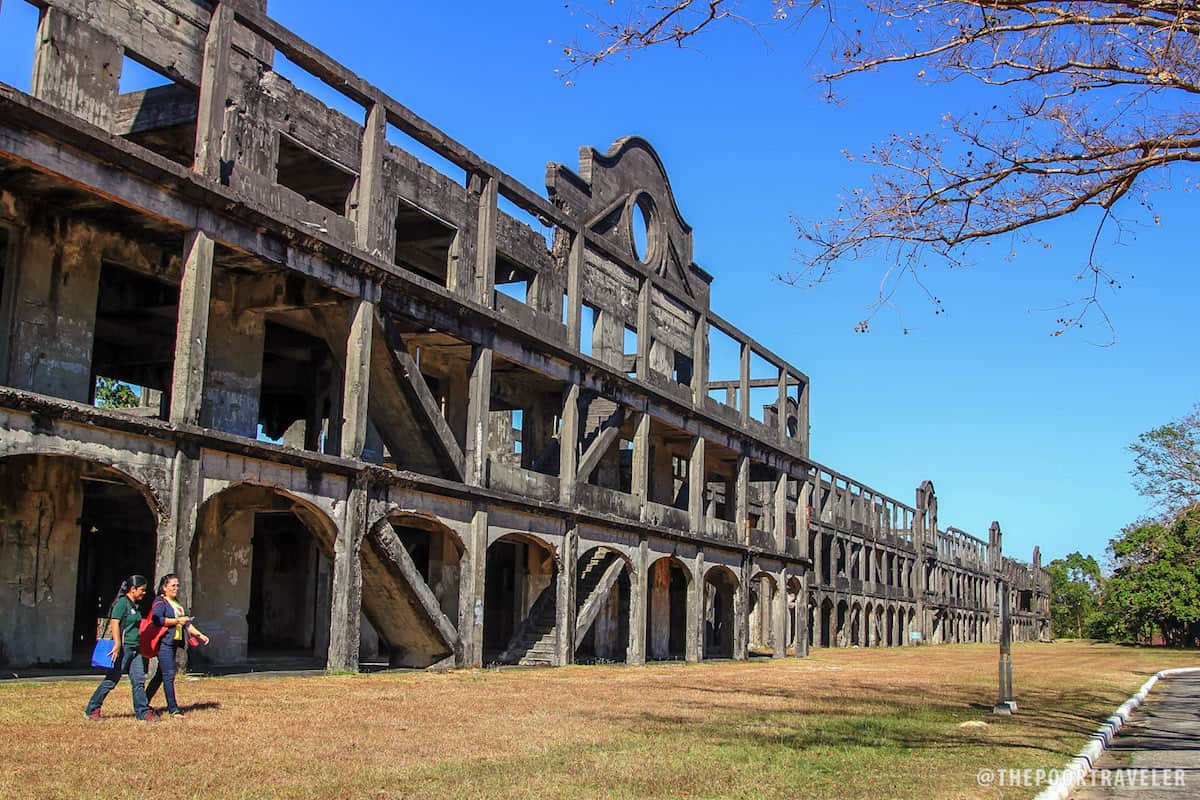
More info here: Corregidor Day Tour
Anilao Dive Sites (Batangas)
Anilao is the closest dive site to Manila and is regarded by many as the birthplace of scuba diving in the Philippines. It has become an ideal destination for divers, especially to beginners. A research done in the surrounding waters in 2011 alone came back with the discovery of over 300 new species!
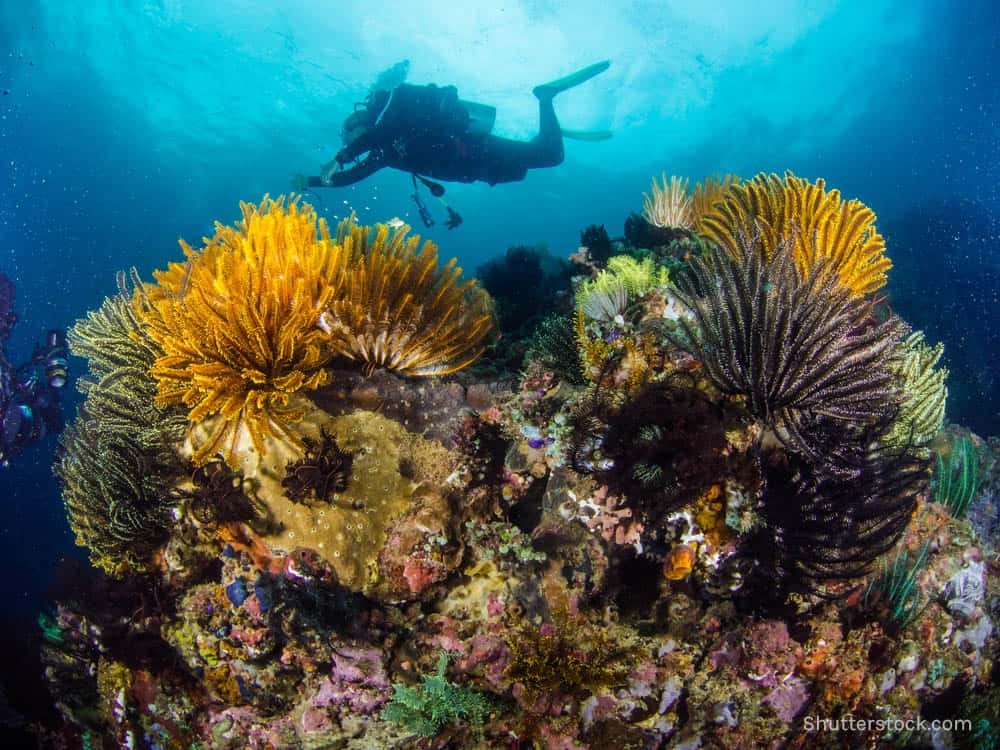
More Info: Anilao DIY Travel Guide
Other Day Trip Destinations Near Manila
The following are other destinations you can visit on a day tour from Manila. Everything except Anawangin Cove and Nagsasa Cove can be explored for less than P1000 ($20).
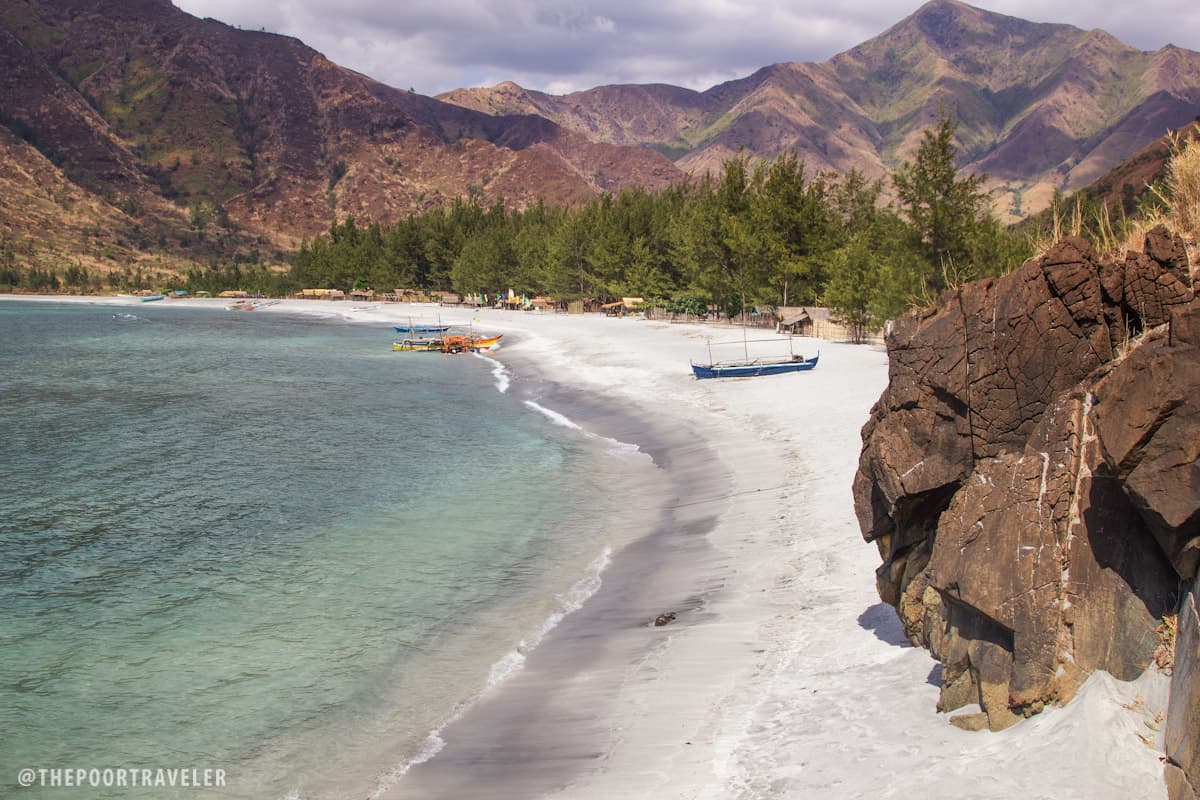
- Anawangin Cove and Nagsasa Cove , Zambales. DIY Travel Guide here.
- Taal Heritage Town , Batangas
- Pililla Wind Farm and Pinto Art Museum , Rizal.
- Mt. Daraitan and Tinipak River , Rizal
- Malabrigo Beach , Batangas
- Masasa Beach , Batangas. DIY Travel Guide here.
- Hulugan Falls , Laguna. DIY Travel Guide here.
- Magdapio Falls , Laguna.
- Tagaytay City
For more info on how to reach these places by public transportation and the breakdown of expenses, read this post: Day Tours from Manila
WHERE TO EAT FILIPINO FOOD IN MANILA
To follow! We’ll be creating a separate post for this soon! So stay tuned.
SAMPLE MANILA ITINERARY
Below is a sample 3-day 2-night Manila itinerary. This assumes the following:
- You are a group of two , sleeping in a bunk bed in a dorm room at a hostel in Makati. Let’s say, you’re staying at Z Hostel for P713/night . Free breakfast is included in the cost.
- You will be splitting transportation costs . For this itinerary, you’re using Uber for comfort and to maximize your short stay.
- Your food allowance is P200-P250 per every lunch or dinner . P250 has a big allowance, to be honest, but better overestimate than under.
- Airfare is not included .
Just make the necessary adjustments to match your needs and preferences.
Day 1: AYALA MUSEUM, MAKATI 10:00am – Arrival at NAIA 11:00am – Uber to Hostel in Makati, P125 (P250/2 pax) 11:40am – Hostel check-in 12:30pm – Uber to Ayala Museum, P60 (P120/2pax) 01:10pm – Lunch, P250 02:30pm – Ayala Museum, P425 05:30pm – Explore Greenbelt complex 08:00pm – Uber to A Venue Night Market, P150 (P300/2pax) 08:30pm – Dinner at A Venue Night Market, Budget: P250 10:30pm – Walk back to hostel
Day 2: BINONDO + INTRAMUROS TOUR 07:00am – Quick breakfast 07:30am – Uber to Binondo, P125 (P250/2pax) 08:50am – DIY Binondo Food Tour, Budget: P800 02:00pm – Walk to Fort Santiago 03:30pm – Intramuros Tour, P1300 06:30pm – End Intramuros Tour 07:00pm – Dinner in Intramuros, P250 10:30pm – Uber to hostel, P125 (P250/2pax)
Day 3, OPTION A: NATIONAL MUSEUM 07:00am – Wake up, breakfast 08:00am – Early hotel check out, leave bags 09:00am – Uber to National Museum, P125 (P250) 10:00am – National Museum, FREE 01:00pm – Lunch, P200 02:00pm – Uber to hostel, P100 (P200/2pax) 03:00pm – Pick up bags at hotel 03:30pm – Uber to airport, P100 (P200/2pax) 04:30pm – Arrival at airport 07:30pm – Flight out
Day 3, OPTION B: MALACANANG PALACE 07:00am – Quick breakfast 07:30am – Early hotel check out, leave bags 07:50am – Uber to Legarda Mansion, P125 (P250) 08:50am – San Miguel + Malacanang Tour, P1380 11:30am – End Tour 12:00nn – Lunch, P200 02:00pm – Uber to hostel, P100 (P200/2pax) 03:00pm – Pick up bags at hotel 03:30pm – Uber to airport, P100 (P200/2pax) 04:30pm – Arrival at airport 07:30pm – Flight out
If you’re staying in a Z Hostel dorm, this itinerary will cost you the following:
- Option A (with National Museum): P5900
- Option B (with Malacanang): P7500
You can still bring down the cost by taking a jeepney to get to the attractions instead of Uber . It will save you as much as P700 ! It’s quite the experience too.
The biggest chunk of the budget for this itinerary also goes to the Carlos Celdran Tour of Intramuros . If you’re traveling on a shoestring, you can skip the tour and walk around the site on your own. I’ve done both the guided tour and DIY, and the guided tour will make the experience exponentially better. It will make you understand not just Intramuros but Manila as a whole.
If you have more days, consider going on a day trip to a nearby province . If you’re a history buff or you want to learn more about the significance of Manila, pick a tour to the Corregidor Island. It’s technically not part of Manila, but it is the fortress island that protects it.
If you’re up for an adventure and you want to see the immense power of nature, choose the Mt. Pinatubo Trek.
Update: We are deeply saddened to update that Carlos Celdran passed away. He was a great guy who had overflowing love for Manila. He will be missed. This tour is no longer available.
OTHER TIPS FOR THE POOR TRAVELER
- Tipping is not mandatory in Manila . If dining at restaurants, check if your receipt has a service charge covered. Otherwise, leave around 10% of the bill at upscale restos if you enjoyed the service. In more budget places, I usually just leave P20-P100.
- Wear light, breathable clothes . Manila’s climate can be unforgiving especially in the summer when temperatures can reach up to 34C (93F). Make sure you’re clad in something made of light, breathable material as your day can easily get hot and sweaty. If you’re planning on entering churches, dress modestly especially during mass.
- Wear sunscreen . Because the sun. :P
- Avoid rush hours . If your route uses a major thoroughfare like EDSA, commuting during rush hours is not a good idea. These hours are from 7am-10am and 5pm-9pm, when students and workers go to work and school and come home. No, not even the MRT can save you from this. All train cars are so packed this time. As a rule of thumb, either be an early bird or go out at around noon. Lunch time is usually a great time to take public transportation. The sun may be a little too much, but there really isn’t much traffic within this period.
- If rain pours heavily, don’t go out. Manila is soaked in floodwater at least once a year, and it’s frustrating how this is still not addressed appropriately up to now. But all rants aside, citizens have learned to live with it. (Sucks, I know! Ugh, ranting again.) Here’s the bottomline, if it’s been raining heavily all day, chances are that the traffic has built up. Ergo, not a great time to hit the road. Of course, there are exceptions. But to be on the safe (and dry) side, wait it out.
- Learn the art of killing time . If the rush hour or the heavy rain catch you on the road, wait it out. There’s a lot to do in Manila, anyway. Go malling, watch a movie, or kill time at a cafe until the main roads stop behaving like a massive parking lot.
FREQUENTLY ASKED QUESTIONS
Is manila safe for tourists.
YES , Manila is generally safe. Like most cities, there are shady places that you should avoid, but these are not touristy areas. Petty, non-violent crimes like pickpocketing and snatching can happen in some districts if you’re not careful, so make sure you keep an eye on your belongings and avoid bringing out your valuables (especially mobile phones) unless necessary.
Poverty is real and obvious in Manila. Don’t be surprised if you get approached by street children or beggars. They’re not dangerous, but they can be persistent.
Your bigger concern is the heat. Manila can get really hot and humid especially in summer months. Speaking of summer months…
When is the best time to visit Manila?
December to May, the driest months . The last thing you want to happen during your stay in Manila is a heavy downpour, so this period is ideal. December to February is the most comfortable because the temperature isn’t that high, and you get to see how locals celebrate the holidays. March to May is widely considered as the Philippine summer, and the weather can be hot and humid.
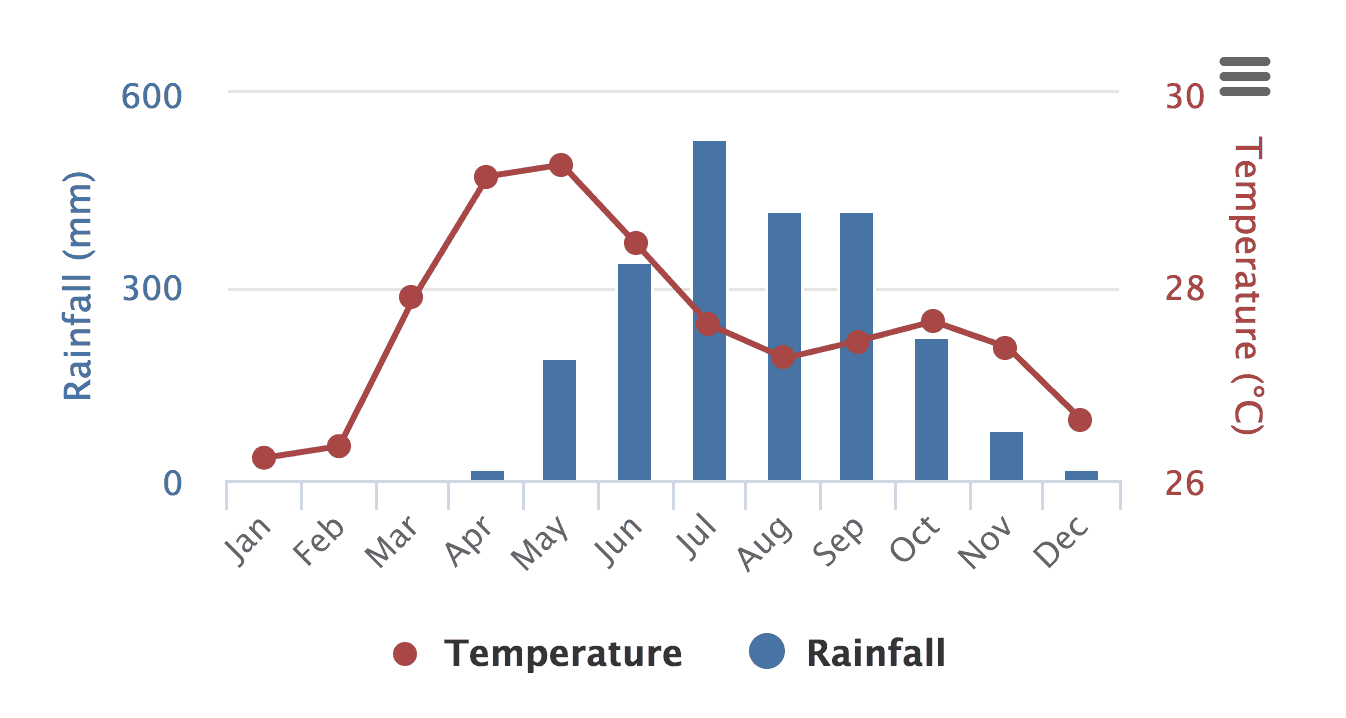
As a predominantly Catholic nation, Filipinos take their Christmas traditions seriously. The Christmas season in the Philippines begins on September 1 and ends at the Epiphany, the Feast of The Three Kings, on January 6. The Lent is also widely observed. Know that the week before Christmas and Easter can get you stranded in traffic for hours because it’s when residents leave the city to visit family in the provinces. But on the actual holidays, the city is virtually empty, and many establishments close early if they even open at all.
June to November is the wet season. Generally, the showers are mild and tolerable, so you might still give it a shot. But every now and then, a typhoon hits, which can cause flooding and worsen the traffic situation.
Where to get pesos or exchange money in Manila?
Countless ATMs everywhere; you can simply withdraw cash instead of exchanging currencies.
If you must exchange currencies, the most reputable money changers are Sanry’s and Czarina . You can also exchange at any major bank, but you will need to present documents (passport, etc.).
What is the electrical plug used in Manila?
Socket Type A. 220V, 60Hz.
Plugs have two flat pins. Type B is sometimes used but not that common.

Updated: 2️⃣0️⃣2️⃣0️⃣ • 3️⃣ • 8️⃣
More Tips on YouTube ⬇️⬇️⬇️
Is this post helpful to you?

Related Posts:
- SUPERSTAR VIRGO: Cruise Guide for First-Timers (What to Expect)
- 15 CHEAP BUT AWESOME Destinations Near MANILA
- The Linden Suites Ortigas: Where to Stay in Manila (Splurge Option)
- WHERE TO STAY IN MANILA: Top 10 Budget Hotels
- CUBAO to NAIA / NAIA to CUBAO: P2P Bus Schedule (UBE Express)
- 7 Ways to Get a Quick JAPAN Fix in the Philippines
- BAGUIO CITY TRAVEL GUIDE with Budget Itinerary
- CAVITE TO MANILA (LAWTON & CCP): Ferry or Water Jeepney Schedule & Fares

- Recent Posts
- Where to Eat Cheap in BANGKOK • 12 Best Affordable Restaurants (including Michelin-Awarded Food Places) - 19 June 2024
- 2024 Cebu Pacific Promos & PISO SALE with Number of Seats Available - 10 June 2024
- 2024 Philippine Airlines PROMO: Get 50% OFF on PAL Domestic Flights! - 16 May 2024
Now I’ve got inspiration to visit Manila! I’m not really into the Metro but this blog pursuade me:) Thanks for the tips!
Thanks din for visiting, Dhea!
Helpful Info Yoshke Dimen! We are flying into the country in the last week of August!
Hope you enjoy Manila! Prepare for the traffic jams! haha
Wow, this blog is overloaded with useful information! I know Manila quite well, and I agree with the details written here. Great job!
Thanks, Princess!
You may wanna update the Intramuros tour since Carlos Celdran is no longer around. :(
Hi Stephanie,
Will update it.
We’re heartbroken. He was a great guy who had so much love for Manila. :(
Featured On

We heard you!
Your comment is now queued for moderation! We’ll try to get back to you soonest. While waiting, follow us on these channels.
Subscribe on Youtube! Follow us on Instagram!

Top 30 Best MANILA TOURIST SPOTS + Things to Do
Bucket list: best places to visit in manila, philippines.
- share
- Share on Facebook
- Share on Twitter
Manila Tourist Spots: Ultimate Guide to Things to Do in Manila
Table of Contents
Looking for Manila Tourist Spots for your next visit? Manila, the capital city of the Philippines, is a bustling metropolis that offers a plethora of tourist spots and attractions for visitors to explore. This vibrant city has something for everyone, from historical landmarks to modern attractions. Manila has plenty of things to do and see whether you’re a first-time visitor or a seasoned traveler.
One of Manila’s most popular tourist spots is Intramuros, the walled city that dates back to the Spanish colonial era. Another must-see attraction is Rizal Park, a sprawling green space that honors the country’s national hero, Jose Rizal. Foodies will also be delighted by Manila’s diverse culinary scene, which offers a mix of local and international cuisine.
In a country with one too many beaches, sightseeing in the City of Manila is not first on many travelers’ lists. But it has a lot to offer those brave enough to venture out on its streets. Here are the Top tourist spots in Manila to get you started:
Historical and Religious Landmarks
Manila is a city rich in history and culture, with numerous landmarks and monuments that reflect its past. Here are some of the most significant historical landmarks in Manila.

Intramuros , also known as the Walled City, is a significant historical site in Manila. It was built during the Spanish colonial period and served as the seat of the Spanish government in the Philippines.
Today, Intramuros is a UNESCO World Heritage Site and a popular tourist destination in Manila. Visitors can explore the cobblestone streets, visit the museums and galleries, and take a tour of the city’s famous landmarks.

Fort Santiago
Fort Santiago is an iconic Spanish fortress in Intramuros, the walled city of Manila. Built in 1571 by Spanish navigator and governor Miguel López de Legazpi, the fort was designed to protect the newly established city of Manila from foreign invaders.
Fort Santiago has stood as a symbol of strength and resilience for centuries, making it one of the most historically significant sites in Manila. Today, the fort remains a reminder of the Philippines’ rich and tumultuous past.

Manila Cathedral
Manila Cathedral is a Roman Catholic cathedral located in Intramuros. It is the seat of the Archbishop of Manila and one of the most significant landmarks in the city. The cathedral has undergone numerous renovations and restorations over the years but retains its historical charm.
The Minor Basilica and Metropolitan Cathedral of the Immaculate Conception, also known as the Manila Cathedral , is a minor basilica located in Intramuros, the historic walled city within today’s modern city of Manila, Philippines.

Located in the heart of the capital, this historical park is a must-see for any visitor. It is home to the iconic monument of national hero Jose Rizal. It offers exciting attractions such as the Chinese and Japanese Gardens, the National Museum of the Philippines, and the Planetarium.
It is also the perfect spot for outdoor concerts and the famous dancing fountain show. Whether you’re a local or a tourist, a visit to Rizal Park, also known as Luneta Park, is a must!

San Agustin Church
Built in 1587, the Church of Saint Augustine is the oldest stone church in the country and a UNESCO World Heritage Site. Its architecture reflects the Spanish Baroque style, with intricate carvings and paintings adorning its beautiful interior.
This majestic church stands as a testament to the history of the Philippines and an enduring symbol of the strength of faith and the resilience of the Filipino people.

Quiapo Church
The majestic Minor Basilica and National Shrine of the Black Nazarene, more commonly known as Quiapo Church, stands proudly in the bustling district of Quiapo in the city of Manila, Philippines.
This iconic landmark is renowned for its unique blend of Spanish and Filipino architectural styles and its captivating interior adorned with numerous religious artifacts and paintings. Most of all, Quiapo Church is the home of the miraculous Black Nazarene, a dark statue of Jesus Christ believed to be endowed with divine powers.

Binondo Church
Nestled in the bustling district of Binondo, Manila, lies a magnificent piece of architecture that has withstood the test of time: the Minor Basilica and National Shrine of Saint Lorenzo Ruiz, otherwise known as Binondo Church.
Dedicated to the first Filipino saint, the church is a beautiful example of Chinese Baroque style, with intricate carvings and paintings adorning its walls and pillars. Step inside this grand structure, and you’ll immerse yourself in a rich history preserved for centuries.

University of Santo Tomas
The University of Santo Tomas is a private Catholic university in Sampaloc, Manila. It is the oldest university in the Philippines and one of the most significant landmarks in the city. The university’s architecture reflects the Spanish Baroque style, and its campus is home to numerous historical buildings and monuments.

Paco Park is a historical park located in Paco, Manila. It was built in the 18th century as a cemetery for Spanish aristocrats. Today, it is a popular destination for picnics, weddings, and other events.
The park’s architecture reflects the Spanish colonial period, and its interior is adorned with numerous sculptures and monuments.

Malate Church
The Our Lady of Remedios Parish, also known as Malate Church, is a beloved parish church located in the Malate district in Manila, Philippines. This stunning Mexican Baroque-style church overlooks Plaza Rajah Sulayman and, ultimately, the majestic Manila Bay.
Dedicated to Nuestra Señora de los Remedios, the patroness of childbirth, the church houses a revered statue of the Virgin Mary in her role as Our Lady of Remedios, which was brought from Spain in 1624 and stands at the altar. Malate is a place of rich history, formerly known as Maalat due to the saline waters of the bay, and as Laguio or Lagunoi, the name of the street separated it from Ermita.

San Sebastian Church
The magnificent Minor Basilica of San Sebastian, more commonly known as San Sebastian Church or San Sebastian Basilica, is an awe-inspiring example of Gothic Revival architecture in Manila, Philippines.
Completed in 1891, this remarkable church is the only steel-building church in the country and proudly serves as the home of the Parish of San Sebastian and a Shrine of Nuestra Senora del Monte Carmelo, or Our Lady of Mount Carmel. In recognition of its remarkable history and architecture, San Sebastian Church was designated a National Historical Landmark in 1973 and National Cultural Treasure in 2011.
Museums and Art
Manila is home to a rich cultural heritage; its museums and art galleries are some of the best places to experience it. Here are some of the top museums and art galleries in Manila.

National Museum of Fine Arts
The National Museum of Fine Arts is home to an impressive array of artworks from some of the country’s most renowned artists. Its diverse collection includes masterpieces from the likes of Juan Luna, Felix Resurreccion Hidalgo, and Fernando Amorsolo.
The most celebrated artwork in the museum is the Spoliarium, a remarkable painting by Juan Luna depicting the aftermath of Roman gladiators. This renowned art institution is an umbrella government organization that oversees several national museums in the Philippines, exhibiting ethnographic, anthropological, archaeological, and visual arts collections.

Casa Manila
Located within the walls of the historic Intramuros district, the Casa Manila Museum offers visitors a glimpse into the opulent lifestyle of wealthy Filipino families during the Spanish colonial period.
From antique furniture and artwork to other artifacts from the time, the museum houses a collection of items that bring the past to life. Step into the past and explore the grandeur of the 19th-century Filipino elite at the Casa Manila Museum.

Bahay Tsinoy
Discover the rich history of Chinese-Filipino culture at Bahay Tsinoy, a museum in Intramuros, Manila, Philippines. This museum celebrates the Chinese influence on Filipino culture with its extensive collection of artifacts, photographs, and other items that showcase the Chinese-Filipino community’s history and culture.
Explore a range of topics, from Chinese medicine and language to religion, and gain a deeper understanding of the significant role the Chinese have played in the Philippines. Visit Bahay Tsinoy and the Kaisa-Angelo King Heritage Center to learn more about this unique cultural heritage.

National Museum Complex
The National Museum Complex is a collection of museums located in the heart of Manila. The complex includes the National Museum of Anthropology, the National Museum of Natural History , and the National Planetarium. The National Museum of Anthropology houses artifacts and exhibits showcasing the Philippines’ pre-colonial history. The National Museum of Natural History is dedicated to the country’s flora and fauna, while the National Planetarium offers visitors a chance to learn about astronomy and space science.
Shopping and Markets
Manila is a shopper’s paradise, with a plethora of malls, markets, and souvenir shops to explore. Whether you’re looking for luxury brands or bargain finds, there’s something for everyone in the city.

SM Mall of Asia
One of the largest malls in the world, SM Mall of Asia is a must-visit for any shopping enthusiast. The mall features an extensive list of name-brand stores, high-end boutiques, and a good mix of international restaurants.
With an amusement park, cinema, ice skating rink, and a front-row seat overlooking Manila Bay, SM Mall of Asia is the perfect place to spend an entire day.

Divisoria is a bustling market district in Manila that offers a range of products at bargain prices. You can find almost anything in Divisoria, from clothing and accessories to electronics and household items. The key to shopping here is to haggle, so don’t hesitate to negotiate for a better price. Remember that the area can get crowded, so be prepared to navigate the crowds.

Quiapo is another famous market district in Manila known for its religious items and souvenirs. The Quiapo Church, also known as the Minor Basilica of the Black Nazarene, is a significant landmark in the area and draws many visitors.
The market stalls surrounding the church offer a variety of religious items, including statues, rosaries, and candles. Quiapo is also home to a bustling street market that sells everything from clothing to food.
Outdoor Attractions
Manila has a lot of outdoor attractions that are perfect for those who want to enjoy the fresh air and sunshine. Here are some of the best outdoor attractions in Manila:

Manila Baywalk
Manila Baywalk is a popular attraction among locals and tourists alike. The long promenade runs along Manila Bay and offers stunning sunset views. Visitors can take a leisurely walk, bike, or jog along the baywalk while enjoying the sea breeze. There are also several restaurants and cafes near the Baywalk where visitors can grab a bite to eat or drink while enjoying the view.

Manila Ocean Park
Manila Ocean Park is a marine-themed park located in Manila Bay. It features a variety of marine life exhibits, including a shark and ray encounter, a jellyfish exhibit, and a penguin exhibit.
Visitors can watch sea lions and dolphin shows and swim with the fish. The park also has several restaurants and souvenir shops.

Manila Zoological and Botanical Garden
The Manila Zoological and Botanical Garden is a 5.5-hectare park in the heart of Manila. It is home to over 1000 animals, including tigers, lions, elephants, and monkeys.
The park also has a botanical garden that features a variety of plants and trees. Visitors can take a guided tour of the park or explore on their own.

Star City Amusement Park
Star City Amusement Park is a popular amusement park in Pasay City, just a few minutes from Manila. It features a variety of rides and attractions, including roller coasters, a Ferris wheel, and a haunted house. The park also has several food stalls and souvenir shops.

Arroceros Forest Park
Arroceros Forest Park is a small park located in the heart of Manila. It is a green oasis in the middle of the city and is home to various trees and plants. Visitors can take a leisurely walk or have a picnic in the park. The park also has a playground for children.
Dining and Cuisine
Manila is a food lover’s paradise, with diverse dining options catering to all tastes and budgets. From street food to high-end restaurants, Manila has it all. Here are some of the best places to eat in Manila.

Binondo Food Crawl
Binondo is the oldest Chinatown in the world, and it is a must-visit destination for foodies. The streets are lined with vendors selling all kinds of Chinese delicacies, from dim sum to roasted duck. One of the best ways to experience the food in Binondo is to go on a food crawl . This involves visiting several different restaurants and trying a few dishes at each one. Some of the must-try dishes in Binondo include:
- Dim sum: These bite-sized portions of steamed or fried food are a staple of Chinese cuisine. Popular dim sum dishes include siomai, hakaw, and radish cake.
- Roasted duck: This succulent dish is typically served with rice and a sweet sauce.
- Hopia: This sweet pastry is filled with mung bean paste and is a popular snack in Binondo.
Maranao and Tausug Food in Quiapo

Quiapo is known for its vibrant street markets and religious landmarks, but it is also home to some of the best Maranao and Tausug food in Manila. These two ethnic groups are known for their flavorful dishes, often made with coconut milk and spices. Some of the must-try dishes in Quiapo include:
- Beef kulma: This hearty stew is made with beef, coconut milk, and spices. It is typically served with rice.
- Chicken piaparan: This dish contains chicken, coconut milk, and turmeric. It has a distinct yellow color and a spicy flavor.
- Satti: This popular street food in Quiapo consists of grilled meat on a stick, served with peanut sauce.
Whether you’re in the mood for Chinese cuisine or Maranao and Tausug food, Manila has something to offer every foodie. Be sure to explore the city’s diverse dining scene and try some of the local specialties.
Other Points of Interest
Manila has a rich history and culture, and many points of interest are beyond the famous tourist spots. Here are a few places to consider visiting:
Malate is an exciting neighborhood that pulses with energy day and night. From the lively Manila Baywalk to the traditional eateries of Remedios Circle, visitors will find plenty to explore. The nightlife and entertainment scene is second to none, with various bars, clubs, and restaurants. The Malate Church, one of Manila’s oldest churches, is also located here.
When the sun sets, the Baywalk is the perfect spot to watch the sun dip below the horizon, and the Cultural Center of the Philippines is a must-see for big-name theater and orchestral performances. Art lovers will also appreciate the Metropolitan Museum, which focuses on contemporary Filipino art. Whatever you’re looking for, Malate has it all!

Plaza de Roma
Located in the heart of Intramuros, Plaza de Roma is a public square surrounded by historic buildings such as the Manila Cathedral and the Palacio del Gobernador. It’s the perfect spot for capturing breathtaking photos and taking in the stunning scenery.
During the Japanese occupation from 1942 to 1944, the plaza was known as Plaza Malaki, as American names were removed from public spaces. However, in 1960, the plaza was renamed Plaza Roma in honor of the College of Cardinals in Rome, following the elevation of Manila Archbishop Rufino Santos as the first Filipino cardinal.

Baluarte de San Diego
Explore the fascinating history of Baluarte de San Diego, a 16th-century fort located in Intramuros. Built by the Spanish to defend against invaders, this spade-shaped bulwark is a reminder of Manila’s rich history.
Take a tour of the fort and learn about its past, with an entry charge for adults and free entry for seniors. Discover the remains of the upper portion of the circular watch tower, built from 1586-1587, and marvel at its incredible architecture.

Manila City Hall
Visitors to Manila City Hall can experience a unique blend of history and beauty, as the impressive neoclassical building serves as a tribute to those who lost their lives in the Battle of Manila.
Its coffin-like shape is a reminder of the city’s past, and a visit to the city hall is an opportunity to learn about the city’s history and the role of the city government in shaping Manila. With its beautiful architecture and rich history, Manila City Hall is a must-see for anyone looking to explore the city.

Discover the history and explore the beauty of Escolta , a historic street in the heart of Manila. Once the city’s central commercial district, it now houses many of the country’s firsts and architectural gems.
Take a walking tour of the area to admire the classic Western designs, beautiful buildings, and landmarks. Enjoy the leisure, cultural, and business atmosphere of Escolta’s former years as you explore the area and learn about its rich history.
Transportation
Manila is a bustling city with various transportation options to explore the city’s tourist spots. Visitors can choose from various modes of transportation, including LRT, taxis, jeepneys, calesa, horse-drawn carriages, and airport transfers.
The LRT is a convenient option for tourists to get around Manila. It cuts through most of the city, making reaching popular tourist destinations such as Binondo, Intramuros, and Rizal Park easy. The LRT 1 has a longer route, while the LRT 2 has the shortest route, running through Metro Manila’s East to West areas. Visitors can purchase a single journey ticket or a stored value ticket to save time and money.
Taxis are also a common mode of transportation in Manila. Visitors can hail a taxi on the street or use ride-hailing apps like Grab Car . It is important to note that taxis in Manila do not have meters, so it is recommended to negotiate the fare before starting the journey.
Jeepneys are a popular mode of transportation in the Philippines and are known for their colorful designs. They are affordable to get around Manila, but visitors should be prepared for crowded and uncomfortable rides.
Calesa, or horse-drawn carriages, are a unique way to explore Intramuros, Manila’s historic walled city. Visitors can take a leisurely ride and enjoy the sights while listening to the coachman’s stories about the city’s history.
There are several airport transfer options for visitors arriving at the airport. Taxis and ride-hailing apps are available, but visitors can also book a private transfer in advance to avoid the hassle of negotiating fares.
Frequently Asked Questions
What are the top tourist destinations in manila.
Manila is a city that offers a variety of tourist destinations. Some of the top tourist destinations in Manila include Intramuros, Rizal Park, Manila Ocean Park, National Museum, and Fort Santiago. These places offer a glimpse into the rich history and culture of the Philippines.
What are some Instagrammable places to visit in Manila?
For those looking to take Instagram-worthy photos, some of the most popular places to visit in Manila are Bonifacio Global City, Pinto Art Museum, The Dessert Museum, and Art in Island. These places offer unique and colorful backdrops that are perfect for taking photos.
Where can I find historical places to visit in Manila?
Manila is rich in history, and there are several places to visit for those interested in learning more about the city’s past. Some of the historical places to visit in Manila are Intramuros, Fort Santiago, Casa Manila, and San Agustin Church. These places offer a glimpse into the city’s colonial past.
What are some cheap hangout places in Manila?
For those on a budget, there are several cheap hangout places in Manila. Some of the popular hangout places include UP Town Center, Circuit Makati, and Maginhawa Street. These places offer a variety of food and entertainment options that won’t break the bank.
What is the number one tourist attraction in Metro Manila?
The number one tourist attraction in Metro Manila is the Mall of Asia. This shopping mall is one of the largest in Asia and offers a wide range of shopping, dining, and entertainment options. It is also located near Manila Bay, which offers a beautiful view of the sunset.
Are there any road trip destinations near Manila?
For those looking for a road trip adventure, there are several destinations near Manila that are worth visiting. Some of the popular road trip destinations include Tagaytay, Batangas, and Subic. These places offer scenic views and a chance to get away from the hustle and bustle of the city.
Manila Tourist Spots and Tour Packages
Avoid the hassle! Find the best places to stay in Manila and book your accommodation with Booking and Agoda !
Want more updates about new package tours and tourist attractions in Manila that you can add to your itinerary?
Like, Follow, and Subscribe to OutofTownBlog.com on Facebook , Twitter , Instagram , and Pinterest , and Team Out Of Town on YouTube for more Manila tourist spots.
- Shopping in Quiapo Manila
- Feast of the Black Nazarene: Festival in Quiapo
Written by Melo Villareal
Melo Villareal is the Online Publisher of Outoftownblog.com. He is an Accountant by profession who left the corporate world at the age of 23 to explore his beautiful country and the rest of the world. Today, Melo works as a part-time Social Media Manager for local and international clients. His full-time work focuses on discovering interesting culture, explore different cuisines and take memorable photos from local and international destinations he's visiting.
What do you think?

Ati-Atihan Festival: The Mother of All Philippine Festivals

Binondo Church: Minor Basilica of San Lorenzo Ruiz
© 2024 by Team Out of Town
With social network:
Or with username:.
Username or Email Address
Remember Me
Forgot password?
Enter your account data and we will send you a link to reset your password.
Your password reset link appears to be invalid or expired.
Privacy policy.
To use social login you have to agree with the storage and handling of your data by this website. Privacy Policy
Add to Collection
Public collection title
Private collection title
No Collections
Here you'll find all collections you've created before.
mytourguide.ph
Introduction
Metro Manila serves as the country’s economic and entertainment center, as well as a significant educational hub. With a population of more than 14 million people, it is one of Southeast Asia’s largest metropolitan areas.
There are 16 cities and one municipality in Metro Manila. The City of Manila, Quezon City, Caloocan, Las Pias, Makati, Malabon, Mandaluyong, Marikina, Muntinlupa, Navotas, Paranaque, Pasay, Pasig, San Juan, Taguig, and Valenzuela, as well as the municipality of Pateros, make up the metropolitan area. Metro Manila is a huge and bustling metropolis, however, there are many fascinating things to see and do in this massive metropolis.
A Glimpse into Manila’s Vibrant Past
Steeped in a tapestry of cultures and influences, Manila has a captivating history that dates back centuries. Originally inhabited by indigenous tribes, it became a trading hub during the Spanish colonial era and later served as an important strategic location for American forces during World War II. Today, remnants of these periods can be explored through various historical sites scattered throughout the city.
Teaser of Breathtaking Attractions
Prepare to be amazed as we unravel some of Manila’s most breathtaking attractions. Get ready to step back in time within the ancient walls of Intramuros – a well-preserved Spanish-era district boasting cobbled streets and magnificent architecture.
Marvel at the grandeur of Fort Santiago as you walk through its imposing gateways and learn about its haunting past. For art enthusiasts, the National Museum of the Philippines awaits open doors.
Admire famous masterpieces such as “The Spoliarium” by renowned Filipino artist Juan Luna or delve into the intricate gold collection showcasing Filipino craftsmanship at its finest. Nature lovers will find solace amidst urbanity at Rizal Park (Luneta), where sprawling green spaces provide respite from bustling city life.
Immerse yourself in tranquility within this urban oasis or witness an enchanting dancing fountain show that bedazzles visitors with its colorful synchronicity. For those with a gastronomic inclination, Binondo Chinatown beckons, offering a culinary adventure like no other.
Indulge in delectable dim sum feasts at Ying Ying Tea House or savor the crispy perfection of pork belly at Sincerity Café and Restaurant. Last but not least, dare to venture off the beaten path and discover hidden gems like Paco Park Cemetery.
This enchanting garden cemetery holds secrets within its walls and boasts an acoustic marvel known as the Whispering Wall. Stay tuned as we embark on a journey through Manila’s breathtaking attractions, immersing ourselves in its vibrant history, cultural marvels, natural wonders, culinary delights, and hidden gems that make this city truly unforgettable.
Are you ready to explore? Let’s dive in!
Must See Attractions in Manila
Metro Manila provides all the conveniences that any traveler might want, with its dense concentration of hotels, malls, and restaurants. Some of Asia’s most well-known attractions are found in this region, including historic sites from colonial times. It also has a wealth of excellent museums and galleries featuring artwork from throughout Asia.
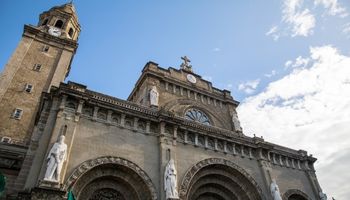
- Quiapo Church
- Manila Ocean Park
- National Museum of the Philippines
- San Agustin Church and Museum
- Bonifacio Global City
- Newport City and Resorts World Manila
- Okada Manila
- Greenbelt Chappel
- Money Museum
- Arroceros Park
- Yexel’s Toy House
- Poblacion Makati
- Art in Island
The Best Shopping Malls
Metro Manila is a popular shopping destination for locals, tourists, and international visitors alike. People are frequently seen walking about with shopping bags packed with clothes or other items purchased from their favorite stores. The city’s largest shopping malls include SM Malls, Ayala Malls, and Robinsons Malls.
The popularity of these shopping malls is attributed to their location and size. Most are located right in the heart of Manila and they have a wide range of shops that include international brands. This is a list of some of the largest and most popular shopping malls in metro Manila:
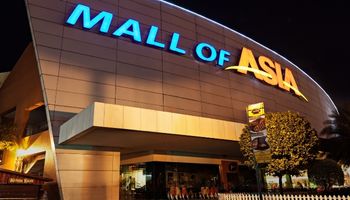
- Mall of Asia
- Robinsons Place Mall
- SM Megamall
- Venice Grand Canal Mall
- Greenbelt Mall
- Robinsons Galleria
- Evia Lifestyle Center
- Festival Supermall
- Alabang Town Center
- Ayala Mall Manila Bay
- Santolan Town Plaza
- Newport Mall
- Uptown Place Mall
- Century City Mall
- Shangri-La Plaza
- Commercenter Alabang
- Eastwood Mall
- SM Light Mall
- Starmall Alabang
- Glorietta Mall
- SM City Manila
- Lucky Chinatown Mall
Shopping Street and Malls for Bargains
Bargain hunters from all over the world flock to Metro Manila every year. Clothing, household goods, gadgets, and food are just a few of the items that are discounted at numerous malls and retailers. There are many bargain shops in Metro Manila that you can explore with the help of this list. These shops are known for offering good products and services at a reasonable price.
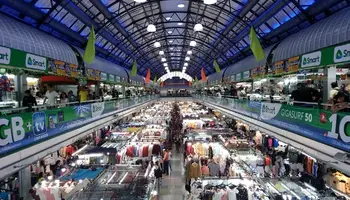
- Divisoria Mall
- 168 Shopping Mall
- Green Hills Shopping Center
- Divisoria Market
- Taytay Tiangge
- Baclaran Market
- Cartimar Shopping Center
- Makati Cinema Square
- Riverbanks Center
- Quaipo Market
- Market Market
Great Places for a Drink or a Meal
Metro Manila is a massive metropolis with a wide range of eateries to suit any occasion. There is something for everyone, whether you want a quick bite at one of the roadside kiosks or a sit-down meal at one of the many restaurants. While roaming around the streets at night, you will come across an unending number of street food stalls selling a variety of delectable and reasonably priced dishes. Here are some of the best spots to eat and drink in the city.
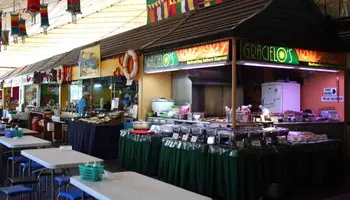
- Buendia Food by The Court, San Isidro, Makati
- Arkipelago Food Park, San Antonio, Makati
- The Pallet, Poblacion, Makati
- Le Village Lifestyle Park, E. Rodriguez, Quezon City
- Z Compound, Malingap St., Quezon City
- F7 Pop-Up, Quezon City
- Sagul Food Park, Quezon City
- Maginhawa Food Park, Quezon City
- Open Kitchen, Congressional Avenue, Quezon City
- Devour Food Hub, E. Rodriguez, Quezon City
- Sapphire Bloc, Pasig City
- United Street, Kapitolyo, Pasig City
- Better Living, Parañaque City
- Greenfield District, Mandaluyong City
- Pilar Village, Las Piñas City
- Eden Food Hall, Bonifacio Global City , Taguig
- 8 Missouri Street, San Juan City
- Recess Food Alley, Little Baguio , San Juan
Embracing Cultural Marvels
National museum of the philippines: immerse yourself in art and history.
When it comes to experiencing the vibrant culture and rich history of Metro Manila, a visit to the National Museum of the Philippines is an absolute must. This cultural haven, located in Manila’s bustling Ermita district, offers a captivating journey through various art forms and historical periods. As you step into its grand halls, get ready to be transported to a world brimming with artistic beauty and fascinating stories.
Fine Arts Galleries: Admiring masterpieces by Filipino artists
The Fine Arts Galleries at the National Museum are a treasure trove of artistic brilliance. Here, you’ll be captivated by awe-inspiring works created by Filipino masters throughout different eras.
From Juan Luna’s masterpiece “Spoliarium” which depicts scenes from Roman gladiator contests to Fernando Amorsolo’s radiant landscapes that evoke nostalgia for rural life, these galleries showcase the diverse talent that emanates from Philippine soil. As you wander through these halls adorned with carefully curated pieces, take your time to absorb the intricate details and emotions conveyed by each stroke of the brush.
The collection spans not only renowned painters but also emerging contemporary artists who encapsulate modern Filipino perspectives. Prepare to marvel at vibrant colors, thought-provoking themes, and artistic techniques that will leave an indelible impression on your soul.
Anthropology Exhibits: Learning about indigenous cultures and traditions
Adjacent to the Fine Arts Galleries lies another captivating realm within the National Museum – the Anthropology Exhibits. Here, you’ll embark on an enlightening journey through time as you explore indigenous cultures and traditions deeply rooted in Philippine heritage.
Immerse yourself in displays showcasing ancient artifacts, traditional costumes, tribal tools, and religious artifacts that provide a window into the rich tapestry of Filipino culture . From the majestic Cordillera tribes in Northern Luzon to the vibrant ethnic groups in Mindanao , these exhibits celebrate the diversity and resilience of indigenous communities across the archipelago.
Learn about their unique belief systems, customary practices, and captivating folklore that have shaped their identities for centuries. This immersive experience will broaden your perspective and deepen your appreciation for the cultural mosaic that makes up the Philippines .
Ayala Museum: Delving into Filipino art, culture, and heritage
Nestled in the heart of Makati City, Ayala Museum offers an extraordinary exploration of Filipino art, culture, and heritage. With its modern architecture seamlessly blending with traditional design elements, this museum beckons you to embark on a journey through time to unlock the essence of what it means to be Filipino.
Diorama Displays: Witnessing key moments in Philippine history
One of Ayala Museum’s highlights is its meticulously crafted diorama displays that bring key moments in Philippine history to life. Step back in time as you witness pivotal events like Lapu-Lapu’s victorious battle against Ferdinand Magellan or Jose Rizal’s impassioned speeches during the Propaganda Movement. These miniature scenes intricately recreate historical settings with astonishing attention to detail and accuracy.
As you observe these dioramas and listen to accompanying narratives, you’ll gain a deeper understanding of how these events shaped Philippine society. It’s like being transported into an immersive time capsule where you can almost feel the emotions that coursed through our ancestors’ veins during significant turning points in our nation’s story.
Gold of Ancestors Exhibit: Marveling at pre-colonial gold artifacts
Prepare to be awestruck by Ayala Museum’s mesmerizing Gold of Ancestors exhibit. This collection showcases intricate pre-colonial gold artifacts that highlight the exceptional craftsmanship and artistic skill of our ancestors.
From intricately designed jewelry to ceremonial items, each piece tells a story of ancient Filipino cultures that revered gold not only for its aesthetic value but also for its symbolism. Gaze upon golden masks, diadems, and body adornments that reflect the opulence of our forebears.
These artifacts shed light on pre-colonial trade routes and cultural exchanges that existed long before colonial powers set foot on our shores. The Gold of Ancestors exhibit serves as a reminder of the wealth, ingenuity, and sophistication inherent in Filipino civilization even before external influences shaped our history.
Immersing oneself in the cultural marvels found within Metro Manila is a truly enriching experience. Whether it’s wandering through the art-filled halls of the National Museum or delving into Philippine history at Ayala Museum, these institutions offer an opportunity to connect with Philippine heritage in meaningful ways.
From admiring masterpieces by Filipino artists to witnessing key moments in history through diorama displays or marveling at pre-colonial gold artifacts, these cultural gems provide a glimpse into what makes the Philippines truly unique. So don’t miss out on exploring these stunning attractions and unraveling the rich tapestry of Metro Manila’s hidden wonders.
Nurturing Nature’s Beauty
Batanes-inspired landscapes at la mesa eco park.
Picture yourself stepping into an oasis of tranquility right in the heart of Metro Manila. Welcome to La Mesa Eco Park, where the breathtaking landscapes inspired by the picturesque province of Batanes will leave you in awe. As you stroll through this lush green haven, your eyes will be drawn to The Grand Lagoon, a serene body of water that offers a peaceful escape from the hustle and bustle of city life.
Hop aboard a boat and embark on a leisurely ride across The Grand Lagoon. Feel the cool breeze caress your face as you glide through crystal-clear waters, surrounded by towering trees and vibrant foliage.
Take this opportunity to immerse yourself in nature’s embrace while appreciating the striking beauty that unfolds before your eyes. For those seeking a unique perspective, venture into the Canopy Walk at La Mesa Eco Park.
Ascend to treetop level and traverse suspended walkways that allow you to explore the park from an entirely different vantage point. As you wander through these elevated trails, you’ll feel like you’re walking among giants, with sweeping views of the park’s lush canopy stretching out beneath your feet.
Pinto Art Museum in Antipolo City
In Antipolo City, just a short distance from Metro Manila lies Pinto Art Museum – a haven for art enthusiasts and seekers of serenity alike. This remarkable museum combines Mediterranean-inspired architecture with beautiful gardens that create an atmosphere ideal for reflection and appreciation of art.
Step into Pinto Art Museum’s Mediterranean-inspired galleries and prepare to be captivated by its extensive collection of contemporary Philippine art. Meander through hallways adorned with thought-provoking paintings and sculptures created by talented Filipino artists.
Let your senses soak up every stroke, color, and texture as each artwork tells its own unique story. What sets Pinto Art Museum apart is not only its remarkable art but also its tranquil surroundings.
Take a leisurely stroll through the museum’s serene gardens, where refreshing breezes rustle the leaves of lush foliage. Find a quiet spot amidst the verdant landscape to pause and reflect, allowing the natural beauty to wash over you.
Foodie Paradise: Savoring Manila’s Culinary Delights
Binondo chinatown: embark on a gastronomic adventure through the oldest chinatown in the world.
Imagine stepping into a vibrant and bustling neighborhood that is a melting pot of flavors and cultures. Binondo Chinatown, located in the heart of Manila, is not only known for its historical significance but also for being a food lover’s paradise. As you walk through its colorful streets, you’ll be greeted with the enticing aromas of sizzling street food and the sight of locals indulging in scrumptious delicacies.
Dim Sum Feast at Ying Ying Tea House
When it comes to authentic Chinese cuisine, no trip to Binondo would be complete without experiencing a dim sum feast at Ying Ying Tea House. This renowned establishment has been serving delectable dumplings and steamed buns since 1950.
As you enter this unassuming eatery, you’ll find yourself surrounded by locals relishing their favorite bites. Start your culinary adventure with classic favorites such as siu mai (steamed pork dumplings) and har gow (shrimp dumplings).
The delicate flavors and perfectly folded wrappers will transport your taste buds to another realm. Don’t forget to try their fluffy char siu bao (barbecue pork buns) which are filled with succulent chunks of marinated pork.
Crispy Pork Belly at Sincerity Café and Restaurant
If you’re craving something more indulgent, make your way to Sincerity Café and Restaurant for their mouthwatering crispy pork belly. This beloved establishment has been satisfying meat lovers’ cravings since 1956. Their secret recipe ensures that every bite is packed with flavor while maintaining that coveted crispy skin.
Sink your teeth into tender slices of juicy pork belly, perfectly complemented by a layer of melt-in-your-mouth fat. The accompanying dipping sauce adds a tangy kick that enhances the overall experience.
Pair this decadent dish with a bowl of steaming white rice to fully savor the rich flavors. Indulging in these culinary delights is an experience that will not only tantalize your taste buds but also immerse you in the vibrant culture of Binondo Chinatown.
So, embrace the hustle and bustle, explore hidden alleyways, and let your senses guide you through this gastronomic adventure. Binondo Chinatown offers an unforgettable journey for food enthusiasts seeking exceptional flavors and authentic experiences.
From savoring delectable dim sum at Ying Ying Tea House to indulging in crispy pork belly at Sincerity Café and Restaurant, you’ll be treated to a symphony of tastes that showcases Manila’s diverse culinary heritage. So, come with an empty stomach and an open mind as you embark on this foodie paradise escapade – it’s a feast you won’t want to miss!
The best Places to Stay in Metro Manila
Book your hotels on government-accredited accommodation. The purpose of hotel accreditation is to guarantee that the establishment meets government standards. A government quality mark can serve as a seal of approval for a company, as well as a guarantee of competence and integrity and a measure of quality. Hotels benefit from having an agreement because it helps them improve client satisfaction.
- ALLOWED HOTELS FOR QUARANTINE
- DOT-ACCREDITED HOTELS IN QUEZON CITY
- DOT-ACCREDITED HOTELS IN PASAY CITY
In conclusion, Manila is a city that never fails to impress visitors with its fascinating blend of ancient and modern landmarks, vibrant culture, and delectable cuisine. Whether you’re a history buff, a foodie, or a fan of architecture, Manila has something for everyone. A visit to this bustling metropolis is truly an unforgettable experience. So, why not plan your next trip to Manila and discover this incredible city for yourself?
THE BEST TOURIST DESTINATIONS IN THE PHILIPPINES
Explore the best things to do in manila.
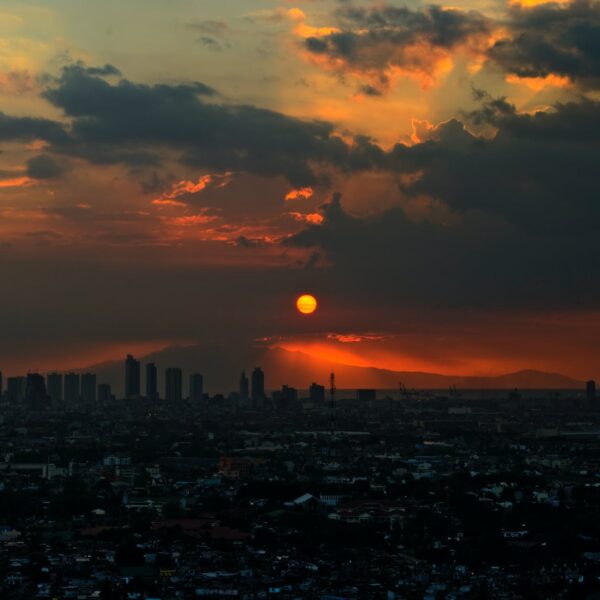
Manila, the bustling capital city of the Philippines , offers a wide array of activities and attractions for visitors to enjoy. From exploring historic sites to indulging in delicious cuisine, there…
Quiapo Church Mass Schedule & Timings
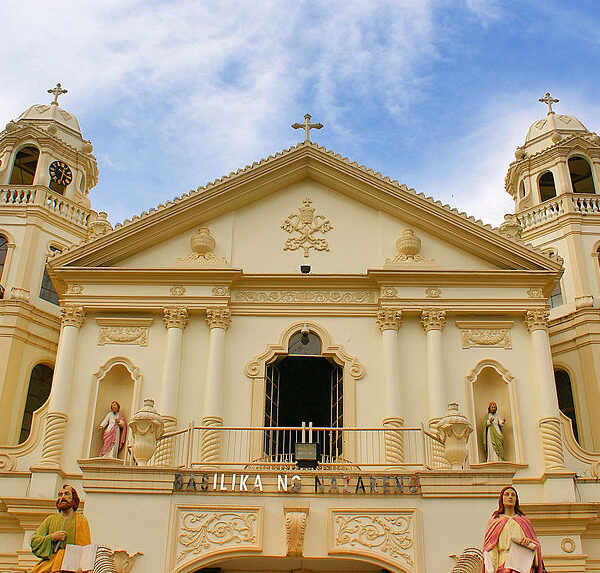
Quiapo Church, also known as the Minor Basilica of the Black Nazarene or the Parish of Saint John the Baptist, is a historic church located in Plaza Miranda, Quiapo, Manila.…
Late-Night Food Trips in Manila You Can’t-Miss
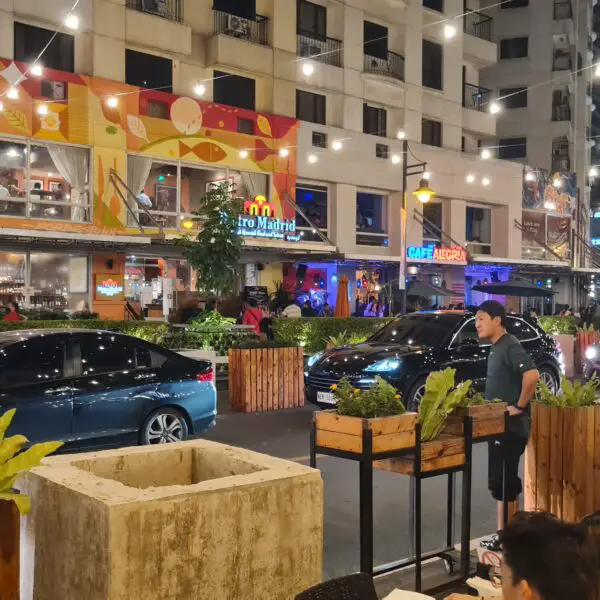
Manila is a city that never sleeps, and when it comes to food, there is no shortage of options even after dark. Whether you’re a night owl or just looking…
Manila Nightlife Guide: Experience Vibrant Fun
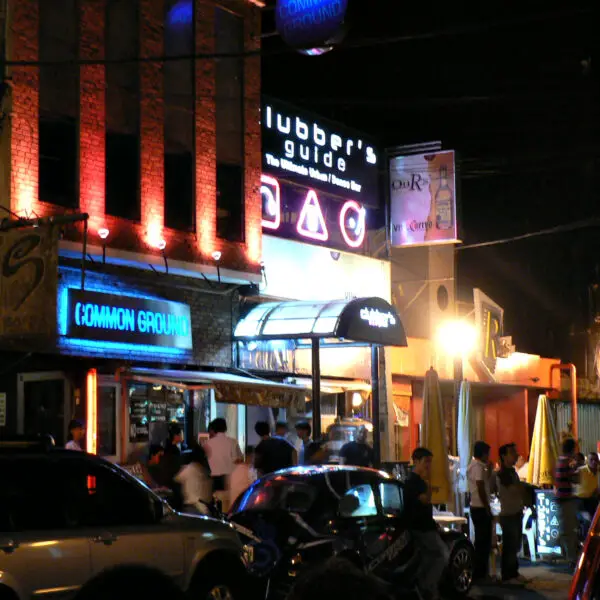
Manila, the capital city of the Philippines , is known for its vibrant and exciting nightlife. From bustling clubs to trendy bars and cultural events, Manila offers a diverse range of…
Explore Intramuros: The Heart of Old Manila’s Rich History
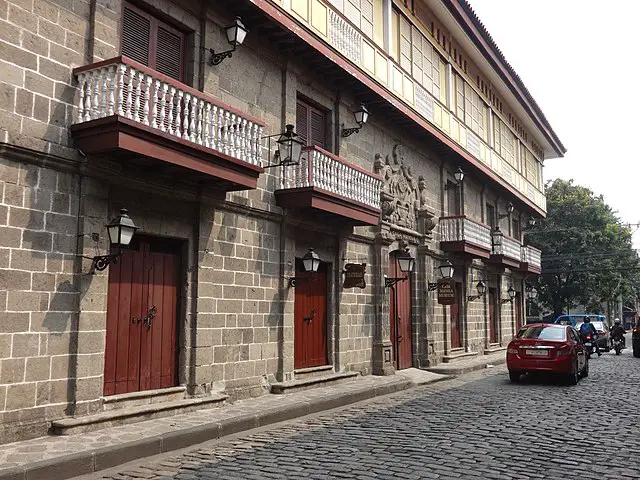
Intramuros is the ancient heart of Manila, a walled city that showcases the rich history and Spanish architecture of Old Manila. Built by the Spaniards as their political and military…
Experience Grandeur and Opulence at Okada Manila
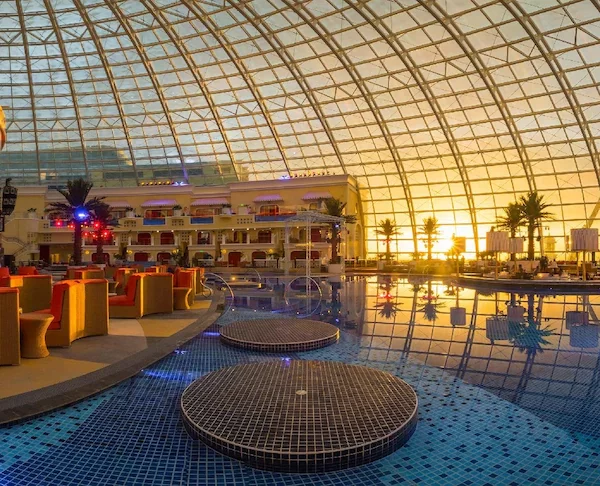
Discover the beautiful grandeur of Okada Manila , a magnificent integrated resort and casino offering top-notch entertainment and opulent lodging.
Cheap Flights to Manila
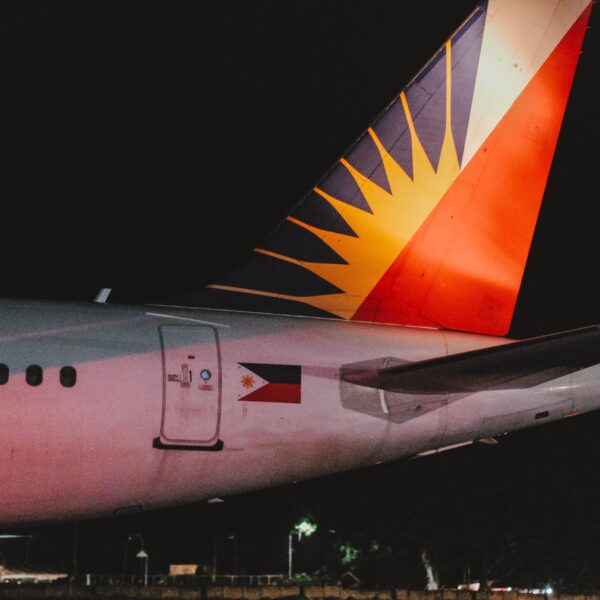
Discover strategic tips to secure cheap flights to Manila ! Master the art of savvy booking, avoid hidden fees, and optimize your travel budget.
The Ultimate Guide to Restaurants in Intramuros, Philippines
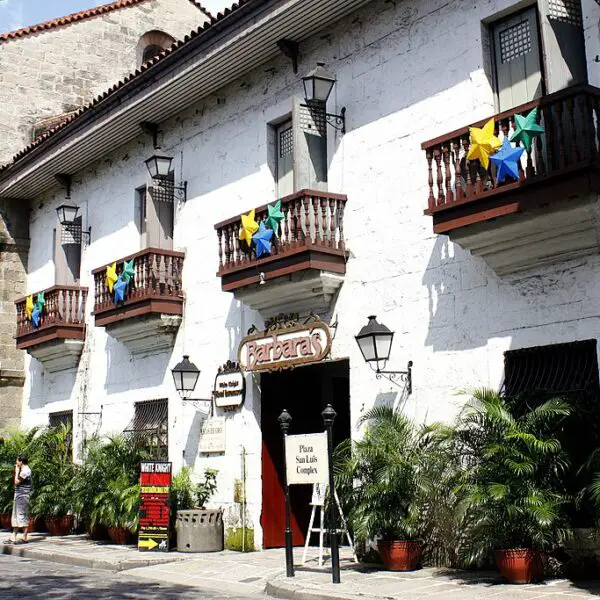
Embark on a gastronomic journey within the historical walls of Intramuros , Manila. Uncover the best restaurants and their delectable delights.
Experience Christmas & New Year in Manila’s Best Hotels
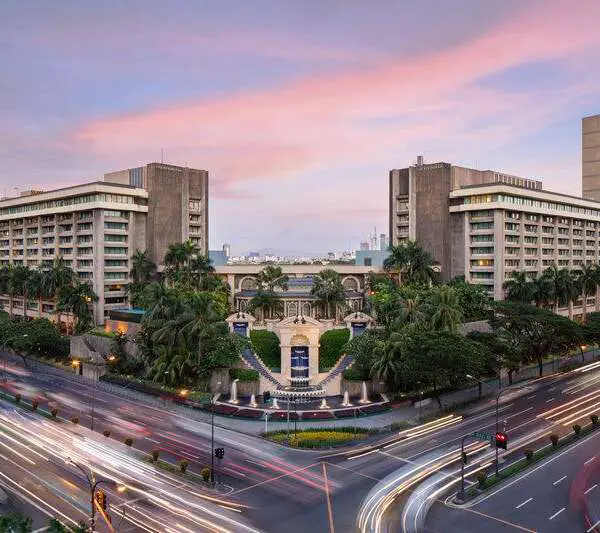
Discover Manila’s top luxury hotels for a magical Christmas and New Year celebration. Unforgettable experiences await at these exquisite accommodations.
Manila’s Enigmatic Treasures: Unveiling the City’s Best-Kept Secrets

Unveiling Manila’s hidden gems: From historic secrets to culinary delights and artistic hideaways, discover the city’s best-kept treasures.
Manila Ocean Park Entrance Fee Guide: What You Need To Know
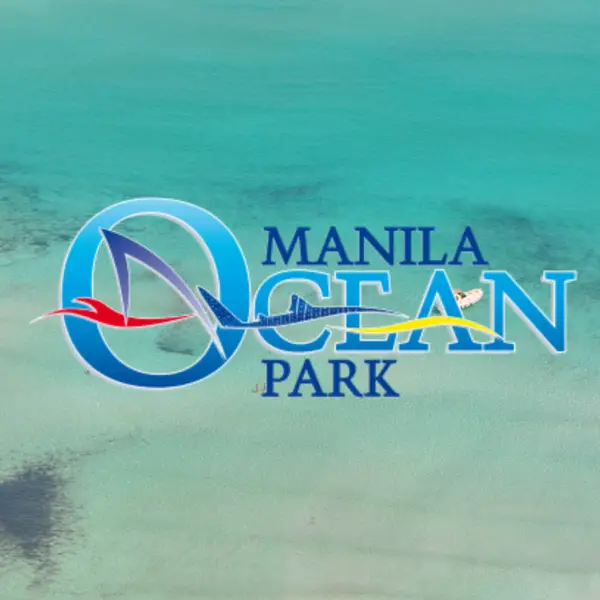
Discover the latest Manila Ocean Park Entrance Fee, operating hours, attractions, rules and regulations, plus tips to maximize your visit. Plan your trip now!
Buy Manila Zoo Tickets Online – Quick & Easy!

Discover Manila Zoo entrance fees and other important information you need to know before visiting. Get tips to make the most out of your trip.
TRENDING HOTELS IN MANILA
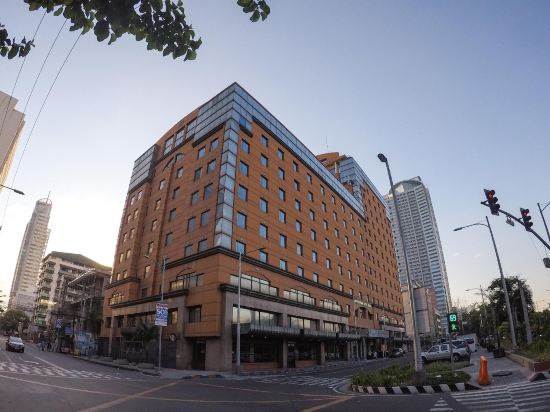
From the breathtaking views of Manila Bay to the lively nightlife, Manila has something for everyone. Here are 27 trending hotels in Manila to consider,
Discover True Luxury: Conrad Manila Hotel
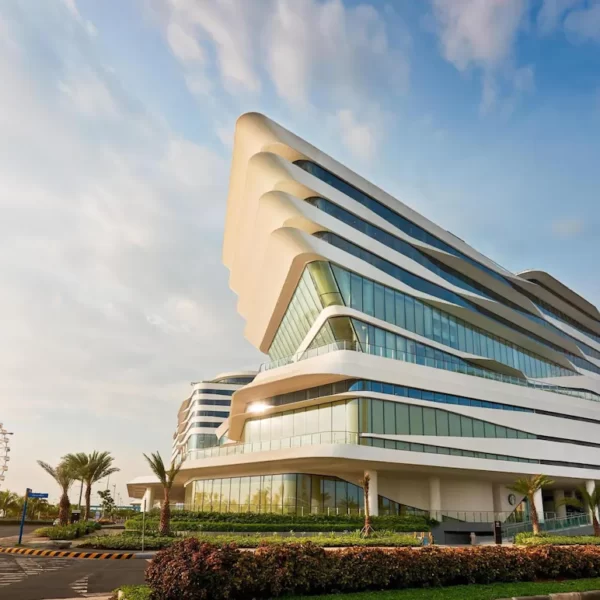
CONRAD MANILA is located atop the S Maison retail complex on the outskirts of Manila Bay, with convenient access to the Mall of Asia.
The Peninsula Manila: The Ultimate Five-Star Destination
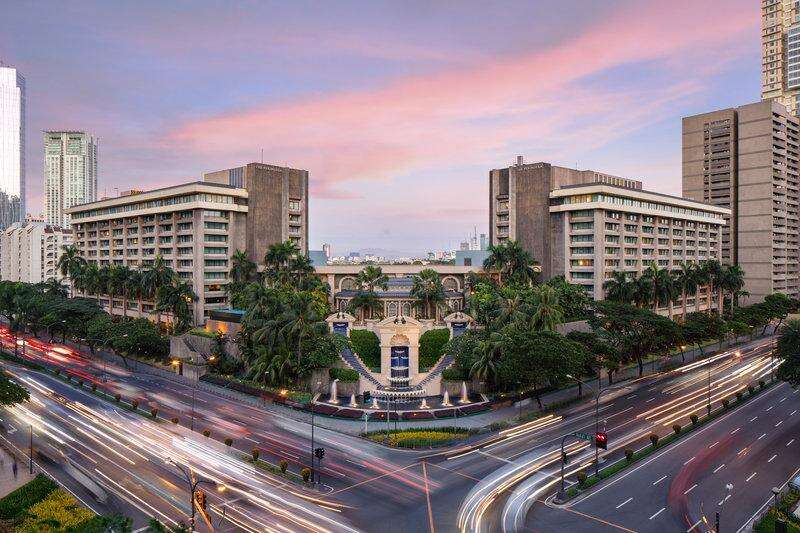
Experience the pinnacle of luxury at The Peninsula Manila. This five-star hotel is an oasis of opulence and sophistication, offering unparalleled service and comfort. Every aspect of your stay at…


Manila travel guide
Manila tourism | manila guide, you're going to love manila.
With 10,44 million inhabitants, Manila is the most populous city in the Philippines. It is the most popular tourist destination in the country. We recommend you stay at least 4 days in order to fully appreciate everything Manila has to offer.

Activities & attractions in Manila
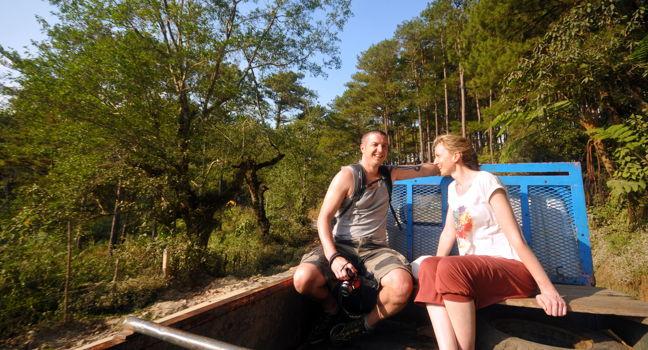
Where to Eat in Manila
If you’re looking for affordable options, CRU Steakhouse - Manila Marriott Hotel (2 Resorts Drive, Pasay City, Ncr - Fourth District, Barangay 183) and Manila Bay Kitchen (corner Gen. Malvar St) are great picks.
When to visit Manila
Looking for warm weather? Then head to Manila in April, when the average temperature is 84.2 °F, and the highest can go up to 91.4 °F. The coldest month, on the other hand, is January, when it can get as cold as 69.8 °F, with an average temperature of 78.8 °F. You’re likely to see more rain in July, when precipitation is around 15.7″. In contrast, February is usually the driest month of the year in Manila, with an average rainfall of 0.4″.

How to Get to Manila
When flying to Manila, you’ll arrive at Manila Ninoy Aquino Airport (MNL), which is located 11 km from the city center. The shortest flight to Manila from the United States departs from Los Angeles and takes around 14h 40m.
Another option to get to Manila is to pick up a car rental from Angeles City, which is about 74 km from Manila. You’ll find branches of Fox and Dollar, among others, in Angeles City.
The most popular bus station is Manila Luzon Cisco Transport Inc, located 9 km from downtown Manila. Manila Bataan Transit is also a commonly used station, and is 7 km from the city center.
Airports near Manila
Airlines serving manila, where to stay in manila.
From 5-star hotels such as the Marco Polo Ortigas Manila to great affordable options like the Sun Star Grand Hotel , Manila offers a range of accommodations for every taste. Average rates range from around $32 per night for a double room in a 3-star hotel to $59 and up for a 5-star experience. If you’re on a budget, well-reviewed accommodations include Pension Natividad and OYO 805 La Belladoza. There are also lots of vacation rental options in Manila, with prices from $9 to $201 per night. Malate is the neighborhood with the highest amount of rentals to choose from. On average, vacation rentals in Manila are about 24% cheaper than a hotel room in the city.
Malate - Sheraton Manila Bay , Orchid Garden Suites and Rothman Hotel have some of the best reviews among hotels in this area. A 3-star room in Malate will cost you about $14 per night.
Where to stay in popular areas of Manila
Most booked hotels in manila, renting a car in manila.
Renting a car in Manila costs $59 per day, on average, or $235 if you want to rent if for 4 days.
It’s generally cheaper to rent your vehicle outside the airport: locations in the city are around 2% cheaper than airport locations in Manila.
Expect to pay $4.09 per gallon in Manila (average price from the past 30 days). Depending on the size of your rental car, filling up the tank will cost between $49.06 and $65.41. The most frequently booked car type in Manila is Compact (Class Compact Van or similar). If you’re looking to save money, though, keep in mind that Intermediate rental cars (Class Intermediate Car or similar) are, on average, 47% cheaper than other rental car types in the city.
Best car rental deals in Manila
2 Adults, 2 Bags
- Today's deals
- Search travel guides

Manila Featured Articles
Manila guides.

Current language
All languages.


First-Time Manila Travel Guide: Essentials To Know Before You Visit
Everyone who visits Manila comes back with a strong opinion of the city.
Sometimes it’s positive, sometimes it’s negative, but one thing is for sure: staying in Manila leaves a strong impression.
That raises some interesting questions for travelers.
What’s different between those who do and don’t like the city? What sort of expectations lead to a bad impression versus a good one? Most importantly, what should you know before arriving to have a great stay?
I had the advantage of first visiting Manila with a local. You may not.
After visiting the area several times, and eventually living there for over a year, here’s what every first-time visitor needs to know.
How Do You Describe Manila?
Whether they love Manila or hate it, I think every single traveler would describe it as a chaotic city. Manila is known for much more , but that’s the first word that comes to mind.
In any case, it’s nothing like the languid tropical paradise that the word “Philippines” might bring to mind.
However hectic, it’s also the national capital on almost every level—not just politically—so you’ll find abundant sites and attractions if you know where to look. That’s an important qualifier, since the good stuff doesn’t always jump out and may not be all that convenient, but it is most definitely there.
For perspective, the City of Manila proper is not that big of an area. “Manila” usually refers to the entire metro area (Metro Manila, a.k.a. the National Capital Region) and sometimes even beyond.
It’s the polar opposite of many European cities where most points of interest and nice neighborhoods are generally near a well-defined center. For a better sense of what I mean, take a moment to read about the different cities of Metro Manila .
Is Manila Worth Visiting?
Some Asian capitals are standalone destinations, and some are…well…not. Manila occupies a sort of middle ground, in my mind. It’s nothing like Tokyo, or even Bangkok , but it’s not remotely a war zone or backwater, either.
If you find hectic cities more exciting than draining, then Manila is well worth a few days of your trip. Most flights from outside Asia enter the Philippines through Manila anyhow, so it’s a convenient and affordable bookend to your island hopping, nature excursions, and so forth.
What Language Do They Speak In Manila?
Manila’s local language is Tagalog, but English is almost universally spoken at quite fluent levels. Read this article for more background on why and how both languages are used locally.
For travelers, there is essentially no practical need for Tagalog. Every venue and service with even the slightest appeal to visitors will have English menus/guides and English-speaking staff. I imagine there are exceptions, but I’ve yet to find one!
I believe it’s worth learning Tagalog if you’ll stay around Metro Manila/southern Luzon for an extended period. But there are several reasons Tagalog is tricky for native English speakers to pick up. Language learning is a terrific hobby, but it won’t yield much practical value over the time period that most tourists would stay in the area.
Is Manila Safe To Visit?
Let’s be frank: if you haven’t already seen lots of warnings about sketchy things and tourist dangers throughout the Philippines, you will. And they seem to happen at a higher rate than in Japan or France or Canada or what have you.
But understand two things.
First, realize that many of the most sordid events have involved expats involved (or whom we can reasonably guess were involved) in local businesses—often, but not always, of a controversial nature. That’s still a concern in the big picture, but pragmatically, it’s a world apart from anything you’ll do during your stay.
Secondly, and more specifically to Manila, there are bad areas and there are good areas. Tourists almost exclusively stay in the latter (which are easy to identify), if only because the former just don’t have much of interest. That’s not to say that all poorer areas are inherently dangerous or all wealthy ones are inherently safe, just that your priorities on a short-term stay will probably keep you around the well-lighted and more heavily policed districts.
Personally, I worry more about traffic safety than any of the above. I’ve tried to give the topic of Manila travel safety a fair treatment here , but in short: anyone who is reasonably cautious, self-aware, and happy to keep a low profile has no reason to expect problems.
What’s A Good Travel Budget For Manila?
When you visit a city that is a little chaotic and rough around the edges, one of the biggest advantages is that prices usually reflect this.
Manila is developing rapidly, has gleaming central business districts, and is home to a significant concentration of wealth and power. That pushes its prices noticeably above most of the Philippines, notwithstanding a few resort towns like Tagaytay .
Even so, if Western prices are your point of comparison, then you’ll find Manila both affordable and a generally good value. There are some nuances to this, since the good values tend to fall in the middle- to upper-tier spots, not so much at the bottom.
If you’re willing to be very frugal, then around $70 per person per day should get you a basic hotel room, decent meals out, and at least a short rideshare trip or two. Dorm-style hostels and a street- or fast-food diet will obviously reduce that number, but I’ll leave it to your judgment whether that’s worth it.
However, you’ll have a lot more fun and enjoy far nicer venues if you roughly double that number. Obviously, high-end tastes will cost significantly more to satisfy, but still less than you might expect.
In any case, you’re looking at an entire day plus night in Manila for less than a basic hotel room alone in many smaller and duller cities.
Read this Manila cost guide for more context and planning tips.
What’s The Best Time Of Year To Visit Manila?
Given the choice, try to visit Manila in the winter months. The Christmastime busyness has settled down, and the weather is at its most pleasant.
For better or worse, you get two seasons in the tropics: wet (roughly May-November) and dry (roughly November-May).
You can expect heat and humidity year-round, but springtime is warmest on average by about 5-7 degrees Fahrenheit.
Within the wet season, the rain still peaks dramatically in the summer months, so it’s best if you can visit outside late June through early October. Still, the rain tends to come in absolute downpours rather than all-day drizzle, so the (literally) bright side is that even rainy-season visitors will still see plenty of sunshine at times.
What Part Of Manila Should I Stay In?
If you have more than an ultra-tight budget at your disposal, and you want a nice area and minimal time in traffic, then there are basically four options. In no particular order:
The City of Manila is where you’ll find Intramuros, some remarkable churches and museums therein, Rizal Park, several national museums, Binondo’s Chinatown, and so forth. In a nutshell: all the major historical and cultural landmarks. Consider staying in the City of Manila if you’re only in town for a couple days, and want to spend them seeing the major sights.
Makati is the country’s finance hub and probably has more high-end venues per block than anywhere else in Metro Manila. It’s farther from the tourist attractions of Manila proper, but roughly the same distance from the airport. The Salcedo and Legazpi neighborhoods are expat favorites, and Poblacion is a lower-key but hipper choice. Consider staying in Makati if you’re in town for a longer period and prefer a more contemporary and (somewhat) orderly environment. It’s also the right choice if you’re into the club scene.
Bonifacio Global City (BGC) is a new-ish and very upscale central business district of Taguig. A lot of multinational firms’ offices are here, as are many Western expats. It’s just east of Makati, which adds a couple of awfully congested miles to reach tourist sites. BGC is a district, not a whole city like Makati or Manila, and feels a little calmer by Metro Manila standards. Consider staying in BGC if you prefer a modern, almost Singapore-like neighborhood and are visiting for long enough not to mind the distance to tourist attractions.
Finally, Pasay and especially the Mall of Asia vicinity, is just a couple of miles from the airport. It’s also quite close to the casinos and “integrated resorts.” There’s little of particular cultural interest, and it lacks the “cool” factor or (relative) walkability of Makati and BGC. Consider staying around Pasay and the Mall of Asia if you’re on a very brief trip and need mostly to be near the airport.
Some of the other cities of the National Capital Region are pleasant and have their own points of interest, but none are as nice or convenient for short visits.
How Many Days Should I Spend In Manila?
At a bare minimum, plan two full days to see the major sites without getting too stressed by Manila’s congestion. Four to five full days are enough for most things that most visitors want to experience in Metro Manila.
If you stay in one of the areas mentioned above—as opposed to a more outlying spot—then the ride between points of interest shouldn’t take too much more than an hour. That’s a long time for three or five miles of travel, but you’re better off planning for it than being stressed or disappointed when an overly ambitious itinerary proves impossible. (It’s hard to overstate just how badly congested this area is!)
Anyhow, two days allow for something like a half-day (at least in Intramuros), a half-day in Chinatown and/or more museums, then a full day to explore the more modern areas. That will suffice for all the must-sees.
If you are keen to explore further, then it’s easy to fill three to four days comfortably but fully. That gives time for the above plus a guided tour, exploring food/coffee/whatever-you’re-into, shopping, casino outings, and the like.
Unless you like a particularly leisurely pace, you’ll probably run out of major to-do’s after day four or five. So, if you’re in town longer, then consider spending a night or two for a change of scenery in a cooler, quieter town like Tagaytay .
Conclusion: Planning Your Manila Trip
Despite a reputation for chaos, and the need for extra (but entirely reasonably) safety precautions, it’s a welcoming and accessible place unlike anywhere else in Asia.
A handful of cities/districts each strike a good balance between minimizing time in traffic and maximizing the value and enjoyability of your surroundings. English speakers won’t have any trouble getting around—or doing so on a modest budget.
Manila is a worthwhile stop for the right sort of traveler with the right sort of expectations. If nothing else, I hope this guide has helped to set those expectations.

Erik is an American writer with family ties to the Philippines. After visiting and eventually living in Metro Manila, he launched Manila FYI to help visitors understand, enjoy, and thrive in this fascinating part of the world.
View all posts
Similar Posts
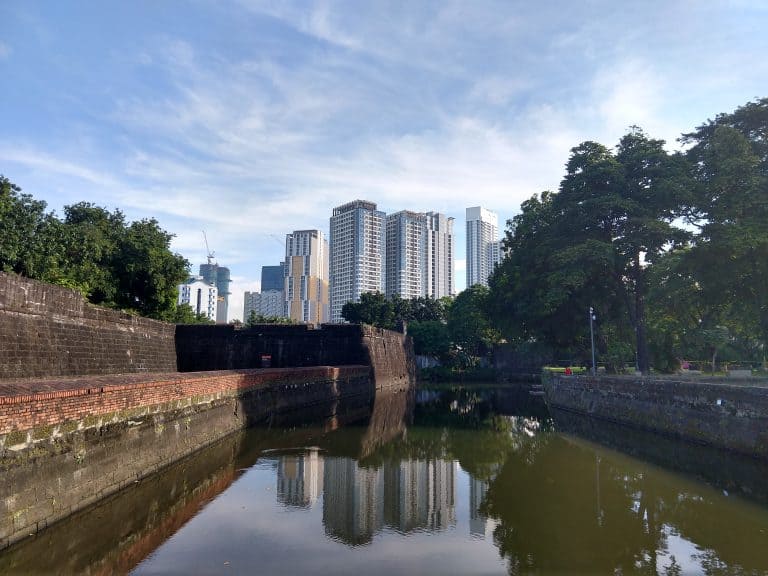
Should YOU Visit Manila? (What To Know Before You Book)
Philippine beach and nature destinations are legendary, and rightly so. But Philippine cities—including the capital, Manila—are rarely on anyone’s bucket list. Is that a naïve oversight, or is Manila really best avoided? Manila is not the most exciting city in Asia, but it’s much more than just a gateway to exotic locales. It is worth…
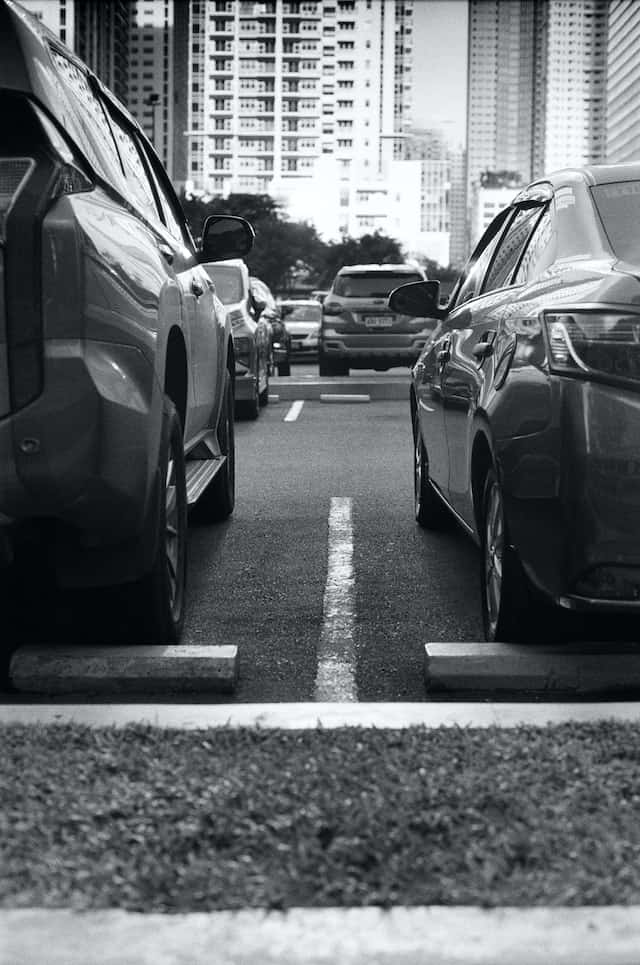
The 3 Biggest Reasons Manila Traffic Is So Bad
Just about everyone who visits Manila, especially from the West, is floored by one thing the second they leave the airport. Not the heat, not the density, not even the unique and oddly pleasant BBQ-and-exhaust smell…but the traffic. It even costs the Philippine economy about $70 million per day! Every big city has congested roads, but Manila’s traffic is particularly…

Is Manila Safe? (What I Learned From Living There)
Manila gets a bad rap for crime. “Well, duh,” you might think, “It’s a big, gritty city in a fairly poor country.” That’s not wrong, but it doesn’t reflect the reality that most foreigners will experience, either. Manila travel safety in brief Travel safety in Manila is more complicated than “yes” or “no.” Manila’s tourist…

Manila Vs. Metro Manila: Understanding The Cities Of The NRC
Manila is a colossal metropolis that sprawls for miles around. It’s a vast yet dense microcosm of almost every facet of the Philippines, almost like a country unto itself. It may not be everyone’s cup of tea, but there are plenty of reasons that Manila is well worth visiting. But when we foreigners refer to “Manila,”…
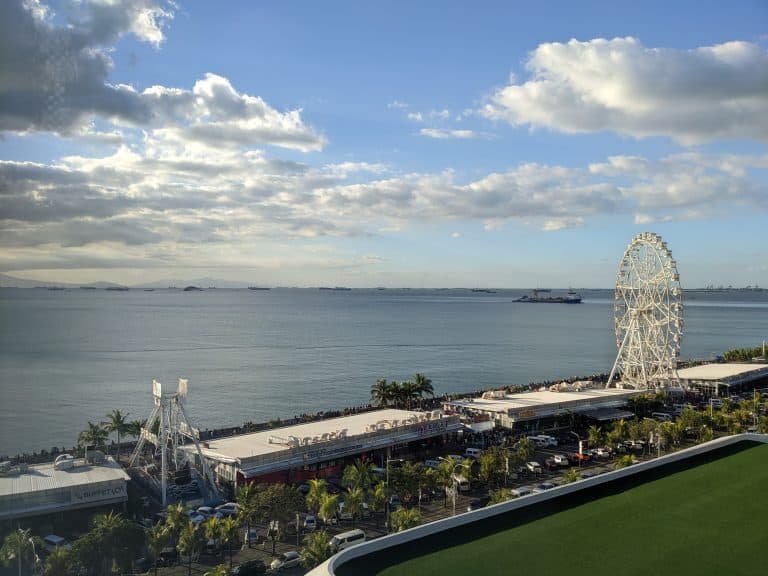
What Is Manila Known For?
Manila is a destination for some, a jumping-off point for others, and of course home to many millions. You’ll get as many takes as there are people. But, by and large, most will agree on a few particular things. Domestically, Manila is known as the political, financial, and commercial capital of the Philippines. To travelers,…
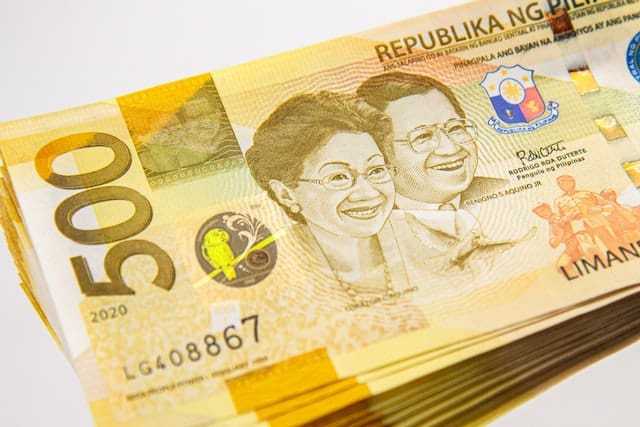
Is Manila Expensive To Visit? (What To Budget For A Great Trip)
Southeast Asia is on the top of every backpacker’s and budget traveler’s list. But if you want to splurge on pampering and futuristic luxury, there’s something for you, too. Where does the Manila fit in that spectrum? Here’s whether Manila is expensive Manila is not expensive to visit, by Western standards. Tourists in Manila will…
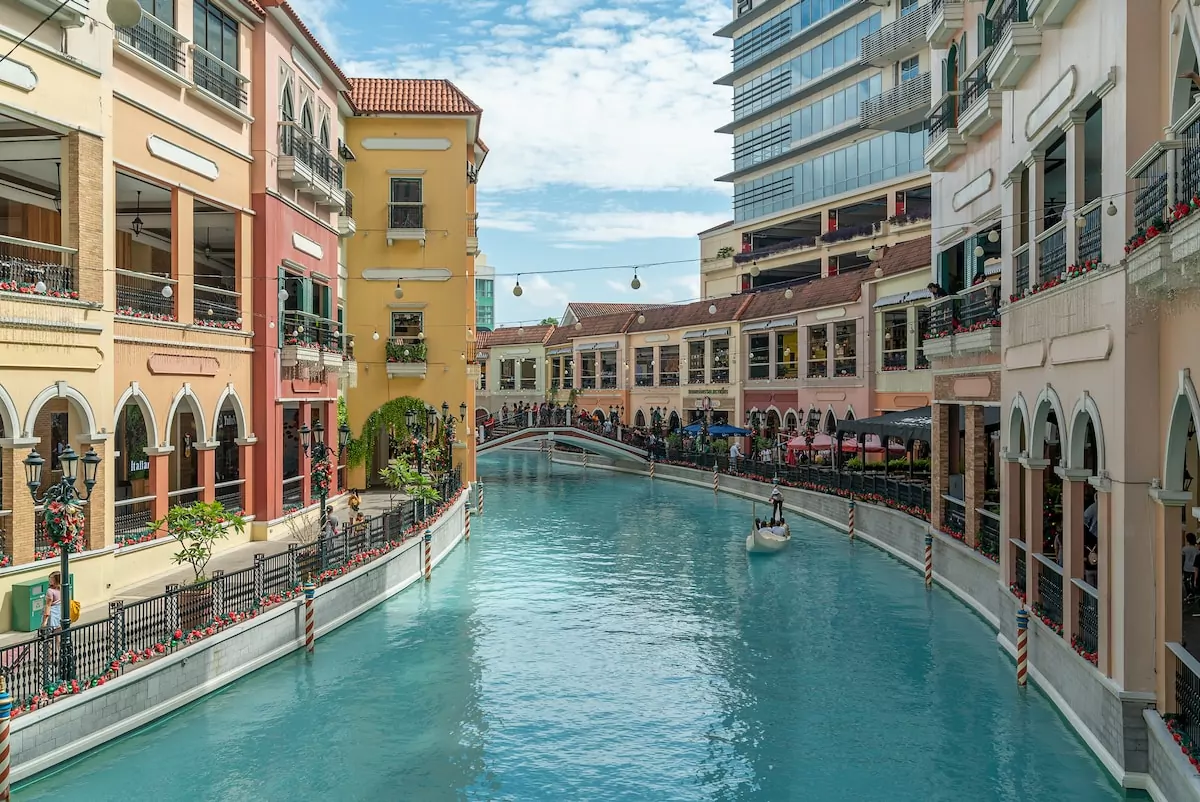
The Ultimate Manila Travel Guide: Exploring the Heart of the Philippines
The Ultimate Manila Travel Guide - Get the most out of your trip to Manila and plan your perfect Manila vacation with our expert guide.
Mundo Maya Travel
- Updated: December 5, 2023
- 39 min read
Manila, a city that pulsates with life, history, and culture at every turn. Over the years, we’ve found ourselves irresistibly drawn back to this vibrant capital of the Philippines.
Each visit uncovers a new layer, a fresh perspective, and a deeper appreciation for what makes Manila so unique.
From its historical landmarks to its bustling markets, from its world-class museums to its lively street food scene, Manila offers an experience that’s as diverse as it is unforgettable.
In this ultimate Manila travel guide, we’re thrilled to share our insider tips, favorite spots, and must-see attractions. Whether you’re a history buff, a foodie, or someone looking for romantic escapes, we’ve got you covered.
We’ll guide you through the must-see tourist spots in Manila, take you off the beaten path to discover hidden gems, and even share some of our favorite places to visit in Manila for couples.
- Diverse Experiences : Manila offers a rich tapestry of experiences, from cultural landmarks to modern attractions.
- Accommodation for All : Whether you're a luxury traveler or on a budget, Manila has a range of hotels and guesthouses to suit your needs.
- Culinary Delights : The city's food scene is a blend of traditional Filipino dishes and international cuisine, offering something for every palate.
- Adventure Awaits : From riding a jeepney to exploring hidden gardens, Manila offers activities that cater to all kinds of travelers.
- Cultural Immersion : The city is a melting pot of cultures, offering a unique blend of the old and the new.
- Practical Tips : Navigating Manila is easier with a bit of preparation. Public transport options like jeepneys and the LRT/MRT systems are available for getting around.
- Romantic Escapes : Manila offers several romantic spots for couples, making it a great destination for a romantic getaway.
- Off the Beaten Path : Beyond the popular tourist spots, Manila has lesser-known gems that offer a different kind of adventure.
- Safety Measures : While Manila is generally safe, it's always best to take standard precautions, especially in crowded areas.
- Bucket List Worthy : With its blend of adventure, culture, and culinary experiences, Manila is a destination that deserves a spot on your travel bucket list.
So buckle up and get ready to explore the heart of the Philippines through our eyes. Trust us, Manila is a city that will capture your heart, just as it has captured ours, time and time again.
Manila, Philippines – A City of Contrasts
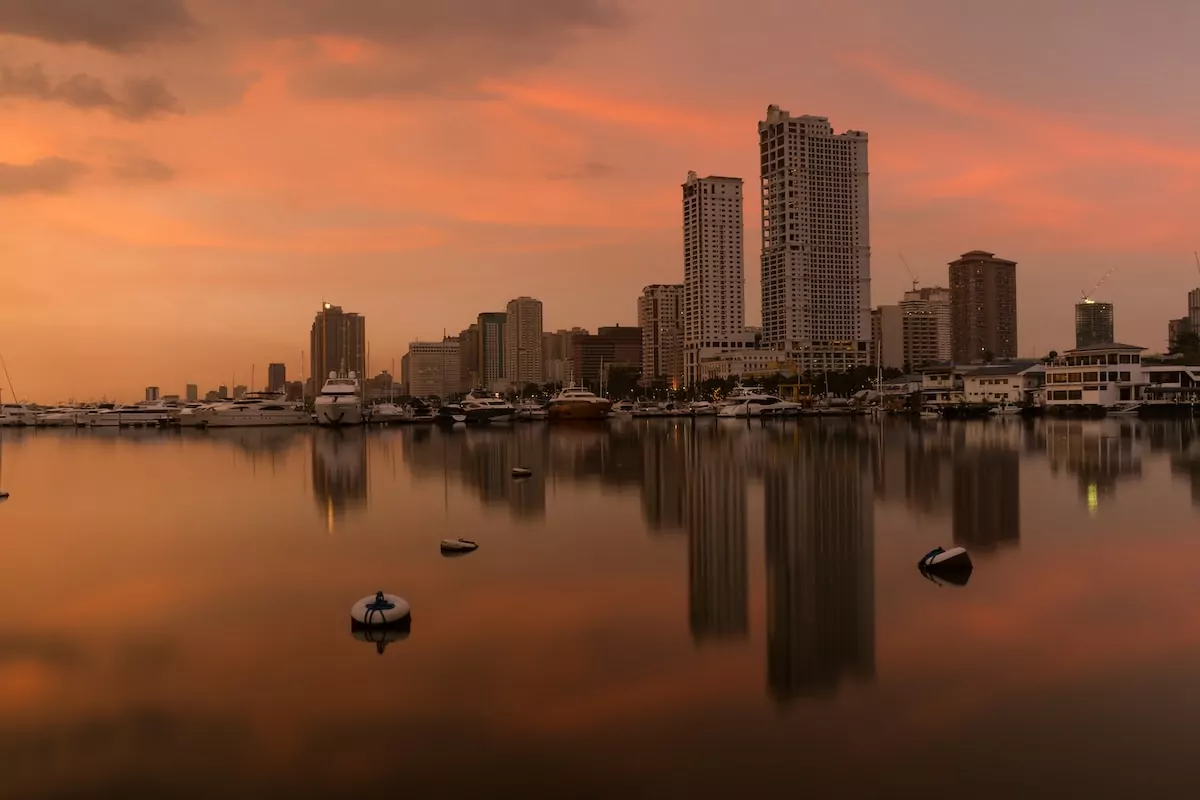
Photo by Paolo Syiaco
Manila is a city of dichotomies. It is a thriving metropolis with a fascinating history and culture.
Manila is a city that is continually changing, from its colonial landmarks to its modern skyscrapers.
Manila is likewise a poor and unequal city. The rich-poor divide is wide, as evidenced by the dramatic contrast between the city’s slums and its wealthier neighborhoods.
Despite its difficulties, Manila is a city with much to offer visitors.
Manila is a city that will keep you entertained, from its great food to its active nightlife.
Here are some specific examples of the contrasts that can be found in Manila:
- The old and the new : Manila is a city with a long history, and its streets are lined with colonial landmarks such as the Manila Cathedral and the Fort Santiago . However, Manila is also a modern city, and its skyline is dominated by skyscrapers such as the Philippine Stock Exchange Tower and the SM Aura Premier.
- The rich and the poor : The gap between the rich and the poor in Manila is wide. The city’s slums are home to millions of people who live in poverty, while its wealthy neighborhoods are home to some of the most expensive real estate in the world.
- The traditional and the modern : Manila is a city that is constantly evolving, and this can be seen in its culture. The city is home to a rich traditional culture, but it is also a melting pot of cultures from all over the world.
These are just a few of the contrasts that can be found in Manila. It is a city that is full of surprises, and it is sure to leave a lasting impression on anyone who visits.
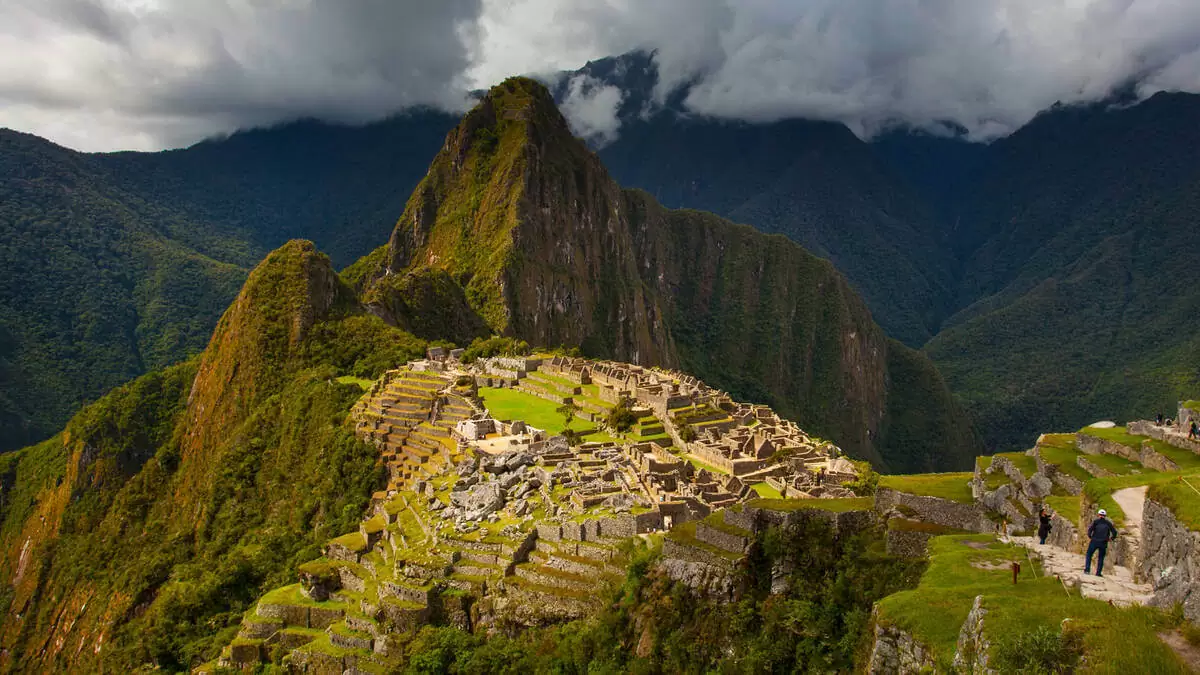
Wonders of the World: See the Most Amazing Sites on Earth
Table of Contents Show From Natural to Man-made: The World’s Most Incredible Wonders New 7 Wonders Of The World 1. Petra, Jordan 2. Great Wall of China 3. Christ the Redeemer 4. Colosseum, Italy 5.... Read more .
The Fusion of Old and New
Manila stands as a city where history and modernity coexist in a fascinating dance. On one hand, you have Intramuros, a walled city that takes you back to the Spanish colonial era.
On the other, there’s Bonifacio Global City, a hub of contemporary art and upscale dining. This blend makes Manila one of the most intriguing places to visit in the Philippines.
A Melting Pot of Cultures
Manila is a city that wears its multicultural heart on its sleeve. As we’ve wandered through its streets, we’ve heard a symphony of languages, tasted a variety of cuisines, and witnessed a range of traditions.
From the Chinese influences in Binondo to the Islamic community in Quiapo, Manila is a melting pot that offers a range of experiences for every traveler.
The Heartbeat of the Philippines
As the capital city, Manila sets the pace for the rest of the country. It’s where political decisions are made, where trends are set, and where you’ll find some of the top tourist spots in Manila.
Whether you’re interested in history, food, or shopping, Manila serves as the gateway to what the Philippines has to offer.
The Local Perspective: What Makes Manila Unique
Why manila deserves your attention.
Manila is more than just a stopover on the way to the beautiful beaches of the Philippines.
It’s a place with a diverse range of activities, from historical landmarks to modern attractions.
We’ve toured all of Manila, and each visit reveals something new. Everyone, from first-time visitors to seasoned explorers, can find something in Manila to make their stay worthwhile.
Our Hand-crafted Trip Planning and Itinerary to Manila, Philippines
Since we, the Mundo Maya Travel team have been visiting Manila numerous times, we have a great list of itinerary for make it easier for you to plan your trip, broken down into three duration packages:
3-Day Trip to Manila Itinerary
5-day trip to manila itinerary, one week trip to manila: trip planning and itinerary, ready to go, when to visit: timing your manila adventure.
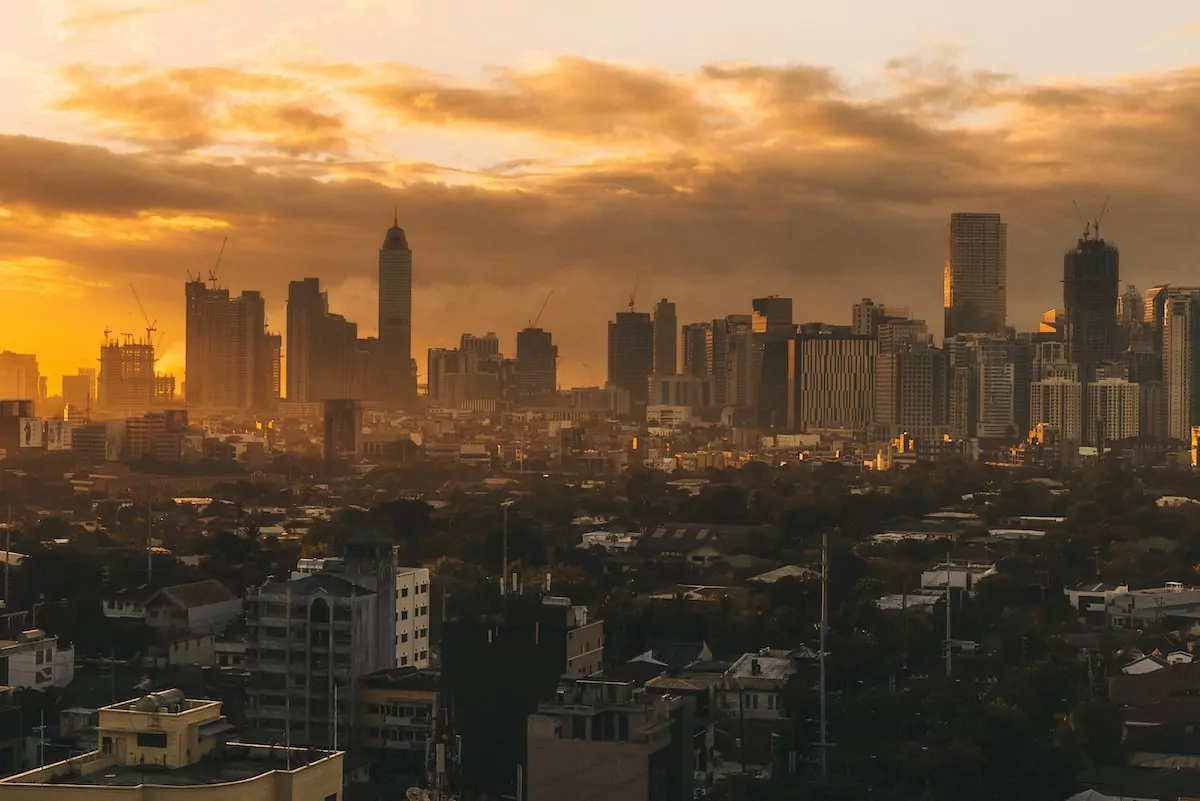
Photo by JC Gellidon
Manila, the capital of the Philippines, is a vibrant and exciting city with something to offer everyone.
From its historical landmarks to its delicious food, there’s no shortage of things to see and do in Manila.
But when is the best time to visit?
The best time to visit Manila is during the dry season, which runs from November to April. During this time, the weather is mild and sunny, making it perfect for exploring the city.
However, if you’re looking to avoid the crowds, you may want to consider visiting during the shoulder seasons, which are May and October.
Manila is a year-round destination, but there are certain times of year when the weather is more favorable and the crowds are smaller.
The dry season, which runs from November to April, is the best time to visit if you want to avoid the rain.
The weather is mild and sunny during this time, making it perfect for exploring the city’s many outdoor attractions.
The shoulder seasons, which are May and October, are also good times to visit Manila. The weather is still pleasant during this time, but there are fewer tourists.
If you’re on a budget, the shoulder seasons are a great time to get a good deal on flights and hotels.
No matter when you decide to visit Manila, you’re sure to have a great time.
The city is full of history, culture, and delicious food. So start planning your trip today!
The Climate Factor: What Weather to Expect
Manila’s tropical climate means hot and humid conditions for most of the year.
However, we’ve found that the months from December to February offer the most pleasant weather.
It’s the ideal time for outdoor activities and exploring places to visit in Manila without breaking a sweat.
Festive Seasons: When Manila Comes Alive
If you’re looking to experience Manila at its most vibrant, consider visiting during one of its many festivals.
The Feast of the Black Nazarene in January and the Manila Day celebrations in June are particularly noteworthy.
These events offer a unique glimpse into the city’s culture and are excellent additions to your Manila travel guide.
Weekends vs Weekdays: What to Do in Manila
Manila offers a different vibe depending on the day of the week. Weekends are bustling, with various things to do in Manila, from street markets to live music events.
Weekdays, on the other hand, are perfect for visiting tourist spots in Manila that are usually crowded, like Rizal Park or the National Museum.
Your Ideal Time to Visit
Choosing the right time to visit Manila can significantly enhance your experience.
Whether you’re interested in outdoor activities, cultural events, or simply exploring tourist spots in Manila, timing your visit can make all the difference.
We’ve had the pleasure of experiencing Manila in all its moods and seasons, and each offers something special. So plan accordingly and make the most of what this incredible city has to offer.
Manila Tourist Attractions: Must-See Spots

Manila is a city full of unexpected delights. The Philippines’ capital city has a lot to offer visitors thanks to its rich history and thriving culture.
Everything from ancient relics to cutting-edge architecture may be found here. Let’s explore some of the most fascinating places that have held our interest for so long.
Intramuros: A Walk Through History
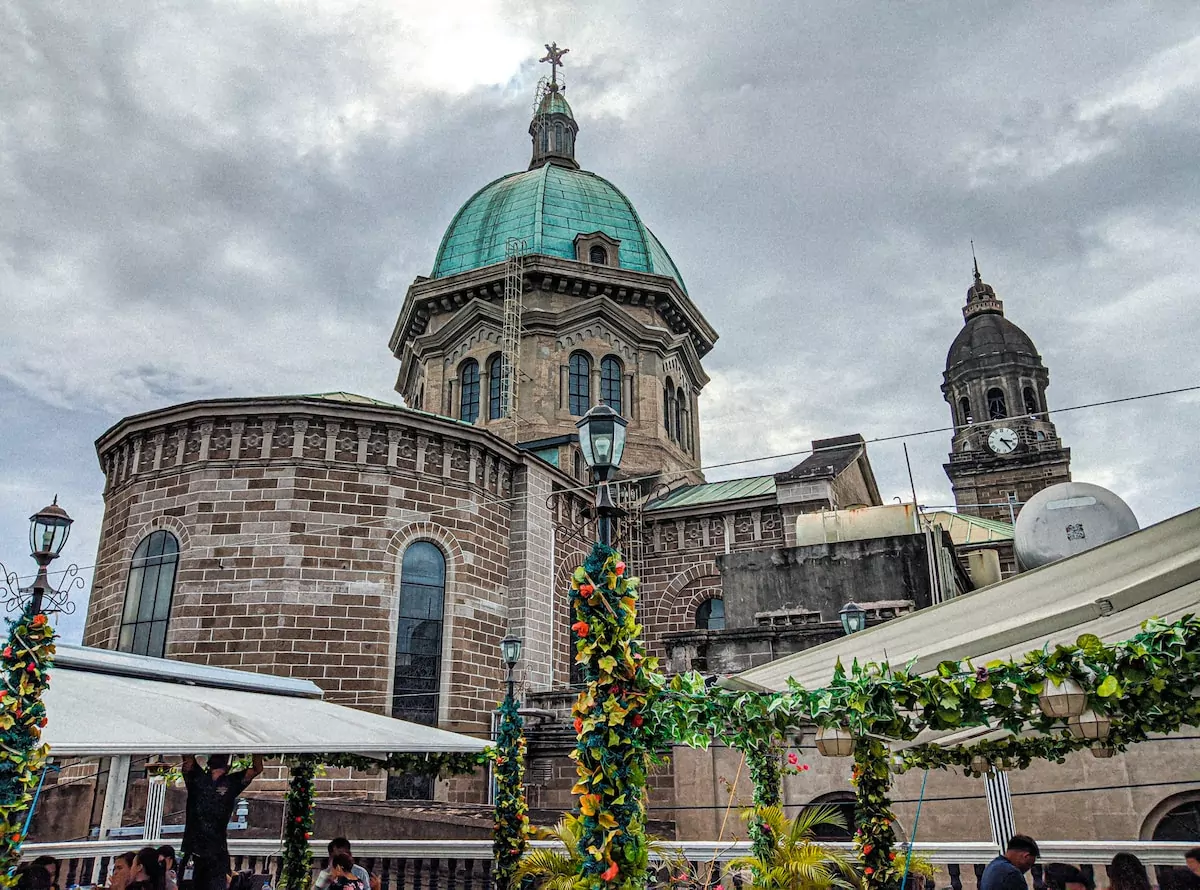
Photo by Kevin Rein Bantang
Intramuros, often referred to as the “Walled City,” is a living museum. As we’ve strolled through its cobblestone streets, we’ve felt like we’ve stepped back in time.
The Spanish colonial architecture, the horse-drawn carriages, and the historical monuments make it a top tourist spot in Manila for history enthusiasts.
Intramuros offers a stark contrast to the next attraction on our list.
While Intramuros takes you back in time, our next stop showcases the city’s ability to blend the natural world with modern innovation.
Rizal Park: More Than Just a Park
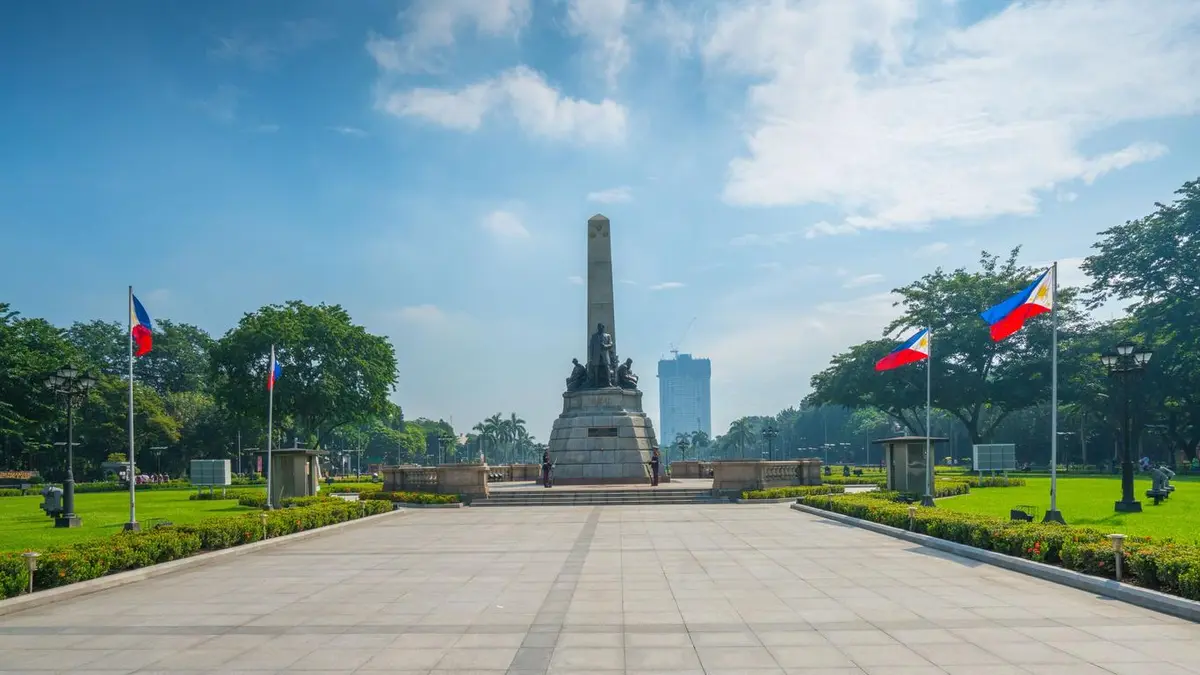
Don’t let the word “park” fool you. Rizal Park, also known as Luneta Park, is more than just a green space. It’s a symbol of Filipino freedom and identity, featuring monuments, museums, and even a planetarium.
Whether you’re looking for places to visit in Manila for couples or family-friendly activities, Rizal Park has something for everyone.
From the historical significance of Rizal Park, we move to an attraction that offers a completely different experience. It’s a place that combines education with entertainment, making it perfect for families and curious minds alike.
Manila Ocean Park: An Aquatic Journey
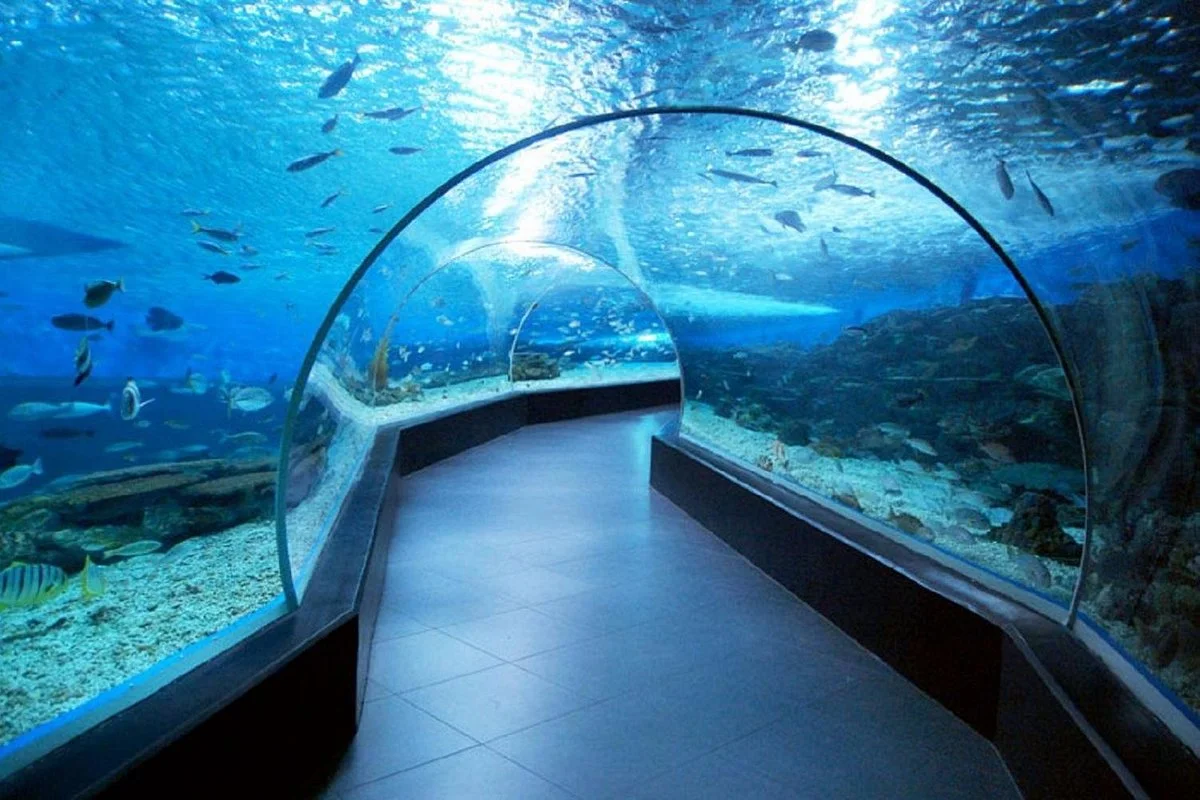
Manila Ocean Park is not your average aquarium. It offers an immersive experience that goes beyond just looking at fish in tanks.
From the walk-through tunnel that lets you feel like you’re under the sea to the interactive exhibits, it’s a Manila tourist spot that offers a unique blend of education and entertainment.
Casa Manila Museum
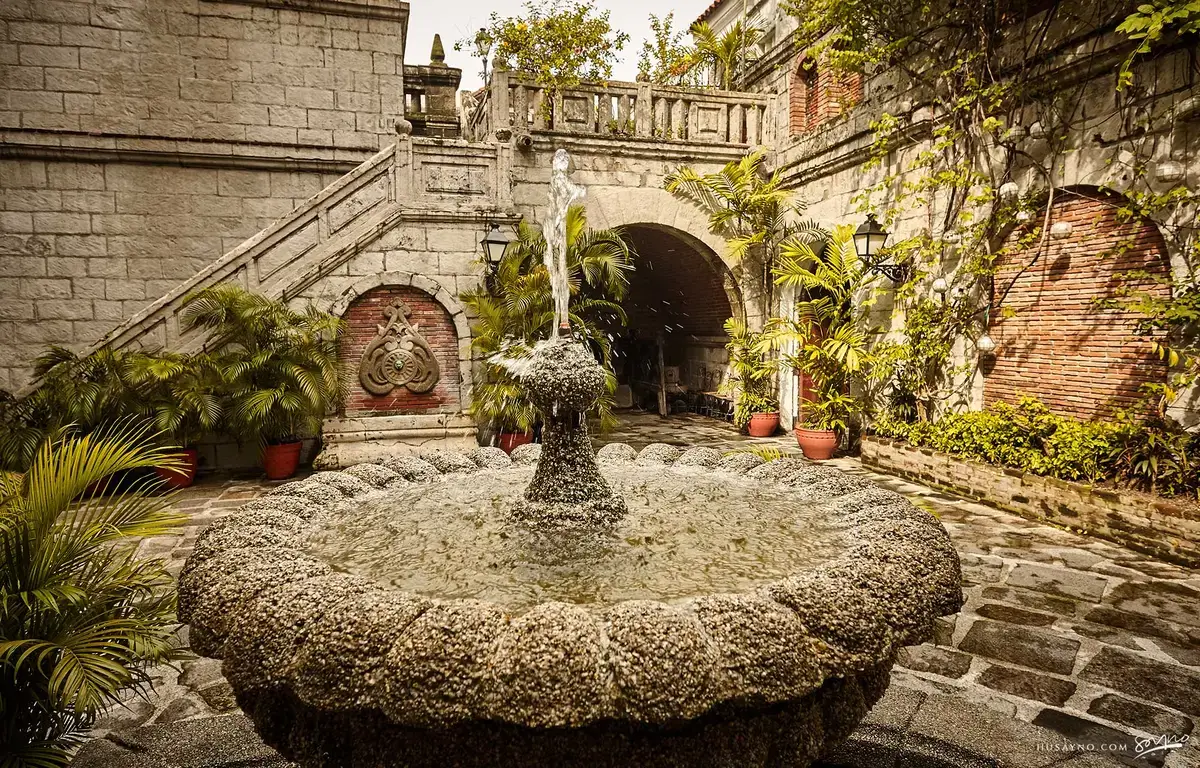
The Casa Manila Museum is a historical residence that may be found in Manila, Philippines’s walled city of Intramuros.
This replica of a Spanish colonial home from the 19th century was built to show how the upper class lived. Architecture, interior design, furnishings, and colonial culture are all on display for visitors to the museum to experience.
The 1980s building known as Casa Manila was designed to look like a Spanish colonial home.
Capiz shell windows, elaborate woodwork carvings, and a courtyard are just a few of the typical features of this home.
The inside features a variety of rooms, including a dining room, living room, bedrooms, and kitchen, all of which are equipped with period-appropriate furnishings.
Antique furniture, artwork, and other artifacts that shed light on colonial life are also on display in the museum.
Those who visit Casa Manila can look around the house and gardens and imagine what life was like in the Philippines when the Spanish were there.
Visitors interested in Philippine history and architecture can take advantage of the museum’s guided tours and frequent activities.
National Museum of the Philippines
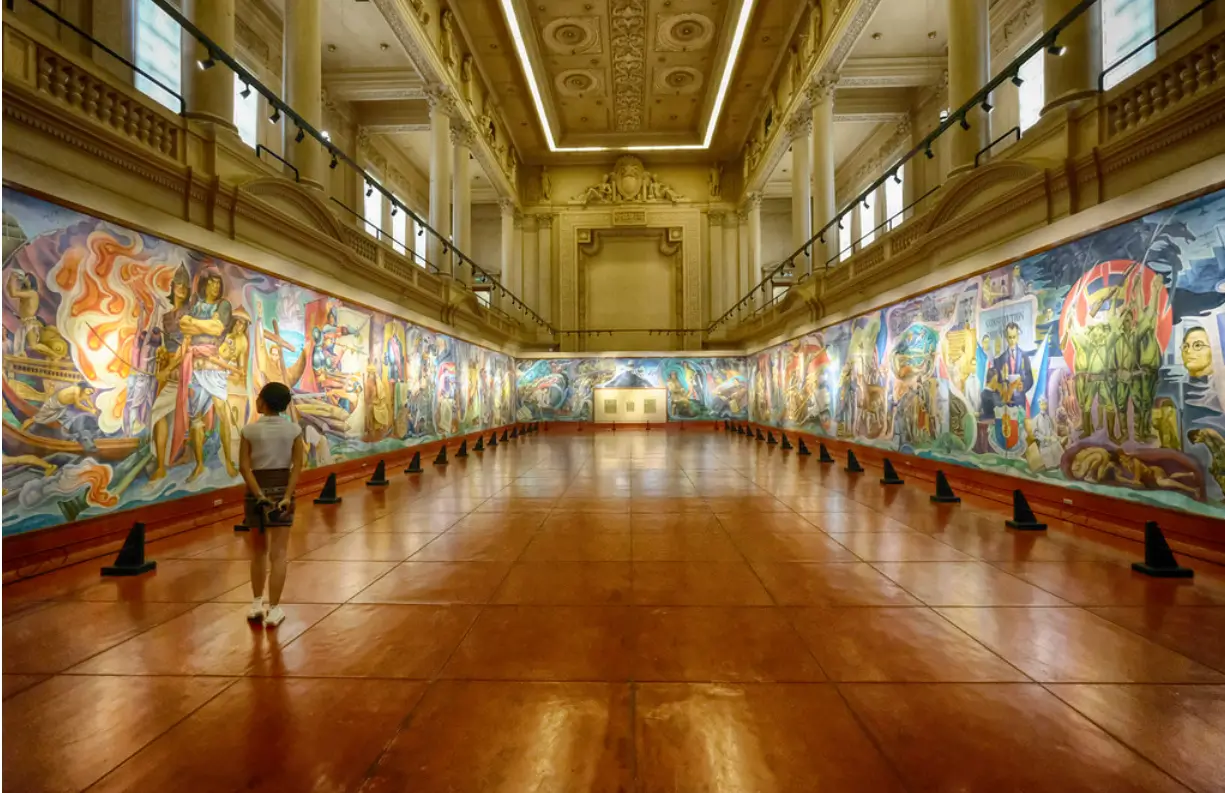
The National Museum of the Philippines (Pambansang Museo ng Pilipinas) is the government agency responsible for preserving, protecting, and promoting the nation’s cultural heritage.
It serves as the primary custodian of the Philippines’ natural and cultural treasures.
The museum system consists of several buildings and sites located in Manila and around the country.
The National Museum operates various branches, including:
- National Museum of Fine Arts : This museum houses a significant collection of visual arts, including paintings, sculptures, and other artistic works that reflect the Philippines’ rich cultural history.
- National Museum of Anthropology : This museum showcases ethnographic and archaeological artifacts that provide insights into the diverse indigenous cultures of the Philippines.
- National Museum of Natural History : Focused on the natural sciences, this museum features exhibits on the country’s biodiversity, geology, and ecology. One of its highlights is the “Tree of Life” installation in its central hall, which displays various species in an intricate and artistic manner.
- National Planetarium : The planetarium is dedicated to astronomy and space science education. It features shows and exhibits that explore the wonders of the cosmos.
- National Museum of the Filipino People : This museum complex includes the National Museum of Anthropology and the National Museum of Natural History, and it aims to present a comprehensive view of the Filipino identity through both cultural and natural perspectives.
The National Museum plays a crucial role in education and the promotion of national pride by showcasing the country’s cultural heritage.
It offers various educational programs, exhibitions, workshops, and events for both students and the general public.
San Agustin Church and Museum
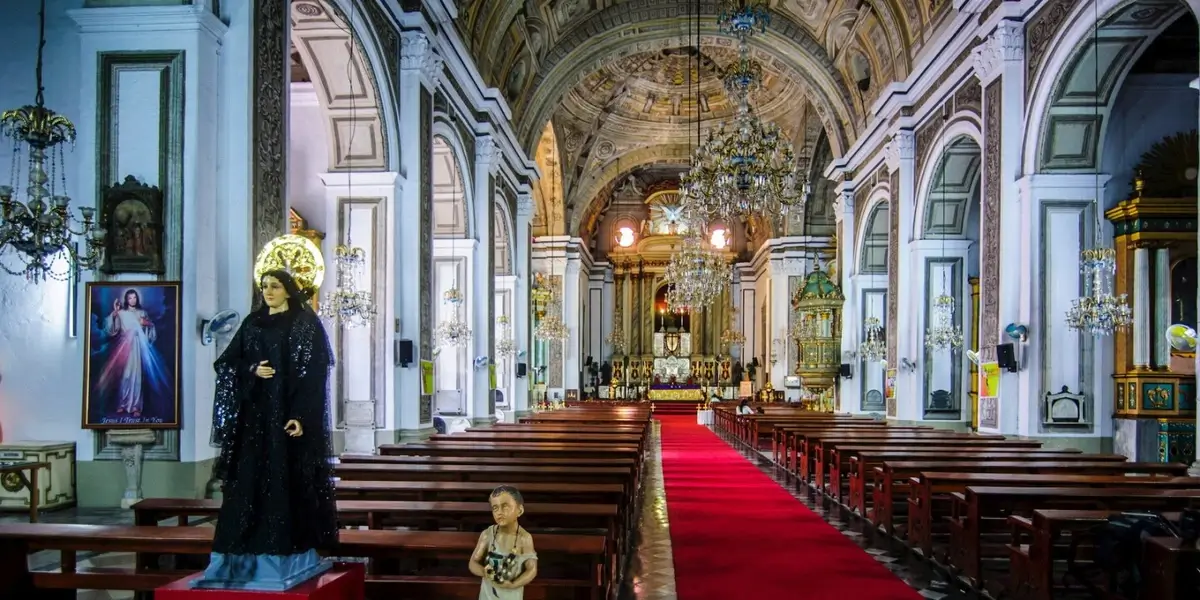
San Agustin Church and Museum is a historical and cultural landmark located in Intramuros, Manila, Philippines.
It is one of the most well-preserved Spanish colonial churches in the country and is considered a UNESCO World Heritage Site.
Here’s some information about it:
- San Agustin Church: The church was originally built in 1571 by Spanish conquistadors, making it one of the oldest churches in the Philippines. However, it has undergone several renovations and reconstructions over the centuries due to natural disasters and war. The current structure, built in the Baroque architectural style, dates back to the late 16th century. The church’s architecture features intricate carvings, religious images, and beautiful frescoes on its ceilings.
- Museum: The San Agustin Museum is situated within the church complex and houses an extensive collection of religious art, artifacts, and historical items. The museum showcases a wide range of items, including religious vestments, paintings, sculptures, furniture, and other artifacts that reflect the rich history and cultural heritage of the Philippines during the Spanish colonial period.
- UNESCO World Heritage Site: In 1993, San Agustin Church was designated as a UNESCO World Heritage Site as part of the “Baroque Churches of the Philippines” ensemble. This recognition highlights the cultural and historical significance of the church and its role in the country’s colonial history.
- Wedding Venue: San Agustin Church is also a popular wedding venue due to its stunning architecture and historical ambiance. Many couples choose to exchange their vows in this iconic church, adding to its cultural importance.
- Religious Significance: The church remains an active place of worship for the Catholic community in the Philippines. Regular religious services and events are held here, making it not just a historical site, but also a living testament to the country’s enduring faith.
Visiting San Agustin Church and Museum provides a glimpse into the Philippines’ colonial past and its vibrant cultural heritage.
The combination of historical architecture, religious significance, and the curated collection of artifacts in the museum makes it a must-see destination for tourists and locals alike.
Fort Santiago, Manila
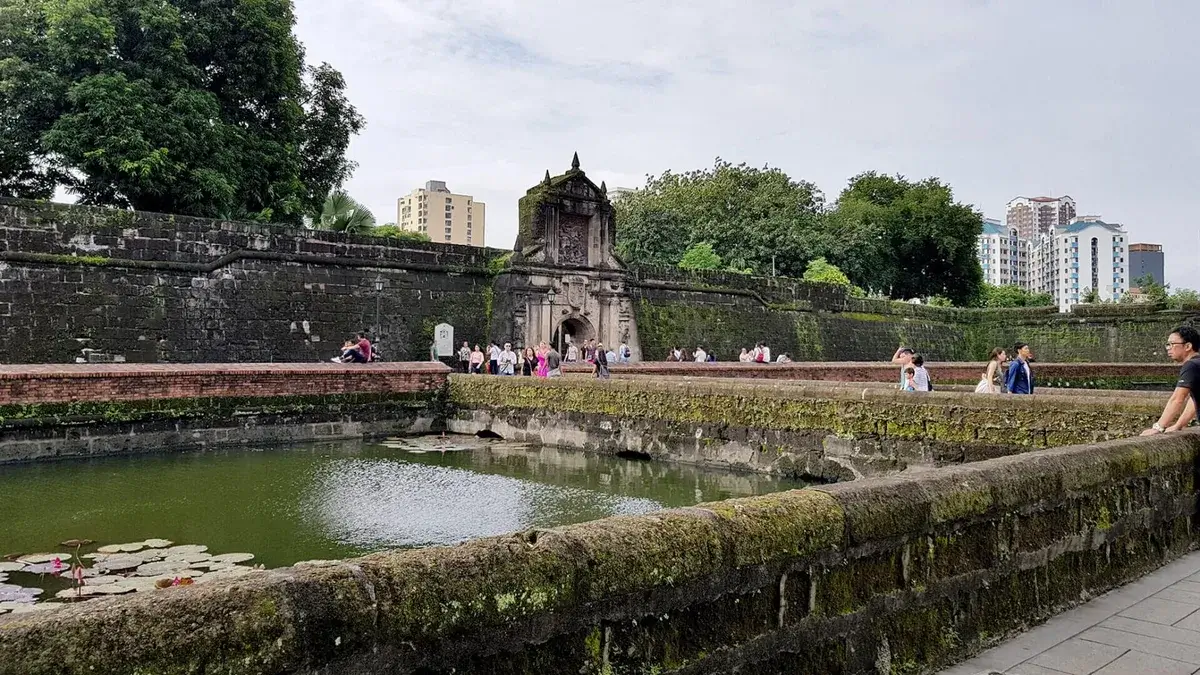
Fort Santiago is a historic citadel located in Intramuros, the walled city of Manila, Philippines. It is one of the most iconic and historically significant sites in the country.
Here are some key details about Fort Santiago:
- Location and History : Fort Santiago is situated at the mouth of the Pasig River, overlooking Manila Bay. It was originally built by Spanish conquistador Miguel López de Legazpi in 1571, shortly after the Spanish colonization of the Philippines. The fort served as a defensive fortress during the Spanish colonial period and was used by the Spanish authorities to control trade and protect the city from foreign invasions.
- Architecture : The fort is characterized by its high stone walls, watchtowers, and a moat. The entrance to the fort features a grand gate known as the “Puerta de Santa Lucia,” which leads to a courtyard. Within the complex, there are various buildings, dungeons, and open spaces.
- Dr. José Rizal : Perhaps the most notable historical figure associated with Fort Santiago is Dr. José Rizal, a Filipino nationalist and writer. He was imprisoned in the fort’s dungeons before his execution in 1896. Rizal’s writings and advocacy played a significant role in sparking the Philippine Revolution against Spanish rule.
- Rizal Shrine : Today, Fort Santiago houses the Rizal Shrine, a museum dedicated to the life and works of Dr. José Rizal. The shrine includes artifacts, memorabilia, and exhibits that provide insights into Rizal’s contributions to Philippine history and his vision for national identity.
- Tourist Destination : Fort Santiago is a popular tourist destination in Manila, attracting both local and international visitors. Its historical significance, well-preserved architecture, and serene ambiance make it a place of reflection and learning about the Philippines’ colonial past.
- Restoration and Preservation : Over the years, efforts have been made to restore and preserve Fort Santiago’s structures. Restoration projects have helped maintain the fort’s historical integrity and ensure that future generations can continue to learn from its history.
- Intramuros : Fort Santiago is located within Intramuros, a historic walled area that was the heart of Manila during the Spanish colonial period. Intramuros is also home to other significant landmarks, churches, plazas, and government buildings that collectively tell the story of the Philippines’ colonial history.
Overall, Fort Santiago stands as a testament to the Philippines’ complex colonial history and its struggles for independence.
It is a place where visitors can immerse themselves in the rich cultural and historical tapestry of the country.
Your Manila Must-See List

Manila is a city that caters to a variety of interests. Whether you’re into history, nature, or modern attractions, the city has something to offer.
We’ve explored these places multiple times, and they never fail to provide a new experience or perspective.
So when you’re pondering what to do in Manila, make sure these attractions are at the top of your list.
Romantic Escapes: Places to Visit in Manila for Couples
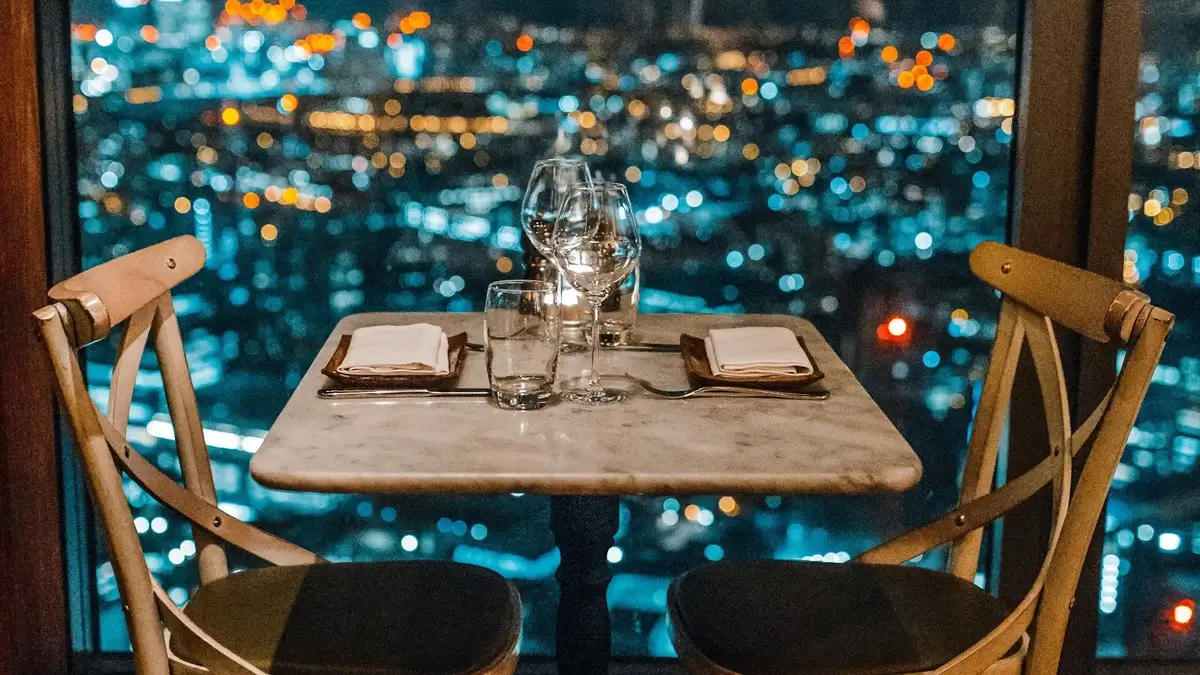
Manila isn’t just about history and bustling markets; it’s also a city that knows how to set the mood for love.
Over the years, we’ve discovered that Manila offers a variety of romantic experiences that can make any couple’s getaway special.
From intimate dining spots to scenic views, let’s explore some of the best places to visit in Manila for couples.
Sunset by Manila Bay: A Date to Remember
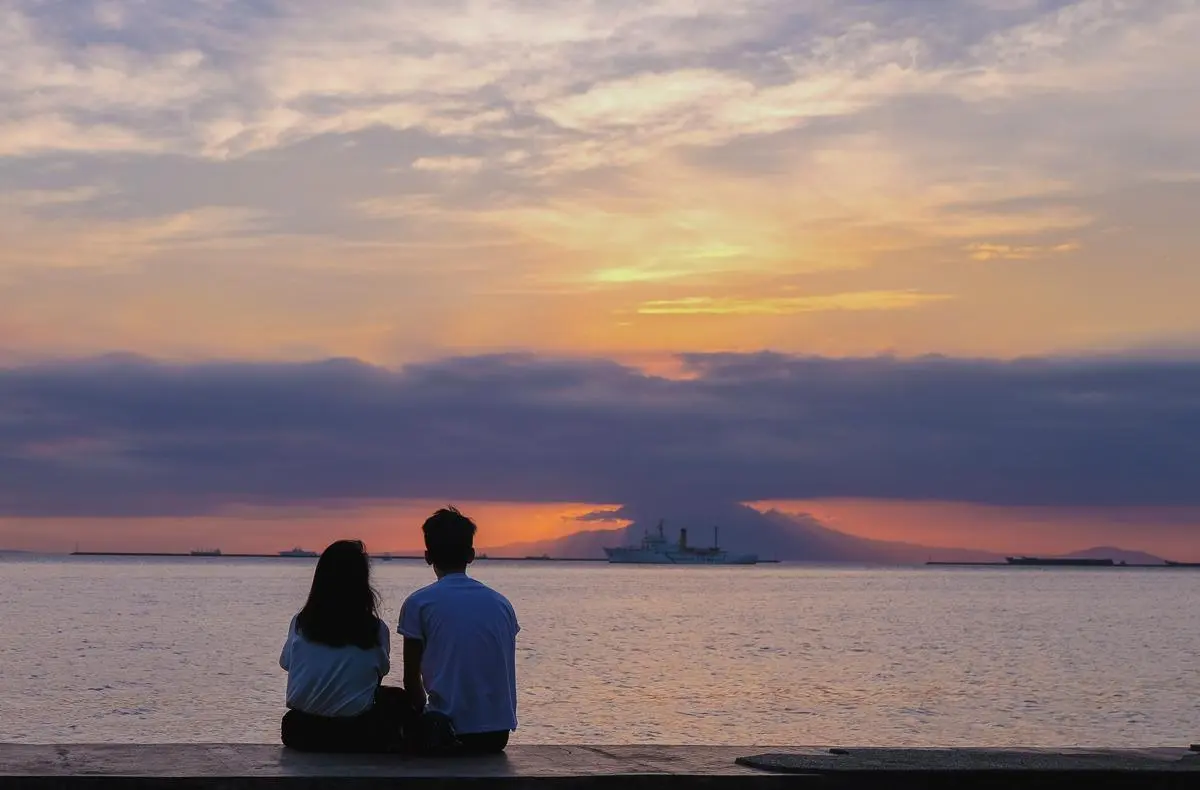
There’s something incredibly romantic about watching the sun dip below the horizon, and Manila Bay offers one of the best sunset views in the city.
We’ve spent many evenings here, just taking in the golden hues reflecting off the water.
It’s a simple yet unforgettable experience that we highly recommend for couples visiting Manila.
Manila Bay isn’t just about the sunset; it’s also about the moments that come after.
As the sky darkens, the area comes alive with street performers and food vendors, offering a lively yet intimate setting.
Venice Grand Canal Mall: A Taste of Italy in Manila
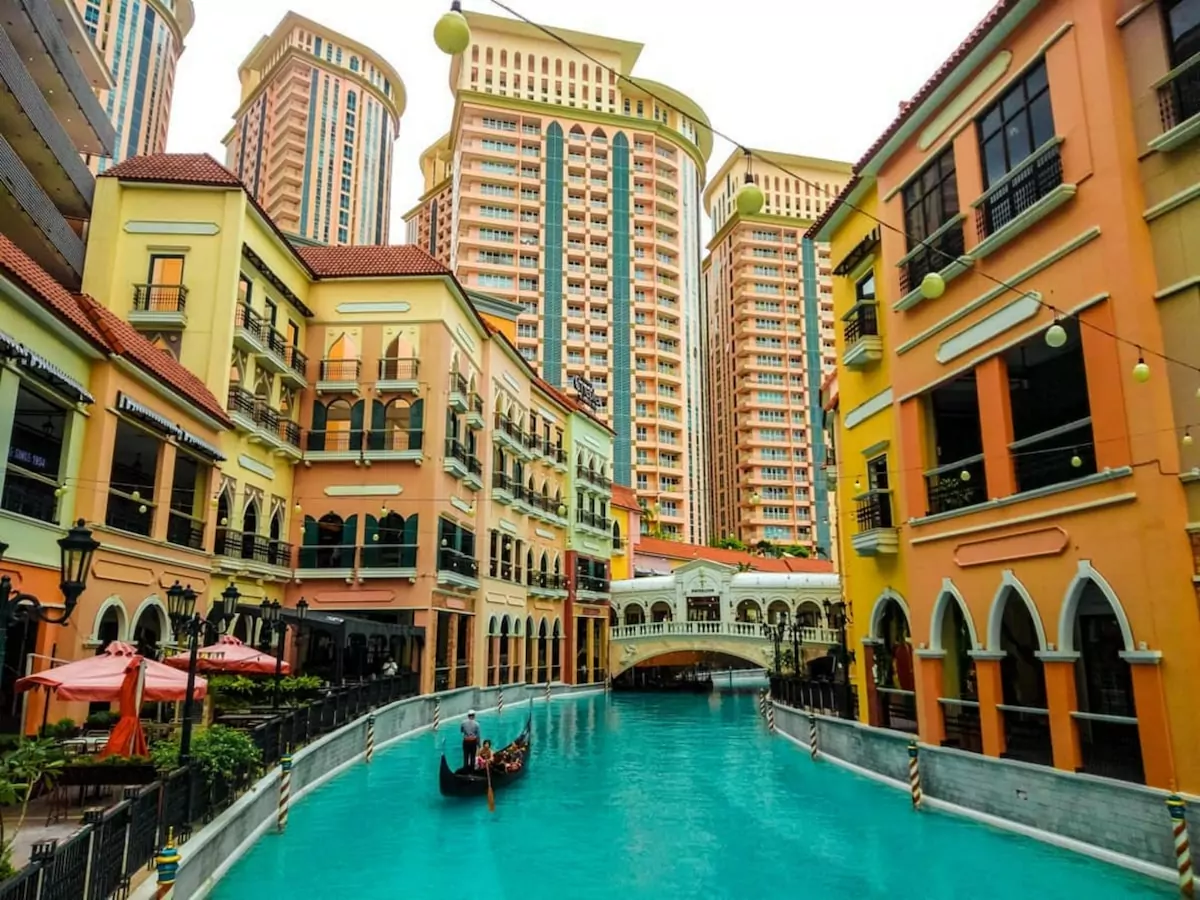
Photo by Arthur Parado
If you’re looking for a unique experience, the Venice Grand Canal Mall is a must-visit. Designed to mimic the canals of Venice , this shopping complex offers gondola rides that transport you straight to Italy.
It’s a charming and somewhat whimsical experience that has made it one of our favorite places to visit in Manila for couples.
The Venice Grand Canal Mall offers more than just gondola rides.
With its Italian architecture and a variety of dining options, it’s easy to spend an entire day here, lost in each other’s company.
Intramuros at Night: A Different Kind of Romance
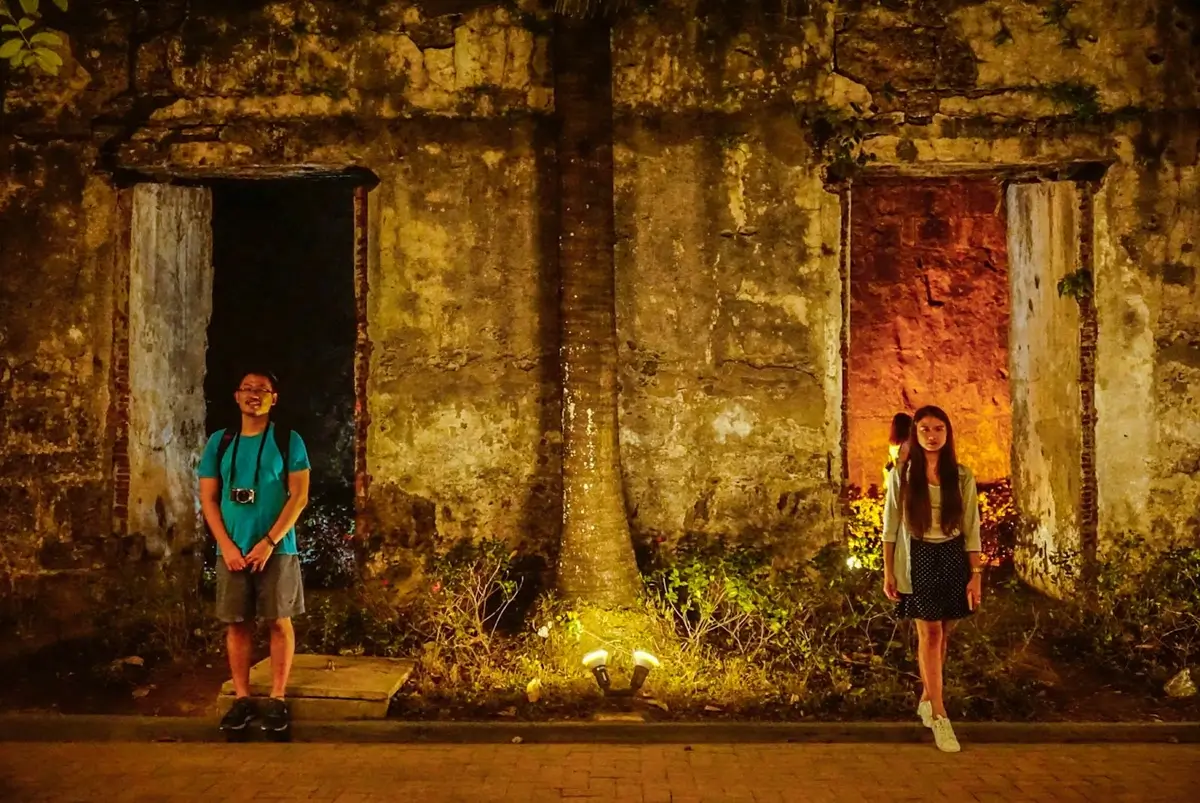
We’ve mentioned Intramuros as a historical site, but it takes on a different character at night.
The cobblestone streets are quieter, and the Spanish-era buildings are beautifully lit, creating a magical atmosphere.
It’s a different but equally captivating tourist spot in Manila for couples looking for a more tranquil experience.
Love in the Time of Manila
Whether it’s the allure of a beautiful sunset or the charm of a gondola ride, Manila offers a variety of experiences that can make any couple’s trip memorable.
We’ve explored these romantic spots multiple times, and each visit adds a new chapter to our love story.
So if you’re planning a romantic getaway, make sure to include these spots in your list of places to visit in Manila.
Cultural Immersion: Where Tradition Meets Modernity
Manila is a city where the past and the present coalesce in a vibrant display of culture, art, and tradition.
For those keen on diving deep into the local culture, Manila offers a plethora of opportunities.
From its museums to its street art, from its traditional markets to its modern malls, the city is a living, breathing cultural hub.
National Museum Complex: A Cultural Feast
The National Museum Complex in Manila is not just a place to visit; it’s an experience.
Comprising the National Museum of Fine Arts, the National Museum of Anthropology, and the National Museum of Natural History, this complex offers a comprehensive look at Filipino heritage.
We’ve spent countless hours here, captivated by everything from ancient artifacts to contemporary art.
The National Museum Complex is more than a collection of objects; it’s a narrative of the Philippines, told through art, history, and science.
It’s a must-visit tourist spot in Manila for anyone looking to understand the rich tapestry of Filipino culture.
Binondo: Manila’s Chinatown
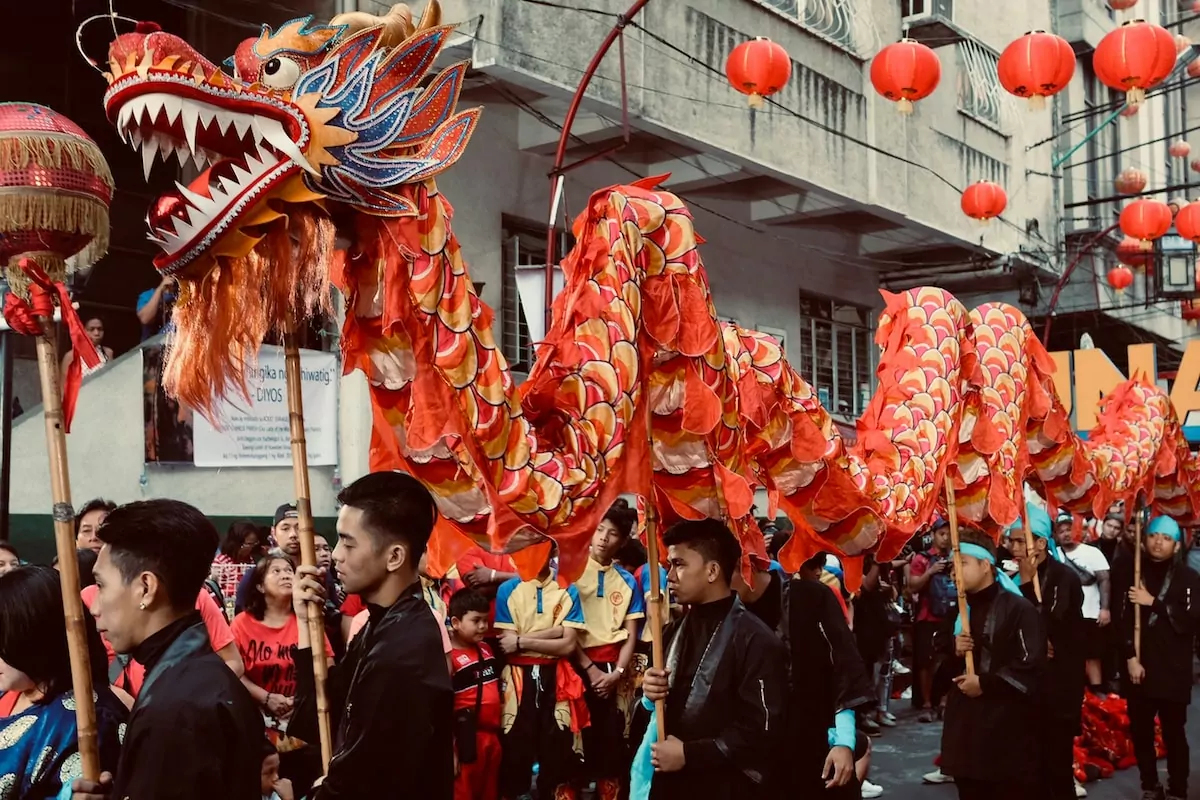
Photo by Lad Hara Caingcoy
Binondo is the oldest Chinatown in the world, and it is also a site where tradition flourishes despite the presence of modernity.
Our senses have been pampered as we’ve wandered its winding alleys, from the sweet incense at the temples to the delicious local fare.
To visit Binondo is to immerse oneself in a culture that has been a part of Manila for generations, not merely to eat and shop.
Binondo is a fascinating mix of old and contemporary, with its medieval temples and traditional medicine stores.
The Soul of Manila
Manila has a rich and varied cultural landscape. Whether you’re into history, art, or tradition, Manila has a wide variety of activities that can help you learn more about its distinctive culture.
We’ve visited these historical sites several times, and each time is like opening a new book in the never-ending tale that is Manila.
If you’re looking for a cultural experience in Manila, you shouldn’t miss these places.
What to Do in Manila: Activities for Every Traveler
Manila is a city that caters to a wide array of interests and preferences. Whether you’re an adrenaline junkie, a food lover, or a history buff, Manila has something to offer.
Let’s explore some of the activities that have made our trips to this dynamic city so memorable.
For the Adventure Seekers: Water Sports at Manila Bay
Manila Bay isn’t just for sunset lovers; it’s also a hub for water sports and activities.
From jet skiing to parasailing, the bay offers a variety of options for those looking to add a dose of adrenaline to their Manila itinerary.
We’ve tried our hand at these water sports, and let’s just say, it’s an exhilarating way to see a different side of Manila.
Manila Bay offers more than just water sports. The area is also home to a range of dining options, making it a perfect spot to refuel after an action-packed day.
For the Foodies: Street Food Tour in Quiapo
Quiapo is not just a religious and commercial center; it’s also a food lover’s paradise.
From the famous Quiapo Market to the roadside stalls, the area offers a culinary journey through Filipino cuisine.
We’ve sampled everything from Isaw (grilled chicken intestines) to Balut (duck embryo), and each bite has been a revelation.
Quiapo offers more than just local delicacies. The area is also rich in history and culture, making it a perfect spot for those looking to combine gastronomy with sightseeing.
For the History Buffs: Guided Tour of Intramuros
We’ve mentioned Intramuros before, but it’s worth revisiting for those interested in history.
A guided tour of this walled city offers insights into Manila’s colonial past, complete with stories of battles, revolutions, and heroes.
It’s a fascinating way to spend a day in Manila, and it’s an experience that stays with you long after you’ve left.
Explore Intramuros in an Eco-Friendly Way with Bambike Ecotours
Step into the captivating history of Intramuros, the crown jewel of Manila’s tourist destinations.
This charming Walled City, spanning 0.67 square kilometers (0.26 square miles), proudly held the heart of Manila during the Spanish Colonial Period.
While you’re free to wander and discover Intramuros at your own pace, why not add a delightful twist?
Hop on one of our sustainable bamboo bikes, crafted in collaboration with Gawad Kalinga, a revered NGO in the Philippines. It’s not just a tour – it’s a friendly adventure through time!
Explore Juan Luna’s Spoliarium, a Work of Incredible Wonder, at the National
Just picture yourself in the National Museum, where Philippine art and history come to life.
Prepare to be mesmerized by the show-stopping wonder that is Juan Luna’s Spoliarium.
This massive piece of history is like a window into the past, measuring in at an amazing 422 cm × 767.5 cm.
Feel the power of the past as you look at this painting of gladiators at the end of their lives, which won a gold medal at the Exposición Nacional de Bellas Artes in Madrid in 1884.
Still, there’s more! The National Museum has more to offer than its name suggests. It’s like discovering a buried treasure spanning three amazing structures.
Plunge into the National Art Gallery’s aesthetic splendors, where works of art tell stories of inspiration.
Visit the Museum of the Filipino People and step into the past, as artifacts telling our nation’s history come to life.
And hey, if you’re feeling ambitious and want to reach for the heavens, the Planetarium is waiting for you!
True or false? The National Museum underwent a magnificent renovation in 2012, so the entire building will feel and look brand new to you.
Bring your sense of wonder and create a day of exploring the beauty and wonder of art, history, and culture. I’ll be seeing you there!
- Valencia Spain: 10+ Destinations to Visit in Spain’s Most Underrated City
- Mont Saint-Michel: The Isle that was Lost to Time
- 5+ Unforgettable Experiences in Sumidero Canyon National Park
- Labuan Bajo Indonesia: 15+ Things to do in Labuan Bajo
- German Black Forest: A Hidden Gem in Germany
Experience the Masungi Georeserve on a Trip
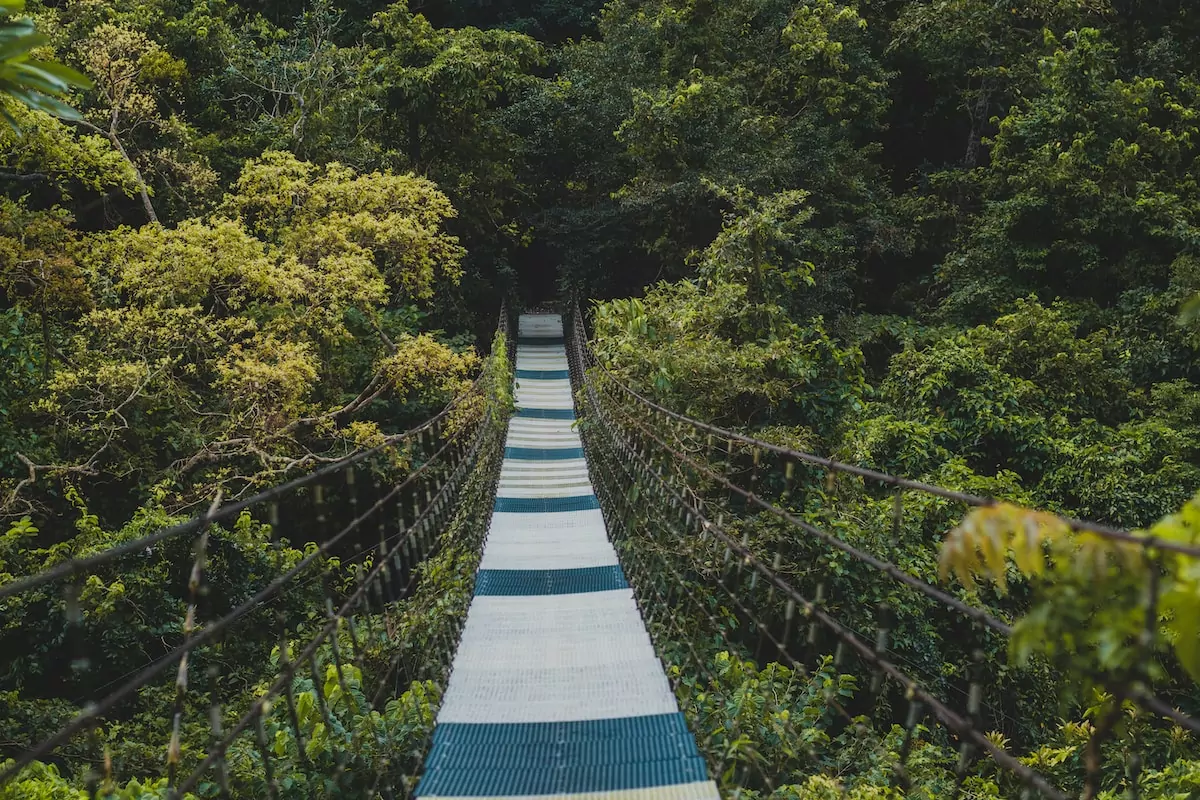
Photo by Jacob Tabo
Once upon a time, those with a sense of adventure may find a hidden gem in the beautiful country of Baras, Rizal.
This story begins not so long ago, when the Masungi Georeserve’s stunning beauty made it an instant hit on the web and a trending topic on social media.
Just think: in less than two hours, you can be in awe and wonder, and you won’t even have to leave the busy center of Makati.
The georeserve is a haven for geology, a place of refuge for some of Mother Nature’s most prized creations. You’ve just stepped onto a hiking trail like no other, and the air is electric with anticipation.
Envision yourself scaling rope obstacles that test your speed, balance, and resolve.
Envision yourself walking across rough terrain on suspended bridges, the gentle sway of the bridges bringing you closer to nature’s mysteries.
The crowning glory, however, consists of one-of-a-kind observation decks suspended precariously above prehistoric karsts of limestone. As far as the eye can view, a tropical rainforest blankets the landscape in vibrant green.
As the sun peeks out from behind the trees to illuminate your route in a kaleidoscope of colors, you know that this is more than just a walk in the woods. The wind, the leaves, and the sound of your footsteps on the rocky ground all come together to tell a story.
If you only have one day to get away from the hectic pace of Manila, I highly recommend this section.
Masungi Georeserve is a living story about the intertwining of nature’s beauties and human creativity, and it will stay with you long after your experience has come to an end.
Tagaytay, the Taal Volcano Retreat
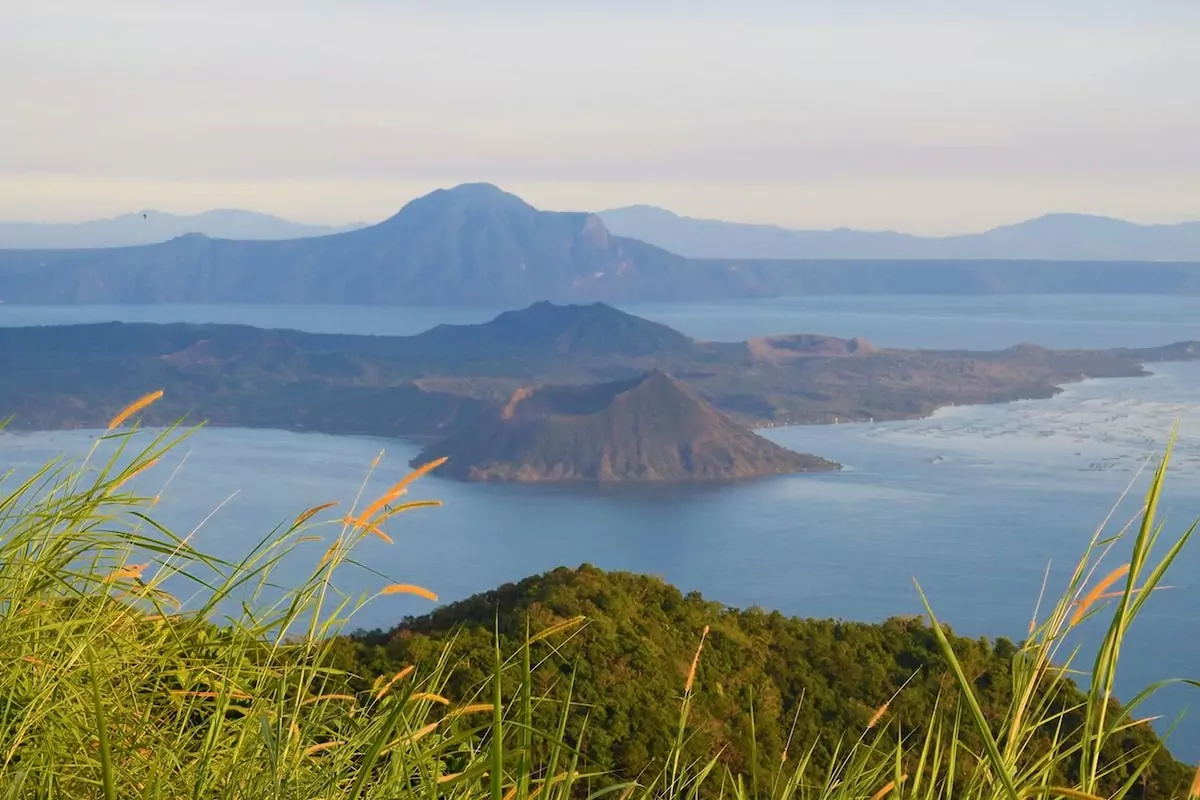
Photo by Jannel Ivory
A day trip to Tagaytay is the best way to get away from Manila. This picturesque vacation destination offers milder temperatures and a breathtaking view of Taal Volcano.
Located in the middle of a lake, Taal Volcano has an impressive 33 eruptions to its name. Don’t worry though; many generations of Filipinos before me and even I made the trip to Tagaytay without worrying about the volcano.
If the stunning vista at Tagaytay doesn’t satisfy your appetite, you may always hike up the volcano. I can attest that it is a hot journey, so be sure to bring a hat and lots of sunscreen.
Taal Heritage Town: A Little Vigan in the Philippines
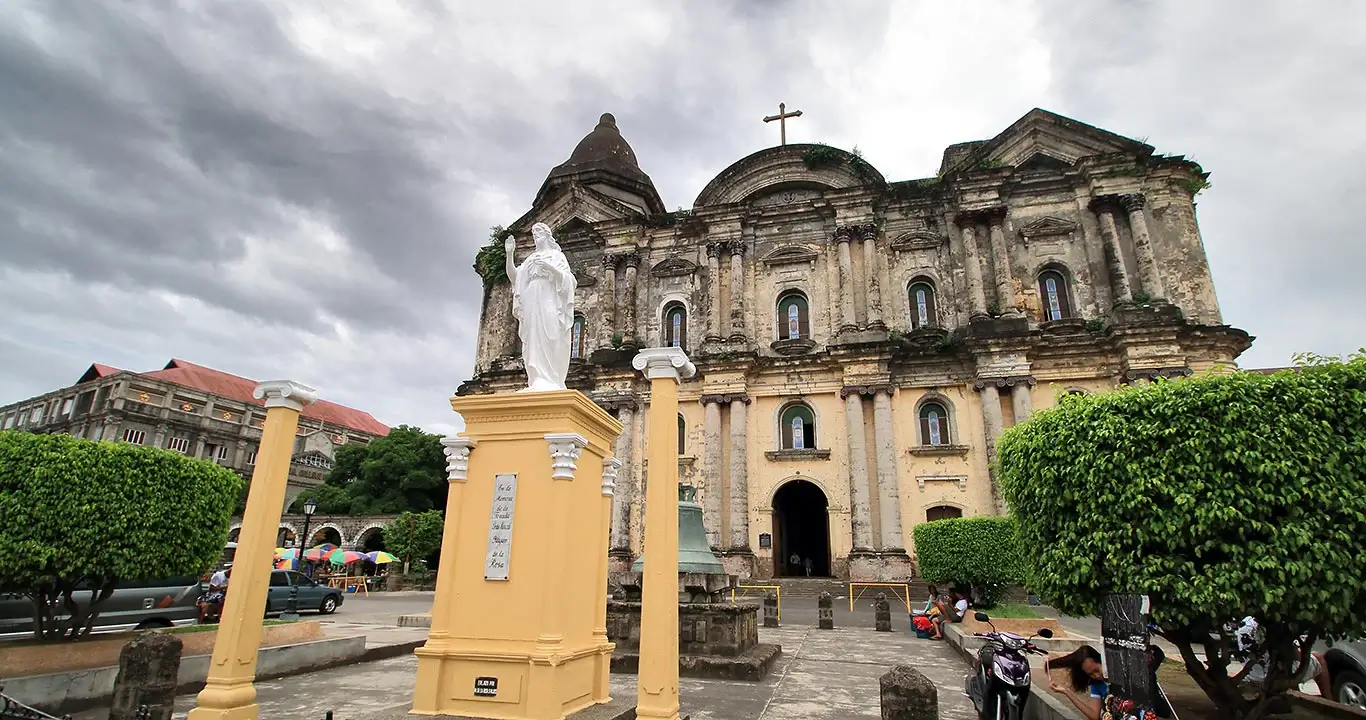
Learn about the historic town of Taal, which is similar to Vigan yet is only two hours south of Manila.
Explore the largest church in Southeast Asia and other colonial relics left by the Spanish. If you want a wonderful day, don’t hike Taal Volcano, but do visit Tagaytay.
A Volcanic Odyssey at Mount Pinatubo
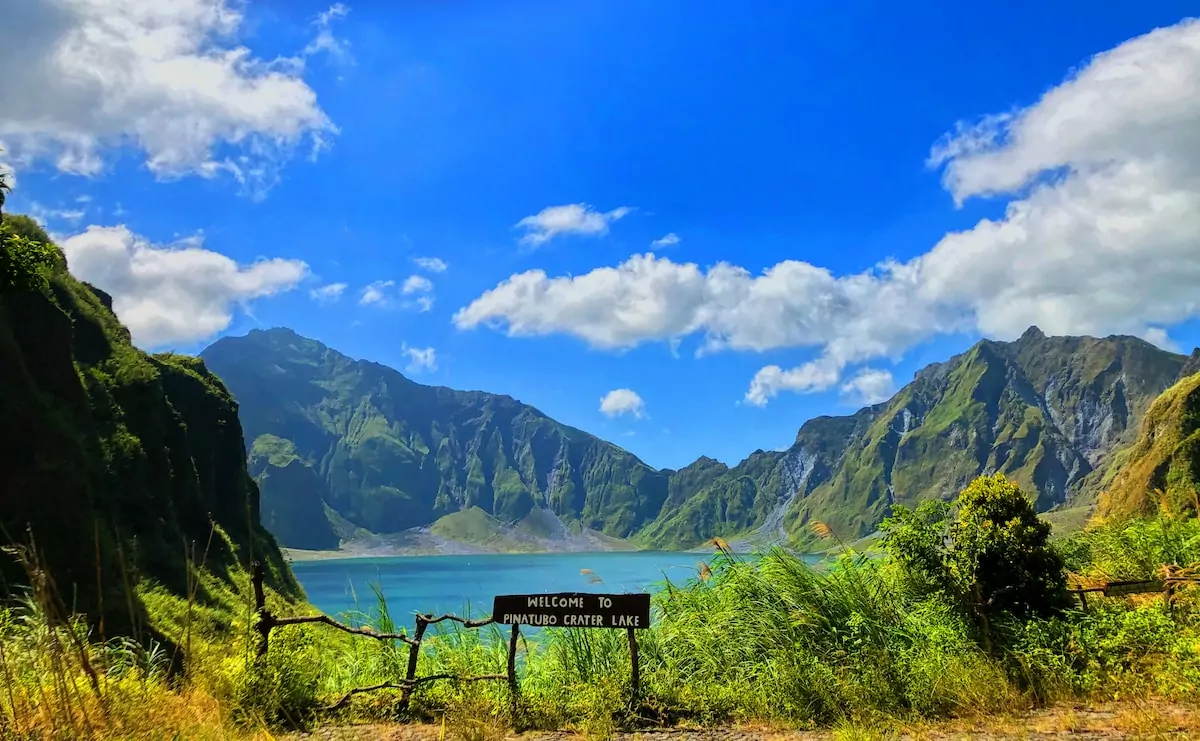
Photo by shotbymikafrbs
If the excitement of visiting a single active volcano has whet your appetite for more, then make Mount Pinatubo your next destination.
Its name may not be instantly recognizable, yet it is forever linked to the second biggest terrestrial eruption of the twentieth century.
When it erupted catastrophically in 1991, a massive ash cloud enveloped Manila, effectively turning day into night.
Mount Pinatubo’s crater lake is a popular tourist destination in the Zambales Mountains. The climb to this natural beauty is one of the most popular day trips from the city of Manila.
Your Manila Activity Checklist
Manila is a city that refuses to be put into a box. Its diverse range of activities ensures that every traveler finds something that resonates with them.
We’ve experienced the city from multiple angles, each time discovering something new and exciting.
So when you’re wondering what to do in Manila, consider this list your starting point for an unforgettable adventure.
Off the Beaten Path: Lesser-Known Gems
Manila is a city that keeps on giving. Beyond the well-trodden tourist spots and popular activities, there are hidden gems that offer a unique and less crowded experience.
These are the places we’ve stumbled upon during our numerous visits, and they’ve added a layer of depth to our understanding of this multifaceted city.
Paco Park: A Quiet Oasis
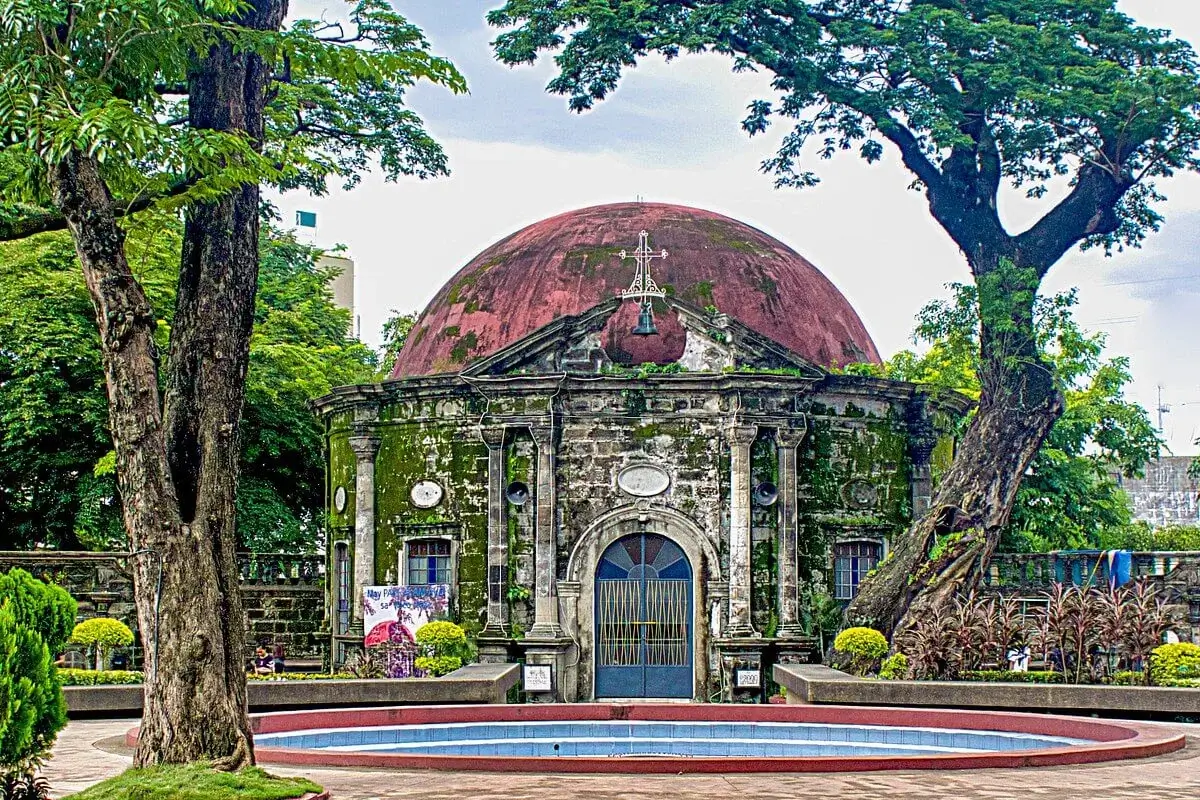
Paco Park is one of those places in Manila that feels like a well-kept secret. Originally a cemetery during the Spanish colonial period, it’s now a public park that offers a peaceful respite from the city’s hustle and bustle.
We’ve often found ourselves here, enjoying the solitude and the beautifully landscaped gardens.
Paco Park isn’t just a place to relax; it’s also a venue for cultural events.
From classical concerts to art exhibitions, the park serves as a platform for local talent, making it a lesser-known but valuable addition to the Manila travel guide.
Escolta Street: Vintage Vibes
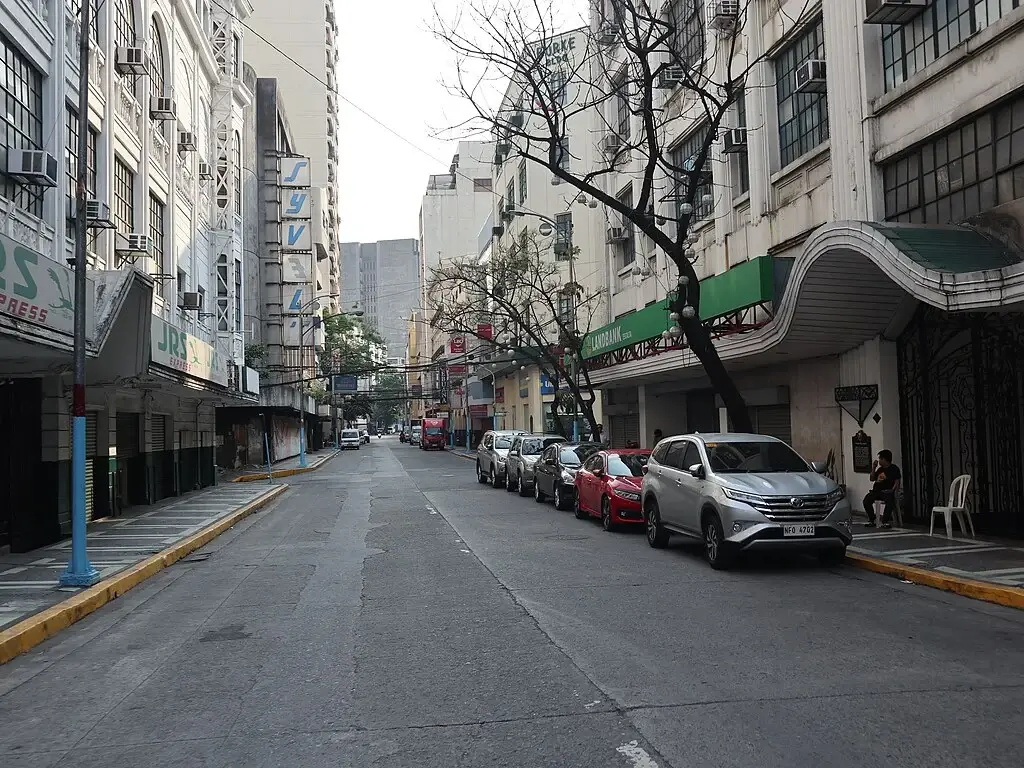
Escolta Street was once considered the “Queen of Manila’s Streets,” a hub for high-end retail and commerce during the early 20th century.
Today, it’s a fascinating mix of the old and the new.
The street is lined with vintage buildings that house modern cafes, art galleries, and boutiques.
Escolta Street is more than just a shopping destination; it’s a walk down memory lane.
The area hosts a weekend market that features local artisans, vintage items, and unique crafts, making it a perfect spot for those looking to take home something special from Manila.
La Mesa Eco Park: Nature in the City
La Mesa Eco Park is a hidden gem that offers a slice of nature right in the heart of the city.
From boating to biking to bird-watching, the park offers a range of activities that allow you to reconnect with nature without leaving Manila.
La Mesa Eco Park is not just a place for leisure; it’s also an educational center that offers environmental programs. It’s a place where you can learn about conservation while enjoying the natural beauty of Manila, making it a win-win for any traveler.
Food and Dining: A Taste of Manila
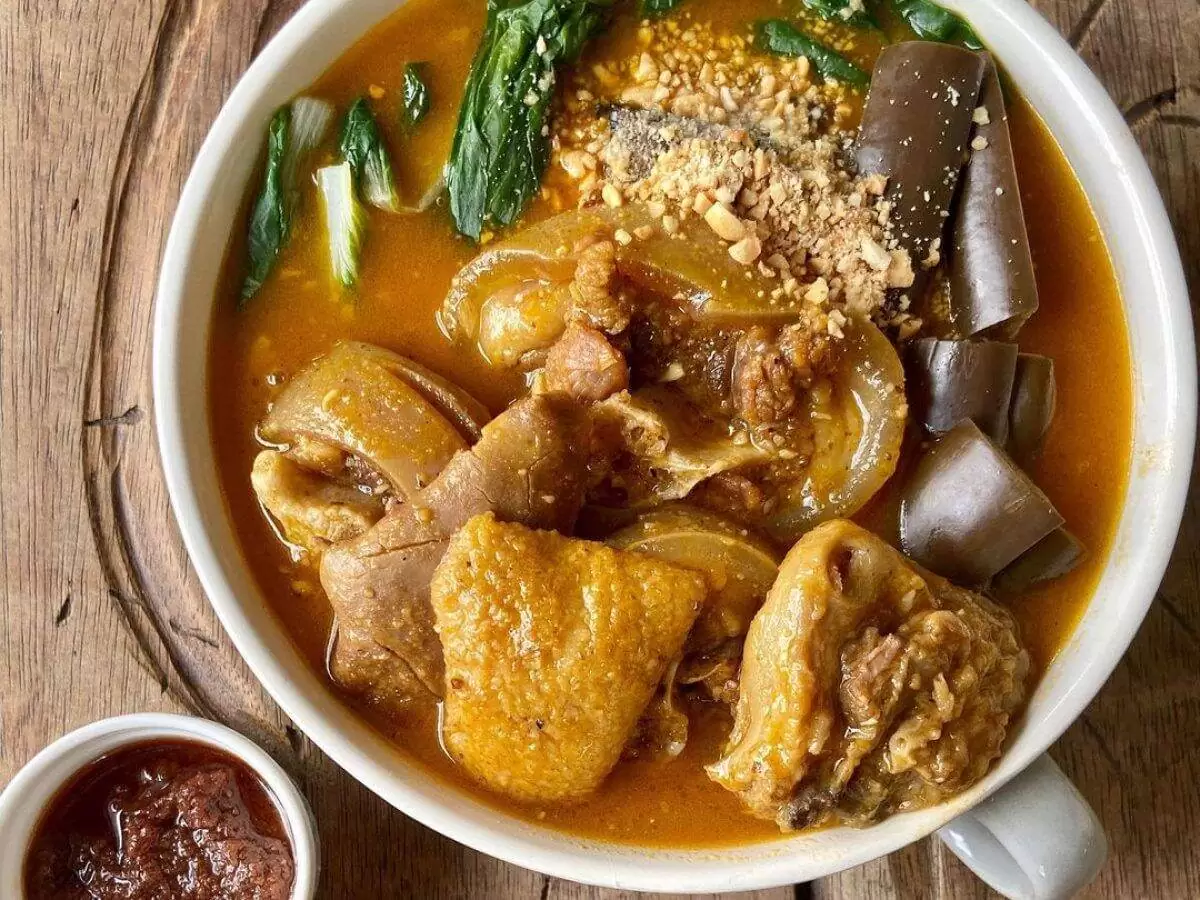
Filipino Dishes: 20+ The Most Popular Philippines Foods
Table of Contents Show Filipino Cooking Traditions 20+ Best Filipino Dishes to Eat in the Philippines 1. Adobo 2. Kare-kare: One of the Best Filipino Dishes You Should Try Now! 3. Lechon 4. Sinigang... Read more .
Manila’s culinary scene is as diverse as its culture, offering a smorgasbord of flavors that reflect the city’s rich history and melting pot of influences.
From street food to fine dining, the options are endless.
Here’s a rundown of some of our favorite food experiences in Manila that you won’t want to miss.
Street Food Extravaganza: The Heart of Filipino Cuisine
Street food is the lifeblood of Manila’s culinary landscape. It’s where you’ll find the most authentic and affordable Filipino dishes.
We’ve spent countless evenings navigating the food stalls of places like Quiapo and Divisoria, sampling everything from ‘Taho’ (silken tofu with syrup) to ‘Turon’ (banana fritters).
But street food in Manila isn’t just about traditional Filipino fare.
You’ll also find a variety of international options, from Shawarma to Takoyaki, making it a global culinary hub on its own terms.
Fine Dining: A Culinary Adventure
For those looking to splurge a bit, Manila’s fine dining scene won’t disappoint.
Restaurants like Antonio’s and Vask offer a gastronomic experience that fuses Filipino flavors with international techniques.
We’ve celebrated special occasions here, and each meal has been nothing short of extraordinary.
Fine dining in Manila offers more than just food; it’s about the entire experience.
From the ambiance to the service, everything is designed to make your meal memorable.
Local Cafés: More than Just Coffee
Manila’s café culture is thriving, offering more than just a place to grab a quick coffee. Local cafés like Commune and The Curator serve as community hubs where art, culture, and food intersect.
We’ve spent many afternoons here, enjoying not just the coffee but also the array of pastries, sandwiches, and even local dishes on offer.
Local cafés in Manila are not just about the food and drinks; they often feature local art, live music, and even book readings, making them a multi-dimensional experience.
Whether you’re a foodie, a culture vulture, or just someone looking to relax, Manila’s dining scene has something to offer.
Practical Tips: Navigating the City
Manila is a sprawling metropolis, and getting around can be both an adventure and a challenge.
From public transport to safety tips, here’s a compilation of practical advice that has served us well during our numerous trips to Manila.
Public Transport: The Jeepney Experience
Jeepneys are an iconic form of public transport in Manila. They’re not just a means to get from point A to point B; they’re a cultural experience in themselves. We’ve often hopped on a jeepney to explore different parts of the city, and it’s a budget-friendly way to see Manila from a local’s perspective.
However, jeepneys can be crowded and may not offer the most comfortable ride. For a more convenient option, consider using the LRT or MRT systems, which are generally faster and less crowded.
Safety First: Tips for a Secure Trip
Manila is generally a safe city, but like any large urban area, it has its share of risks. We always recommend keeping an eye on your belongings, especially in crowded places like markets or public transport. Also, it’s wise to avoid walking alone at night in areas that are not well-lit or populated.
Connectivity: Staying in Touch
Staying connected in Manila is relatively easy, thanks to the widespread availability of Wi-Fi and mobile data plans.
We usually pick up a local SIM card upon arrival, which offers affordable data and call rates.
Many cafes and shopping malls also offer free Wi-Fi, making it easy to stay in touch and share our Manila experiences in real-time.
Connectivity in Manila goes beyond just internet access; the city also has a range of services like Grab and Angkas that make getting around more convenient.
These apps are not just transport services; they also offer food delivery and other amenities, making them a handy tool for any traveler.
Navigating Manila requires a bit of preparation and awareness, but once you get the hang of it, you’ll find it’s a city that’s easy to explore.
Whether you’re taking a jeepney ride through the busy streets or savoring the city’s culinary delights, these practical tips will help you make the most of your Manila adventure.
Best Hotels or Places to Stay While Traveling to Manila
Finding the right place to stay can make or break your travel experience. Luckily, Manila offers a wide range of accommodation options to suit every budget and travel style.
From luxury hotels to cozy guesthouses, here are some of our top picks for places to stay in Manila.
Our Hand-picked Best Hotels to Stay in Manila

Raffles Makati
Makati, Manila
3.3 (61 reviews)

Pandora’s Nest
Pasig, Manila
3.3 (49 reviews)

3.3 (1,726 reviews)

Studio Type w/ City view + Free WiFi and Netflix
3.3 (224 reviews)

Sotogrande Katipunan Hotel
Quezon City, Manila
3.3 (3 reviews)

Manila Lotus Hotel
Ermita, Manila
3.3 (783 reviews)

Travellers 101 Condo near Manila Airport
Pasay, Manila
3.3 (81 reviews)

Conrado's Apartelle
Paranaque, Manila
3.3 (104 reviews)

Hotel 101 - Manila
3.3 (7,889 reviews)

iHotel Uptown BGC
3.3 (341 reviews)
Luxury Hotels: A Touch of Elegance
For those looking to indulge, Manila’s luxury hotels offer world-class amenities and unparalleled service.
The Peninsula Manila and Shangri-La at the Fort are some of our go-to options for a lavish stay.
These hotels not only provide plush rooms but also feature amenities like rooftop pools, gourmet restaurants, and state-of-the-art fitness centers.
Mid-Range Hotels: Comfort Without the Price Tag
If you’re looking for comfort without splurging too much, mid-range hotels like The Henry Hotel and The Picasso Boutique Serviced Residences offer a great balance.
These hotels provide comfortable rooms, essential amenities, and are often located near key tourist spots, making them convenient for sightseeing.
Budget-Friendly Options: More Bang for Your Buck
For the budget-conscious traveler, hostels and guesthouses like Z Hostel and Pink Manila Hostel offer a comfortable yet affordable stay.
These places often have communal areas where you can meet other travelers, and they’re usually situated in vibrant neighborhoods, giving you easy access to local attractions.
Choosing the right accommodation can enhance your Manila experience, giving you a comfortable base to explore all that the city has to offer.
Whether you’re looking for luxury, comfort, or affordability, Manila’s diverse range of hotels and guesthouses ensures that you’ll find the perfect place to rest your head.
Still curious to find the most suited hotels to stay? Use the following search engine then:
Wrapping Up: Why Manila Should Be on Your Travel Bucket List
Manila is a city of contrasts, a blend of the old and the new, where tradition and modernity coexist in a vibrant tapestry of experiences.
From its rich history to its bustling markets, from its culinary delights to its hidden gems, Manila offers a travel experience that’s unlike any other.
Here’s why this city should be on every traveler’s bucket list.
Manila’s rich history has made it a melting pot of various cultures. Spanish cathedrals stand alongside modern skyscrapers, and traditional markets compete with sprawling malls.
We’ve explored every nook and cranny of this city, and each visit reveals something new, something unexpected.
It’s a place where you can experience a range of cultures without ever leaving the city limits.
Adventure at Every Corner
Whether you’re an adrenaline junkie or a history buff, Manila has something for everyone.
From the thrill of riding a jeepney through chaotic streets to the serenity of a hidden garden, the city offers a wide range of activities that cater to all kinds of travelers.
We’ve tried everything from street food tours to museum hopping, and each activity adds a new layer to our understanding of this complex city.
Unforgettable Culinary Journey
Manila’s food scene is a feast for the senses. The city offers a wide range of dining options, from street food stalls to high-end restaurants.
Each dish tells a story, each flavor is a testament to the city’s diverse cultural influences.
For us, no trip to Manila is complete without indulging in its culinary offerings.
Manila is not just a destination; it’s an experience that leaves a lasting impression. It’s a city that invites you to explore, to taste, and to discover.
So why should Manila be on your travel bucket list?
Because it’s a city that promises an adventure like no other, a place where every visit feels like the first time.
And for us, that’s what makes Manila truly unforgettable.
Fellow Travelers Usually Asked About Manila Travel Guide
Is it safe to travel to manila philippines now.
The US State Department has issued a Level 2 travel advisory for the Philippines, which means that travelers should exercise increased caution. This is due to the threat of terrorism and crime. However, Manila is a large and diverse city, and most areas are safe for tourists. It is important to be aware of your surroundings and take precautions against petty theft, such as carrying only essential belongings and not flashing your valuables.
How many days do you need to see Manila?
You can see the highlights of Manila in 3-4 days. However, if you want to explore the city in more depth, you may want to stay for 5-7 days.
What do I need to know about traveling to Manila?
Some things to remember while in Manila are as follows. Although English is not the official language, it is widely spoken in the Philippines. The Philippines use the Philippine peso (PHP) as their official currency. To use your home electronics in the Philippines, you'll need a converter because the voltage is 220 volts. You should avoid drinking the tap water in Manila and instead get bottled water. Although it is not expected, a tip is always welcome in Manila.
Is Manila worth a visit?
Yes, Manila is definitely worth a visit. It is a fascinating city with a rich history and culture. There are many things to see and do in Manila, from exploring its colonial landmarks to sampling its delicious food. Here are some of the top things to do in Manila: Visit the Rizal Park: This is a beautiful park dedicated to the Philippines' national hero, Jose Rizal. Manila Baywalk, Manila: Take a walk along the Manila Baywalk: This is a popular spot for locals and tourists alike to enjoy the views of the bay. Explore Intramuros: This is the old walled city of Manila, and it is home to many historical landmarks. Visit the Fort Santiago: This is a historic fort that was once used by the Spanish and American colonizers. Go shopping at the Divisoria Market: This is a huge market where you can find everything from clothes to souvenirs. Sample the local food: Manila has a diverse food scene, and you can find everything from Filipino cuisine to international fare. If you are looking for a vibrant and exciting city with a rich history and culture, then Manila is definitely worth a visit.
Mundo Maya: Explore extraordinary travel experiences, unlocking awe-inspiring destinations and captivating stories in this mystical region.
More Exciting Posts to Read
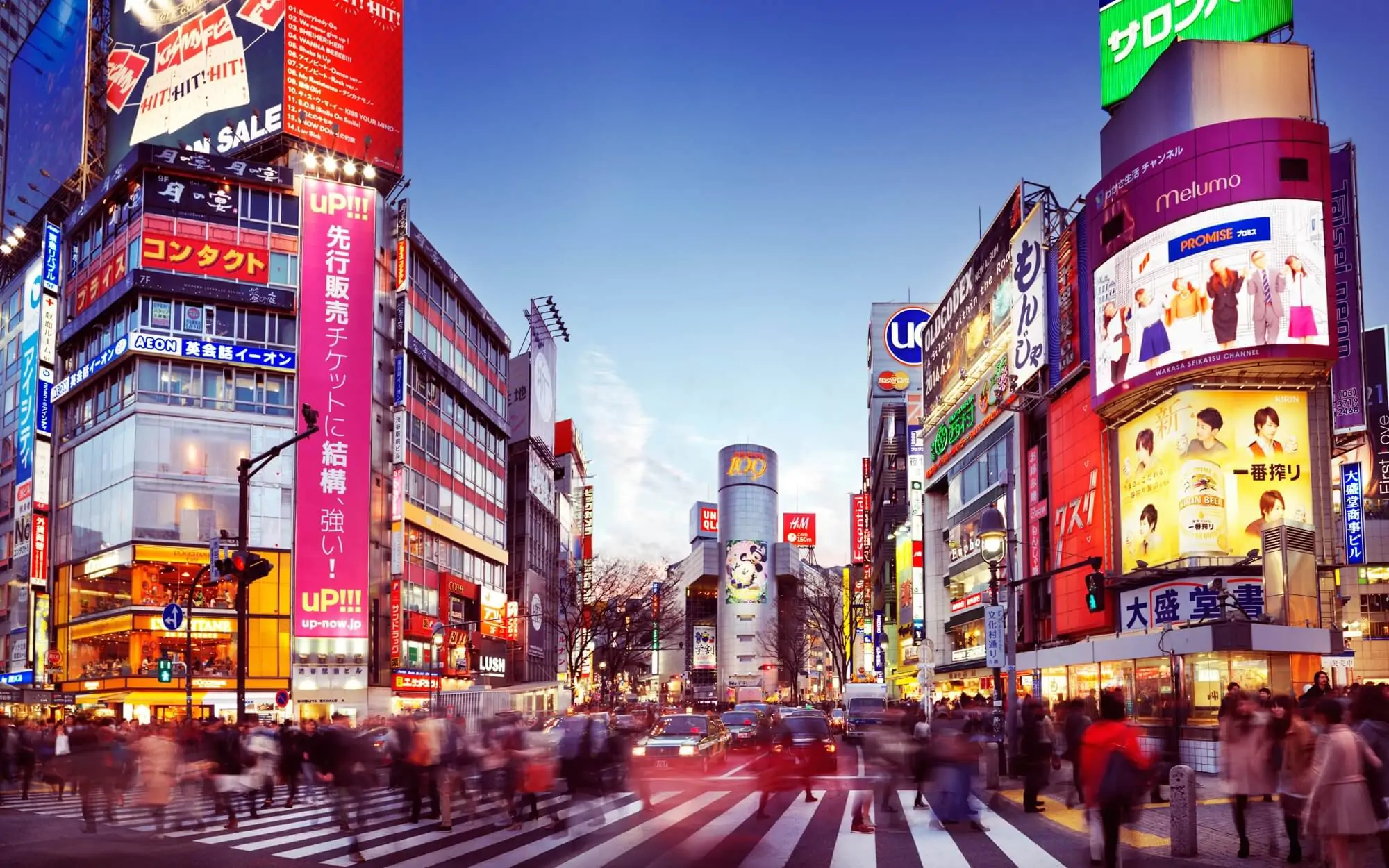
Explore Tokyo: A Comprehensive Travel Guide
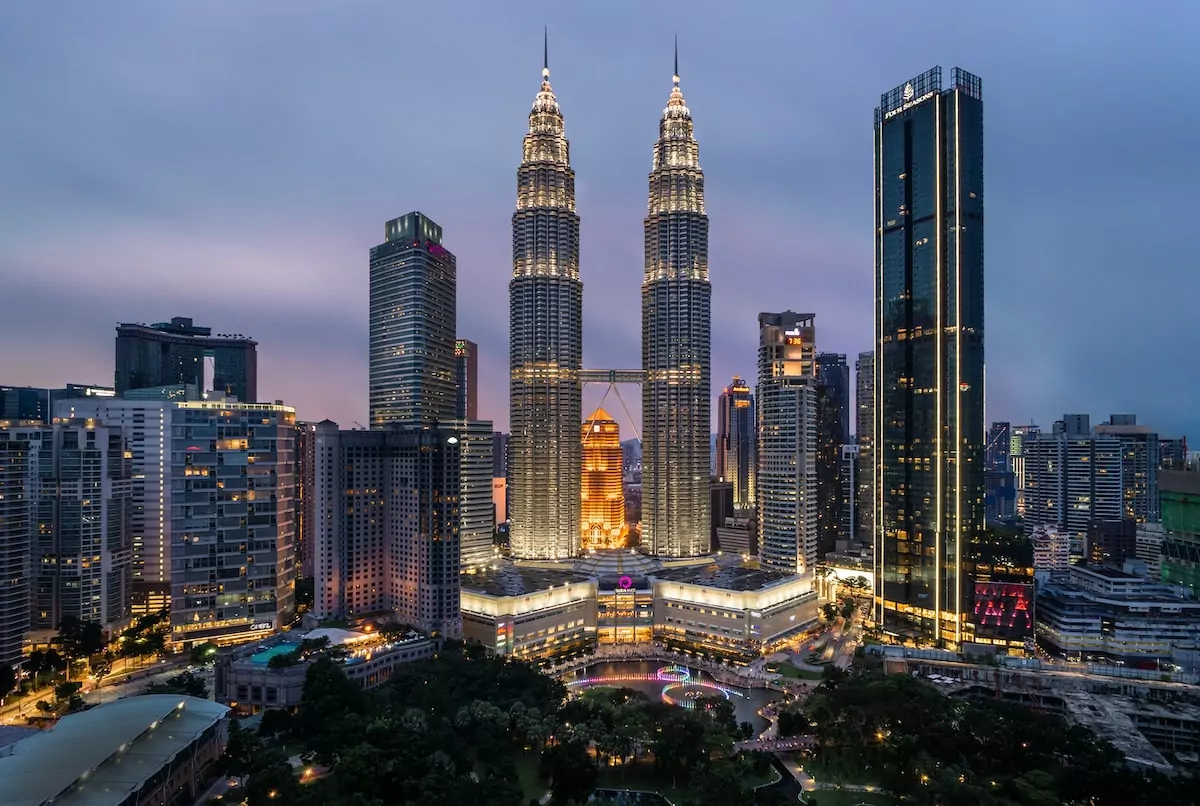
The Ultimate Kuala Lumpur Travel Guide
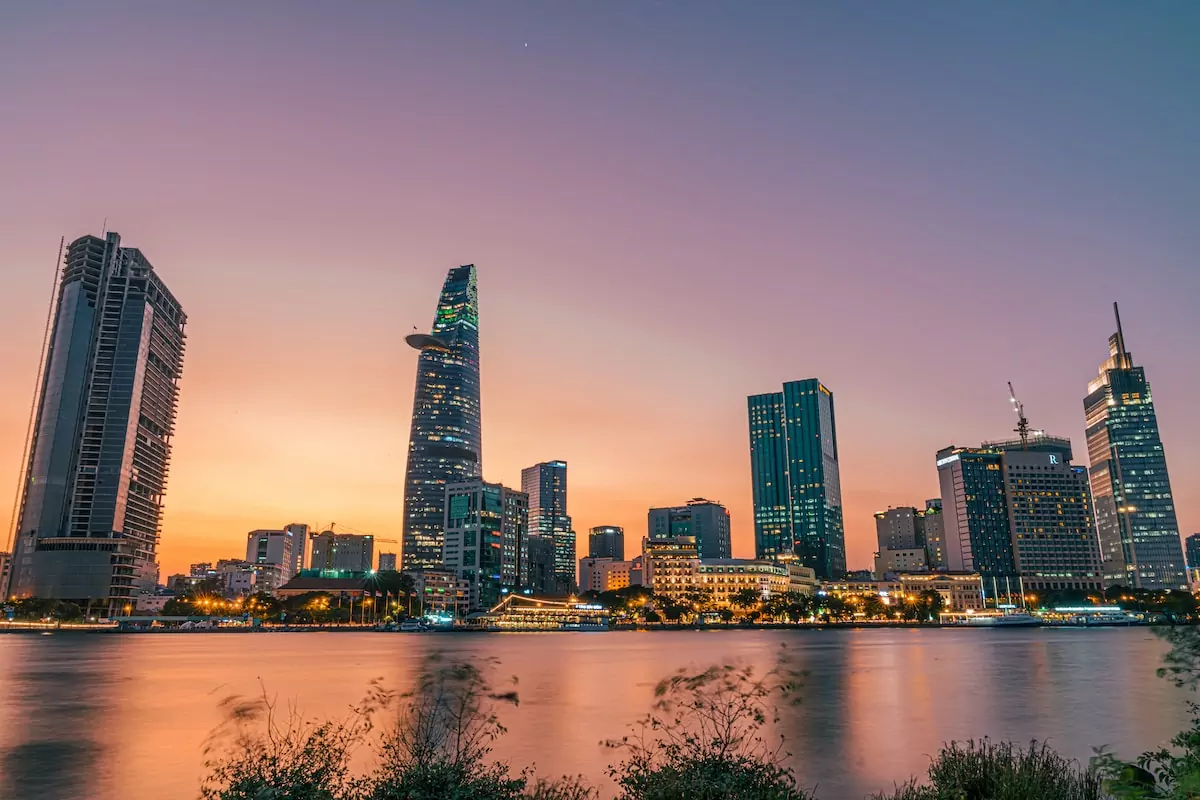
A Comprehensive Travel Guide to Ho Chi Minh City

Ultimate Kyoto Travel Guide

IMAGES
VIDEO
COMMENTS
When you say "Manila," it can mean two things. First, it can refer to the City of Manila, the capital of the Philippines. Manila is made up of 16 administrative districts, including Binondo, Ermita, Intramuros, Malate, and Quiapo, among others. Second, the greater Metropolitan Manila area is also referred to as Manila.
1. Travel Back in Time at Intramuros. Intramuros, known as the "Walled City," is the oldest district and historic core of Manila. Intramuros tours are a must-try for history buffs because there are so many things to do in Intramuros . This iconic Manila landmark is actually a walled area within the modern city.
A sprawling capital which is home to almost 13 million people, Manila can be more than a little overwhelming for first-time visitors. But once you find your bearings, you'll discover a buzzing, vibrant city which has a great bar scene (three of its bars were nominated in 2019's Asia's 50 Best Bars awards), some of the region's best museums and quite possibly one of the warmest welcomes ...
Philippines, Asia. Manila has outstanding sightseeing it's true, but visitors who put in the effort will discover its creative soul - from edgy galleries to a lively indie music scene. Combine this with a penchant for speakeasy bars, artisan markets and single-origin coffees, and it's clear to see that Manila is not only one of Asia's most ...
4. Stroll through Rizal Park Rizal Park . One of your first stops in Manila should be Rizal Park. Sometimes referred to as Luneta Park, this is a peaceful and manicured outdoor garden located in the heart of the city.The park is a social gathering place in Manila known for its open-air concerts and chess plaza.. The paved pathways through the park guide you through a lush landscape of blooming ...
Taal Volcano: Taal Volcano is by far the best day trip you can take from Manila (it's actually one of the top activities in the Philippines). It's a gigantic volcanic crater lake with a volcano cone in the center which contains a second lake. It's about 2.5 hours south of Manila.
Manila. The Coconut Palace was one of Imelda Marcos' great white elephant projects in the 1970s. It was so named because of the extensive use of coconut building…. 1. 2. 3. Discover the best attractions in Manila including Fort Santiago, San Agustin Church, and Pinto Art Museum.
2. Visit the Rizal Park, Dedicated to the Country's National Hero. Rizal Park. Located in the heart of Manila, Rizal Park is a tribute to the Philippines national hero, Jose Rizal. You'll get to see several monuments and statues throughout the park, which are the symbols of Manila's history.
Our top recommended tours of Fort Santiago: Manila Old and New: Sightseeing Tour Including Intramuros and Fort Santiago. Manila Sightseeing plus Tagaytay Tour with Taal Volcano. Private Old and New Manila City Tour. 4. Rizal Park. One of the best things to do in Manila is to stroll through Rizal Park.
Manila, the bustling capital city of the Philippines, offers a wide array of activities and attractions for visitors to enjoy.From exploring historic sites to indulging in delicious cuisine, there are endless opportunities to immerse yourself in the vibrant culture of Manila.In this ultimate guide, we will take you through the top things to do in Manila, providing you with a comprehensive ...
Makati Avenue, Greenbelt Park, corner Dela Rosa Street, Ayala Center, Makati, Metro Manila, Philippines. Phone +63 917 834 3845. Web Visit website. For an overarching introduction to Filipino art, culture, and history, spend a day exploring the Ayala Museum in the Makati Business District. The building includes six stories of exhibits ranging ...
GUIDE: 11 must-visit tourist spots and historical sites in Manila; Manila is the capital of the Philippines and one of the most populous metropolises in the world. Having been ruled by Spain, the United States of America, and Japan—all of which left behind a part of their culture in the city—Manila is a melting pot of both Oriental and ...
This site is owned by Apa Digital AG, Bahnhofplatz 6, 8854 Siebnen, Switzerland. Rough Guides® is a trademark owned by Apa Group with its headquarters at 7 Bell Yard London WC2A 2JR, United Kingdom. Plan your visit to Manila, Philippines: find out what to do and where to stay. Read about itineraries, activities and travel essentials.
Manila Travel Guide - Forbes Travel Guide. By the time World War II ended in 1945, the Philippines' once-flourishing capital city of Manila had suffered some of the war's most devastating destruction. It's taken many decades to recover, but the city once called the "Pearl of the Orient" has finally begun to regain much of its pre-war ...
03:00pm - Pick up bags at hotel. 03:30pm - Uber to airport, P100 (P200/2pax) 04:30pm - Arrival at airport. 07:30pm - Flight out. If you're staying in a Z Hostel dorm, this itinerary will cost you the following: Option A (with National Museum): P5900. Option B (with Malacanang): P7500.
MANILA TRAVEL GUIDE - CASA MANILA Casa Manila and the Colonial Lifestyle. Exploring Casa Manila offers insight into the opulent colonial lifestyle during Spanish rule. This museum is a replica of a 19th-century Spanish colonial mansion, replete with period furniture and fittings, illustrating the grandeur of the era. ...
Manila is a city that offers a variety of tourist destinations. Some of the top tourist destinations in Manila include Intramuros, Rizal Park, Manila Ocean Park, National Museum, and Fort Santiago. These places offer a glimpse into the rich history and culture of the Philippines.
There are 16 cities and one municipality in Metro Manila. The City of Manila, Quezon City, Caloocan, Las Pias, Makati, Malabon, Mandaluyong, Marikina, Muntinlupa, Navotas, Paranaque, Pasay, Pasig, San Juan, Taguig, and Valenzuela, as well as the municipality of Pateros, make up the metropolitan area. Metro Manila is a huge and bustling ...
EDITOR'S NOTE: Please be advised that this Manila travel guide hasn't been updated in 2024. Prices and travel guidelines may no longer be accurate so it's important that you verify any information before proceeding. It's been over two years since I wrote the first edition of this Manila travel guide.
1. Stunning Architecture. Manila was the capital of the Spanish Philippines for hundreds of years, and became one of the richest cities in the empire. Nowadays, visitors can explore this rich heritage at reconstructed colonial homes like Casa Manila, the ramparts of Fort Santiago, and lavish palaces like Malacañang (now the seat of the ...
A Metropolitan Eid'l Fitr Celebration: Experiencing Ramadan's Culmination in Manila. Experience the joy of Eid'l Fitr 2024 in Manila with a guide to the city's prayers, feasts, and cultural events. Find the perfect stay with Agoda.com and immerse in a memorable celebration.
The Christmastime busyness has settled down, and the weather is at its most pleasant. For better or worse, you get two seasons in the tropics: wet (roughly May-November) and dry (roughly November-May). You can expect heat and humidity year-round, but springtime is warmest on average by about 5-7 degrees Fahrenheit.
The Ultimate Manila Travel Guide - Get the most out of your trip to Manila and plan your perfect Manila vacation with our expert guide. Mundo Maya Travel. Updated: December 5, 2023; 39 min read; Manila, a city that pulsates with life, history, and culture at every turn. Over the years, we've found ourselves irresistibly drawn back to this ...